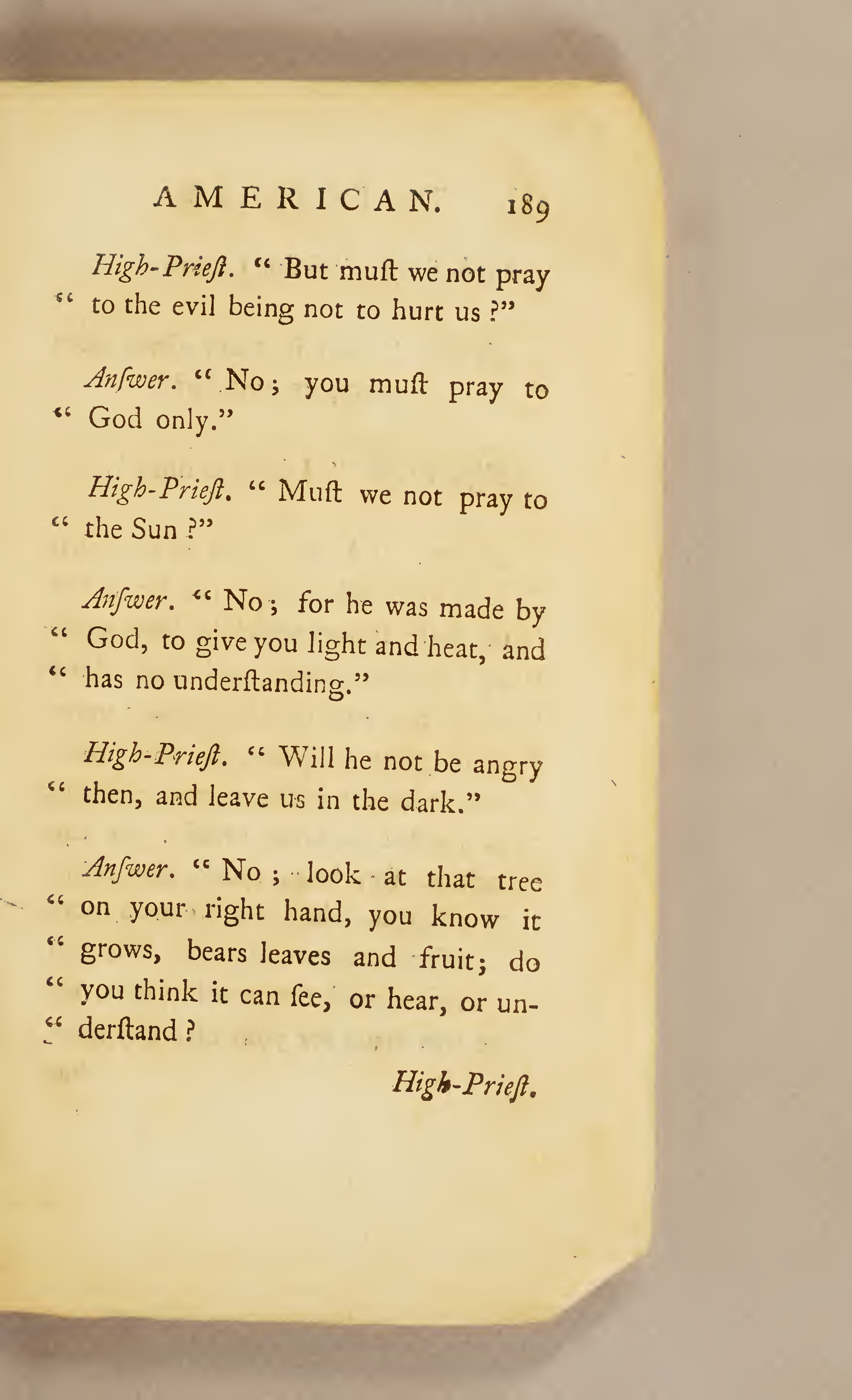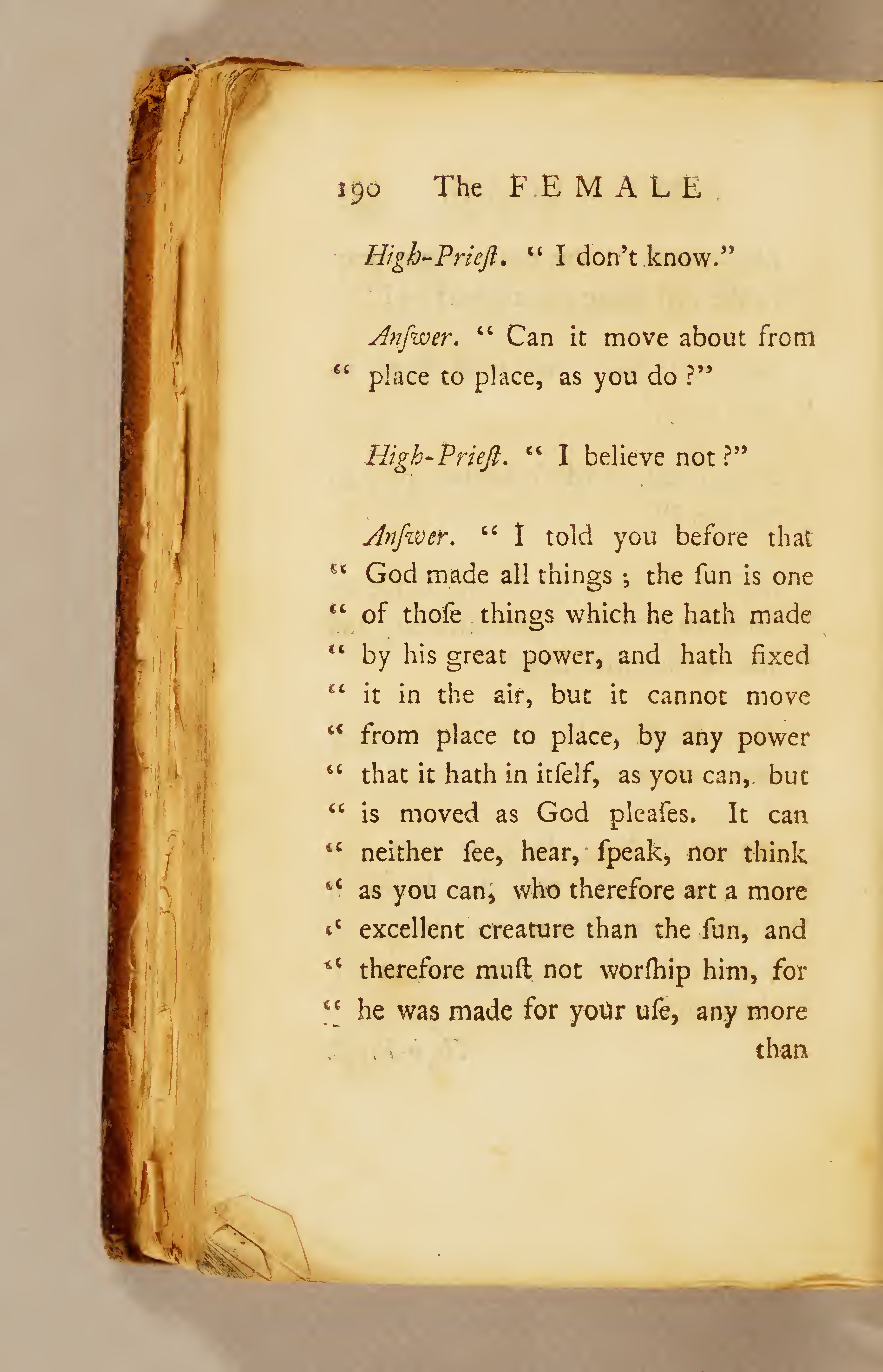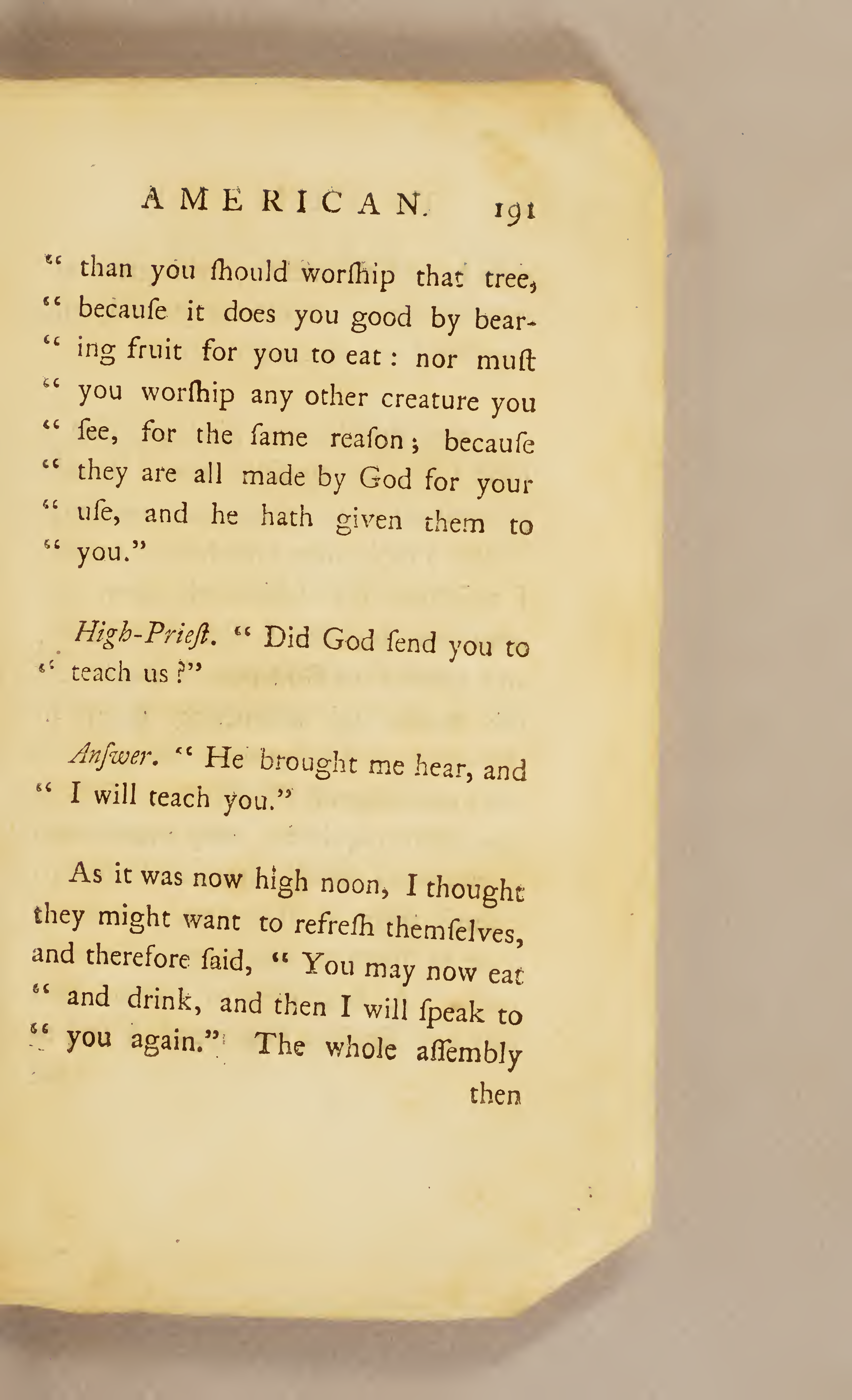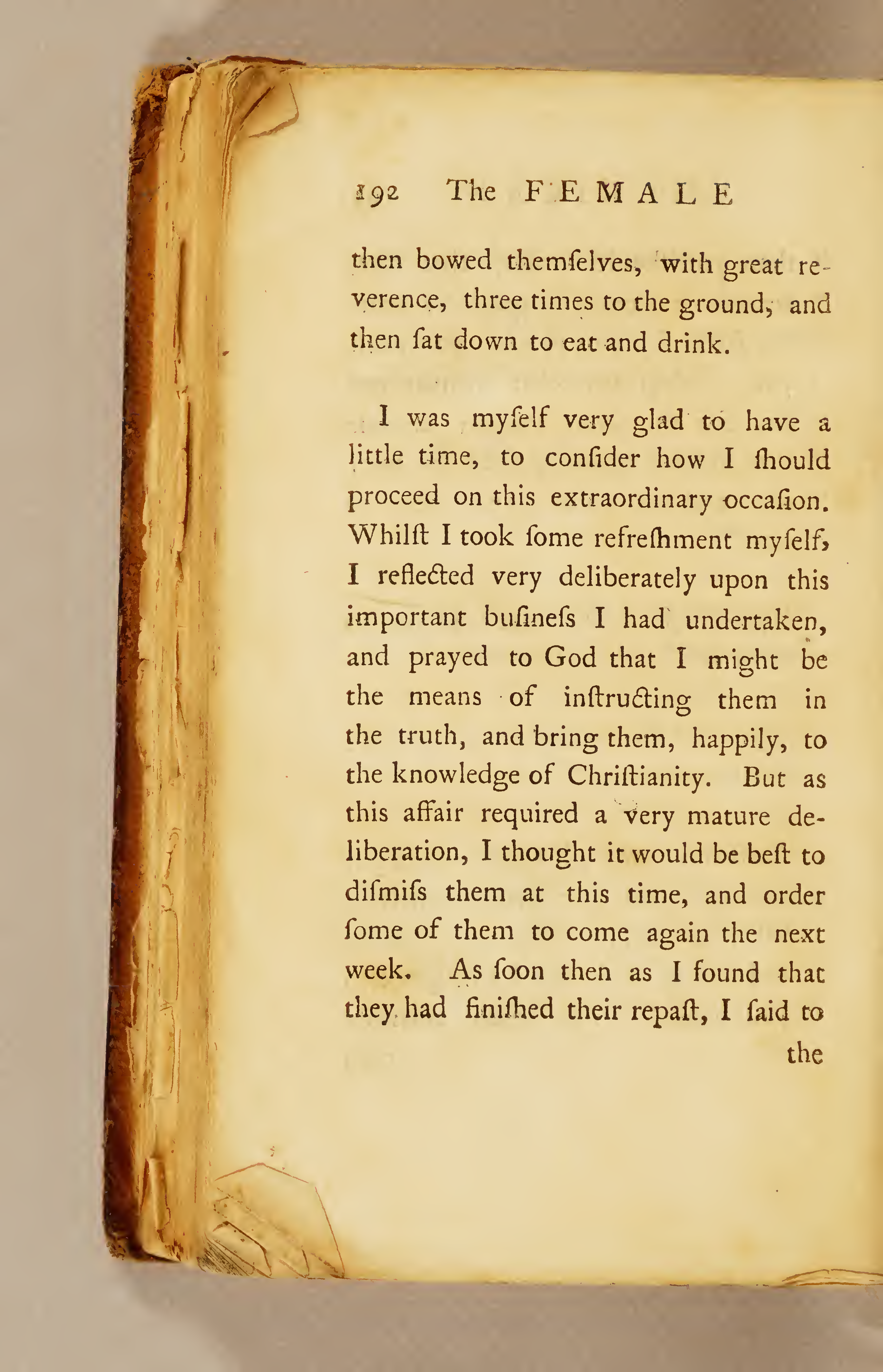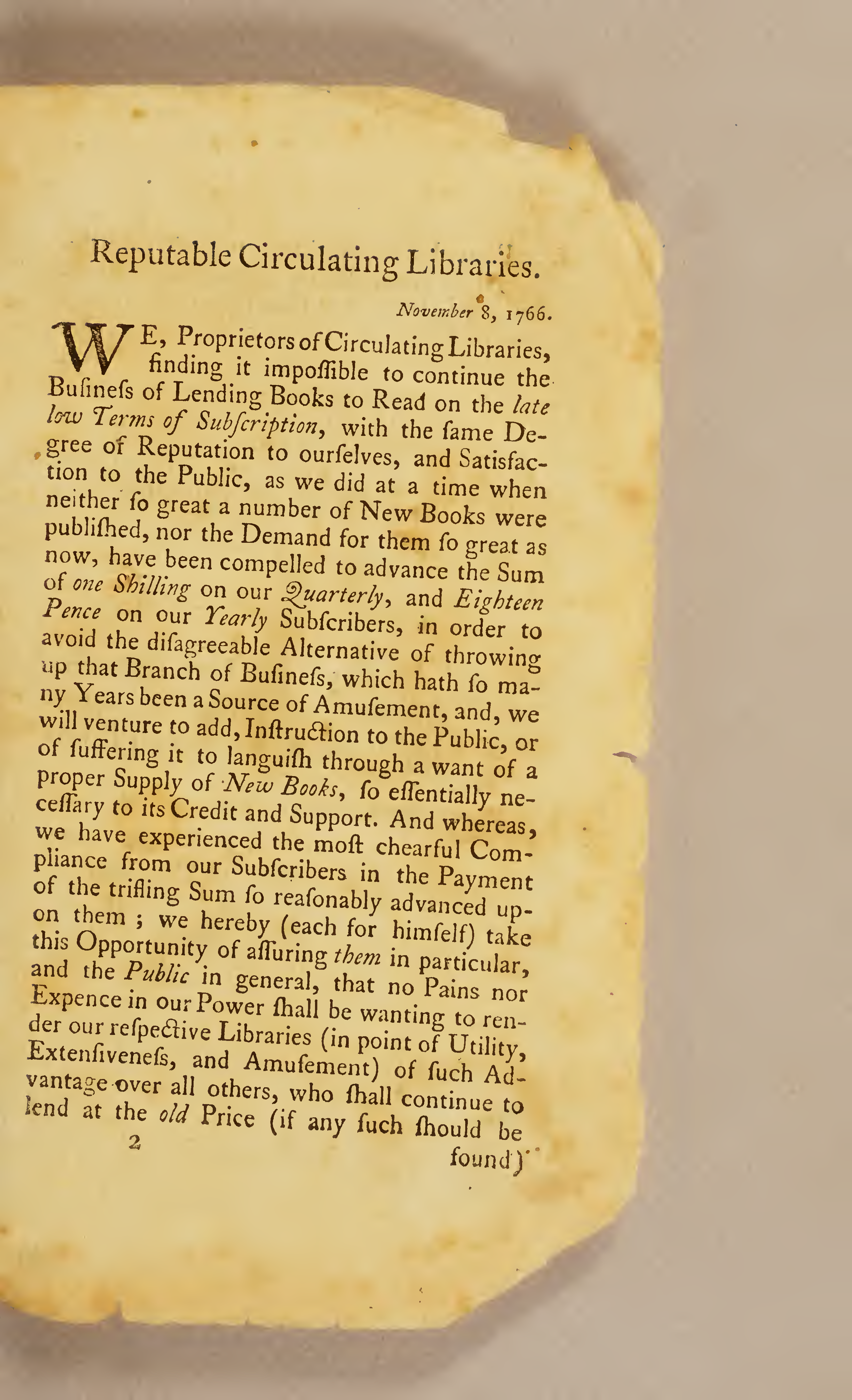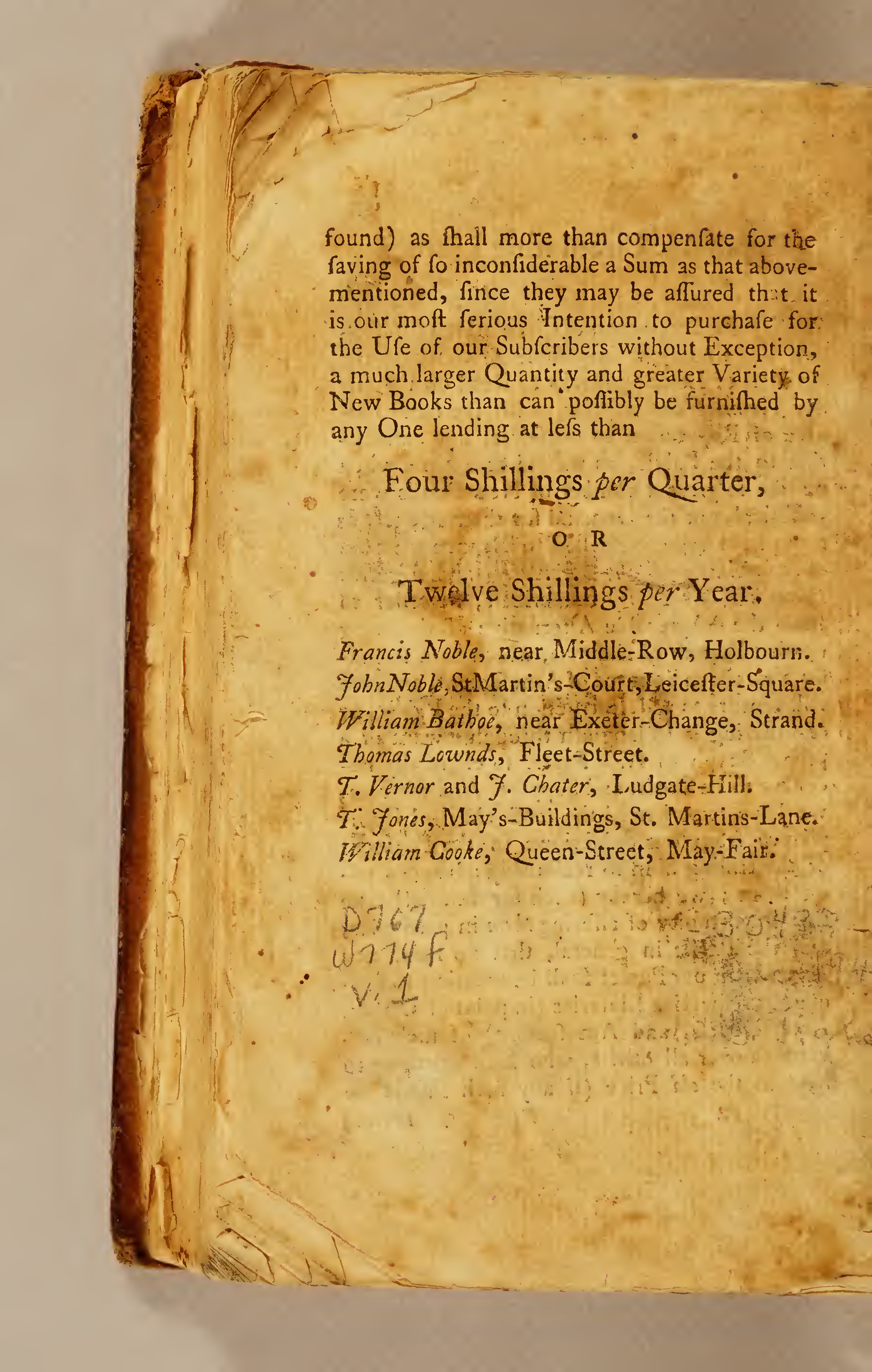The Female American; Or, The Adventures of Unca Eliza Winkfield
(Vol. I)
By
Unca Eliza Winkfield
TEI encoding, formatting, and annotation integration by Students and Faculty at the University of Oregon, Kathleen Gekiere, Megan Hayes, Honor O'Sullivan, Michele Pflug, Mattie Burkert. Composition and research of contextual annotations by Kaleb Beavers, Matthew Bicakci, Megan Brennan, Dalen Buckley-Noonan, Elizabeth Burket-Thoene, Jeffrey Cleasby-Mayeda, Alexis DePew, Samara DePew, Claire Efird, Jordan Gegus, Jessie Heine, Dariian Holloway, Emma Kaisner, Faith Lawrence, Kimberly Olivar, Shyanne Night, Sadie Tresnit, Taylor Waddington, Hannah Wald, Dani Waltman, Phoebe Young. Definition of archaic and unfamiliar words by Annalise San Juan, Ashia Ajani, Rachel Peri. Retrieval and annotation of place and person name unique IDs by Josiah Basaldua, Nikki Cain, Rachel Comb. Page image integration by Mattie Burkert
womenThis introduction into the novel claims to make
space for women within parts of life - and within literary genres - where many
thought that only men could go. Mary Helen McMurran calls
The Female American "an irresistible antidote to the two pillars of the
eighteenth-century development of the realist novel: masculine individualism
and female domesticity" (
"Realism and the Unreal in The Female American", 324). - [UOStudStaff]Wingandacoa
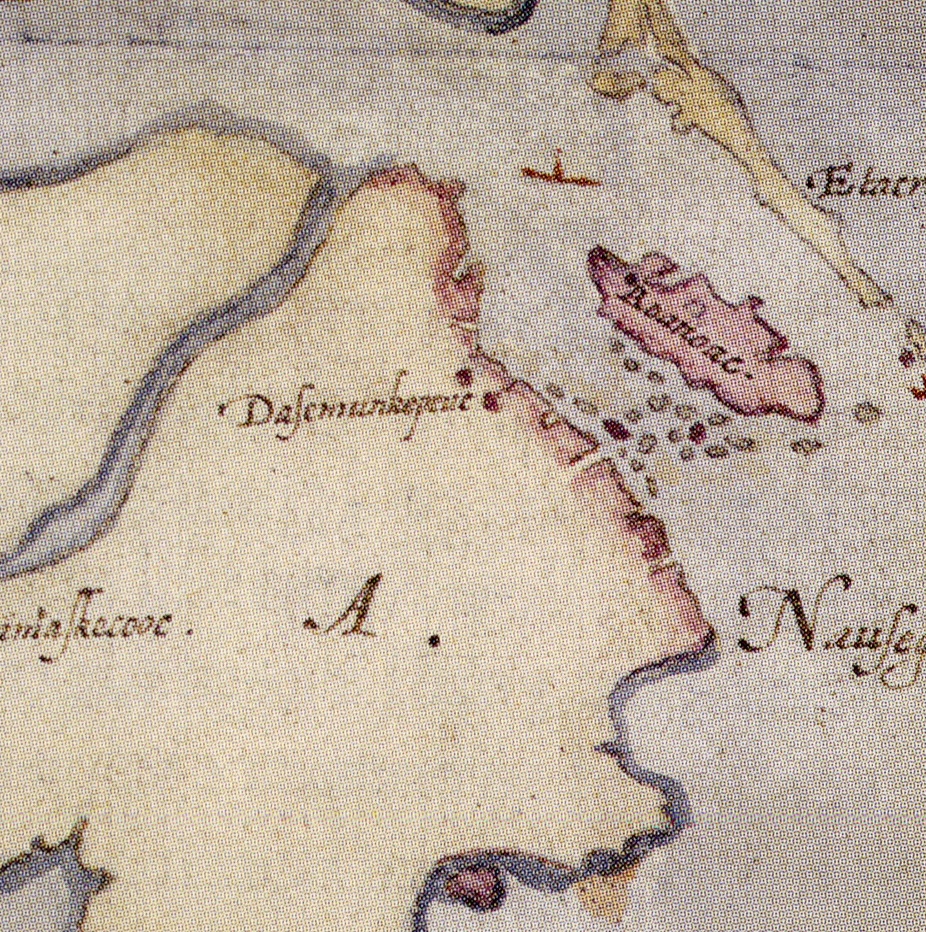 According to the Joyner Library at East Carolina University, "Wingandacoa" is
another name for the mainland of Virginia. - [UOStudStaff]cannibalscannibals - [UOStudStaff]mistakenWinkfield’s father and companions are
referred to twice in this passage as livestock (sheep, then hogs). Winkfield
alludes to, then quickly dismisses, the possibility that the Indians are
cannibals. The early rejection of a 'savage cannibal' trope in The Female
American fundamentally changes Winkfield’s experience living on the island
compared to Robinson Crusoe and the portrayal of the 'Indians' she
encounters. - [UOStudStaff]cloathsclothes - [UOStudStaff]first
The Indigenous king is the first character in the book to speak, giving him a voice not
just literally, but metaphorically. Adding further weight to his words is the power he
wields to order execution, as he threatens to do. Winkfield's choice to make this the
first line of spoken dialogue in the book lends the king power and respect, and it may
appear to foreshadow the centering of Indigenous voices as the story unfolds. At the
same time, there is an element of ableism,
as the king makes worship contingent on having limbs. - [UOStudStaff]sunAncient Israel was surrounded by peoples who worshiped solar deities.
Abrahamic religions thus condemn solar cults and other forms of animism,
viewing nature-worship as a form of idolatry. (See Deuteronomy 4.19, 17.3). The narrator equates the Indigenous
people’s religious practices with the enemies of ancient Israel, a
connection that is explicit in Chapter XI when she compares island natives
to the prophets of Baal.
According to the Joyner Library at East Carolina University, "Wingandacoa" is
another name for the mainland of Virginia. - [UOStudStaff]cannibalscannibals - [UOStudStaff]mistakenWinkfield’s father and companions are
referred to twice in this passage as livestock (sheep, then hogs). Winkfield
alludes to, then quickly dismisses, the possibility that the Indians are
cannibals. The early rejection of a 'savage cannibal' trope in The Female
American fundamentally changes Winkfield’s experience living on the island
compared to Robinson Crusoe and the portrayal of the 'Indians' she
encounters. - [UOStudStaff]cloathsclothes - [UOStudStaff]first
The Indigenous king is the first character in the book to speak, giving him a voice not
just literally, but metaphorically. Adding further weight to his words is the power he
wields to order execution, as he threatens to do. Winkfield's choice to make this the
first line of spoken dialogue in the book lends the king power and respect, and it may
appear to foreshadow the centering of Indigenous voices as the story unfolds. At the
same time, there is an element of ableism,
as the king makes worship contingent on having limbs. - [UOStudStaff]sunAncient Israel was surrounded by peoples who worshiped solar deities.
Abrahamic religions thus condemn solar cults and other forms of animism,
viewing nature-worship as a form of idolatry. (See Deuteronomy 4.19, 17.3). The narrator equates the Indigenous
people’s religious practices with the enemies of ancient Israel, a
connection that is explicit in Chapter XI when she compares island natives
to the prophets of Baal.
Biblical passages quoted by the narrator do not perfectly match the wording of any English translation. Here and throughout, we have chosen to link to the King James Version, which was the official Anglican Bible in the eighteenth century. - [UOStudStaff]creationAllusion to Psalm 104.14, probably to further underscore that they mistakenly worship the creation instead of the creator. - [UOStudStaff]variegatedconsisting of many different types of things, markings or persons - [UOStudStaff]coconutcoconut - [UOStudStaff]vinousderivate of wine - [UOStudStaff]fruitsAhuja, author of the article "Coconut - History, Uses, and Folklore," describes the best environment that coconuts thrive in, which includes "free-draining aerated soil often found on sandy beaches, a supply of fresh groundwater, humid atmosphere, and temperatures between 27°C and 30°C" (221). Given that the characters are in Virginia, a climate unsupportive of growing such fruits, Indigenous people would be unlikely to have access to the coconut during this time period. The action is also set during the first attempt of the English to make a settlement in the area. Later, tropical plant species like the coconut palm would become an important part of the colonial fruit hierarchy. To have tropical fruits imported from Caribbean islands to colonies like Virginia was considered a luxury and a way to show off wealth and status. - [UOStudStaff]languageDespite Unca Eliza’s many references to her ability to comprehend and speak a multitude of languages of American natives, this is the only instance in Vol. 1 where the author provides a written version of a “native phrase”. However, this is most likely a fabrication. In "Realism and the Unreal in The Female American" (2011), McMurran points to the presence of "chi" and "nu", the written pronunciation of Greek letters, as evidence for this. - [UOStudStaff]shewingshowing - [UOStudStaff]primitivismThis sentence reflects the concept of primitivism: “A preference for the supposedly free and contented existence found in a ‘primitive’ way of life as opposed to the artificialities of urban civilization” ( Oxford Reference). Primitivism celebrated the perceived simplicity and purity of Indigenous cultures while upholding colonists' belief that their culture was much more advanced than others. Seeing Indigenous people as primitive also agreed with the religious movement of the Puritans, who believed they could reverse the corruption of the English church by Catholic influences: “Sermons emphasize renewal, regeneration, and the recovery of a lost, primitive, edenic purity” ( Hutchins, Inventing Eden, 180). - [UOStudStaff]pagan Framed by the narrator calling her mother a “pagan,” this may be an allusion to 2 Corinthians 6.14 where first-century Christians are advised to marry other Christians instead of Greek pagans. - [UOStudStaff]scienceIn the seventeenth century, science was not the well-established field we know it as today, and much work in the field more closely resembled philosophy. The reference here to Indigenous knowledges about the poisonous and antidotary plants could be a recognition to the validity of this information in respect to European modes of natural philosophy. While science is not yet formalized, the natural knowledges described by the narrator comprise the types of observations that began to solidify an American scientific tradition. (Reference: Alfred North Whitehead, Science and the Modern World) - [UOStudStaff]salutaryhaving a good effect on somebody/something, though often seeming unpleasant - [UOStudStaff]heaven-be-praisedUnca saves William Winkfield from fatal poisoning using natural antidotes, yet she praises Heaven for his survival. The characters use nature here in a practical way but involve religion in a moral/philosophical sense. In “Curiosity and the Occult,” Barbara M. Benedict describes the complex relationship between science and religion in the context of the Royal Society, which was founded in 1660 with the goal of learning more about the natural world through scientific experimentation. Although scientists championed this experimentation as a way to better understand God’s power, other members of society “regarded it suspiciously as a usurpation of God’s role” (351), attitudes that continued into the eighteenth century as well (360). Though published in 1767, The Female Americanis set prior to the founding of the Royal Society and may reflect a fantasy of returning to a simpler time of connection between religion and nature. - [UOStudStaff]marriage The author’s discourse on marriage may be a response to Daniel Defoe’s Religious Courtship (1722). Puritan dissention toward liturgical practices meant that matrimonial ceremonies were modest, private engagements in the presence of a minister. Although its ritual was informal, marriage was regarded as the cornerstone of civic development through family building. This scene could perhaps be read as pushing Puritan logic ad absurdum: if a minister is merely witness to the marital vows, any kind of witness would do. Anglican matrimony, by contrast, would be facilitated publicly by a priest according to the ceremony prescribed in The Book of Common Prayer. This also might be read as the set-up to a joke mocking Puritans, completed in a few paragraphs. - [UOStudStaff]ceremonyHere the joke, “My father considered marriage as a civil, as well as a religious, ceremony” comes full circle. The first matrimonial service in the presence of Unca’s kin was “civil.” The second matrimonial service—the legitimate one for the Church of England—is the “religious” one. The joke is that if civil and religious categories of marriage are distinct, two ceremonies might be appropriate. - [UOStudStaff]wealthThe references herein offer an interesting muddling of natural and colonial forms of wealth that the author uses to describe her legacy from the Americas as well as a participation in several now-centuries old tropes describing indigenous Americans. The references to Eliza’s mother wearing diamonds and the “gold dust and precious stones” are not consistent with known mineral wealth that could have been acquired in Virginia at this time. The author could be engaging with literary propaganda about forms of wealth associated with the Indigenous stemming as far back as 1605. See Beeman’s "Labor Forces and Race Relations: A Comparative View of the Colonization of Brazil and Virginia" (1971). - [UOStudStaff]loveWinkfield characterizes Alluca as villainous and violent because Unca Eliza’s father "slighted her love." Winkfield writes a powerful woman of color but with a stereotypical motive that has been exhausted in the media: romantic or sexual jealousy. This stereotype can be related to the common trope found in literature and film of the "Jezebel," defined as a sexually deviant woman of color with little characterization other than love or lust. Harmful stereotypes of women of color in media such as The Female American can lead to negative perceptions in the real world. Additionally, this negative characterization of Alluca lends additional support to the growing scholarly consensus that Winkfield was not a woman of color. - [UOStudStaff]quarrelThe unwillingness to disrupt the tenuous relations between the indigenous peoples of North America and Europeans may also be a reference to a series of conflicts occurring in the ten years before the original publication of the novel leading into the Seven Years War. Confederations of indigenous peoples fought for and supported on both sides. - [UOStudStaff]complexionThe narrator claims to be of Indigenous descent, but Emelia Abbé discusses the ways in which this novel actually plays on the exploitation of Indigenous peoples through the lens of the colonial British perspective. - [UOStudStaff]habit The “mixed habit” of Unca Eliza’s dress may reflect her identity as a biracial woman in eighteenth-century England. Unca Eliza recognizes herself as “neither perfectly” European nor Indigenous. She is brought up in English society but is othered by the community around her for her Indigenous identity. In “Models of Morality,” Victoria Barnett-Wood connects The Female Americanto the Bildungsroman genre. Similar to modern “coming-of-age” stories, the Bildungsroman centers around the growth of a character and their understanding of the world. In this context, Unca Eliza’s attention to her otherness can be viewed as an early development in her understanding and critique of the imperial world. - [UOStudStaff]ribbandribbon - [UOStudStaff]remonstrancesprotests or complaints - [UOStudStaff]educationAt this time, it was standard for women to receive a different level of education from their male counterparts. Whereas men belonged in the public sphere, women's lives were centered on home life and the care and early education of children. In his influential work Émile, Jean-Jacques Rousseau (1712-1778) argues that any education of women beyond housework should aim to “make them more effective and stimulating companions for their husbands,” and only that (see An Oxford Companion to the Romantic Age: Education).Michèle Cohen argues that the limiting of the female curriculum was “not to meet the needs of femininity so much as to produce femininity” (322). A proto-feminist critic of this system, Mary Astell (1666-1731), protested as early as 1694 that women were being bred deliberately in “ignorance and vanity” (A Serious Proposal to the Ladies, 31). The emphasis here on the female education and its difference from that of men gives interesting insight into the role of women during this time period. - [UOStudStaff]palisadesPalisades are fences made of strong wooden or metal posts that are pointed at the top, typically used in the past to protect a building. - [UOStudStaff]etcet cetera - [UOStudStaff]inculcateto cause somebody to learn and remember ideas, moral principles, etc., especially by repeating them often - [UOStudStaff]Proverbs Proverbs 16:9 - [UOStudStaff]sailedThese details situate the island on which Unca is eventually stranded in the Pamlico Sound region. During the seventeenth and eighteenth centuries, the average commercial vessel would be able to reach speeds of five miles per hour in fair winds. Given that the ship had been sailing for less than a day, the maximum range they could have reached would be 120 miles. The most popular Virginian port during this time period was located in Norfolk, and a return journey back to England would send the ship in a backwards "J" pattern starting by going south until roughly the oceanic region off the coast of South Carolina. - [UOStudStaff]genderDespite Unca Eliza's enormous wealth, extensive education, and physical ability with weapons, she still suffers the power disadvantages associated with her gender at this time. - [UOStudStaff]consignconsign: to make over as a possession, to deliver formally or commit, to a state, fate, etc. - [UOStudStaff]hermitagea solitary or lonely habitation, possibly the habitation of a hermit. - [UOStudStaff]swoonBoth The Female American and Daniel Defoe’s Robinson Crusoe (1719) mention their main characters falling into a swoon or “fainting-fit” (Oxford English Dictionary). Crusoe faints as he braves a tremendous storm at sea, while Unca Eliza faints in instances like being stranded on an island, getting overstimulated, and thinking she sees a ghost. Crusoe faints in response to a proportionally more severe situation, which can be read as a commentary from Winkfield on the expected submissive roles of women in eighteenth-century life. Winkfield’s use of swoon contrasts the major themes of female authority and gender performance seen throughout the novel. - [UOStudStaff]providencedivine direction, control, or guidance - [UOStudStaff]te-deumShort for Te Deum Laudamus, a traditional hymn of praise meaning, "We Praise You, O God." A litany is a prayer of supplication, or a request. - [UOStudStaff]allusionsA reference to both 2 Samuel 24.14 and 1 Chronicles 21.13 where David, the king of Israel, decides to take a census and build a temple. Winkfield’s comparison between her situation and that of King David’s may perform a sort of epic simile to mark the establishment of her religious authority on the island. - [UOStudStaff]apaceat a considerable or good pace - [UOStudStaff]asyluma place of refuge, shelter, or retreat - [UOStudStaff]precipitatelyhastily, rashly - [UOStudStaff]bespokerequested, asked for - [UOStudStaff]hermitpeople who choose to live a solitary life for religious reasons - [UOStudStaff]obligedunder a necessity - [UOStudStaff]noxiouspoisonous or harmful - [UOStudStaff]rootsThe "Indian roots" referenced here are almost certainly cassava (also called yucca or manioc), a large tuber that was originally domesticated in what is today Brazil, and remains a global staple today. Cassava must be heavily processed to get rid of the deadly amounts of prussic acid the raw root contains. Processing techniques include fermenting, roasting, boiling, and more. Cassava has long been made into flour and bread. See Mark H. Zanger, "Cassava," in The Oxford Encyclopedia of Food and Drink in America. - [UOStudStaff]epistleA letter, usually of public or formal nature. Many books in the New Testament are epistles. - [UOStudStaff]HebrewsCorrect spelling should read, Οὐ μή σε ἀνῶ οὐδ’ οὐ μή σε ἐγκαταλίπω, which the King James Version of the Bible translates, “I will never leave thee, nor forsake thee” (Hebrews 13.5). - [UOStudStaff]oraclethe instrument, agency, or medium through which the gods were supposed to speak or prophesy - [UOStudStaff]noiseUnca Eliza is affected by the noise made by the falling chest, despite knowing its source (herself). As Samson et al. explain, “noise is one of the most widespread sources of environmental stress in living environments." The physiological stress response is a "split-second" reaction, whereas the recognition that there is a lack of immediate danger is a slower comedown. Paula McDowell explains in her book, The Invention of the Oral: Print Commerce and Fugitive Voices in Eighteenth- Century Britain, how “the consumption of sound is at once physiological and psychological” and that “social and personal factors influence not only what we hear but what it means.” The recognition that she is the source of the noise changes the psychological meaning of the sound for Unca Eliza, despite experiencing the natural physiological response. - [UOStudStaff]awkwardlyawkwardly - [UOStudStaff]goatGoats arrived in the New World in 1493 via Columbus’s second voyage and quickly became prolific in the Americas. Winkfield’s resistance to killing the goat contrasts Robinson Crusoe’s hunting expeditions. It is also worth pointing out Winkfield’s use of her knife to kill the goat, despite her claims at being adept with a bow, and having it on the island. Winkfield does not use her bow to hunt at all while on the island (Kenneth F. Kiple, A Movable Feast: Ten Millennia of Food Globalization, 156). - [UOStudStaff]gardenThe line is perhaps an allusion to Eve coercing Adam to eat the nameless fruit in the Garden of Eden (Genesis 3:6). According to Zachary Hutchins, women at this time were thought to be likely to repeat the actions of their predecessor, Eve, a belief that prevented women from holding power in the church or religious societies ( Inventing Eden, 12). Moreover, this passage may illustrate the ideology of "Adamic innocence," which Hutchins also discusses. Some Europeans held that Native Americans maintained an innocence akin to that of Adam and Eve before they sinned by eating the fruit in the Garden of Eden. Unca Eliza may embody not only Eve, but a foreign religion (Christianity) intruding on the Adamic innocence of the goat, which is native to the land. - [UOStudStaff]bunglingunskillful or clumsy - [UOStudStaff]glutinoussticky, gluey - [UOStudStaff]misfortunesUnca Eliza believes that God has provided everything she needs to survive on the island through the bountiful land and the labors of the hermit. Unca Eliza’s acceptance of the hermit's misfortunes because they ensure her survival on the island and her ability to evangelize, is representative of common eighteenth- century beliefs. There was historically an acceptance of the sufferings and labors of others for a perceived greater good, which for Protestants was religious conversion. For more on how faith in God's providential influence encouraged Protestants in their evangelizing endeavors in the American colonies, see Koch, "Slavery, Mission, and the Perils of Providence in Eighteenth-Century Christianity." - [UOStudStaff]tearsThe reaction that Unca Eliza has to her circumstances on the island feeds into the stereotype that women are too emotional. There was often much emphasis in eighteenth-century literature on “women’s enslavement to their own sensibility and emotions” (An Oxford Companion to the Romantic Age: Sensibility). According to the Oxford English Dictionary, the definition of “sensibility” when the novel was written was “The quality of being readily and strongly affected by emotional or artistic influences and experiences; emotional awareness; susceptibility or sensitivity to, keen awareness of” (4.a.). This passage could seem to reflect stereotypes of women as overly emotional, which existed then and still continue today. However, at this time, it was seen as a morally good thing to have emotion – as a man or a woman – making Unca Eliza’s display of emotion here something to be admired that actually represents her empathy and strength of virtue. - [UOStudStaff]ravedspoke wildly or incoherently - [UOStudStaff]unfeignedlysincerely, genuinely - [UOStudStaff]almanacAn almanac is an annually-published book of tables containing a calendar of months and days, with astronomical data and calculations, ecclesiastical and other anniversaries, and astrological and meteorological information. - [UOStudStaff]soliloquyspeeches to or conversations with oneself - [UOStudStaff]preceptsrules for action or conduct - [UOStudStaff]eyes"Fixing our eyes on Jesus," or "Looking unto Jesus"; a fragmented version of the Greek in Hebrews 12.2, which makes more sense in its full context: "Let us run with patience the race that is set before us, looking unto Jesus the author and finisher of our faith" (Hebrews 12.1-2). The translation “imitation of Jesus,” which appears in the American edition, would reference 1 Corinthians 11.1 or Ephesians 5.1; however, the Greek here does not correspond to those verses. - [UOStudStaff]lifeThe hermit character and the manuscript found by Unca Eliza can be read as the author engaging with tropes of popular castaway narratives. The hermit himself could be a reference to Peter Longueville’s The Hermit (1727), which recounts the discovery of an Englishman on a remote island who had lived there for fifty years and had no desire to return to society. The manuscript, and in particular the summary given here, may be parodying the autobiographical account present in Robinson Crusoe (1719) - [UOStudStaff]continentThe Native tribe closest to the Pamlico Sound region would be the Mattamuskeet tribe, who utilized dugout canoes for their fishing and transportation needs. Unca states that the Natives came from the continent and thus would need to be able to journey a fair distance into the Pamlico Sound. There is only one uninhabited island in the Pamlico Sound with waterway access from the continental side: Gull Island . This island would be reachable by dugout canoe from nearby Hatteras Island, where the Mattamuskeet tribe traditionally had communities. - [UOStudStaff]coroneta round decoration for the head, especially one made of flowers - [UOStudStaff]ancientanciently - [UOStudStaff]subterraneousThis passage supports Gull Island as a potential location of the novel. The geologic composition of the Pamlico Sound, in which it is located, is primarily formed of sediment, fine-grained sands, coastal sandstone and lagoonal deposits. Elsewhere in the novel, Unca Eliza comments on the abundance of rocks that are both liftable and easily breakable. This aligns with the composition of Gull Island which is formed of Mesozoic-Cenzoic strata. (For more information see Albemarle-Pamlico National Estuary Partnership). It is possible that the island could support underground structures, yet the elaborate tunnel systems and "cells" that Unca describes may be drawing inspiration from other "subterranean fiction" at the time. - [UOStudStaff]vestmentspriestly robes or garments - [UOStudStaff]fashionstyle - [UOStudStaff]cassocktight-fitting tunic - [UOStudStaff]commandpower over a surrounding area due to elevated or strategic position - [UOStudStaff]soundThis passage sets up the importance of sound and the power it has to make people equal through amplifying their voice to louder volumes. Unca’s surprise at the technical capabilities of the Indigenous people tells the reader not to underestimate them. They were able to develop sophisticated audio technology more advanced than Unca had seen at home. This statue is said to work because it was built using “precious stones,” which amplify sound, making voices reverberate off the surface of the statue and cause them to be louder than normal. To this day there is no known statue that can raise someone’s voice, suggesting Winkfield may have taken inspiration from old technologies such as the so-called "Aztec death whistles" or air-spring whistles, some of which were made of jade (see Both, "Aztec Music Culture," 16). - [UOStudStaff]mechanicsphysical properties or forces - [UOStudStaff]ancientsThe use of the word "ancient" here may reference an ongoing conversation at that time about the foundations of science and discovery, a debate referred to as the battle of the moderns and the ancients. On one hand, "moderns" valued empirical observation and technological innovation, and in a backlash against these values the "ancients" argued for a return to ancient Greek and Roman texts that had served as the foundation for scientific knowledge for many centuries. The narrator may also be using the word "ancient" as a marker for the ways in which this Indigenous technology confounds a Europeanized notion of "ancient and modern." See Joseph M. Levine, The Battle of the Books: History and Literature in the Augustan Age. - [UOStudStaff]hymnThis passage explores Unca Eliza's nuanced relationship with Protestantism, rooted in her upbringing in the Church of England, also known as the Anglican Church. Unca sings a hymn, presumably one from her Anglican upbringing, while hiding within a statue that she links to the oracles of classical mythology. Scarlet Bowen's article "‘Via Media’: Transatlantic Anglicanism in ‘The Female American’" highlights how transatlantic travel and colonization challenged Anglicanism's doctrinal purity and English identity. Bowen's insights can enhance our understanding of passages like this, which underscore the complexity of Unca's religious background and its intersection with diverse cultural influences. - [UOStudStaff]reflectionsthoughts, introspection - [UOStudStaff]cellroom - [UOStudStaff]thunderIn "The Impossible Temptation of Noise in Late Eighteenth-Century English Music,” Pierre DuBois explores eighteenth-century ideas of “noise” and “music” and the different qualities these possess. He draws on Thomas Salmon’s Essay to the Advancement of Music (1672) and explains how “for Salmon, then, the taste for harmony or music was firstly a natural faculty granted by God, which you might either have, or be deprived of,” as opposed to “noise” which DuBois describes as “not an objective fact or reality but something we are forced to react to.” In this part of The Female American, Unca seems to perceive the thunder as both “noise” and “music,” in that she is “forced to react” to it (being alarmed by it), yet senses and addresses musicality in it, as it fills her thinking with an admiration for God. This represents the eighteenth-century shift DuBois addresses, from thinking that “music should entirely pertain to the realm of the pleasant, ordered and beautiful” to exploring “theories of the sublime, which encouraged a shift from the object (i.e. music) to the subject (i.e. the listener).” - [UOStudStaff]chaosAn allusion to the creation narrative in Genesis 1; John Milton similarly personifies chaos in Paradise Lost, Book 1. - [UOStudStaff]illuminedilluminated - [UOStudStaff]agitateshaken, disturbed - [UOStudStaff]prodigiousastonishing or appalling - [UOStudStaff]lownessshortness or closeness to the ground - [UOStudStaff]secretesecret; hide - [UOStudStaff]timeroustimorous: fearful - [UOStudStaff]idolThe dual description of the statue as both the “Oracle of the Sun” and an idol along with Unca’s decision to enter it allows for a sort of apotheosis (elevating her to a status associated with the divine). How does the narrative function of this statue compare to the monument she asks her relatives to erect for her mother in Windsor? - [UOStudStaff]laudablepraiseworthy - [UOStudStaff]tawnybrown-yellow in color, tan - [UOStudStaff]reliefdeliverance from distress - [UOStudStaff]certaintydecision - [UOStudStaff]mechanismDevices capable of amplifying the voice of the operator’s voice are mentioned by other works at the time that deal with themes of colonialism and science. Most notably, Aphra Behn’s play The Emperor of the Moon (1688) and Margaret Cavendish’s Blazing World (1668). Both Cavendish and Behn express interest in exploring the gendered nature of science and knowledge-finding enterprises like colonialism, and may represent a tradition that Winkfield is taking up in exploring the ways that technologies of sound have the potential to allow an operator to exercise power over other people who typically may not have listened to them. - [UOStudStaff]almanackThe narrator uses an almanac as a form of technology here to predict the conditions under which she will meet the natives. The almanac is a tool that mixes empirical observation with the slightly mystical intention of predicting the weather in the future–the mix of the empirical and the mystical is an apt characterization of the state of science in the era. - [UOStudStaff]female"Female" is used here as an adjective to mean weak or feeble. - [UOStudStaff]fortifiedIn his English Dictionary (1773), Samuel Johnson (1709-1784) defines “Hero” as “A man eminent for bravery.”. Through checking her fear, Unca Eliza proves her ability to occupy the status of heroine as a female “eminent for bravery”. Johnson uses this existing definition of the hero to then define “Heroine” as “a female hero.” Alongside his definition, Johnson includes an excerpt from John Dryden ’s Fables Ancient and Modern (1700): “The heroine assum’d the woman’s place, Confirm’d her mind, and fortify’d her face.” Unca Eliza’s claim to “fortify her mind” instead of her face effectively reverses Dryden’s idea of the heroine, which focuses on the heroine’s physical features. In this phrase, Unca Eliza not only claims the status of “heroine” but also pushes the heroine to a more complex state that is not merely focused on the physical. - [UOStudStaff]limesAll citrus, limes included, are Old World foods. The Spanish began cultivating citrus in what is now Florida in the 16th century, and citrus growing reached modern Louisiana by the early 1700s. The presence of limes necessitates that Winkfield’s island is at least as far south as Florida. This is also an example of Robinsonade narratives often projecting Edenic qualities onto their respective islands through food, despite them being sites of captivity. See David Karp, "Citrus," in The Oxford Encyclopedia of Food and Drink in America. - [UOStudStaff]devotionsprayers - [UOStudStaff]prospectview - [UOStudStaff]heroineThe eighteenth-century heroine was a concept emerging as distinctly different from existing notions of the hero in eighteenth century literature. Grace Gibson highlights the hero’s goals as “attaining honor and social ascension” in contrast with the heroine who “focuses on acquiring the security and comfort found in the institution of marriage” (4). These goals position the hero and heroine as characters in progress. However, where the hero’s progress is external, including winning honor or social ascension in the world around him, the heroine’s journey is an internal process focused on becoming eligible for marriage. This reveals the heroine as a character more elemental than the hero, still in need of personal development. April Alliston writes that the female character “may not be what it seems, and therefore requires a narrative process, or trial, to unfold its truth” (257). Unca Eliza’s position as heroine of The Female American necessitates personal development in order to achieve marriage. Yet by claiming the title of "heroine" before marriage here, she reimagines female heroism outside the expectations of eighteenth-century literature. - [UOStudStaff]earthquakeThis detail may offer evidence that the author of The Female American was unfamiliar with the location in which the novel is set. The likely location of Unca’s island, the Pamlico Sound, is not situated on any major fault lines or seismic hotspots. The North Carolina Department of Environmental Quality has no evidence of an earthquake on the sound from 1698, when seismic activity first began to be recorded in the region. It is unlikely that an earthquake originating in the nearest hotspot (current-day Charleston, South Carolina) or oceanic tremors originating farther out in the Atlantic would cause the level of damage Unca describes. A destructive storm in this area would more likely be a hurricane or tropical cyclone caused by the convergence of four different ocean currents. Eastern North Carolina is set out farther into the Atlantic than surrounding coastal areas, making it particularly vulnerable to coastal storms. - [UOStudStaff]recommendedcommitted - [UOStudStaff]extricatingfreeing - [UOStudStaff]upbraidedreproached - [UOStudStaff]follyunwise conduct - [UOStudStaff]divineFor Unca Eliza, the notion of providence serves as the explanatory foundation for understanding the workings of nature. Her insistence on the supremacy of divine intervention also mirrors the colonizers' attempts to assert control. Compare this to Daniel Defoe's Robinson Crusoe, when the titular character is " wrapt up in the Contemplation of [his] Deliverance" after surviving a shipwreck. Crusoe views his survival as divine providence granted in exchange for increased piety. Both characters’ survival becomes a catalyst for recommitting to their faith, with Unca Eliza intensifying her efforts to impose her religious views on the Indigenous people of the island. - [UOStudStaff]prostratedTo prostrate oneself is to fall forward with face downward, in an act of reverence. - [UOStudStaff]purportmeaning or intent - [UOStudStaff]petitionentreaty or prayer - [UOStudStaff]BaalA comical allusion to 1 Kings 18. The prophet Elijah and the prophets of Baal—a broad term for Mesopotamian deities, referring here to a solar deity—hold a competition to prove whose god is real. They both prepare altars and pray for their gods to send fire. As the prophets of Baal shout to their god with no response, Elijah mocks that Baal must be preoccupied in conversation, relieving his bowels, or sleeping (18.27). When their cries cease, Elijah orders for his altar to be soaked with water three times and offers a prayer. His altar is consumed by fire. - [UOStudStaff]deafUnca dismisses the power of the Native people’s God by suggesting that it is deaf. This suggestion of deafness is prominent in several eighteenth-century texts, like Daniel Defoe’s (1660-1731) Robinson Crusoe (1719), which contrasts loudness as power with deafness as limitation. This limitation in Crusoe is explored further in Jason Farr’s article, “Colonizing Gestures: Crusoe, the Signing Sovereign”. Farr examines the metaphors of “obstinate deafness” and suggests that Crusoe’s refusal to “listen to wisdom of his father” is framed as a sin. Similarly, Winkfield represents the Native people’s God as auditorily impaired to suggest spiritual disconnection. This initial impairment can then be used to emphasize the responsiveness and power of Unca's Christian God as she is guided by him and her uncle’s teachings. - [UOStudStaff]oralUnca’s voice, as she speaks to the crowd of Native people, mimics that of a preacher’s retellings of religious texts. However, to an eighteenth-century British audience, the authority of oral testimonies was heavily dependent on the sex of the informant. Women's oral retellings were strongly associated with "old wives' tales." Paula McDowell suggests in The Invention of the Oral that early Christian authors warned against “old wives' tales” as “religious beliefs that hampered Enlightenment rational thought” (50). Winkfield minimizes the unbelievability of women's oral presentation by emphasizing Unca Eliza’s religious authority. Volume is a sign of power: her voice is "very loud, yet equally distinct" with that of the high-priest. While she is unknown to these people, she asserts herself orally as spiritually powerful. - [UOStudStaff]frantickaffected by wild excitement, frantic - [UOStudStaff]dialogueThe following passage’s theological exchange in the format of questions and answers mirrors Martin Luther's Small Catechism (1529). The idea that all doctrine must be justified by scripture, or else rejected, was a founding tenet of Lutheran Protestantism. The Church of England adopted a similar format in the Westminster Shorter Catechism (1647), which provides short answers to theological questions.
The scene is similar to Robinson Crusoe's attempt to instruct Friday in his faith. While Crusoe offers general Christian answers to Friday’s questions, Unca Eliza responds to the Indigenous people’s questions with scripture she has memorized. - [UOStudStaff]MosesPerhaps a satirical recapitulation of Moses’ conversation with a burning bush inhabited by God (Exodus 3). When Moses asks God’s name, the response given in the Hebrew is often translated as “I am who I am,” which evokes a sense of timelessness that is expressed in its Greek variation as the passage Unca Eliza references: “I am Alpha and Omega, the beginning and the ending, saith the Lord, which is, and which was, and which is to come” (Revelation 1.18). - [UOStudStaff]worshipThis representation of the Indigenous people's religious customs echoes numerous early colonial accounts depicting the Native peoples of Virginia worshipping the sun. Works such as Thomas Harriot's A Briefe and True Report of the New Found Land of Virginia (1590) and George Percy's Observations Gathered out of a Discourse of the Plantation of the Southerne Colonie in Virginia (1625) depicts the Indigenous tribes of Virginia worshipping the sun. Percy’s account of the Native peoples he encounters more closely resembles the religious beliefs of the "Indians" Unca Eliza meets in The Female American, as both groups appear solely to worship the sun, whereash Harriot’s account mentions the existence of the moon and stars as additional gods. - [UOStudStaff]provoke Unca Eliza continues to encourage the Indigenous people to believe that she is a divine figure, going so far as to threaten the crowd. Here, she claims that God will not hurt them, on the condition they "hearken" [listen] to her. She believes her Christianity and identity as being half-white place her above the fully Indigenous people she has encountered, reflecting the most common justification for colonialism during the time: the idea that those being colonized were "uncivilized," and that Europeans were "obligat[ed] to 'civilize' the rest of the world." - [UOStudStaff]casuistsTypically, a casuist is a theologian who studies cases of conscience or complex questions regarding duty and conduct. - [UOStudStaff]philosophyUnca Eliza’s religious teaching here reinforces a hierarchy according to usefulness, with nature's value coming from how useful it is to mankind. This follows a philosophical viewpoint known as anthropocentrism. Ethicists find that this philosophy is embedded within many Western religions, including in the story of Creation from the book of Genesis. Interpretations of the story have led to the belief that human beings were created to be separate from and superior to all other forms of life and that everything on earth was created by God to be a resource to support and benefit humankind. - [UOStudStaff]hearThis instance of the word “here” being spelled as its homophone, “hear,” may simply be a spelling variation or a typo. However, it is also suggestive in this context, given the fact that speech and language have undeniable connections to colonialism. - [UOStudStaff]occom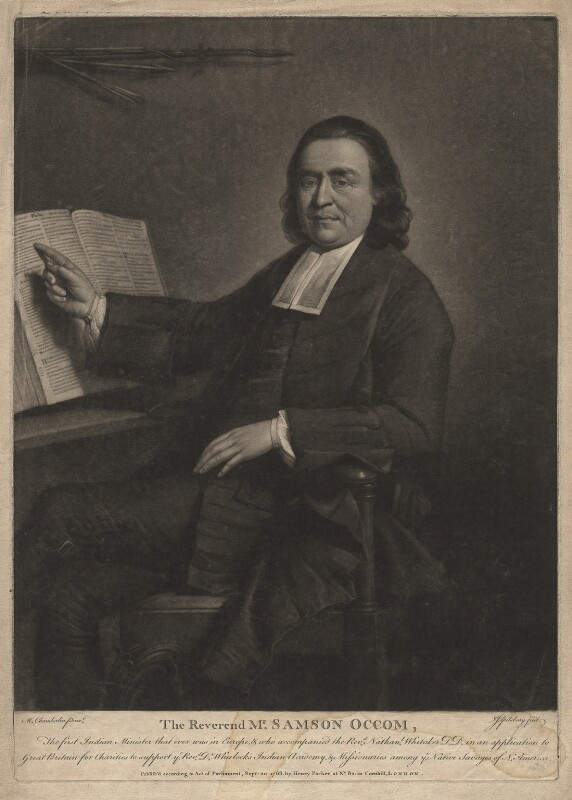 Source: Mezzotint of Samson Occom by Jonathan Spilsbury, after a portrait by Mason Chamberlin, 1768. Source: National Portrait Gallery, UK. License: CC-BY-NC-ND 3.0Scholars have pointed towards the resemblance between
Unca Eliza and the
Mohegan minister Samson Occum
(1723-1792), who served as a Christian missionary among Native peoples
in the eighteenth century. Like Occom, Unca Eliza is Indigenous, Christian,
and an evangelist. In “
Samson Occom’s Itinerancies,” Eve Tavor Bannet points out that
Unca Eliza’s Indigeneity or “likeness” to the people she wants to convert
is what allows her to gain religious authority (183). Bannet connects this
to Occom, who used his knowledge and identity as an Indigenous man to create
missionary practices that would appeal to Native American audiences. Through
embracing both parts of his identity, Occom furthered Christian missionary efforts,
but also challenged the role of the white missionary in Western society. - [UOStudStaff]obeisancessigns of submission to authority - [UOStudStaff]
Source: Mezzotint of Samson Occom by Jonathan Spilsbury, after a portrait by Mason Chamberlin, 1768. Source: National Portrait Gallery, UK. License: CC-BY-NC-ND 3.0Scholars have pointed towards the resemblance between
Unca Eliza and the
Mohegan minister Samson Occum
(1723-1792), who served as a Christian missionary among Native peoples
in the eighteenth century. Like Occom, Unca Eliza is Indigenous, Christian,
and an evangelist. In “
Samson Occom’s Itinerancies,” Eve Tavor Bannet points out that
Unca Eliza’s Indigeneity or “likeness” to the people she wants to convert
is what allows her to gain religious authority (183). Bannet connects this
to Occom, who used his knowledge and identity as an Indigenous man to create
missionary practices that would appeal to Native American audiences. Through
embracing both parts of his identity, Occom furthered Christian missionary efforts,
but also challenged the role of the white missionary in Western society. - [UOStudStaff]obeisancessigns of submission to authority - [UOStudStaff]
 According to the Joyner Library at East Carolina University, "Wingandacoa" is
another name for the mainland of Virginia. - [UOStudStaff]cannibalscannibals - [UOStudStaff]mistakenWinkfield’s father and companions are
referred to twice in this passage as livestock (sheep, then hogs). Winkfield
alludes to, then quickly dismisses, the possibility that the Indians are
cannibals. The early rejection of a 'savage cannibal' trope in The Female
American fundamentally changes Winkfield’s experience living on the island
compared to Robinson Crusoe and the portrayal of the 'Indians' she
encounters. - [UOStudStaff]cloathsclothes - [UOStudStaff]first
The Indigenous king is the first character in the book to speak, giving him a voice not
just literally, but metaphorically. Adding further weight to his words is the power he
wields to order execution, as he threatens to do. Winkfield's choice to make this the
first line of spoken dialogue in the book lends the king power and respect, and it may
appear to foreshadow the centering of Indigenous voices as the story unfolds. At the
same time, there is an element of ableism,
as the king makes worship contingent on having limbs. - [UOStudStaff]sunAncient Israel was surrounded by peoples who worshiped solar deities.
Abrahamic religions thus condemn solar cults and other forms of animism,
viewing nature-worship as a form of idolatry. (See Deuteronomy 4.19, 17.3). The narrator equates the Indigenous
people’s religious practices with the enemies of ancient Israel, a
connection that is explicit in Chapter XI when she compares island natives
to the prophets of Baal.
According to the Joyner Library at East Carolina University, "Wingandacoa" is
another name for the mainland of Virginia. - [UOStudStaff]cannibalscannibals - [UOStudStaff]mistakenWinkfield’s father and companions are
referred to twice in this passage as livestock (sheep, then hogs). Winkfield
alludes to, then quickly dismisses, the possibility that the Indians are
cannibals. The early rejection of a 'savage cannibal' trope in The Female
American fundamentally changes Winkfield’s experience living on the island
compared to Robinson Crusoe and the portrayal of the 'Indians' she
encounters. - [UOStudStaff]cloathsclothes - [UOStudStaff]first
The Indigenous king is the first character in the book to speak, giving him a voice not
just literally, but metaphorically. Adding further weight to his words is the power he
wields to order execution, as he threatens to do. Winkfield's choice to make this the
first line of spoken dialogue in the book lends the king power and respect, and it may
appear to foreshadow the centering of Indigenous voices as the story unfolds. At the
same time, there is an element of ableism,
as the king makes worship contingent on having limbs. - [UOStudStaff]sunAncient Israel was surrounded by peoples who worshiped solar deities.
Abrahamic religions thus condemn solar cults and other forms of animism,
viewing nature-worship as a form of idolatry. (See Deuteronomy 4.19, 17.3). The narrator equates the Indigenous
people’s religious practices with the enemies of ancient Israel, a
connection that is explicit in Chapter XI when she compares island natives
to the prophets of Baal.Biblical passages quoted by the narrator do not perfectly match the wording of any English translation. Here and throughout, we have chosen to link to the King James Version, which was the official Anglican Bible in the eighteenth century. - [UOStudStaff]creationAllusion to Psalm 104.14, probably to further underscore that they mistakenly worship the creation instead of the creator. - [UOStudStaff]variegatedconsisting of many different types of things, markings or persons - [UOStudStaff]coconutcoconut - [UOStudStaff]vinousderivate of wine - [UOStudStaff]fruitsAhuja, author of the article "Coconut - History, Uses, and Folklore," describes the best environment that coconuts thrive in, which includes "free-draining aerated soil often found on sandy beaches, a supply of fresh groundwater, humid atmosphere, and temperatures between 27°C and 30°C" (221). Given that the characters are in Virginia, a climate unsupportive of growing such fruits, Indigenous people would be unlikely to have access to the coconut during this time period. The action is also set during the first attempt of the English to make a settlement in the area. Later, tropical plant species like the coconut palm would become an important part of the colonial fruit hierarchy. To have tropical fruits imported from Caribbean islands to colonies like Virginia was considered a luxury and a way to show off wealth and status. - [UOStudStaff]languageDespite Unca Eliza’s many references to her ability to comprehend and speak a multitude of languages of American natives, this is the only instance in Vol. 1 where the author provides a written version of a “native phrase”. However, this is most likely a fabrication. In "Realism and the Unreal in The Female American" (2011), McMurran points to the presence of "chi" and "nu", the written pronunciation of Greek letters, as evidence for this. - [UOStudStaff]shewingshowing - [UOStudStaff]primitivismThis sentence reflects the concept of primitivism: “A preference for the supposedly free and contented existence found in a ‘primitive’ way of life as opposed to the artificialities of urban civilization” ( Oxford Reference). Primitivism celebrated the perceived simplicity and purity of Indigenous cultures while upholding colonists' belief that their culture was much more advanced than others. Seeing Indigenous people as primitive also agreed with the religious movement of the Puritans, who believed they could reverse the corruption of the English church by Catholic influences: “Sermons emphasize renewal, regeneration, and the recovery of a lost, primitive, edenic purity” ( Hutchins, Inventing Eden, 180). - [UOStudStaff]pagan Framed by the narrator calling her mother a “pagan,” this may be an allusion to 2 Corinthians 6.14 where first-century Christians are advised to marry other Christians instead of Greek pagans. - [UOStudStaff]scienceIn the seventeenth century, science was not the well-established field we know it as today, and much work in the field more closely resembled philosophy. The reference here to Indigenous knowledges about the poisonous and antidotary plants could be a recognition to the validity of this information in respect to European modes of natural philosophy. While science is not yet formalized, the natural knowledges described by the narrator comprise the types of observations that began to solidify an American scientific tradition. (Reference: Alfred North Whitehead, Science and the Modern World) - [UOStudStaff]salutaryhaving a good effect on somebody/something, though often seeming unpleasant - [UOStudStaff]heaven-be-praisedUnca saves William Winkfield from fatal poisoning using natural antidotes, yet she praises Heaven for his survival. The characters use nature here in a practical way but involve religion in a moral/philosophical sense. In “Curiosity and the Occult,” Barbara M. Benedict describes the complex relationship between science and religion in the context of the Royal Society, which was founded in 1660 with the goal of learning more about the natural world through scientific experimentation. Although scientists championed this experimentation as a way to better understand God’s power, other members of society “regarded it suspiciously as a usurpation of God’s role” (351), attitudes that continued into the eighteenth century as well (360). Though published in 1767, The Female Americanis set prior to the founding of the Royal Society and may reflect a fantasy of returning to a simpler time of connection between religion and nature. - [UOStudStaff]marriage The author’s discourse on marriage may be a response to Daniel Defoe’s Religious Courtship (1722). Puritan dissention toward liturgical practices meant that matrimonial ceremonies were modest, private engagements in the presence of a minister. Although its ritual was informal, marriage was regarded as the cornerstone of civic development through family building. This scene could perhaps be read as pushing Puritan logic ad absurdum: if a minister is merely witness to the marital vows, any kind of witness would do. Anglican matrimony, by contrast, would be facilitated publicly by a priest according to the ceremony prescribed in The Book of Common Prayer. This also might be read as the set-up to a joke mocking Puritans, completed in a few paragraphs. - [UOStudStaff]ceremonyHere the joke, “My father considered marriage as a civil, as well as a religious, ceremony” comes full circle. The first matrimonial service in the presence of Unca’s kin was “civil.” The second matrimonial service—the legitimate one for the Church of England—is the “religious” one. The joke is that if civil and religious categories of marriage are distinct, two ceremonies might be appropriate. - [UOStudStaff]wealthThe references herein offer an interesting muddling of natural and colonial forms of wealth that the author uses to describe her legacy from the Americas as well as a participation in several now-centuries old tropes describing indigenous Americans. The references to Eliza’s mother wearing diamonds and the “gold dust and precious stones” are not consistent with known mineral wealth that could have been acquired in Virginia at this time. The author could be engaging with literary propaganda about forms of wealth associated with the Indigenous stemming as far back as 1605. See Beeman’s "Labor Forces and Race Relations: A Comparative View of the Colonization of Brazil and Virginia" (1971). - [UOStudStaff]loveWinkfield characterizes Alluca as villainous and violent because Unca Eliza’s father "slighted her love." Winkfield writes a powerful woman of color but with a stereotypical motive that has been exhausted in the media: romantic or sexual jealousy. This stereotype can be related to the common trope found in literature and film of the "Jezebel," defined as a sexually deviant woman of color with little characterization other than love or lust. Harmful stereotypes of women of color in media such as The Female American can lead to negative perceptions in the real world. Additionally, this negative characterization of Alluca lends additional support to the growing scholarly consensus that Winkfield was not a woman of color. - [UOStudStaff]quarrelThe unwillingness to disrupt the tenuous relations between the indigenous peoples of North America and Europeans may also be a reference to a series of conflicts occurring in the ten years before the original publication of the novel leading into the Seven Years War. Confederations of indigenous peoples fought for and supported on both sides. - [UOStudStaff]complexionThe narrator claims to be of Indigenous descent, but Emelia Abbé discusses the ways in which this novel actually plays on the exploitation of Indigenous peoples through the lens of the colonial British perspective. - [UOStudStaff]habit The “mixed habit” of Unca Eliza’s dress may reflect her identity as a biracial woman in eighteenth-century England. Unca Eliza recognizes herself as “neither perfectly” European nor Indigenous. She is brought up in English society but is othered by the community around her for her Indigenous identity. In “Models of Morality,” Victoria Barnett-Wood connects The Female Americanto the Bildungsroman genre. Similar to modern “coming-of-age” stories, the Bildungsroman centers around the growth of a character and their understanding of the world. In this context, Unca Eliza’s attention to her otherness can be viewed as an early development in her understanding and critique of the imperial world. - [UOStudStaff]ribbandribbon - [UOStudStaff]remonstrancesprotests or complaints - [UOStudStaff]educationAt this time, it was standard for women to receive a different level of education from their male counterparts. Whereas men belonged in the public sphere, women's lives were centered on home life and the care and early education of children. In his influential work Émile, Jean-Jacques Rousseau (1712-1778) argues that any education of women beyond housework should aim to “make them more effective and stimulating companions for their husbands,” and only that (see An Oxford Companion to the Romantic Age: Education).Michèle Cohen argues that the limiting of the female curriculum was “not to meet the needs of femininity so much as to produce femininity” (322). A proto-feminist critic of this system, Mary Astell (1666-1731), protested as early as 1694 that women were being bred deliberately in “ignorance and vanity” (A Serious Proposal to the Ladies, 31). The emphasis here on the female education and its difference from that of men gives interesting insight into the role of women during this time period. - [UOStudStaff]palisadesPalisades are fences made of strong wooden or metal posts that are pointed at the top, typically used in the past to protect a building. - [UOStudStaff]etcet cetera - [UOStudStaff]inculcateto cause somebody to learn and remember ideas, moral principles, etc., especially by repeating them often - [UOStudStaff]Proverbs Proverbs 16:9 - [UOStudStaff]sailedThese details situate the island on which Unca is eventually stranded in the Pamlico Sound region. During the seventeenth and eighteenth centuries, the average commercial vessel would be able to reach speeds of five miles per hour in fair winds. Given that the ship had been sailing for less than a day, the maximum range they could have reached would be 120 miles. The most popular Virginian port during this time period was located in Norfolk, and a return journey back to England would send the ship in a backwards "J" pattern starting by going south until roughly the oceanic region off the coast of South Carolina. - [UOStudStaff]genderDespite Unca Eliza's enormous wealth, extensive education, and physical ability with weapons, she still suffers the power disadvantages associated with her gender at this time. - [UOStudStaff]consignconsign: to make over as a possession, to deliver formally or commit, to a state, fate, etc. - [UOStudStaff]hermitagea solitary or lonely habitation, possibly the habitation of a hermit. - [UOStudStaff]swoonBoth The Female American and Daniel Defoe’s Robinson Crusoe (1719) mention their main characters falling into a swoon or “fainting-fit” (Oxford English Dictionary). Crusoe faints as he braves a tremendous storm at sea, while Unca Eliza faints in instances like being stranded on an island, getting overstimulated, and thinking she sees a ghost. Crusoe faints in response to a proportionally more severe situation, which can be read as a commentary from Winkfield on the expected submissive roles of women in eighteenth-century life. Winkfield’s use of swoon contrasts the major themes of female authority and gender performance seen throughout the novel. - [UOStudStaff]providencedivine direction, control, or guidance - [UOStudStaff]te-deumShort for Te Deum Laudamus, a traditional hymn of praise meaning, "We Praise You, O God." A litany is a prayer of supplication, or a request. - [UOStudStaff]allusionsA reference to both 2 Samuel 24.14 and 1 Chronicles 21.13 where David, the king of Israel, decides to take a census and build a temple. Winkfield’s comparison between her situation and that of King David’s may perform a sort of epic simile to mark the establishment of her religious authority on the island. - [UOStudStaff]apaceat a considerable or good pace - [UOStudStaff]asyluma place of refuge, shelter, or retreat - [UOStudStaff]precipitatelyhastily, rashly - [UOStudStaff]bespokerequested, asked for - [UOStudStaff]hermitpeople who choose to live a solitary life for religious reasons - [UOStudStaff]obligedunder a necessity - [UOStudStaff]noxiouspoisonous or harmful - [UOStudStaff]rootsThe "Indian roots" referenced here are almost certainly cassava (also called yucca or manioc), a large tuber that was originally domesticated in what is today Brazil, and remains a global staple today. Cassava must be heavily processed to get rid of the deadly amounts of prussic acid the raw root contains. Processing techniques include fermenting, roasting, boiling, and more. Cassava has long been made into flour and bread. See Mark H. Zanger, "Cassava," in The Oxford Encyclopedia of Food and Drink in America. - [UOStudStaff]epistleA letter, usually of public or formal nature. Many books in the New Testament are epistles. - [UOStudStaff]HebrewsCorrect spelling should read, Οὐ μή σε ἀνῶ οὐδ’ οὐ μή σε ἐγκαταλίπω, which the King James Version of the Bible translates, “I will never leave thee, nor forsake thee” (Hebrews 13.5). - [UOStudStaff]oraclethe instrument, agency, or medium through which the gods were supposed to speak or prophesy - [UOStudStaff]noiseUnca Eliza is affected by the noise made by the falling chest, despite knowing its source (herself). As Samson et al. explain, “noise is one of the most widespread sources of environmental stress in living environments." The physiological stress response is a "split-second" reaction, whereas the recognition that there is a lack of immediate danger is a slower comedown. Paula McDowell explains in her book, The Invention of the Oral: Print Commerce and Fugitive Voices in Eighteenth- Century Britain, how “the consumption of sound is at once physiological and psychological” and that “social and personal factors influence not only what we hear but what it means.” The recognition that she is the source of the noise changes the psychological meaning of the sound for Unca Eliza, despite experiencing the natural physiological response. - [UOStudStaff]awkwardlyawkwardly - [UOStudStaff]goatGoats arrived in the New World in 1493 via Columbus’s second voyage and quickly became prolific in the Americas. Winkfield’s resistance to killing the goat contrasts Robinson Crusoe’s hunting expeditions. It is also worth pointing out Winkfield’s use of her knife to kill the goat, despite her claims at being adept with a bow, and having it on the island. Winkfield does not use her bow to hunt at all while on the island (Kenneth F. Kiple, A Movable Feast: Ten Millennia of Food Globalization, 156). - [UOStudStaff]gardenThe line is perhaps an allusion to Eve coercing Adam to eat the nameless fruit in the Garden of Eden (Genesis 3:6). According to Zachary Hutchins, women at this time were thought to be likely to repeat the actions of their predecessor, Eve, a belief that prevented women from holding power in the church or religious societies ( Inventing Eden, 12). Moreover, this passage may illustrate the ideology of "Adamic innocence," which Hutchins also discusses. Some Europeans held that Native Americans maintained an innocence akin to that of Adam and Eve before they sinned by eating the fruit in the Garden of Eden. Unca Eliza may embody not only Eve, but a foreign religion (Christianity) intruding on the Adamic innocence of the goat, which is native to the land. - [UOStudStaff]bunglingunskillful or clumsy - [UOStudStaff]glutinoussticky, gluey - [UOStudStaff]misfortunesUnca Eliza believes that God has provided everything she needs to survive on the island through the bountiful land and the labors of the hermit. Unca Eliza’s acceptance of the hermit's misfortunes because they ensure her survival on the island and her ability to evangelize, is representative of common eighteenth- century beliefs. There was historically an acceptance of the sufferings and labors of others for a perceived greater good, which for Protestants was religious conversion. For more on how faith in God's providential influence encouraged Protestants in their evangelizing endeavors in the American colonies, see Koch, "Slavery, Mission, and the Perils of Providence in Eighteenth-Century Christianity." - [UOStudStaff]tearsThe reaction that Unca Eliza has to her circumstances on the island feeds into the stereotype that women are too emotional. There was often much emphasis in eighteenth-century literature on “women’s enslavement to their own sensibility and emotions” (An Oxford Companion to the Romantic Age: Sensibility). According to the Oxford English Dictionary, the definition of “sensibility” when the novel was written was “The quality of being readily and strongly affected by emotional or artistic influences and experiences; emotional awareness; susceptibility or sensitivity to, keen awareness of” (4.a.). This passage could seem to reflect stereotypes of women as overly emotional, which existed then and still continue today. However, at this time, it was seen as a morally good thing to have emotion – as a man or a woman – making Unca Eliza’s display of emotion here something to be admired that actually represents her empathy and strength of virtue. - [UOStudStaff]ravedspoke wildly or incoherently - [UOStudStaff]unfeignedlysincerely, genuinely - [UOStudStaff]almanacAn almanac is an annually-published book of tables containing a calendar of months and days, with astronomical data and calculations, ecclesiastical and other anniversaries, and astrological and meteorological information. - [UOStudStaff]soliloquyspeeches to or conversations with oneself - [UOStudStaff]preceptsrules for action or conduct - [UOStudStaff]eyes"Fixing our eyes on Jesus," or "Looking unto Jesus"; a fragmented version of the Greek in Hebrews 12.2, which makes more sense in its full context: "Let us run with patience the race that is set before us, looking unto Jesus the author and finisher of our faith" (Hebrews 12.1-2). The translation “imitation of Jesus,” which appears in the American edition, would reference 1 Corinthians 11.1 or Ephesians 5.1; however, the Greek here does not correspond to those verses. - [UOStudStaff]lifeThe hermit character and the manuscript found by Unca Eliza can be read as the author engaging with tropes of popular castaway narratives. The hermit himself could be a reference to Peter Longueville’s The Hermit (1727), which recounts the discovery of an Englishman on a remote island who had lived there for fifty years and had no desire to return to society. The manuscript, and in particular the summary given here, may be parodying the autobiographical account present in Robinson Crusoe (1719) - [UOStudStaff]continentThe Native tribe closest to the Pamlico Sound region would be the Mattamuskeet tribe, who utilized dugout canoes for their fishing and transportation needs. Unca states that the Natives came from the continent and thus would need to be able to journey a fair distance into the Pamlico Sound. There is only one uninhabited island in the Pamlico Sound with waterway access from the continental side: Gull Island . This island would be reachable by dugout canoe from nearby Hatteras Island, where the Mattamuskeet tribe traditionally had communities. - [UOStudStaff]coroneta round decoration for the head, especially one made of flowers - [UOStudStaff]ancientanciently - [UOStudStaff]subterraneousThis passage supports Gull Island as a potential location of the novel. The geologic composition of the Pamlico Sound, in which it is located, is primarily formed of sediment, fine-grained sands, coastal sandstone and lagoonal deposits. Elsewhere in the novel, Unca Eliza comments on the abundance of rocks that are both liftable and easily breakable. This aligns with the composition of Gull Island which is formed of Mesozoic-Cenzoic strata. (For more information see Albemarle-Pamlico National Estuary Partnership). It is possible that the island could support underground structures, yet the elaborate tunnel systems and "cells" that Unca describes may be drawing inspiration from other "subterranean fiction" at the time. - [UOStudStaff]vestmentspriestly robes or garments - [UOStudStaff]fashionstyle - [UOStudStaff]cassocktight-fitting tunic - [UOStudStaff]commandpower over a surrounding area due to elevated or strategic position - [UOStudStaff]soundThis passage sets up the importance of sound and the power it has to make people equal through amplifying their voice to louder volumes. Unca’s surprise at the technical capabilities of the Indigenous people tells the reader not to underestimate them. They were able to develop sophisticated audio technology more advanced than Unca had seen at home. This statue is said to work because it was built using “precious stones,” which amplify sound, making voices reverberate off the surface of the statue and cause them to be louder than normal. To this day there is no known statue that can raise someone’s voice, suggesting Winkfield may have taken inspiration from old technologies such as the so-called "Aztec death whistles" or air-spring whistles, some of which were made of jade (see Both, "Aztec Music Culture," 16). - [UOStudStaff]mechanicsphysical properties or forces - [UOStudStaff]ancientsThe use of the word "ancient" here may reference an ongoing conversation at that time about the foundations of science and discovery, a debate referred to as the battle of the moderns and the ancients. On one hand, "moderns" valued empirical observation and technological innovation, and in a backlash against these values the "ancients" argued for a return to ancient Greek and Roman texts that had served as the foundation for scientific knowledge for many centuries. The narrator may also be using the word "ancient" as a marker for the ways in which this Indigenous technology confounds a Europeanized notion of "ancient and modern." See Joseph M. Levine, The Battle of the Books: History and Literature in the Augustan Age. - [UOStudStaff]hymnThis passage explores Unca Eliza's nuanced relationship with Protestantism, rooted in her upbringing in the Church of England, also known as the Anglican Church. Unca sings a hymn, presumably one from her Anglican upbringing, while hiding within a statue that she links to the oracles of classical mythology. Scarlet Bowen's article "‘Via Media’: Transatlantic Anglicanism in ‘The Female American’" highlights how transatlantic travel and colonization challenged Anglicanism's doctrinal purity and English identity. Bowen's insights can enhance our understanding of passages like this, which underscore the complexity of Unca's religious background and its intersection with diverse cultural influences. - [UOStudStaff]reflectionsthoughts, introspection - [UOStudStaff]cellroom - [UOStudStaff]thunderIn "The Impossible Temptation of Noise in Late Eighteenth-Century English Music,” Pierre DuBois explores eighteenth-century ideas of “noise” and “music” and the different qualities these possess. He draws on Thomas Salmon’s Essay to the Advancement of Music (1672) and explains how “for Salmon, then, the taste for harmony or music was firstly a natural faculty granted by God, which you might either have, or be deprived of,” as opposed to “noise” which DuBois describes as “not an objective fact or reality but something we are forced to react to.” In this part of The Female American, Unca seems to perceive the thunder as both “noise” and “music,” in that she is “forced to react” to it (being alarmed by it), yet senses and addresses musicality in it, as it fills her thinking with an admiration for God. This represents the eighteenth-century shift DuBois addresses, from thinking that “music should entirely pertain to the realm of the pleasant, ordered and beautiful” to exploring “theories of the sublime, which encouraged a shift from the object (i.e. music) to the subject (i.e. the listener).” - [UOStudStaff]chaosAn allusion to the creation narrative in Genesis 1; John Milton similarly personifies chaos in Paradise Lost, Book 1. - [UOStudStaff]illuminedilluminated - [UOStudStaff]agitateshaken, disturbed - [UOStudStaff]prodigiousastonishing or appalling - [UOStudStaff]lownessshortness or closeness to the ground - [UOStudStaff]secretesecret; hide - [UOStudStaff]timeroustimorous: fearful - [UOStudStaff]idolThe dual description of the statue as both the “Oracle of the Sun” and an idol along with Unca’s decision to enter it allows for a sort of apotheosis (elevating her to a status associated with the divine). How does the narrative function of this statue compare to the monument she asks her relatives to erect for her mother in Windsor? - [UOStudStaff]laudablepraiseworthy - [UOStudStaff]tawnybrown-yellow in color, tan - [UOStudStaff]reliefdeliverance from distress - [UOStudStaff]certaintydecision - [UOStudStaff]mechanismDevices capable of amplifying the voice of the operator’s voice are mentioned by other works at the time that deal with themes of colonialism and science. Most notably, Aphra Behn’s play The Emperor of the Moon (1688) and Margaret Cavendish’s Blazing World (1668). Both Cavendish and Behn express interest in exploring the gendered nature of science and knowledge-finding enterprises like colonialism, and may represent a tradition that Winkfield is taking up in exploring the ways that technologies of sound have the potential to allow an operator to exercise power over other people who typically may not have listened to them. - [UOStudStaff]almanackThe narrator uses an almanac as a form of technology here to predict the conditions under which she will meet the natives. The almanac is a tool that mixes empirical observation with the slightly mystical intention of predicting the weather in the future–the mix of the empirical and the mystical is an apt characterization of the state of science in the era. - [UOStudStaff]female"Female" is used here as an adjective to mean weak or feeble. - [UOStudStaff]fortifiedIn his English Dictionary (1773), Samuel Johnson (1709-1784) defines “Hero” as “A man eminent for bravery.”. Through checking her fear, Unca Eliza proves her ability to occupy the status of heroine as a female “eminent for bravery”. Johnson uses this existing definition of the hero to then define “Heroine” as “a female hero.” Alongside his definition, Johnson includes an excerpt from John Dryden ’s Fables Ancient and Modern (1700): “The heroine assum’d the woman’s place, Confirm’d her mind, and fortify’d her face.” Unca Eliza’s claim to “fortify her mind” instead of her face effectively reverses Dryden’s idea of the heroine, which focuses on the heroine’s physical features. In this phrase, Unca Eliza not only claims the status of “heroine” but also pushes the heroine to a more complex state that is not merely focused on the physical. - [UOStudStaff]limesAll citrus, limes included, are Old World foods. The Spanish began cultivating citrus in what is now Florida in the 16th century, and citrus growing reached modern Louisiana by the early 1700s. The presence of limes necessitates that Winkfield’s island is at least as far south as Florida. This is also an example of Robinsonade narratives often projecting Edenic qualities onto their respective islands through food, despite them being sites of captivity. See David Karp, "Citrus," in The Oxford Encyclopedia of Food and Drink in America. - [UOStudStaff]devotionsprayers - [UOStudStaff]prospectview - [UOStudStaff]heroineThe eighteenth-century heroine was a concept emerging as distinctly different from existing notions of the hero in eighteenth century literature. Grace Gibson highlights the hero’s goals as “attaining honor and social ascension” in contrast with the heroine who “focuses on acquiring the security and comfort found in the institution of marriage” (4). These goals position the hero and heroine as characters in progress. However, where the hero’s progress is external, including winning honor or social ascension in the world around him, the heroine’s journey is an internal process focused on becoming eligible for marriage. This reveals the heroine as a character more elemental than the hero, still in need of personal development. April Alliston writes that the female character “may not be what it seems, and therefore requires a narrative process, or trial, to unfold its truth” (257). Unca Eliza’s position as heroine of The Female American necessitates personal development in order to achieve marriage. Yet by claiming the title of "heroine" before marriage here, she reimagines female heroism outside the expectations of eighteenth-century literature. - [UOStudStaff]earthquakeThis detail may offer evidence that the author of The Female American was unfamiliar with the location in which the novel is set. The likely location of Unca’s island, the Pamlico Sound, is not situated on any major fault lines or seismic hotspots. The North Carolina Department of Environmental Quality has no evidence of an earthquake on the sound from 1698, when seismic activity first began to be recorded in the region. It is unlikely that an earthquake originating in the nearest hotspot (current-day Charleston, South Carolina) or oceanic tremors originating farther out in the Atlantic would cause the level of damage Unca describes. A destructive storm in this area would more likely be a hurricane or tropical cyclone caused by the convergence of four different ocean currents. Eastern North Carolina is set out farther into the Atlantic than surrounding coastal areas, making it particularly vulnerable to coastal storms. - [UOStudStaff]recommendedcommitted - [UOStudStaff]extricatingfreeing - [UOStudStaff]upbraidedreproached - [UOStudStaff]follyunwise conduct - [UOStudStaff]divineFor Unca Eliza, the notion of providence serves as the explanatory foundation for understanding the workings of nature. Her insistence on the supremacy of divine intervention also mirrors the colonizers' attempts to assert control. Compare this to Daniel Defoe's Robinson Crusoe, when the titular character is " wrapt up in the Contemplation of [his] Deliverance" after surviving a shipwreck. Crusoe views his survival as divine providence granted in exchange for increased piety. Both characters’ survival becomes a catalyst for recommitting to their faith, with Unca Eliza intensifying her efforts to impose her religious views on the Indigenous people of the island. - [UOStudStaff]prostratedTo prostrate oneself is to fall forward with face downward, in an act of reverence. - [UOStudStaff]purportmeaning or intent - [UOStudStaff]petitionentreaty or prayer - [UOStudStaff]BaalA comical allusion to 1 Kings 18. The prophet Elijah and the prophets of Baal—a broad term for Mesopotamian deities, referring here to a solar deity—hold a competition to prove whose god is real. They both prepare altars and pray for their gods to send fire. As the prophets of Baal shout to their god with no response, Elijah mocks that Baal must be preoccupied in conversation, relieving his bowels, or sleeping (18.27). When their cries cease, Elijah orders for his altar to be soaked with water three times and offers a prayer. His altar is consumed by fire. - [UOStudStaff]deafUnca dismisses the power of the Native people’s God by suggesting that it is deaf. This suggestion of deafness is prominent in several eighteenth-century texts, like Daniel Defoe’s (1660-1731) Robinson Crusoe (1719), which contrasts loudness as power with deafness as limitation. This limitation in Crusoe is explored further in Jason Farr’s article, “Colonizing Gestures: Crusoe, the Signing Sovereign”. Farr examines the metaphors of “obstinate deafness” and suggests that Crusoe’s refusal to “listen to wisdom of his father” is framed as a sin. Similarly, Winkfield represents the Native people’s God as auditorily impaired to suggest spiritual disconnection. This initial impairment can then be used to emphasize the responsiveness and power of Unca's Christian God as she is guided by him and her uncle’s teachings. - [UOStudStaff]oralUnca’s voice, as she speaks to the crowd of Native people, mimics that of a preacher’s retellings of religious texts. However, to an eighteenth-century British audience, the authority of oral testimonies was heavily dependent on the sex of the informant. Women's oral retellings were strongly associated with "old wives' tales." Paula McDowell suggests in The Invention of the Oral that early Christian authors warned against “old wives' tales” as “religious beliefs that hampered Enlightenment rational thought” (50). Winkfield minimizes the unbelievability of women's oral presentation by emphasizing Unca Eliza’s religious authority. Volume is a sign of power: her voice is "very loud, yet equally distinct" with that of the high-priest. While she is unknown to these people, she asserts herself orally as spiritually powerful. - [UOStudStaff]frantickaffected by wild excitement, frantic - [UOStudStaff]dialogueThe following passage’s theological exchange in the format of questions and answers mirrors Martin Luther's Small Catechism (1529). The idea that all doctrine must be justified by scripture, or else rejected, was a founding tenet of Lutheran Protestantism. The Church of England adopted a similar format in the Westminster Shorter Catechism (1647), which provides short answers to theological questions.
The scene is similar to Robinson Crusoe's attempt to instruct Friday in his faith. While Crusoe offers general Christian answers to Friday’s questions, Unca Eliza responds to the Indigenous people’s questions with scripture she has memorized. - [UOStudStaff]MosesPerhaps a satirical recapitulation of Moses’ conversation with a burning bush inhabited by God (Exodus 3). When Moses asks God’s name, the response given in the Hebrew is often translated as “I am who I am,” which evokes a sense of timelessness that is expressed in its Greek variation as the passage Unca Eliza references: “I am Alpha and Omega, the beginning and the ending, saith the Lord, which is, and which was, and which is to come” (Revelation 1.18). - [UOStudStaff]worshipThis representation of the Indigenous people's religious customs echoes numerous early colonial accounts depicting the Native peoples of Virginia worshipping the sun. Works such as Thomas Harriot's A Briefe and True Report of the New Found Land of Virginia (1590) and George Percy's Observations Gathered out of a Discourse of the Plantation of the Southerne Colonie in Virginia (1625) depicts the Indigenous tribes of Virginia worshipping the sun. Percy’s account of the Native peoples he encounters more closely resembles the religious beliefs of the "Indians" Unca Eliza meets in The Female American, as both groups appear solely to worship the sun, whereash Harriot’s account mentions the existence of the moon and stars as additional gods. - [UOStudStaff]provoke Unca Eliza continues to encourage the Indigenous people to believe that she is a divine figure, going so far as to threaten the crowd. Here, she claims that God will not hurt them, on the condition they "hearken" [listen] to her. She believes her Christianity and identity as being half-white place her above the fully Indigenous people she has encountered, reflecting the most common justification for colonialism during the time: the idea that those being colonized were "uncivilized," and that Europeans were "obligat[ed] to 'civilize' the rest of the world." - [UOStudStaff]casuistsTypically, a casuist is a theologian who studies cases of conscience or complex questions regarding duty and conduct. - [UOStudStaff]philosophyUnca Eliza’s religious teaching here reinforces a hierarchy according to usefulness, with nature's value coming from how useful it is to mankind. This follows a philosophical viewpoint known as anthropocentrism. Ethicists find that this philosophy is embedded within many Western religions, including in the story of Creation from the book of Genesis. Interpretations of the story have led to the belief that human beings were created to be separate from and superior to all other forms of life and that everything on earth was created by God to be a resource to support and benefit humankind. - [UOStudStaff]hearThis instance of the word “here” being spelled as its homophone, “hear,” may simply be a spelling variation or a typo. However, it is also suggestive in this context, given the fact that speech and language have undeniable connections to colonialism. - [UOStudStaff]occom
 Source: Mezzotint of Samson Occom by Jonathan Spilsbury, after a portrait by Mason Chamberlin, 1768. Source: National Portrait Gallery, UK. License: CC-BY-NC-ND 3.0Scholars have pointed towards the resemblance between
Unca Eliza and the
Mohegan minister Samson Occum
(1723-1792), who served as a Christian missionary among Native peoples
in the eighteenth century. Like Occom, Unca Eliza is Indigenous, Christian,
and an evangelist. In “
Samson Occom’s Itinerancies,” Eve Tavor Bannet points out that
Unca Eliza’s Indigeneity or “likeness” to the people she wants to convert
is what allows her to gain religious authority (183). Bannet connects this
to Occom, who used his knowledge and identity as an Indigenous man to create
missionary practices that would appeal to Native American audiences. Through
embracing both parts of his identity, Occom furthered Christian missionary efforts,
but also challenged the role of the white missionary in Western society. - [UOStudStaff]obeisancessigns of submission to authority - [UOStudStaff]
Source: Mezzotint of Samson Occom by Jonathan Spilsbury, after a portrait by Mason Chamberlin, 1768. Source: National Portrait Gallery, UK. License: CC-BY-NC-ND 3.0Scholars have pointed towards the resemblance between
Unca Eliza and the
Mohegan minister Samson Occum
(1723-1792), who served as a Christian missionary among Native peoples
in the eighteenth century. Like Occom, Unca Eliza is Indigenous, Christian,
and an evangelist. In “
Samson Occom’s Itinerancies,” Eve Tavor Bannet points out that
Unca Eliza’s Indigeneity or “likeness” to the people she wants to convert
is what allows her to gain religious authority (183). Bannet connects this
to Occom, who used his knowledge and identity as an Indigenous man to create
missionary practices that would appeal to Native American audiences. Through
embracing both parts of his identity, Occom furthered Christian missionary efforts,
but also challenged the role of the white missionary in Western society. - [UOStudStaff]obeisancessigns of submission to authority - [UOStudStaff][TP]
THE Female American;
OR, THE ADVENTURES
OF UNCA ELIZA WINKFIELD,
COMPILED BY HERSELF.
IN TWO VOLUMES.
VOL. I.
LONDON:
Printed for FRANCIS NOBLE, at his Circulating
Library, opposite Gray's-Inn Gate, Holbourn;
AND JOHN NOBLE, at his Circulating Library, in
St. Martin's-Court, near Leicester-Square.
MDCCLXVII.
OR, THE ADVENTURES
OF UNCA ELIZA WINKFIELD,
COMPILED BY HERSELF.
IN TWO VOLUMES.
VOL. I.
LONDON:
Printed for FRANCIS NOBLE, at his Circulating
Library, opposite Gray's-Inn Gate, Holbourn;
AND JOHN NOBLE, at his Circulating Library, in
St. Martin's-Court, near Leicester-Square.
MDCCLXVII.
Footnotes
women_This introduction into the novel claims to make
space for women within parts of life - and within literary genres - where many
thought that only men could go. Mary Helen McMurran calls
The Female American "an irresistible antidote to the two pillars of the
eighteenth-century development of the realist novel: masculine individualism
and female domesticity" (
"Realism and the Unreal in The Female American", 324).
Wingandacoa_
 According to the Joyner Library at East Carolina University, "Wingandacoa" is
another name for the mainland of Virginia.
According to the Joyner Library at East Carolina University, "Wingandacoa" is
another name for the mainland of Virginia.
 According to the Joyner Library at East Carolina University, "Wingandacoa" is
another name for the mainland of Virginia.
According to the Joyner Library at East Carolina University, "Wingandacoa" is
another name for the mainland of Virginia.cannibals_cannibals
mistaken_Winkfield’s father and companions are
referred to twice in this passage as livestock (sheep, then hogs). Winkfield
alludes to, then quickly dismisses, the possibility that the Indians are
cannibals. The early rejection of a 'savage cannibal' trope in The Female
American fundamentally changes Winkfield’s experience living on the island
compared to Robinson Crusoe and the portrayal of the 'Indians' she
encounters.
cloaths_clothes
first_
The Indigenous king is the first character in the book to speak, giving him a voice not
just literally, but metaphorically. Adding further weight to his words is the power he
wields to order execution, as he threatens to do. Winkfield's choice to make this the
first line of spoken dialogue in the book lends the king power and respect, and it may
appear to foreshadow the centering of Indigenous voices as the story unfolds. At the
same time, there is an element of ableism,
as the king makes worship contingent on having limbs.
sun_Ancient Israel was surrounded by peoples who worshiped solar deities.
Abrahamic religions thus condemn solar cults and other forms of animism,
viewing nature-worship as a form of idolatry. (See Deuteronomy 4.19, 17.3). The narrator equates the Indigenous
people’s religious practices with the enemies of ancient Israel, a
connection that is explicit in Chapter XI when she compares island natives
to the prophets of Baal.
Biblical passages quoted by the narrator do not perfectly match the wording of any English translation. Here and throughout, we have chosen to link to the King James Version, which was the official Anglican Bible in the eighteenth century.
Biblical passages quoted by the narrator do not perfectly match the wording of any English translation. Here and throughout, we have chosen to link to the King James Version, which was the official Anglican Bible in the eighteenth century.
creation_Allusion to Psalm 104.14, probably to further underscore that they mistakenly
worship the creation instead of the creator.
variegated_consisting of many different types of things,
markings or persons
coconut_coconut
vinous_derivate of wine
fruits_Ahuja, author of
the article "Coconut - History, Uses, and Folklore,"
describes the best environment that coconuts thrive in, which includes
"free-draining aerated soil often found on sandy beaches, a supply of fresh
groundwater, humid atmosphere, and temperatures between 27°C and 30°C" (221).
Given that the characters are in Virginia, a climate unsupportive of growing
such fruits, Indigenous people would be unlikely to have access to the coconut
during this time period. The action is also set during the first attempt of
the English to make a settlement in the area. Later, tropical plant species
like the coconut palm would become an important part of the colonial fruit
hierarchy. To have tropical fruits imported from Caribbean islands to
colonies like Virginia was considered a luxury and a way to show off wealth
and status.
language_Despite Unca Eliza’s many references to her
ability to comprehend and speak a multitude of languages of American
natives, this is the only instance in Vol. 1 where the author provides a
written version of a “native phrase”. However, this is most likely a
fabrication. In "Realism
and the Unreal in The Female American" (2011), McMurran points to
the presence of "chi" and "nu", the written pronunciation of Greek letters,
as evidence for this.
shewing_showing
primitivism_This sentence reflects the
concept of primitivism: “A preference for the supposedly free and contented
existence found in a ‘primitive’ way of life as opposed to the artificialities
of urban civilization” (
Oxford Reference). Primitivism celebrated the perceived simplicity and
purity of Indigenous cultures while upholding colonists' belief that their
culture was much more advanced than others. Seeing Indigenous people as primitive
also agreed with the religious movement of the Puritans, who believed they could
reverse the corruption of the English church by Catholic influences: “Sermons
emphasize renewal, regeneration, and the recovery of a lost, primitive, edenic purity” (
Hutchins, Inventing Eden, 180).
pagan_ Framed by the narrator calling her mother a
“pagan,” this may be an allusion to 2 Corinthians 6.14 where first-century Christians are advised to
marry other Christians instead of Greek pagans.
science_In the seventeenth century, science was not
the well-established field we know it as today, and much work in the field
more closely resembled philosophy. The reference here to Indigenous
knowledges about the poisonous and antidotary plants could be a recognition
to the validity of this information in respect to European modes of natural
philosophy. While science is not yet formalized, the natural knowledges
described by the narrator comprise the types of observations that began to
solidify an American scientific tradition. (Reference: Alfred North
Whitehead, Science and the Modern World)
salutary_having a good effect on somebody/something,
though often seeming unpleasant
heaven-be-praised_Unca saves William
Winkfield from fatal poisoning using natural antidotes, yet she praises
Heaven for his survival. The characters use nature here in a practical way
but involve religion in a moral/philosophical sense. In
“Curiosity
and the Occult,” Barbara M. Benedict describes the complex relationship
between science and religion in the context of the Royal Society, which
was founded in 1660 with the goal of learning more about the natural world
through scientific experimentation. Although scientists championed this
experimentation as a way to better understand God’s power, other members
of society “regarded it suspiciously as a usurpation of God’s role” (351),
attitudes that continued into the eighteenth century as well (360). Though
published in 1767, The Female Americanis set prior
to the founding of the Royal Society and may reflect a fantasy of
returning to a simpler time of connection between religion and
nature.
marriage_
The author’s discourse on marriage may be a response to Daniel Defoe’s
Religious Courtship
(1722). Puritan dissention toward liturgical practices meant that
matrimonial ceremonies were modest, private engagements in the presence
of a minister. Although its ritual was informal, marriage was regarded
as the cornerstone of civic development through family building. This
scene could perhaps be read as pushing Puritan logic ad absurdum: if a
minister is merely witness to the marital vows, any kind of witness
would do. Anglican matrimony, by contrast, would be facilitated publicly
by a priest according to the ceremony prescribed in The Book of Common Prayer.
This also might be read as the set-up to a joke mocking Puritans,
completed in a few paragraphs.
ceremony_Here the joke, “My father considered marriage
as a civil, as well as a religious, ceremony” comes full circle. The first
matrimonial service in the presence of Unca’s kin was “civil.” The second
matrimonial service—the legitimate one for the Church of England—is the
“religious” one. The joke is that if civil and religious categories of
marriage are distinct, two ceremonies might be appropriate.
wealth_The references herein offer an interesting
muddling of natural and colonial forms of wealth that the author uses to
describe her legacy from the Americas as well as a participation in several
now-centuries old tropes describing indigenous Americans. The references to
Eliza’s mother wearing diamonds and the “gold dust and precious stones” are
not consistent with known mineral wealth that could have been acquired in
Virginia at this time. The author could be engaging with literary propaganda
about forms of wealth associated with the Indigenous stemming as far back as
1605. See Beeman’s "Labor
Forces and Race Relations: A Comparative View of the Colonization of
Brazil and Virginia" (1971).
love_Winkfield characterizes Alluca as villainous and violent
because Unca Eliza’s father "slighted her love." Winkfield writes a powerful woman
of color but with a stereotypical motive that has been exhausted in the media:
romantic or sexual jealousy. This stereotype can be related to the common trope
found in literature and film of the "Jezebel,"
defined as a sexually deviant woman of color with little characterization other than
love or lust. Harmful stereotypes of women of color in media such as The Female American can lead to negative perceptions in the real
world. Additionally, this negative characterization of Alluca lends additional
support to the growing scholarly
consensus that Winkfield was not a woman of color.
quarrel_The unwillingness to disrupt the tenuous
relations between the indigenous peoples of North America and Europeans may
also be a reference to a series of conflicts occurring in the ten years
before the original publication of the novel leading into the Seven Years
War. Confederations of indigenous peoples fought for and supported on both
sides.
complexion_The narrator claims to be of
Indigenous descent, but
Emelia Abbé discusses the ways in which this novel actually plays on
the exploitation of Indigenous peoples through the lens of the colonial British
perspective.
habit_
The “mixed habit” of Unca Eliza’s dress may reflect her identity as a biracial woman
in eighteenth-century England. Unca Eliza recognizes herself as “neither perfectly”
European nor Indigenous. She is brought up in English society but is othered by the
community around her for her Indigenous identity. In “Models of Morality,” Victoria
Barnett-Wood connects The Female Americanto the
Bildungsroman genre. Similar to modern “coming-of-age” stories, the Bildungsroman
centers around the growth of a character and their understanding of the world. In
this context, Unca Eliza’s attention to her otherness can be viewed as an early
development in her understanding and critique of the imperial world.
ribband_ribbon
remonstrances_protests or complaints
education_At this time, it was standard for women
to receive a different level of education from their male counterparts. Whereas men
belonged in the public sphere, women's lives were centered on home life and the
care and early education of children. In his influential work Émile,
Jean-Jacques Rousseau (1712-1778) argues that any education of women beyond
housework should aim to “make them more effective and stimulating companions for
their husbands,” and only that (see An Oxford Companion to the
Romantic Age: Education).Michèle Cohen argues that
the limiting of the female curriculum was “not to meet the needs of
femininity so much as to produce femininity” (322). A proto-feminist critic of this
system, Mary Astell
(1666-1731), protested as early as 1694 that women were being bred deliberately in
“ignorance and vanity” (A Serious Proposal to the Ladies, 31). The emphasis here on the
female education and its difference from that of men gives interesting insight into
the role of women during this time period.
palisades_Palisades are fences made of strong wooden or
metal posts that are pointed at the top, typically used in the past to
protect a building.
etc_et cetera
inculcate_to cause somebody to learn and remember
ideas, moral principles, etc., especially by repeating them often
Proverbs_
Proverbs 16:9
sailed_These details situate the island
on which Unca is eventually stranded in the Pamlico Sound region. During the
seventeenth and eighteenth centuries, the average commercial vessel would be able
to reach speeds of five miles
per hour in fair winds. Given that the ship had been sailing for less
than a day, the maximum range they could have reached would be 120 miles.
The most
popular Virginian port during this time period was located in Norfolk,
and a return journey back to England would send the ship in a backwards "J" pattern
starting by going south until roughly the oceanic region off the coast of South
Carolina.
gender_Despite Unca Eliza's enormous wealth,
extensive education, and physical ability with weapons, she still suffers
the power disadvantages associated with her gender at this time.
consign_consign: to make over as a possession, to
deliver formally or commit, to a state, fate, etc.
hermitage_a solitary or lonely habitation, possibly
the habitation of a hermit.
swoon1_Both The Female American
and Daniel Defoe’s Robinson Crusoe (1719)
mention their main characters falling into a swoon or “fainting-fit”
(Oxford
English Dictionary). Crusoe faints as he
braves a tremendous storm at sea, while Unca Eliza faints in instances like
being stranded on an island, getting overstimulated, and thinking she sees a ghost.
Crusoe faints in response to a proportionally more severe situation, which can be
read as a commentary from Winkfield on the expected submissive roles of women in
eighteenth-century life. Winkfield’s use of swoon contrasts the major themes of
female authority and gender performance seen throughout the novel.
providence_divine direction, control, or
guidance
te-deum_Short for Te Deum Laudamus, a traditional
hymn of praise meaning, "We Praise You, O God." A litany is a prayer of
supplication, or a request.
allusions_A reference to both 2 Samuel 24.14 and 1 Chronicles 21.13 where David, the king of Israel, decides to
take a census and build a temple. Winkfield’s comparison between her
situation and that of King David’s may perform a sort of epic simile to mark
the establishment of her religious authority on the
island.
apace_at a considerable or good pace
asylum_a place of refuge, shelter, or
retreat
precipitately_hastily, rashly
bespoke_requested, asked for
hermit_people who choose to live a solitary life for
religious reasons
obliged_under a necessity
noxious_poisonous or harmful
roots_The "Indian roots" referenced here are almost
certainly cassava (also called yucca or manioc), a large tuber that was
originally domesticated in what is today Brazil, and remains a global staple
today. Cassava must be heavily processed to get rid of the deadly amounts of
prussic acid the raw root contains. Processing techniques include
fermenting, roasting, boiling, and more. Cassava has long been made into
flour and bread. See Mark H. Zanger, "Cassava," in The Oxford Encyclopedia of Food
and Drink in America.
epistle_A letter, usually of public or formal nature.
Many books in the New Testament are epistles.
Hebrews_Correct spelling should read, Οὐ μή σε ἀνῶ
οὐδ’ οὐ μή σε ἐγκαταλίπω, which the King James Version of the Bible
translates, “I will never leave thee, nor forsake thee” (Hebrews 13.5).
oracle_the instrument, agency, or medium through
which the gods were supposed to speak or prophesy
noise_Unca Eliza is
affected by the noise made by the falling chest, despite knowing its source
(herself). As Samson et al. explain, “noise is one of the most widespread sources
of environmental stress in living environments."
The physiological stress response is a "split-second" reaction, whereas the
recognition that there is a lack of immediate danger is a slower comedown.
Paula McDowell explains in her book,
The Invention of the Oral: Print Commerce and Fugitive Voices in Eighteenth-
Century Britain, how “the consumption of sound is at once
physiological and psychological” and that “social and personal factors influence
not only what we hear but what it means.” The recognition that she is the source
of the noise changes the psychological meaning of the sound for Unca Eliza,
despite experiencing the natural physiological response.
awkwardly_awkwardly
goat_Goats arrived in the New World in 1493 via
Columbus’s second voyage and quickly became prolific in the Americas.
Winkfield’s resistance to killing the goat contrasts Robinson Crusoe’s
hunting expeditions. It is also worth pointing out Winkfield’s use of her
knife to kill the goat, despite her claims at being adept with a bow, and
having it on the island. Winkfield does not use her bow to hunt at all while
on the island (Kenneth F. Kiple, A Movable Feast: Ten Millennia of Food Globalization,
156).
garden_The line is perhaps an allusion to Eve coercing
Adam to eat the nameless fruit in the Garden of Eden
(Genesis
3:6). According to Zachary Hutchins, women at this time were thought to
be likely to repeat the actions of their predecessor, Eve, a belief that prevented
women from holding power in the church or religious societies
(
Inventing Eden, 12). Moreover, this passage may illustrate the ideology
of "Adamic innocence," which Hutchins also discusses. Some Europeans held that
Native Americans maintained an innocence akin to that of Adam and Eve before they
sinned by eating the fruit in the Garden of Eden. Unca Eliza may embody not only Eve,
but a foreign religion (Christianity) intruding on the Adamic innocence of the goat,
which is native to the land.
bungling_unskillful or clumsy
glutinous_sticky, gluey
misfortunes_Unca Eliza believes that
God has provided everything she needs to survive on the island through the
bountiful land and the labors of the hermit. Unca Eliza’s acceptance of
the hermit's misfortunes because they ensure her survival on the island
and her ability to evangelize, is representative of common eighteenth-
century beliefs. There was historically an acceptance of the
sufferings and labors of others for a perceived greater good, which for
Protestants was religious conversion. For more on how faith in God's
providential influence encouraged Protestants in their evangelizing
endeavors in the American colonies, see Koch, "Slavery, Mission, and the
Perils of Providence in Eighteenth-Century Christianity."
tears_The reaction that Unca Eliza has to her
circumstances on the island feeds into the stereotype that women are too emotional.
There was often much emphasis in eighteenth-century literature on “women’s
enslavement to their own sensibility and emotions” (An Oxford Companion to the
Romantic Age: Sensibility).
According to the Oxford English Dictionary,
the definition
of “sensibility” when the novel was written was “The quality of being readily
and strongly affected by emotional or artistic influences and experiences;
emotional awareness; susceptibility or sensitivity to, keen awareness of” (4.a.).
This passage could seem to reflect stereotypes of women as overly emotional, which
existed then and still continue today. However, at this time, it was seen as a
morally good thing to have emotion – as a man or a woman – making Unca Eliza’s
display of emotion here something to be admired that actually represents her
empathy and strength of virtue.
raved_spoke wildly or incoherently
unfeignedly_sincerely, genuinely
almanac_An almanac is an annually-published book of
tables containing a calendar of months and days, with astronomical data and
calculations, ecclesiastical and other anniversaries, and astrological and
meteorological information.
soliloquy_speeches to or conversations with
oneself
precepts_rules for action or conduct
eyes_"Fixing our eyes on Jesus," or "Looking unto
Jesus"; a fragmented version of the Greek in Hebrews 12.2, which makes more sense in its full context: "Let us
run with patience the race that is set before us, looking unto Jesus the
author and finisher of our faith" (Hebrews 12.1-2). The translation “imitation of Jesus,” which
appears in the American edition, would reference 1 Corinthians 11.1 or Ephesians 5.1; however, the Greek here does not correspond to
those verses.
life_The hermit character and the manuscript found
by Unca Eliza can be read as the author engaging with tropes of popular
castaway narratives. The hermit himself could be a reference to Peter
Longueville’s The Hermit (1727), which recounts the
discovery of an Englishman on a remote island who had lived there for fifty
years and had no desire to return to society. The manuscript, and in
particular the summary given here, may be parodying the autobiographical
account present in
Robinson Crusoe
(1719)
continent_The Native tribe closest to the
Pamlico Sound region would be the Mattamuskeet
tribe, who utilized
dugout
canoes for their fishing and transportation needs. Unca states that the Natives
came from the continent and thus would need to be able to journey a fair distance into
the Pamlico Sound. There is only one uninhabited island in the Pamlico Sound with
waterway access from the continental side: Gull
Island . This island would be reachable by dugout canoe from
nearby Hatteras Island, where
the Mattamuskeet tribe traditionally had communities.
coronet_a round decoration for the head, especially
one made of flowers
ancient_anciently
subterraneousThis passage supports Gull Island as a potential location of the
novel. The geologic composition of the Pamlico Sound, in which it is located, is
primarily formed of sediment, fine-grained sands, coastal sandstone and
lagoonal deposits. Elsewhere in the novel, Unca Eliza comments on the abundance
of rocks that are both liftable and easily breakable. This aligns with the
composition of Gull Island which is formed of Mesozoic-Cenzoic strata. (For more
information see Albemarle-Pamlico National Estuary
Partnership). It is possible that the island could support
underground structures, yet the elaborate tunnel systems and "cells" that
Unca describes may be drawing inspiration from other "subterranean fiction"
at the time.
vestments_priestly robes or garments
fashion_style
cassock_tight-fitting tunic
command_power over a surrounding area due to elevated
or strategic position
sound_This passage sets up the importance of sound and the
power it has to make people equal through amplifying their voice to louder volumes.
Unca’s surprise at the technical capabilities of the Indigenous people tells the
reader not to underestimate them. They were able to develop sophisticated audio
technology more advanced than Unca had seen at home. This statue is said to work
because it was built using “precious stones,” which amplify sound, making voices
reverberate off the surface of the statue and cause them to be louder than normal.
To this day there is no known statue that can raise someone’s voice, suggesting
Winkfield may have taken inspiration from old technologies such as the so-called
"Aztec death whistles" or air-spring whistles, some of which were made of jade (see
Both, "Aztec Music Culture,"
16).
mechanics_physical properties or forces
ancients_The use of the word "ancient" here may
reference an ongoing conversation at that time about the foundations of
science and discovery, a debate referred to as the battle of the moderns and
the ancients. On one hand, "moderns" valued empirical observation and
technological innovation, and in a backlash against these values the
"ancients" argued for a return to ancient Greek and Roman texts that had
served as the foundation for scientific knowledge for many centuries. The
narrator may also be using the word "ancient" as a marker for the ways in
which this Indigenous technology confounds a Europeanized notion of "ancient
and modern." See Joseph M. Levine, The Battle of the Books: History and Literature in the Augustan
Age.
hymn_This passage explores Unca Eliza's nuanced
relationship with Protestantism, rooted in her upbringing in the Church of
England, also known as the Anglican Church. Unca sings a hymn, presumably
one from her Anglican upbringing, while hiding within a statue that she
links to the oracles of classical mythology. Scarlet Bowen's
article "‘Via
Media’: Transatlantic Anglicanism in ‘The Female American’" highlights
how transatlantic travel and colonization challenged Anglicanism's doctrinal
purity and English identity. Bowen's insights can enhance our understanding
of passages like this, which underscore the complexity of Unca's religious
background and its intersection with diverse cultural influences.
reflections_thoughts, introspection
cell_room
thunder_In "The Impossible Temptation
of Noise in Late Eighteenth-Century English Music,” Pierre DuBois
explores eighteenth-century ideas of “noise” and “music” and the
different qualities these possess. He draws on Thomas Salmon’s Essay to the Advancement of Music (1672) and explains how “for
Salmon, then, the taste for harmony or music was firstly a natural faculty
granted by God, which you might either have, or be deprived of,” as
opposed to “noise” which DuBois describes as “not an objective fact or
reality but something we are forced to react to.” In this part of The Female American, Unca seems to perceive the thunder
as both “noise” and “music,” in that she is “forced to react” to it (being
alarmed by it), yet senses and addresses musicality in it, as it fills her
thinking with an admiration for God. This represents the eighteenth-century
shift DuBois addresses, from thinking that “music should entirely pertain
to the realm of the pleasant, ordered and beautiful” to exploring “theories
of the sublime, which encouraged a shift from the object (i.e. music) to
the subject (i.e. the listener).”
chaos_An allusion to the creation narrative in Genesis
1; John Milton similarly personifies chaos in Paradise Lost, Book 1.
illumined_illuminated
agitate_shaken, disturbed
prodigious_astonishing or appalling
lowness_shortness or closeness to the ground
secrete_secret; hide
timerous_timorous: fearful
idol_The dual description of the statue as both
the “Oracle of the Sun” and an idol along with Unca’s decision to enter it
allows for a sort of apotheosis (elevating her to a status associated with
the divine). How does the narrative function of this statue compare to the
monument she asks her relatives to erect for her mother in Windsor?
laudable_praiseworthy
tawny_brown-yellow in color, tan
relief_deliverance from distress
certainty_decision
mechanism_Devices capable of amplifying the voice of
the operator’s voice are mentioned by other works at the time that deal with
themes of colonialism and science. Most notably, Aphra Behn’s play The Emperor of the Moon (1688) and Margaret Cavendish’s Blazing World (1668). Both Cavendish and Behn express interest in
exploring the gendered nature of science and knowledge-finding enterprises
like colonialism, and may represent a tradition that Winkfield is taking up
in exploring the ways that technologies of sound have the potential to allow
an operator to exercise power over other people who typically may not have
listened to them.
almanack_The narrator uses an almanac as a form of
technology here to predict the conditions under which she will meet the
natives. The almanac is a tool that mixes empirical observation with the
slightly mystical intention of predicting the weather in the future–the mix
of the empirical and the mystical is an apt characterization of the state of
science in the era.
female_"Female" is used here as an adjective to mean
weak or feeble.
fortified_In his
English Dictionary (1773), Samuel
Johnson (1709-1784)
defines “Hero” as “A man eminent for bravery.”. Through checking her fear,
Unca Eliza proves her ability to occupy the status of heroine as a female
“eminent for bravery”. Johnson uses this existing definition of the hero to
then
define “Heroine” as “a female hero.” Alongside his definition, Johnson
includes an excerpt from John Dryden
’s Fables Ancient and Modern
(1700): “The heroine assum’d the woman’s place, Confirm’d her mind, and
fortify’d her face.” Unca Eliza’s claim to “fortify her mind” instead of her
face effectively reverses Dryden’s idea of the heroine, which focuses on the
heroine’s physical features. In this phrase, Unca Eliza not only claims the
status of “heroine” but also pushes the heroine to a more complex state that is
not merely focused on the physical.
limesAll citrus, limes included, are Old World
foods. The Spanish began cultivating citrus in what is now Florida in the
16th century, and citrus growing reached modern Louisiana by the early
1700s. The presence of limes necessitates that Winkfield’s island is at
least as far south as Florida. This is also an example of Robinsonade
narratives often projecting Edenic qualities onto their respective islands
through food, despite them being sites of captivity. See David Karp, "Citrus," in The Oxford Encyclopedia of Food and
Drink in America.
devotions_prayers
prospect_view
heroine_The eighteenth-century heroine was a concept emerging
as distinctly different from existing notions of the hero in eighteenth century
literature.
Grace Gibson highlights the hero’s goals as “attaining honor and social
ascension” in contrast with the heroine who “focuses on acquiring the security and
comfort found in the institution of marriage” (4). These goals position the hero
and heroine as characters in progress. However, where the hero’s progress is
external, including winning honor or social ascension in the world around him, the
heroine’s journey is an internal process focused on becoming eligible for marriage.
This reveals the heroine as a character more elemental than the hero, still in
need of personal development.
April Alliston writes that the female character “may not be what it seems,
and therefore requires a narrative process, or trial, to unfold its truth” (257).
Unca Eliza’s position as heroine of The Female American
necessitates personal development in order to achieve marriage. Yet by claiming the
title of "heroine" before marriage here, she reimagines female heroism outside the
expectations of eighteenth-century literature.
earthquake_This detail may offer evidence that the
author of The Female American was unfamiliar
with the location in which the novel is set. The likely location of Unca’s island,
the Pamlico Sound, is not
situated on any major fault lines or seismic hotspots. The North Carolina Department of Environmental Quality
has no evidence of an earthquake on the sound from 1698, when seismic
activity first began to be recorded in the region. It is unlikely that an
earthquake originating in the nearest hotspot (current-day Charleston, South Carolina) or oceanic
tremors originating farther out in the Atlantic would cause the level of
damage Unca describes. A destructive storm in this area would more likely
be a hurricane or tropical cyclone caused by the convergence of four
different ocean currents. Eastern North
Carolina is set out farther into the Atlantic than surrounding coastal
areas, making it particularly vulnerable to coastal storms.
recommended_committed
extricating_freeing
upbraided_reproached
folly_unwise conduct
divine_For Unca Eliza, the notion of
providence serves as the explanatory foundation for understanding the
workings of nature. Her insistence on the supremacy of divine
intervention also mirrors the colonizers' attempts to assert control. Compare
this to Daniel Defoe's Robinson Crusoe, when
the titular character is "
wrapt up in the Contemplation of [his] Deliverance" after surviving a
shipwreck. Crusoe views his survival as divine providence granted in exchange for
increased piety. Both characters’ survival becomes a catalyst for recommitting
to their faith, with Unca Eliza intensifying her efforts to impose her
religious views on the Indigenous people of the island.
prostratedTo prostrate oneself is to fall forward with
face downward, in an act of reverence.
purport_meaning or intent
petition_entreaty or prayer
Baal_A comical allusion to 1 Kings 18. The prophet Elijah and the prophets of Baal—a broad
term for Mesopotamian deities, referring here to a solar deity—hold a
competition to prove whose god is real. They both prepare altars and pray
for their gods to send fire. As the prophets of Baal shout to their god with
no response, Elijah mocks that Baal must be preoccupied in conversation,
relieving his bowels, or sleeping (18.27). When their cries cease, Elijah orders for his altar to be
soaked with water three times and offers a prayer. His altar is consumed by
fire.
deaf_Unca dismisses the power of the Native people’s
God by suggesting that it is deaf. This suggestion of deafness is prominent
in several eighteenth-century texts, like Daniel Defoe’s (1660-1731)
Robinson Crusoe (1719), which contrasts loudness
as power with deafness as limitation. This limitation in
Crusoe is explored further in
Jason Farr’s article, “Colonizing Gestures:
Crusoe, the Signing Sovereign”. Farr examines the metaphors of “obstinate
deafness” and suggests that Crusoe’s refusal to “listen to wisdom of his
father” is framed as a sin. Similarly, Winkfield represents the Native people’s
God as auditorily impaired to suggest spiritual disconnection. This initial
impairment can then be used to emphasize the responsiveness and power of Unca's
Christian God
as she is guided by him and her uncle’s teachings.
oral_Unca’s voice, as she speaks to the crowd of Native
people, mimics that of a preacher’s retellings of religious texts. However, to an
eighteenth-century British audience, the authority of oral testimonies was heavily
dependent on the sex of the informant. Women's oral retellings were strongly associated
with "old wives' tales." Paula McDowell
suggests in
The Invention of the Oral that early Christian authors warned against “old
wives' tales” as “religious beliefs that hampered Enlightenment rational thought” (50).
Winkfield minimizes the unbelievability of women's oral presentation by emphasizing
Unca Eliza’s religious authority. Volume is a sign of power: her voice is "very loud,
yet equally distinct" with that of the high-priest. While she is unknown to these
people, she asserts herself orally as spiritually powerful.
frantick_affected by wild excitement, frantic
dialogue_The following passage’s theological exchange
in the format of questions and answers mirrors Martin Luther's Small Catechism (1529). The idea that all doctrine
must be justified by scripture, or else rejected, was a founding tenet of
Lutheran Protestantism. The Church of England adopted a similar format in
the Westminster Shorter Catechism (1647), which
provides short answers to theological questions.
The scene is similar to Robinson Crusoe's attempt to instruct Friday in his faith. While Crusoe offers general Christian answers to Friday’s questions, Unca Eliza responds to the Indigenous people’s questions with scripture she has memorized.
The scene is similar to Robinson Crusoe's attempt to instruct Friday in his faith. While Crusoe offers general Christian answers to Friday’s questions, Unca Eliza responds to the Indigenous people’s questions with scripture she has memorized.
Moses_Perhaps a satirical recapitulation of Moses’
conversation with a burning bush inhabited by God (Exodus 3). When Moses asks God’s name, the response given in the
Hebrew is often translated as “I am who I am,” which evokes a sense of
timelessness that is expressed in its Greek variation as the passage Unca
Eliza references: “I am Alpha and Omega, the beginning and the ending, saith
the Lord, which is, and which was, and which is to come” (Revelation 1.18).
worship_This
representation of the Indigenous people's religious customs echoes numerous early
colonial accounts depicting the Native peoples of Virginia worshipping the sun.
Works such as Thomas Harriot's
A Briefe and True Report of the New Found Land of Virginia
(1590) and
George Percy's
Observations Gathered out of a Discourse of the Plantation of the
Southerne Colonie in Virginia (1625) depicts the Indigenous tribes of
Virginia worshipping the sun. Percy’s account of the Native peoples he encounters
more closely resembles the religious beliefs of the "Indians" Unca Eliza meets in
The Female American, as both groups appear solely to worship
the sun, whereash Harriot’s account mentions the existence of the moon and stars as
additional gods.
provoke_
Unca Eliza continues to encourage the Indigenous people to believe that she is a
divine figure, going so far as to threaten the crowd. Here, she claims that God will not
hurt them, on the condition they "hearken" [listen] to her. She believes her
Christianity and identity as being half-white place her above the fully Indigenous
people she has encountered, reflecting the most
common justification for colonialism during the time: the idea that those being
colonized were "uncivilized," and that Europeans were "obligat[ed] to 'civilize' the
rest of the world."
casuists_Typically, a casuist is a theologian who
studies cases of conscience or complex questions regarding duty and
conduct.
philosophy_Unca Eliza’s religious teaching here
reinforces a hierarchy according to usefulness, with nature's value coming
from how useful it is to mankind. This follows a philosophical viewpoint
known as anthropocentrism.
Ethicists find that this philosophy is embedded within many
Western religions, including in the story of Creation from the book of
Genesis. Interpretations of the story have led to the belief
that human beings were created to be separate from and superior to all
other forms of life and that everything on earth was created by God to be
a resource to support and benefit humankind.
hear_This instance of the word “here” being spelled
as its homophone, “hear,” may simply be a spelling variation or a typo.
However, it is also suggestive in this context, given the fact that
speech and language have undeniable connections to colonialism.
occom_ Source: Mezzotint of Samson Occom by Jonathan Spilsbury, after a portrait by Mason Chamberlin, 1768. Source: National Portrait Gallery, UK. License: CC-BY-NC-ND 3.0Scholars have pointed towards the resemblance between
Unca Eliza and the
Mohegan minister Samson Occum
(1723-1792), who served as a Christian missionary among Native peoples
in the eighteenth century. Like Occom, Unca Eliza is Indigenous, Christian,
and an evangelist. In “
Samson Occom’s Itinerancies,” Eve Tavor Bannet points out that
Unca Eliza’s Indigeneity or “likeness” to the people she wants to convert
is what allows her to gain religious authority (183). Bannet connects this
to Occom, who used his knowledge and identity as an Indigenous man to create
missionary practices that would appeal to Native American audiences. Through
embracing both parts of his identity, Occom furthered Christian missionary efforts,
but also challenged the role of the white missionary in Western society.
Source: Mezzotint of Samson Occom by Jonathan Spilsbury, after a portrait by Mason Chamberlin, 1768. Source: National Portrait Gallery, UK. License: CC-BY-NC-ND 3.0Scholars have pointed towards the resemblance between
Unca Eliza and the
Mohegan minister Samson Occum
(1723-1792), who served as a Christian missionary among Native peoples
in the eighteenth century. Like Occom, Unca Eliza is Indigenous, Christian,
and an evangelist. In “
Samson Occom’s Itinerancies,” Eve Tavor Bannet points out that
Unca Eliza’s Indigeneity or “likeness” to the people she wants to convert
is what allows her to gain religious authority (183). Bannet connects this
to Occom, who used his knowledge and identity as an Indigenous man to create
missionary practices that would appeal to Native American audiences. Through
embracing both parts of his identity, Occom furthered Christian missionary efforts,
but also challenged the role of the white missionary in Western society.
 Source: Mezzotint of Samson Occom by Jonathan Spilsbury, after a portrait by Mason Chamberlin, 1768. Source: National Portrait Gallery, UK. License: CC-BY-NC-ND 3.0Scholars have pointed towards the resemblance between
Unca Eliza and the
Mohegan minister Samson Occum
(1723-1792), who served as a Christian missionary among Native peoples
in the eighteenth century. Like Occom, Unca Eliza is Indigenous, Christian,
and an evangelist. In “
Samson Occom’s Itinerancies,” Eve Tavor Bannet points out that
Unca Eliza’s Indigeneity or “likeness” to the people she wants to convert
is what allows her to gain religious authority (183). Bannet connects this
to Occom, who used his knowledge and identity as an Indigenous man to create
missionary practices that would appeal to Native American audiences. Through
embracing both parts of his identity, Occom furthered Christian missionary efforts,
but also challenged the role of the white missionary in Western society.
Source: Mezzotint of Samson Occom by Jonathan Spilsbury, after a portrait by Mason Chamberlin, 1768. Source: National Portrait Gallery, UK. License: CC-BY-NC-ND 3.0Scholars have pointed towards the resemblance between
Unca Eliza and the
Mohegan minister Samson Occum
(1723-1792), who served as a Christian missionary among Native peoples
in the eighteenth century. Like Occom, Unca Eliza is Indigenous, Christian,
and an evangelist. In “
Samson Occom’s Itinerancies,” Eve Tavor Bannet points out that
Unca Eliza’s Indigeneity or “likeness” to the people she wants to convert
is what allows her to gain religious authority (183). Bannet connects this
to Occom, who used his knowledge and identity as an Indigenous man to create
missionary practices that would appeal to Native American audiences. Through
embracing both parts of his identity, Occom furthered Christian missionary efforts,
but also challenged the role of the white missionary in Western society.obeisances_signs of submission to authority
![Page [TP]](https://anthologyassetsdev.lib.virginia.edu/winkfield-female-american/pageImages/TP.png)

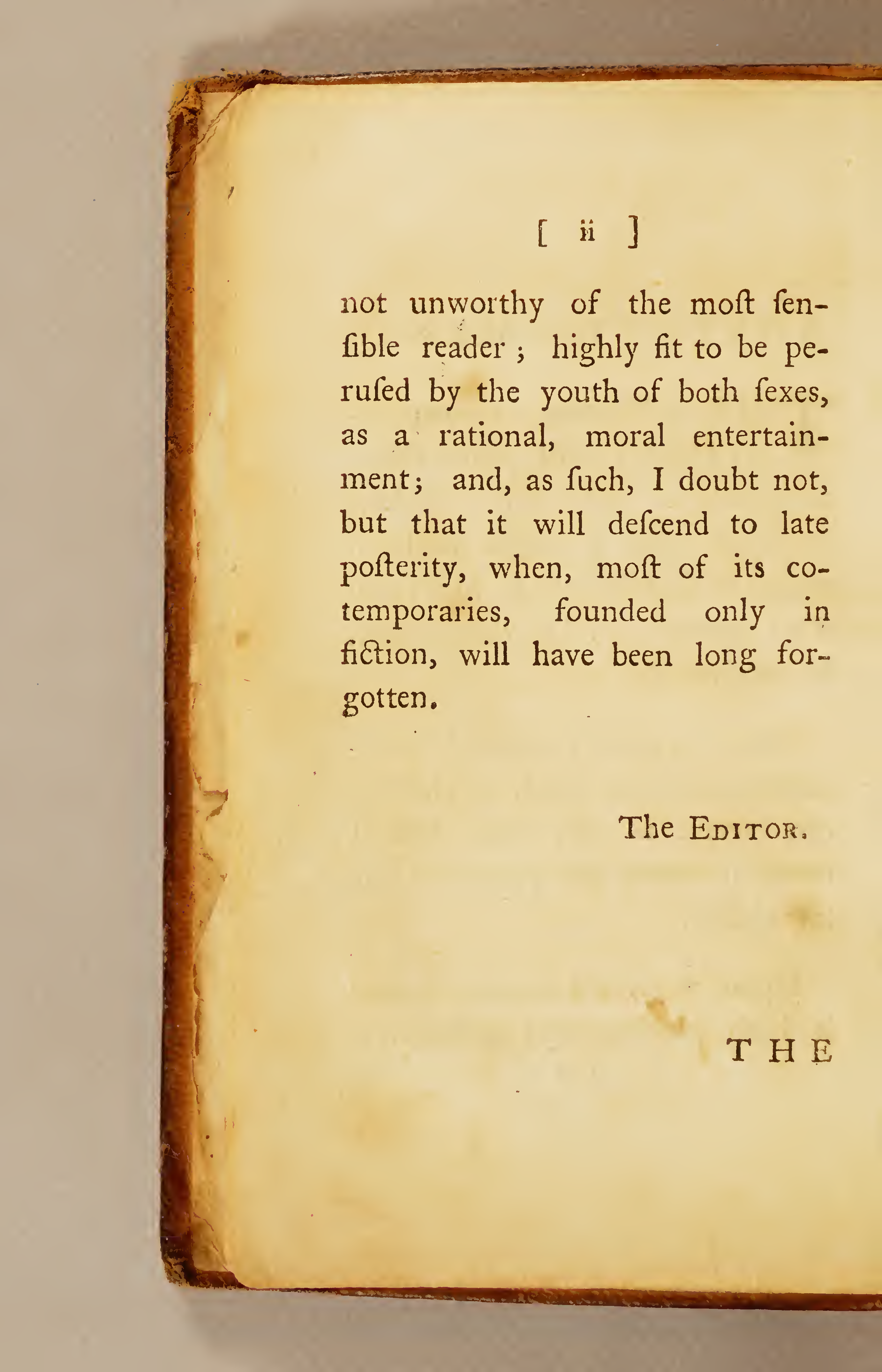



![Page 4 [page breaks after 'settle-']](https://anthologyassetsdev.lib.virginia.edu/winkfield-female-american/pageImages/004.png)

![Page 6 [page breaks after 'flou-']](https://anthologyassetsdev.lib.virginia.edu/winkfield-female-american/pageImages/006.png)
![Page 7 [page breaks after 'num-']](https://anthologyassetsdev.lib.virginia.edu/winkfield-female-american/pageImages/007.png)







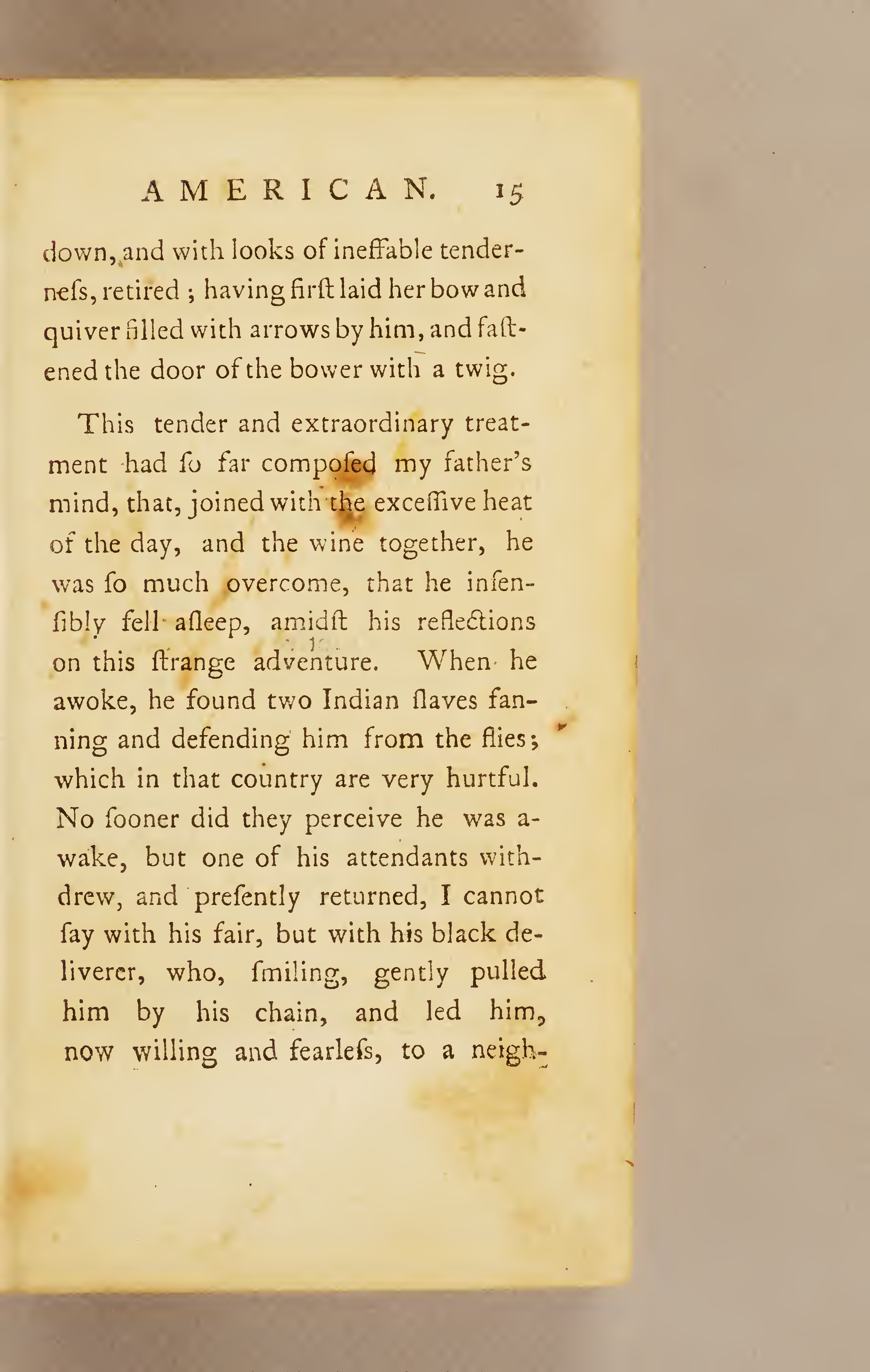
![Page 16 [page breaks after 'neigh-']](https://anthologyassetsdev.lib.virginia.edu/winkfield-female-american/pageImages/016.png)
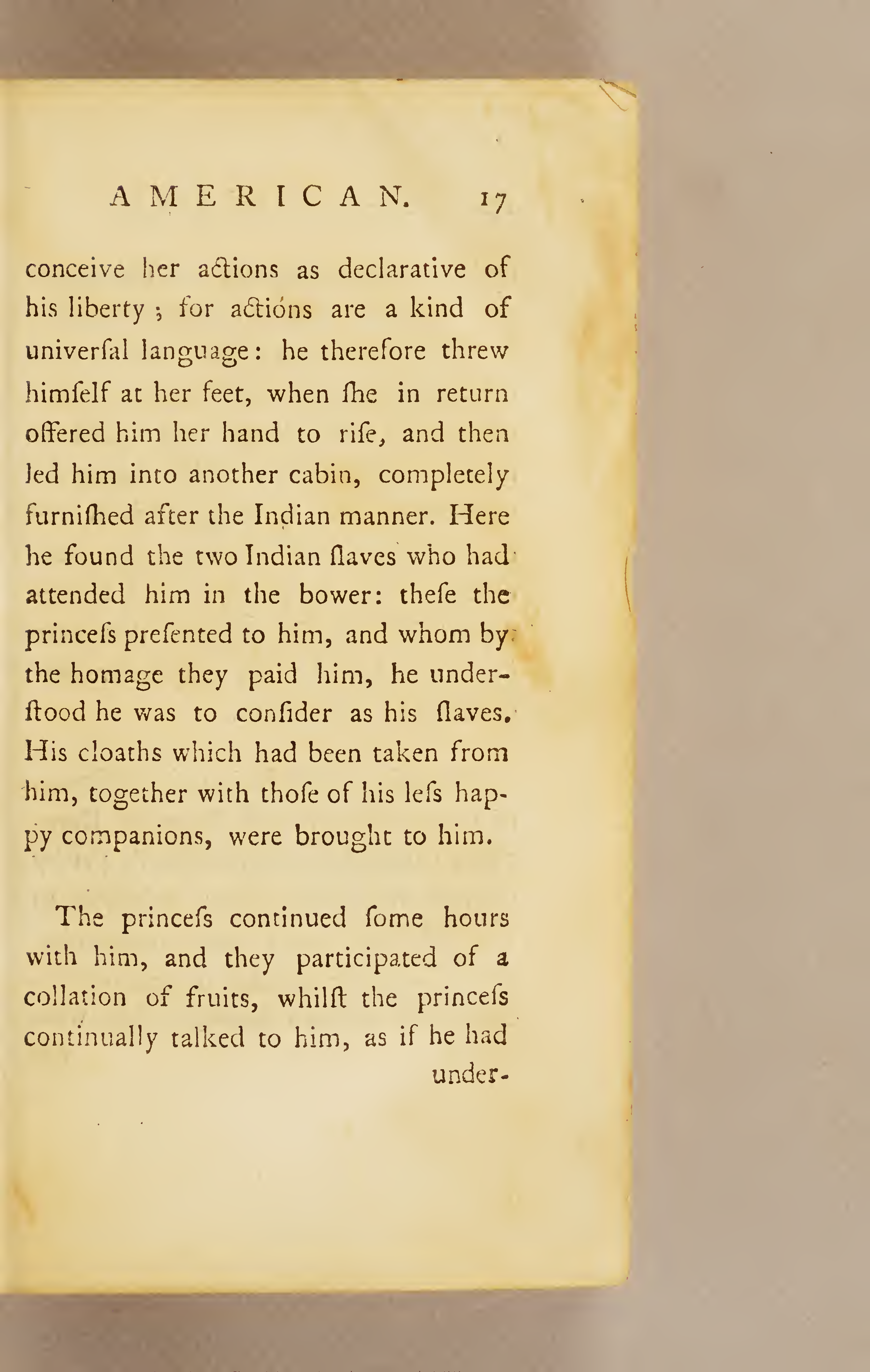
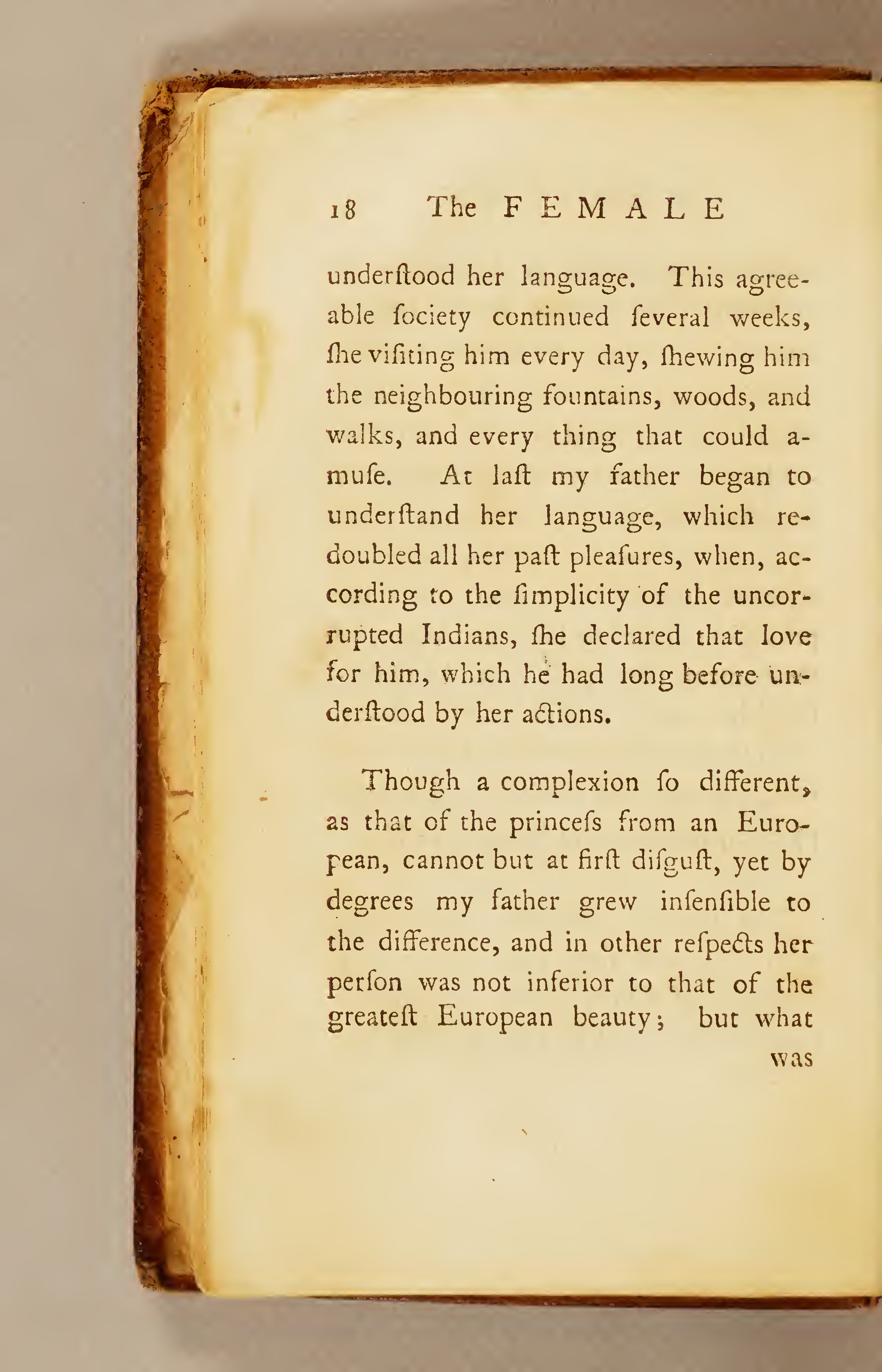
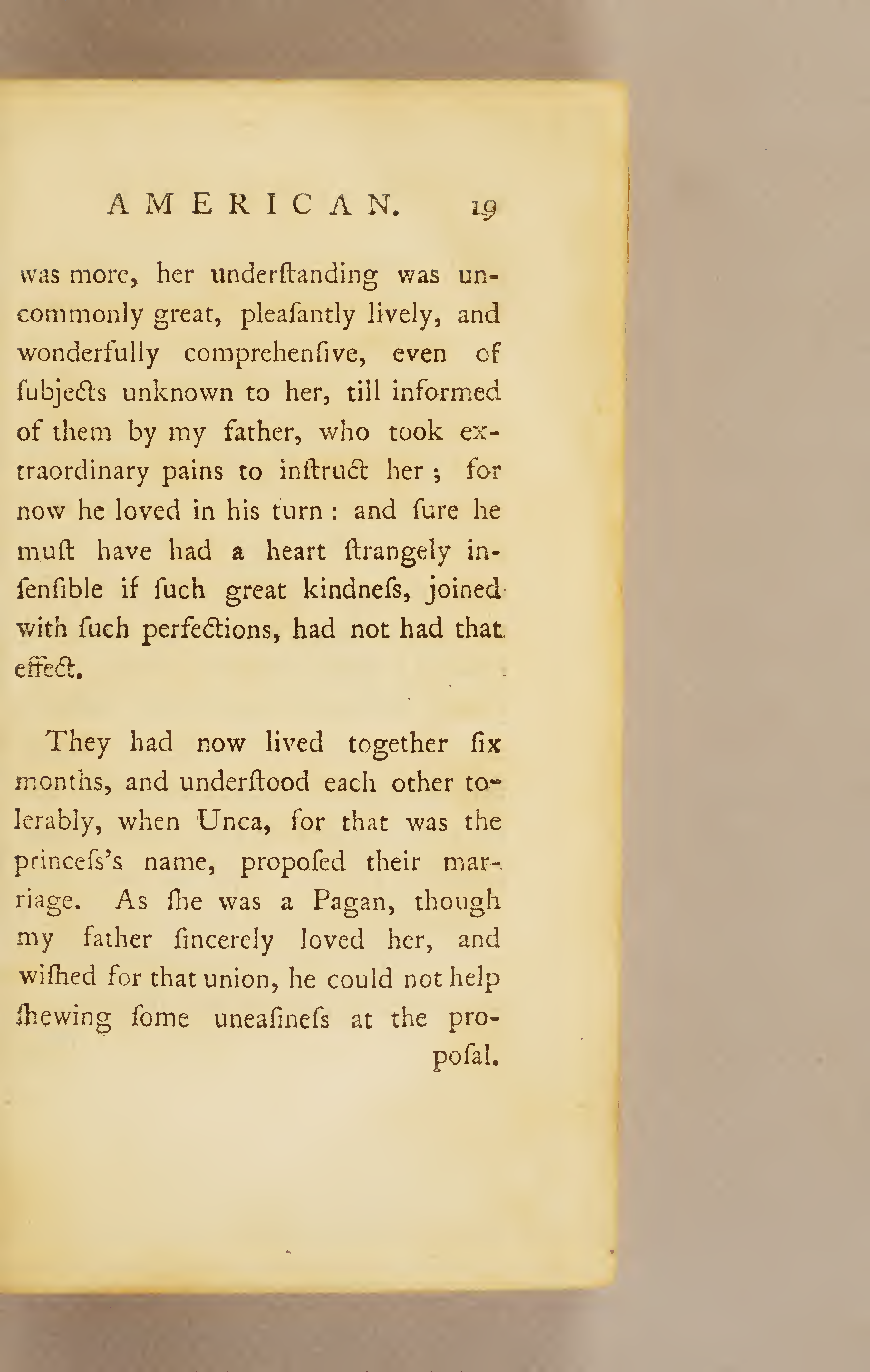
![Page 20 [page breaks after 'pro-']](https://anthologyassetsdev.lib.virginia.edu/winkfield-female-american/pageImages/020.png)
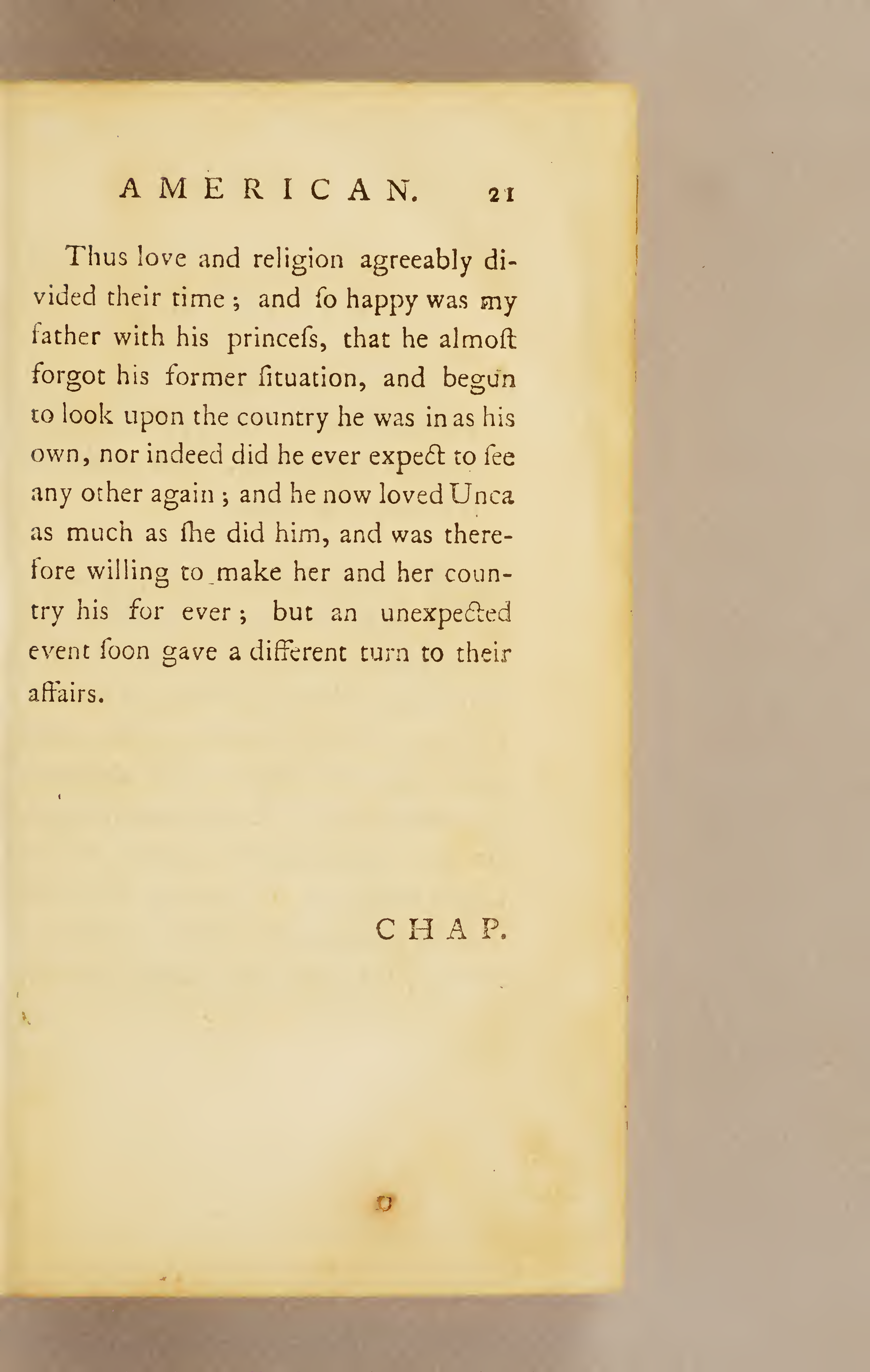
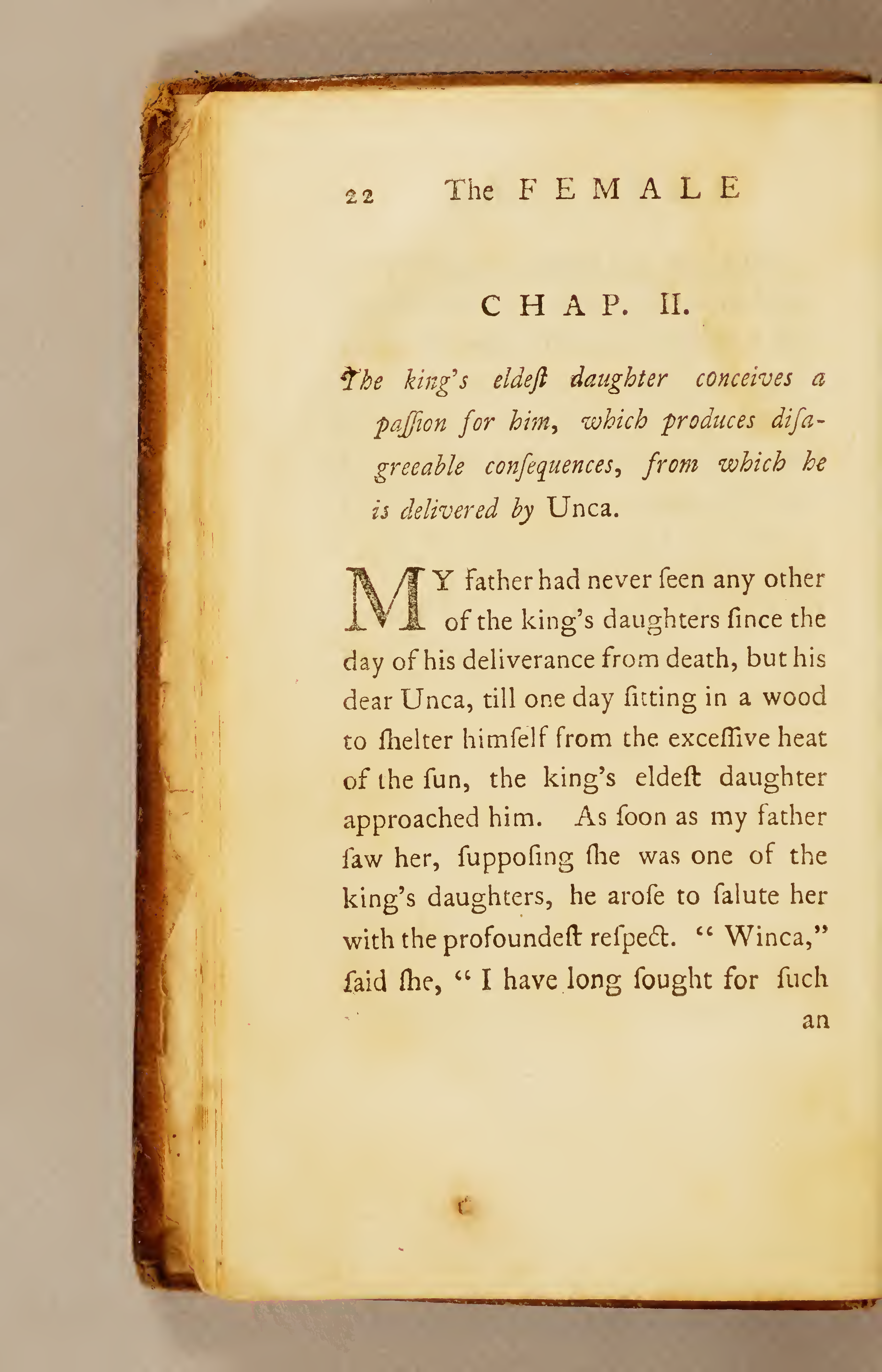
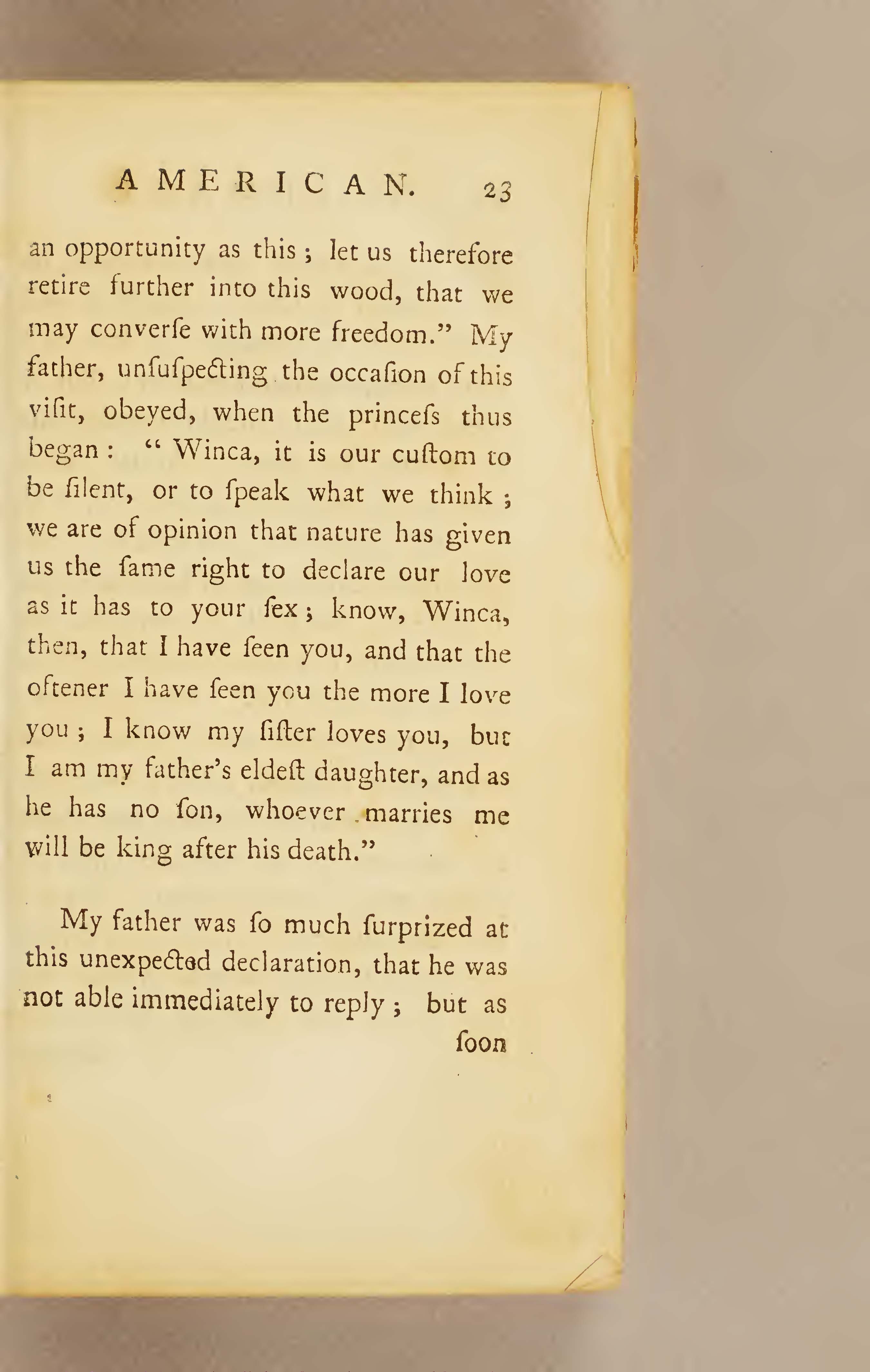
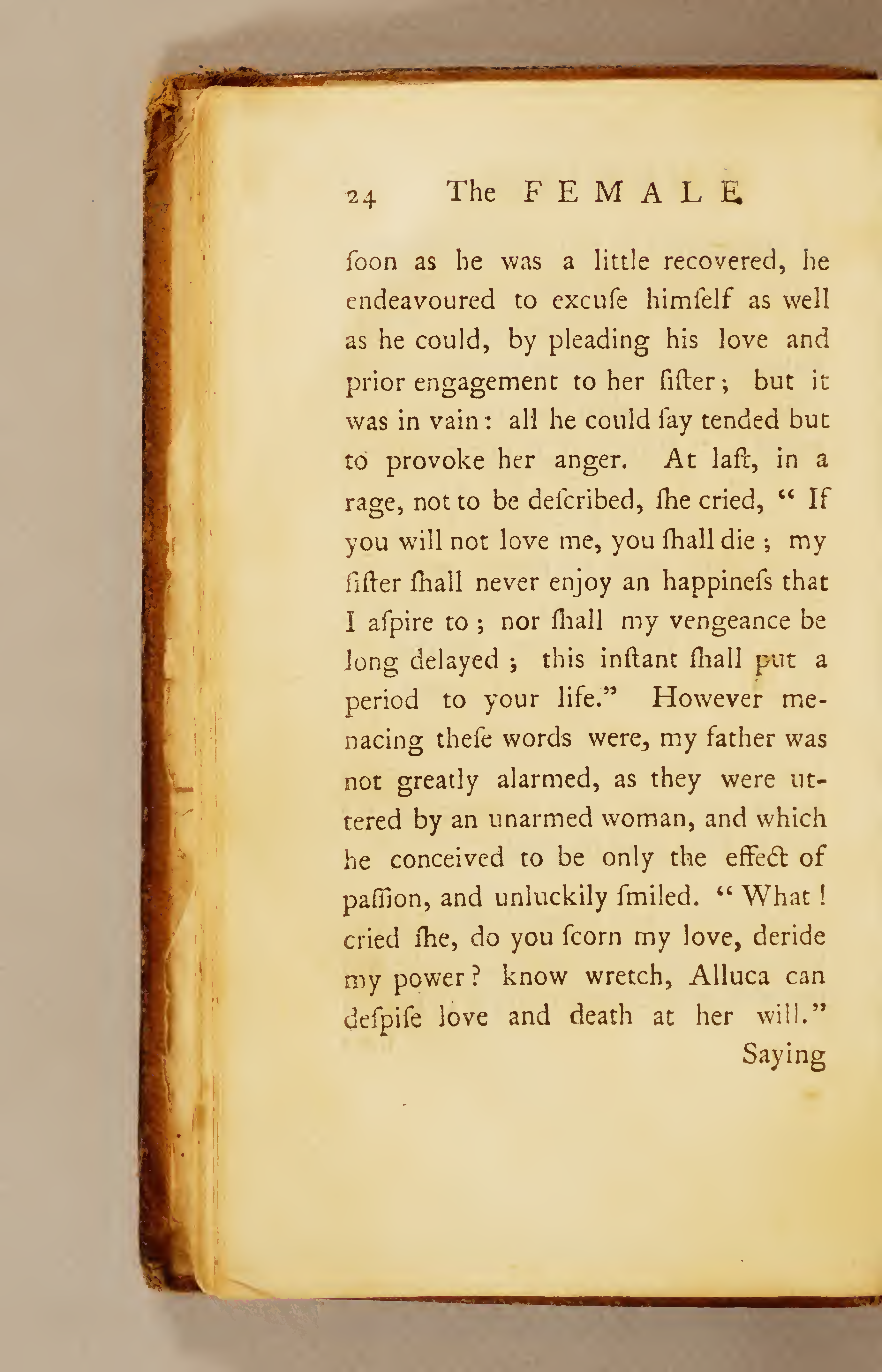
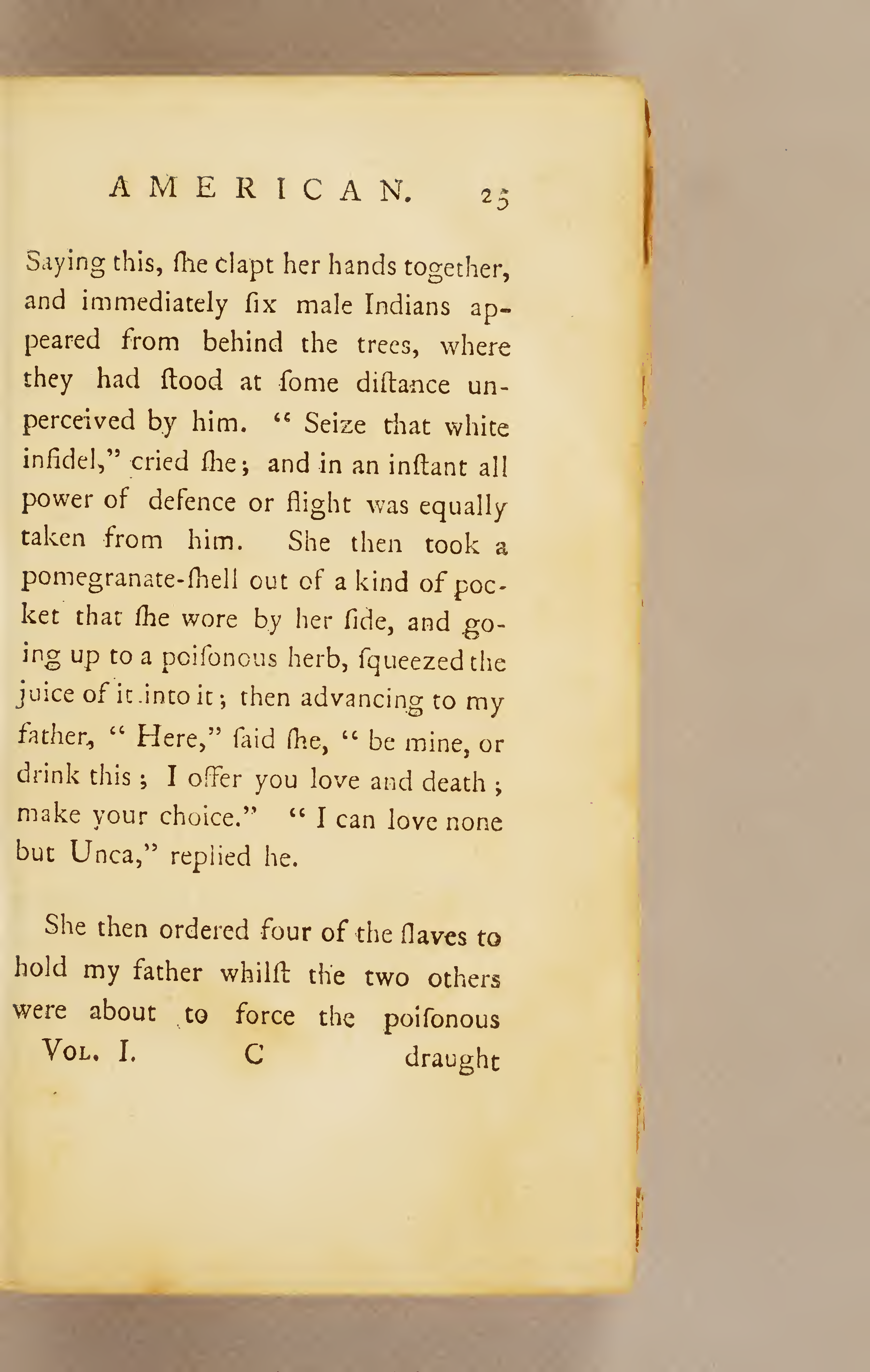
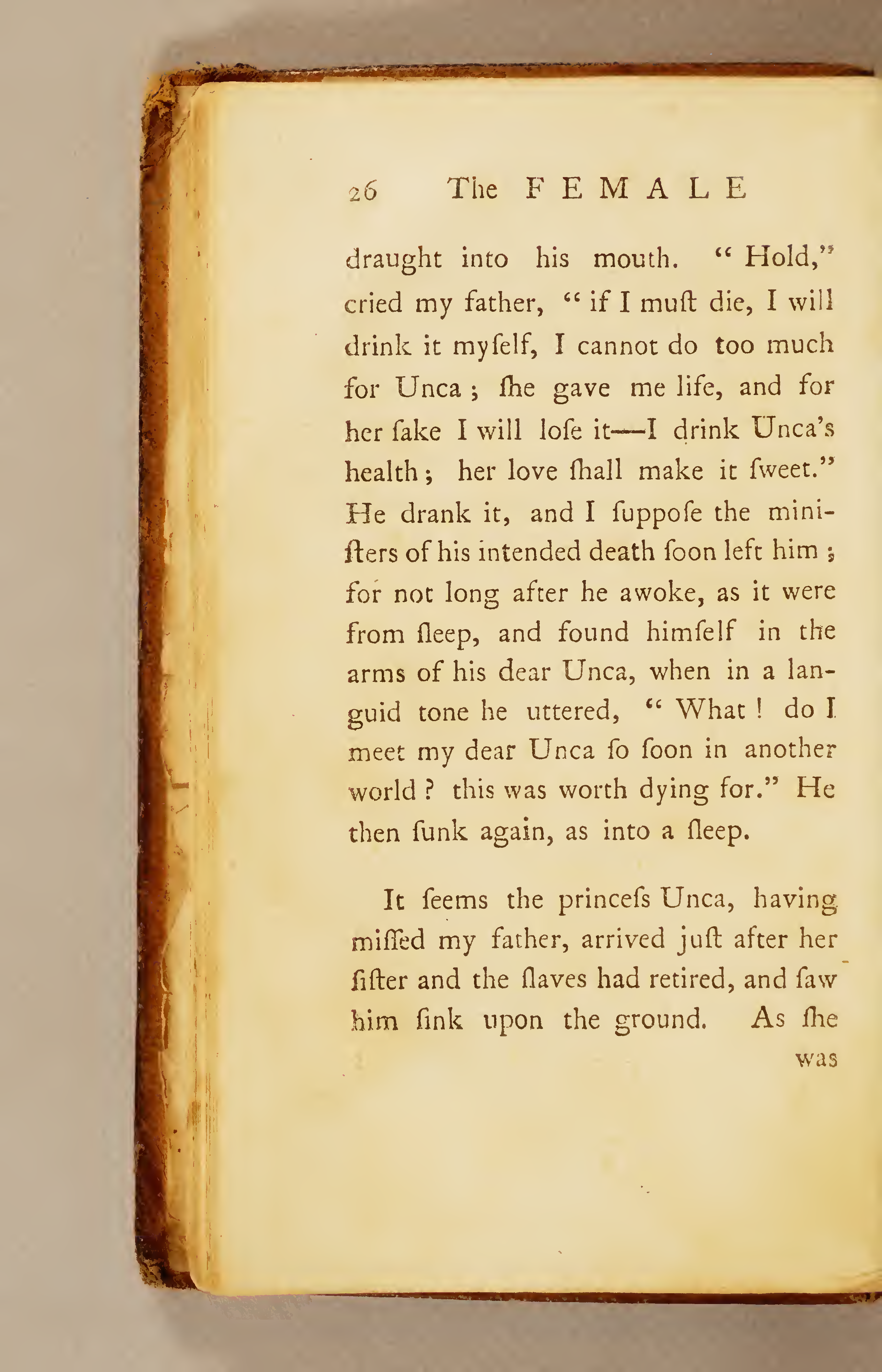
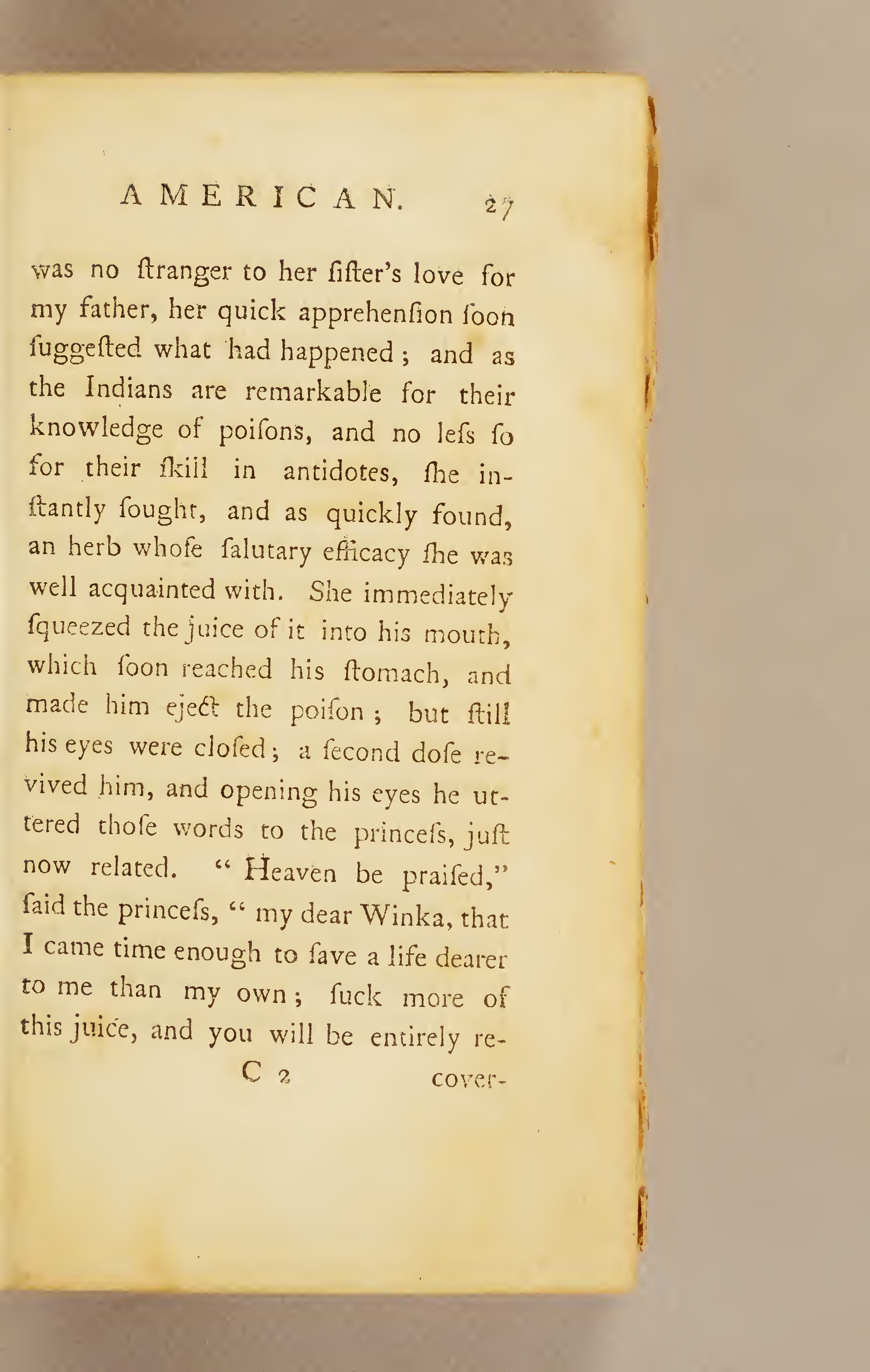
![Page 28 [page breaks after 're-']](https://anthologyassetsdev.lib.virginia.edu/winkfield-female-american/pageImages/028.png)
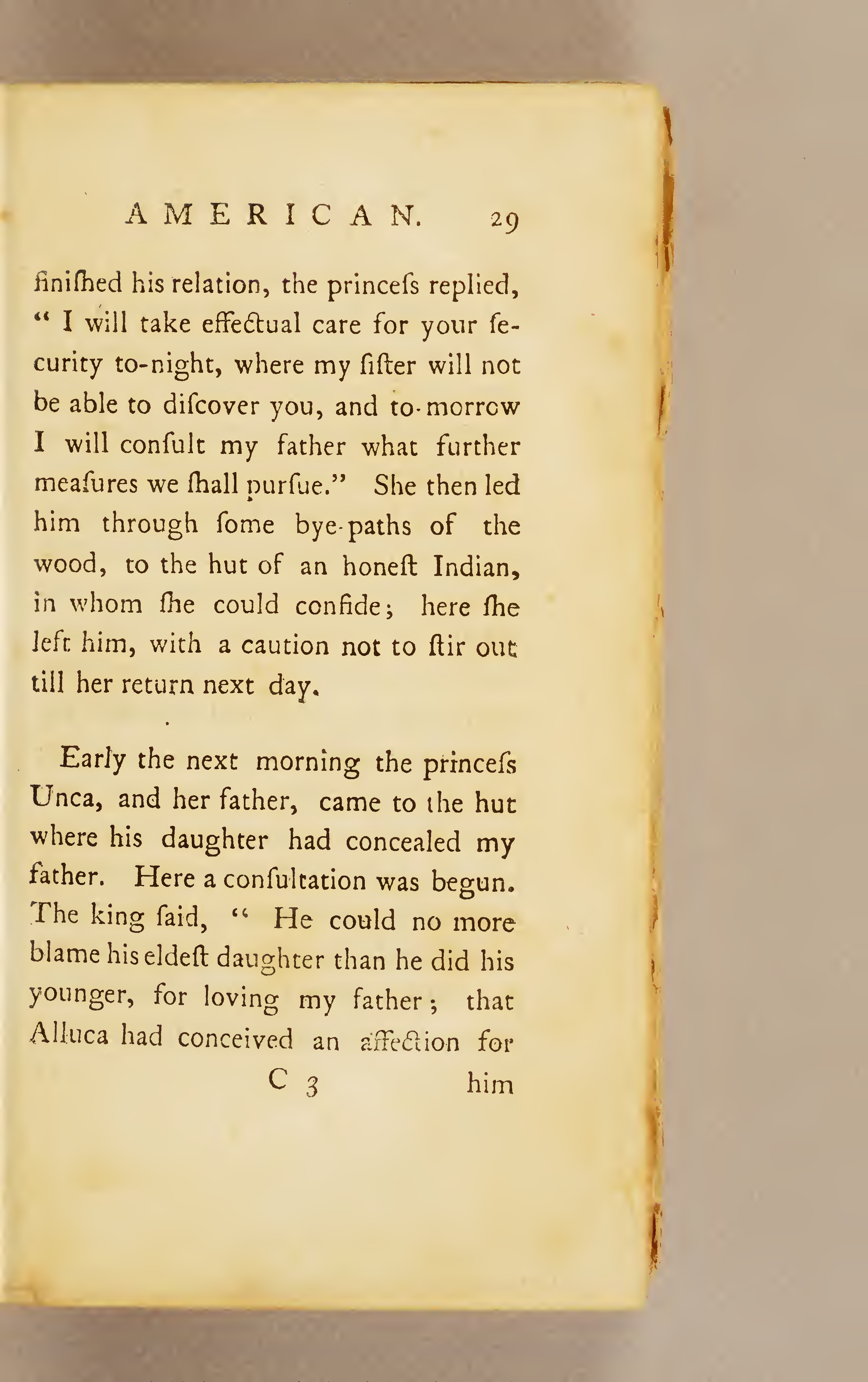
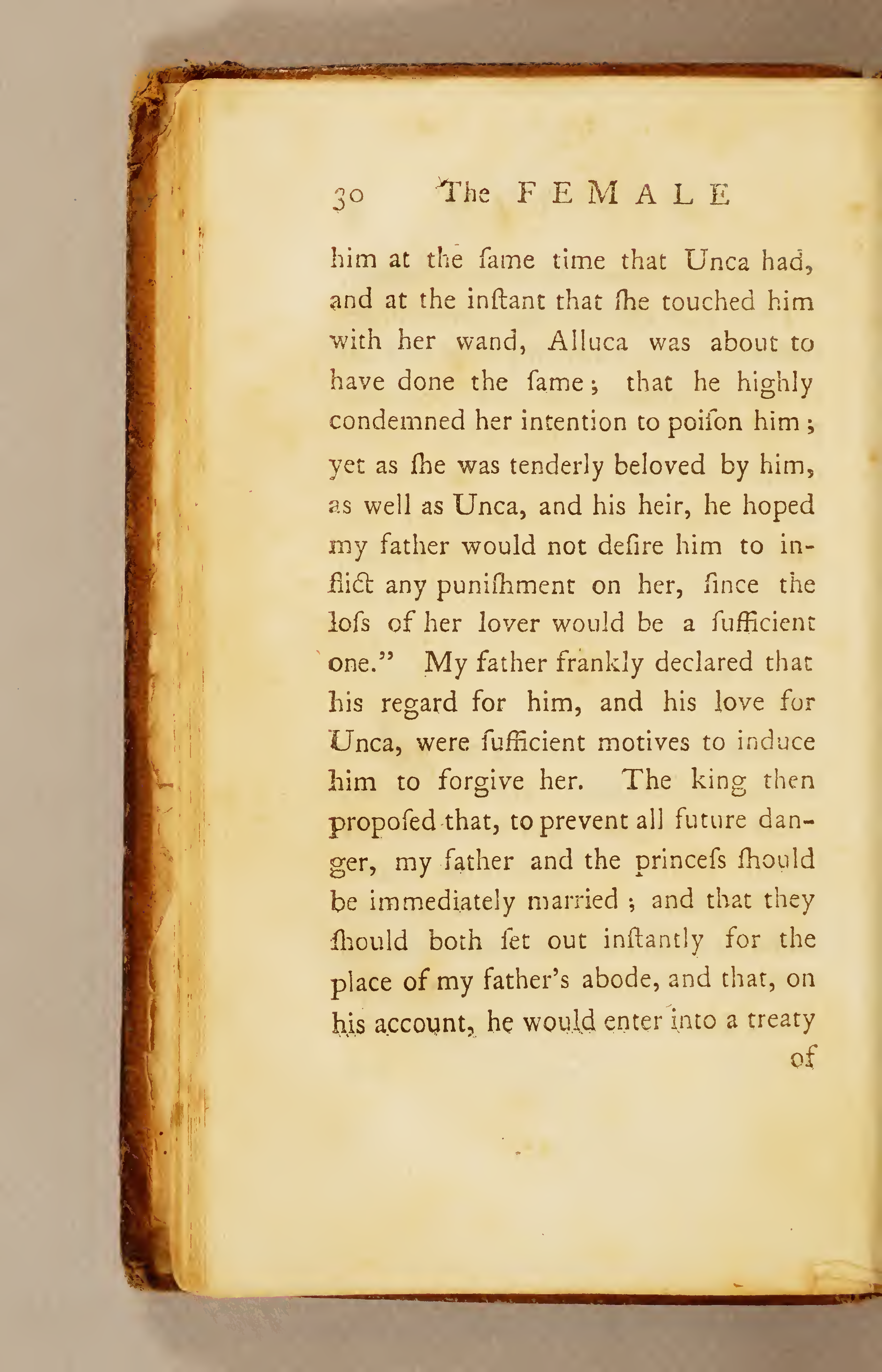
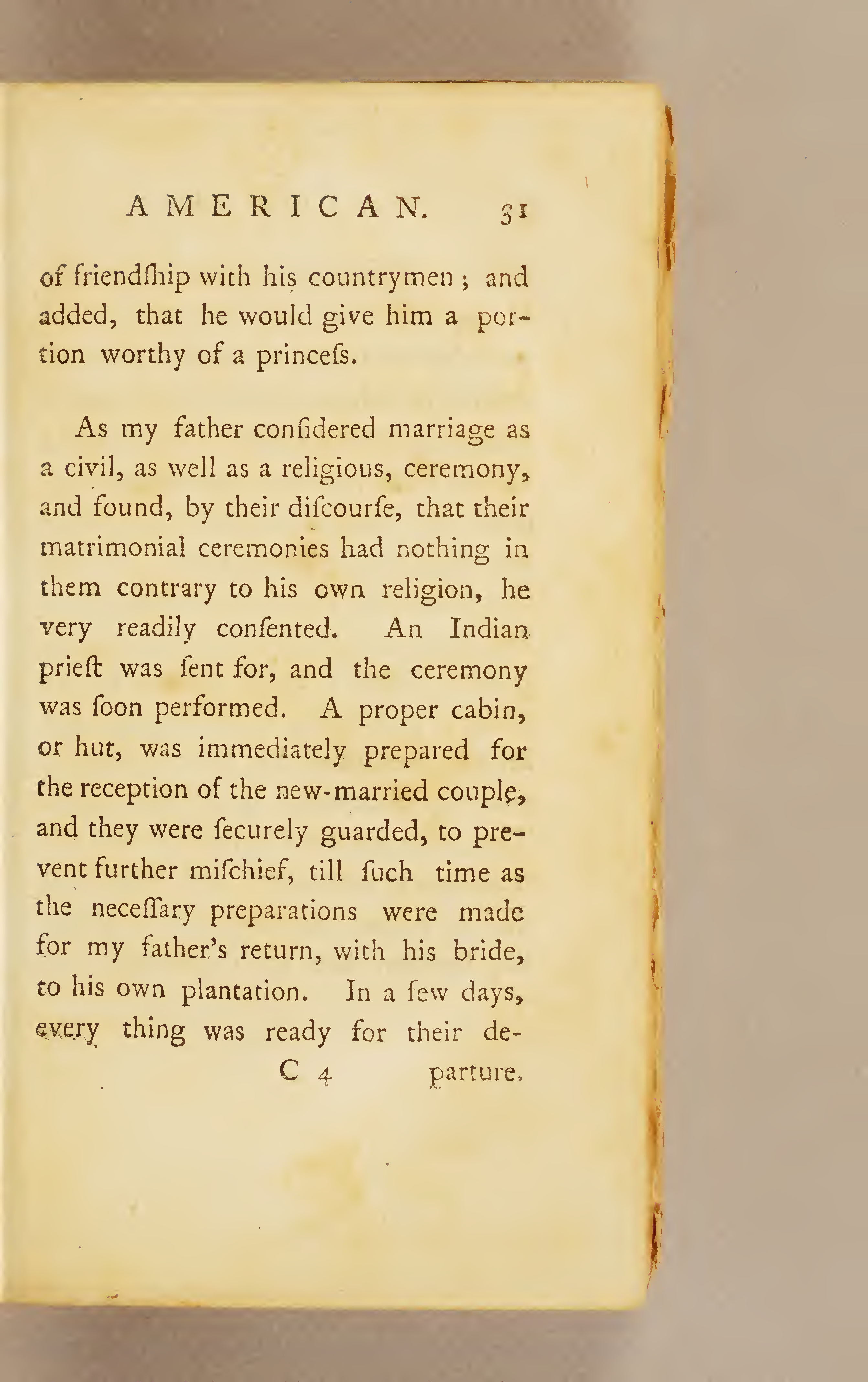
![Page 32 [page breaks after 'de-']](https://anthologyassetsdev.lib.virginia.edu/winkfield-female-american/pageImages/032.png)
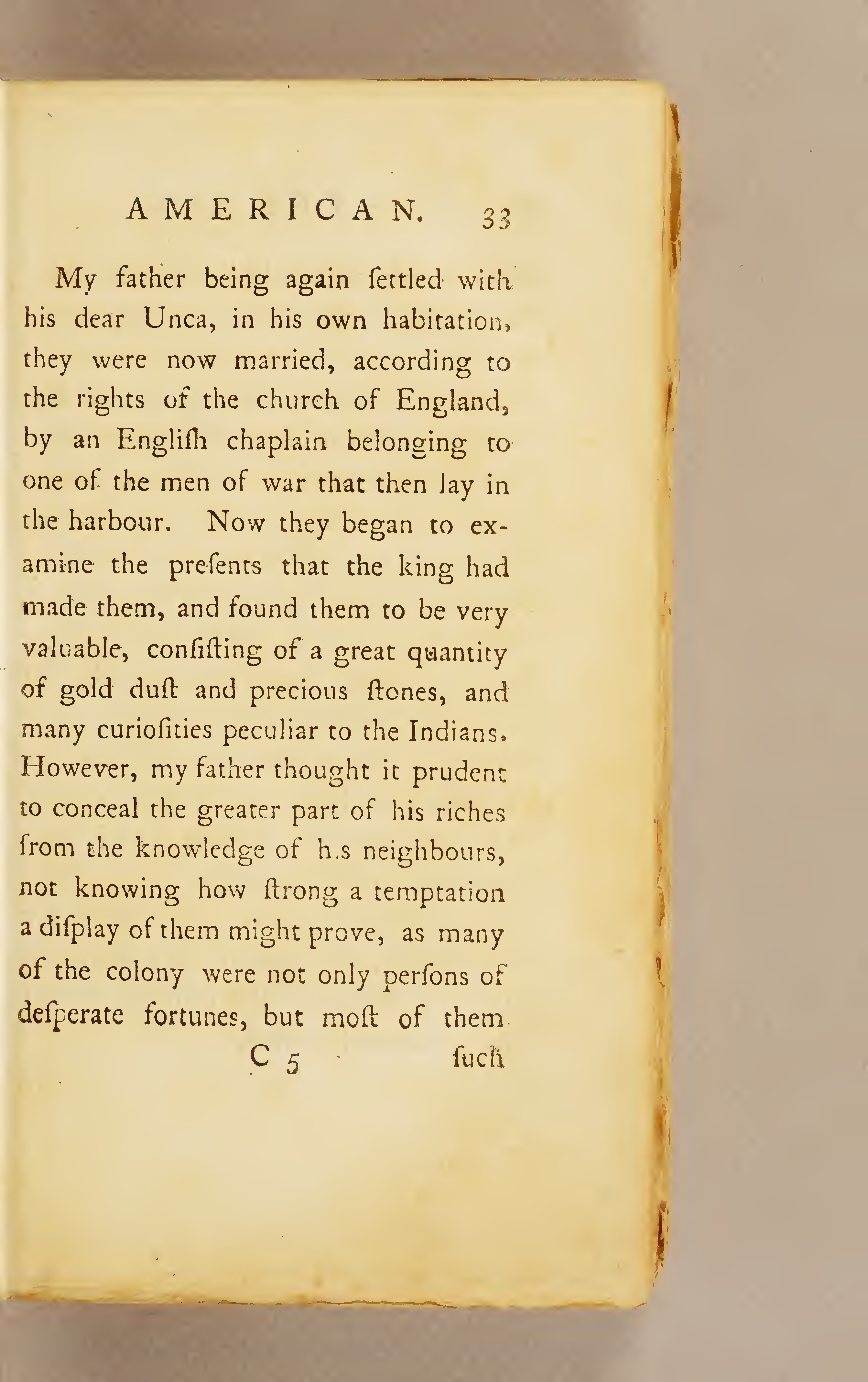
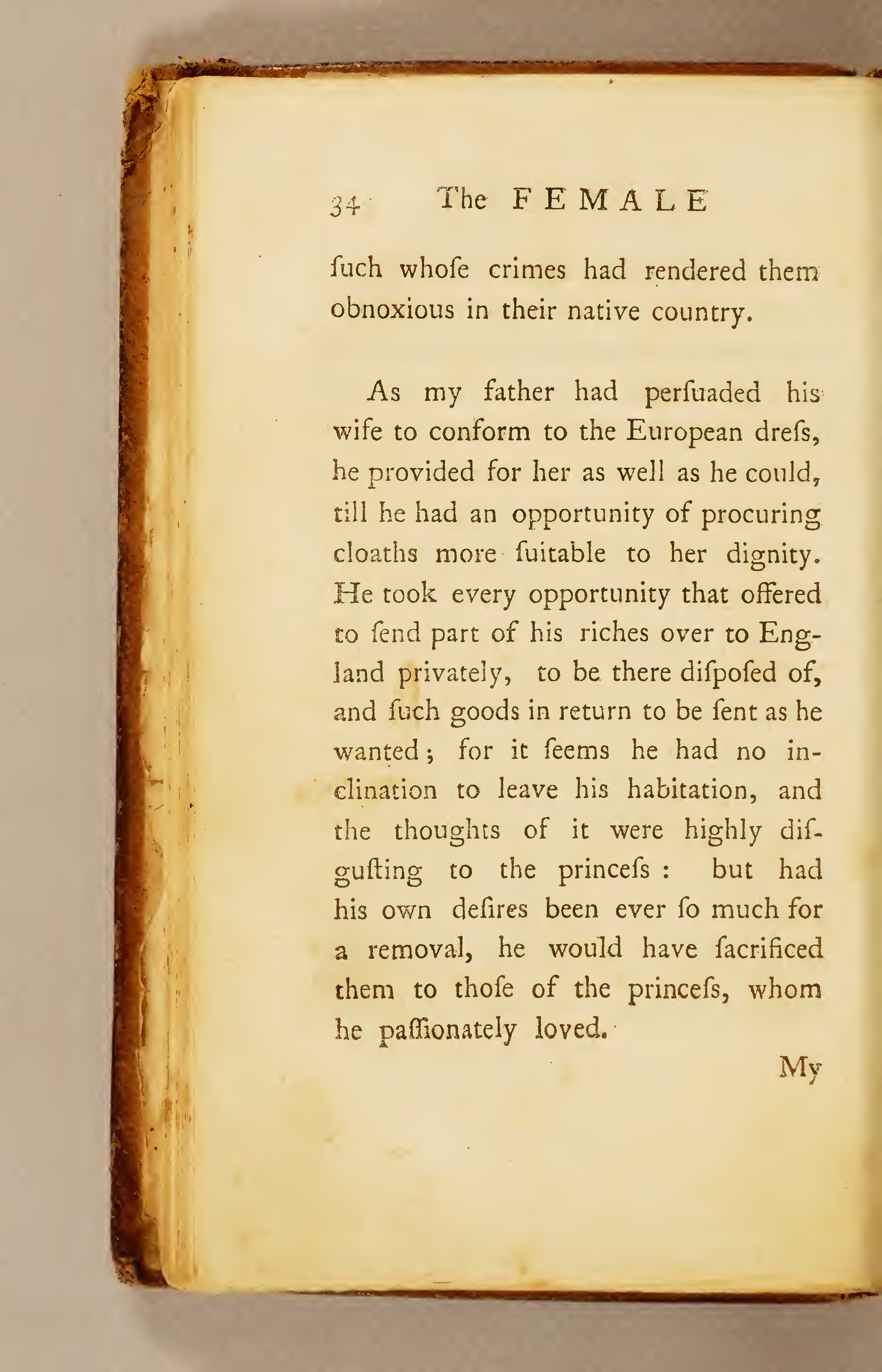
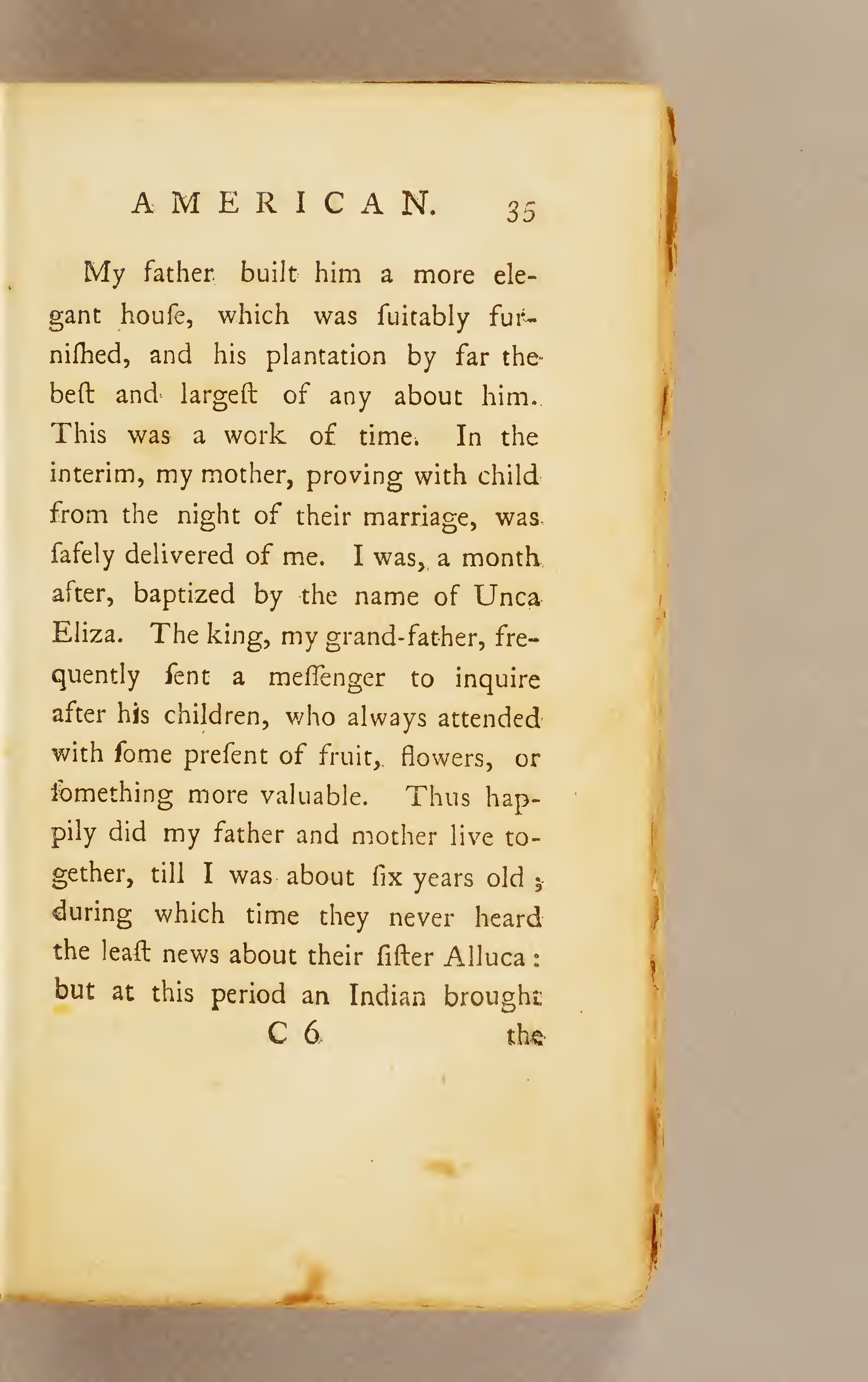
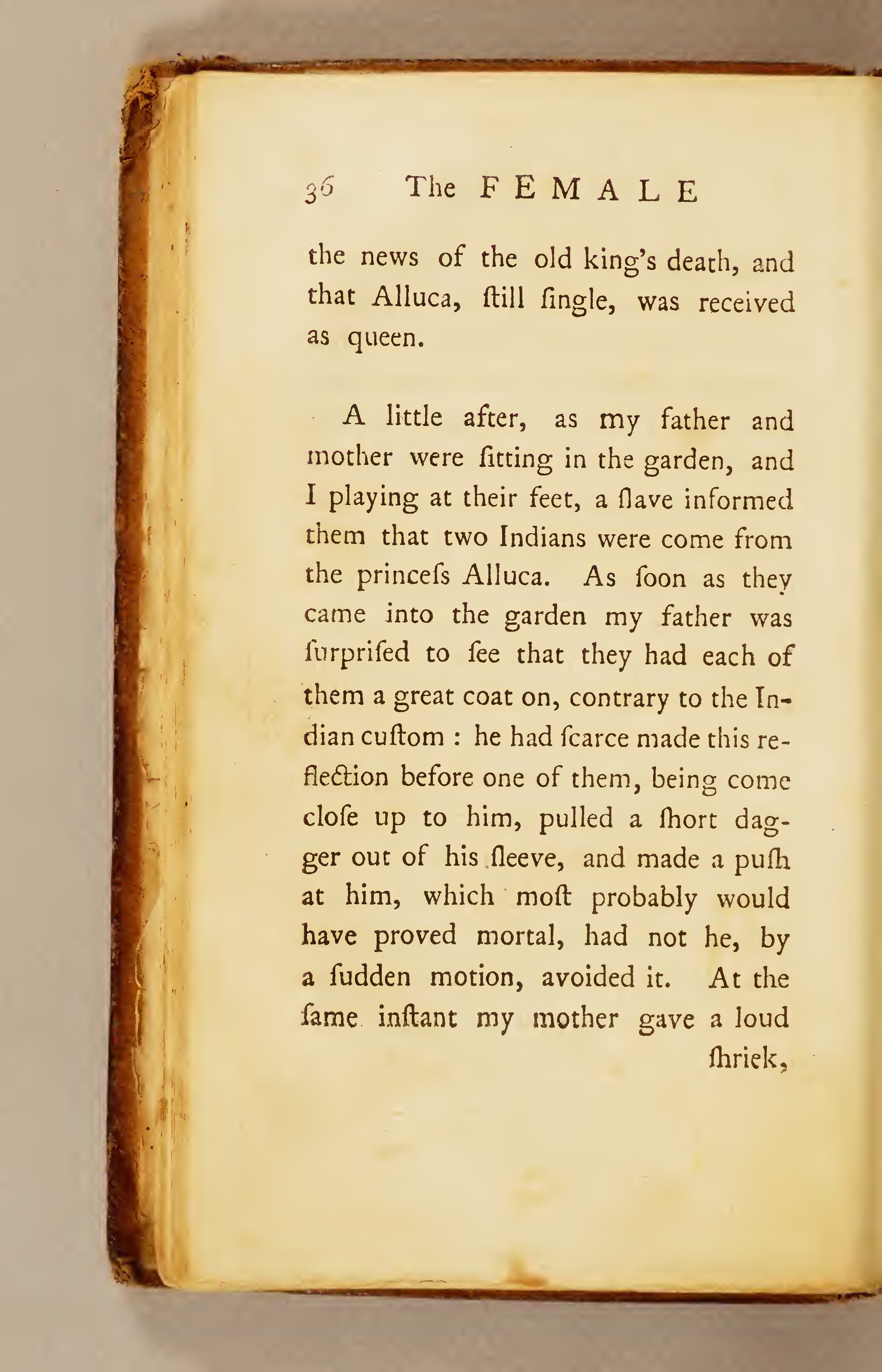
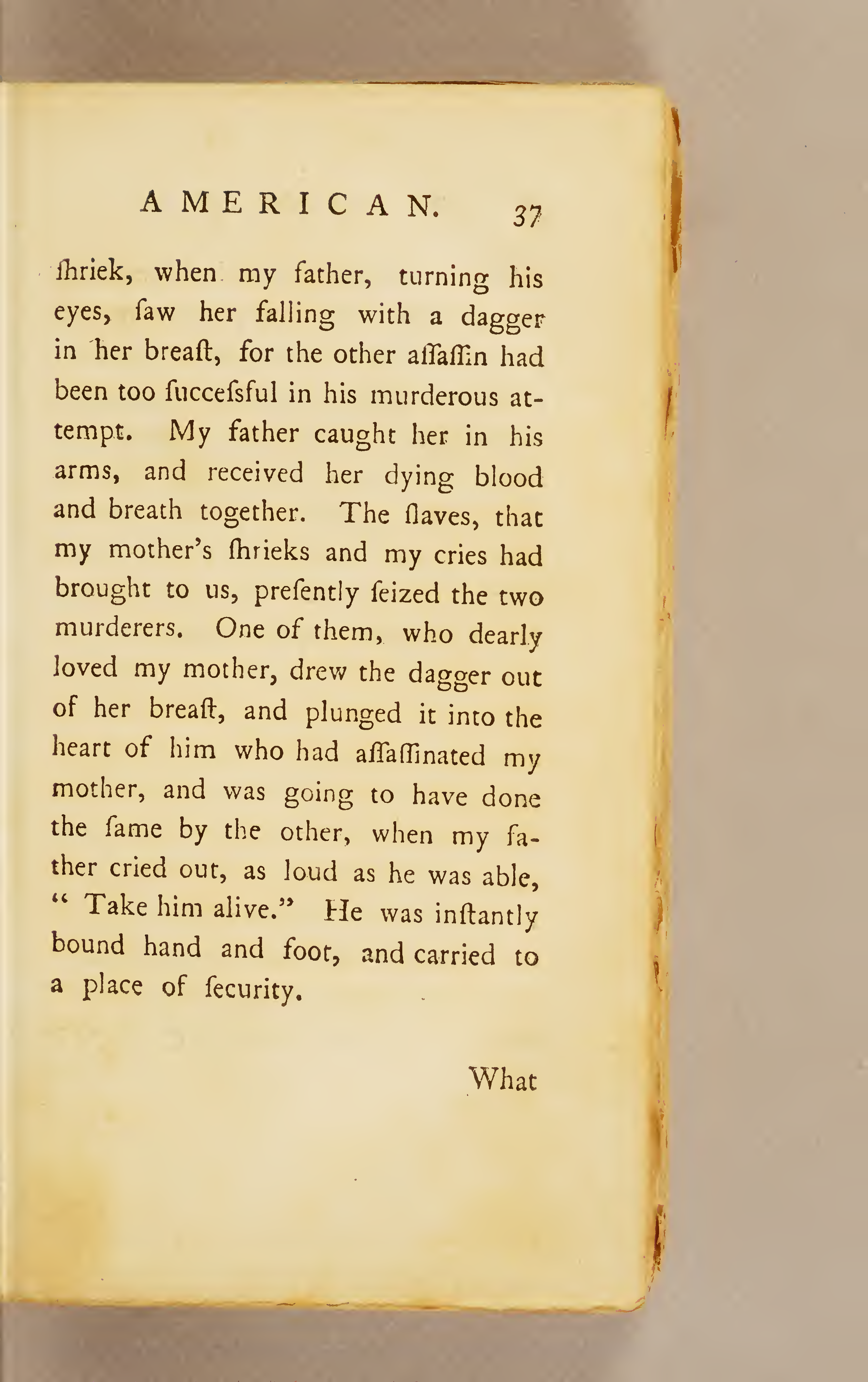
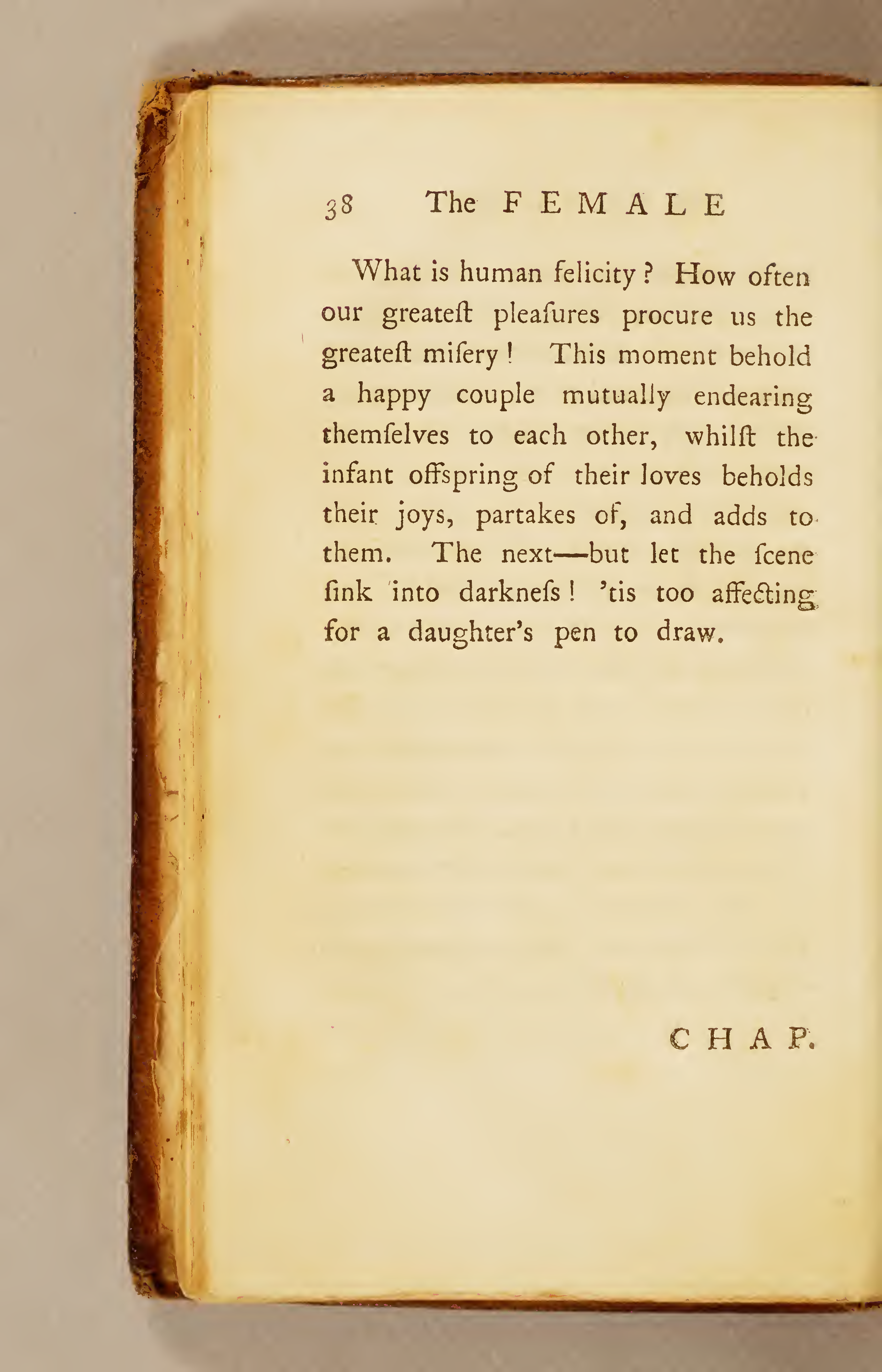

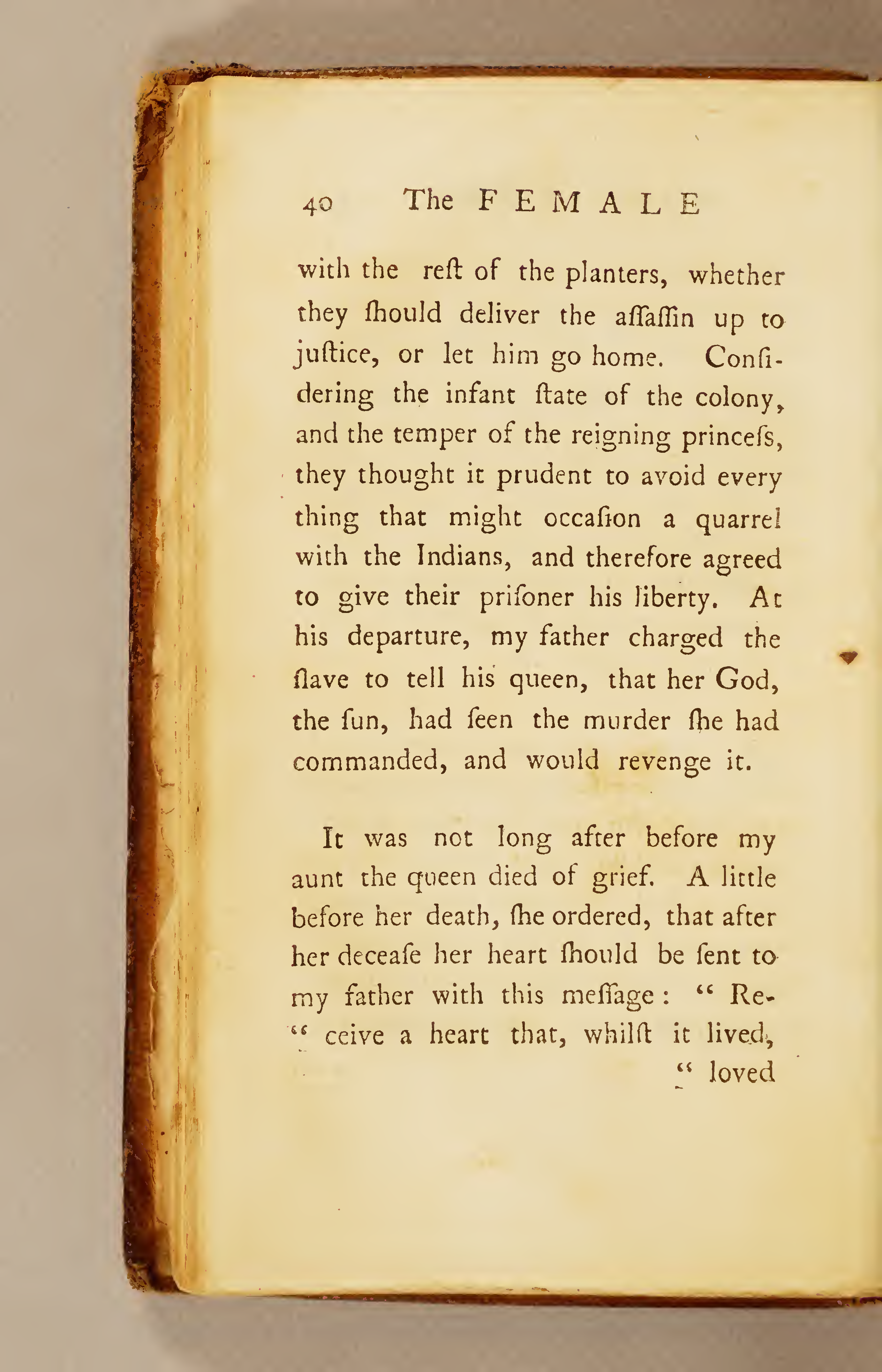
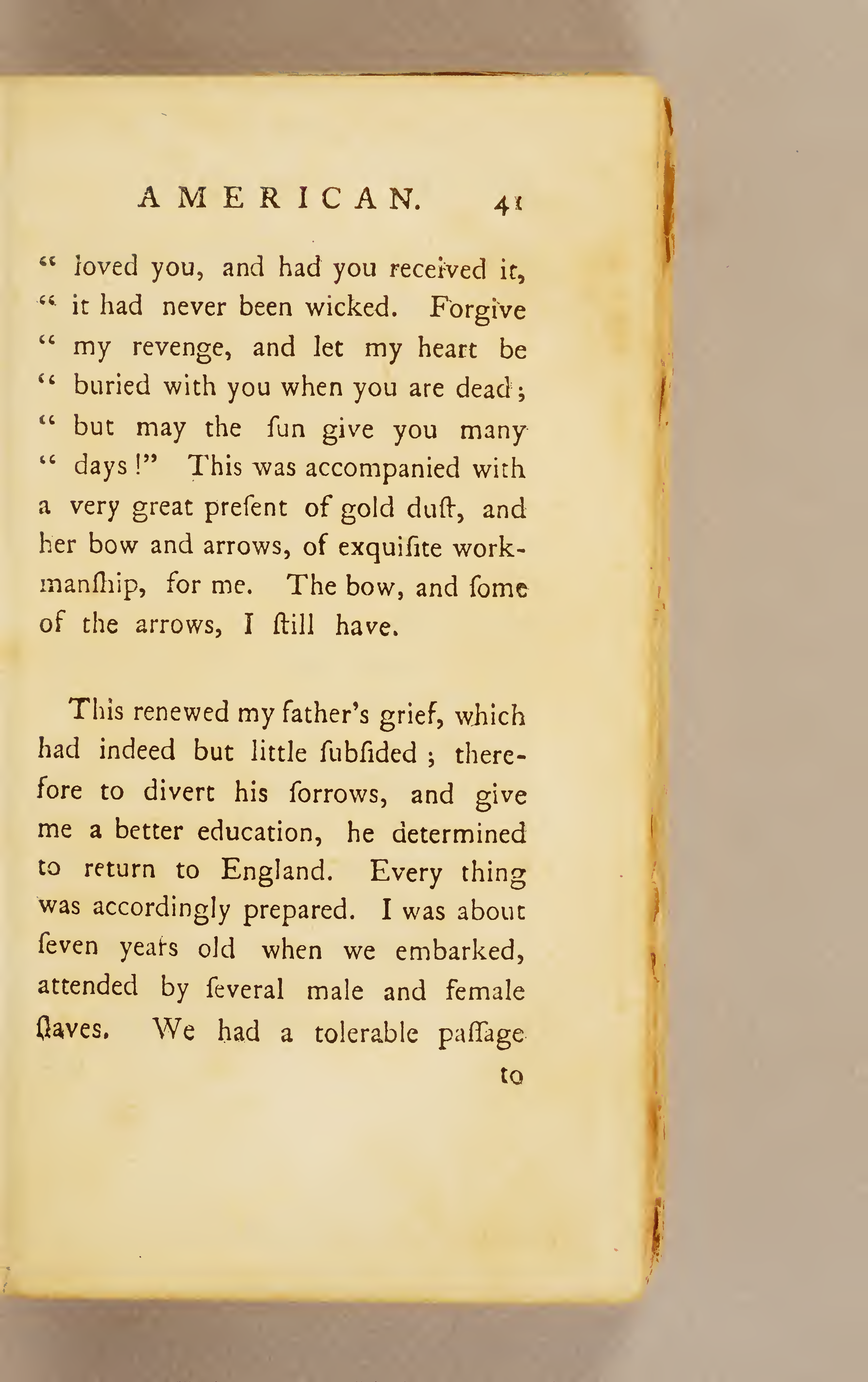
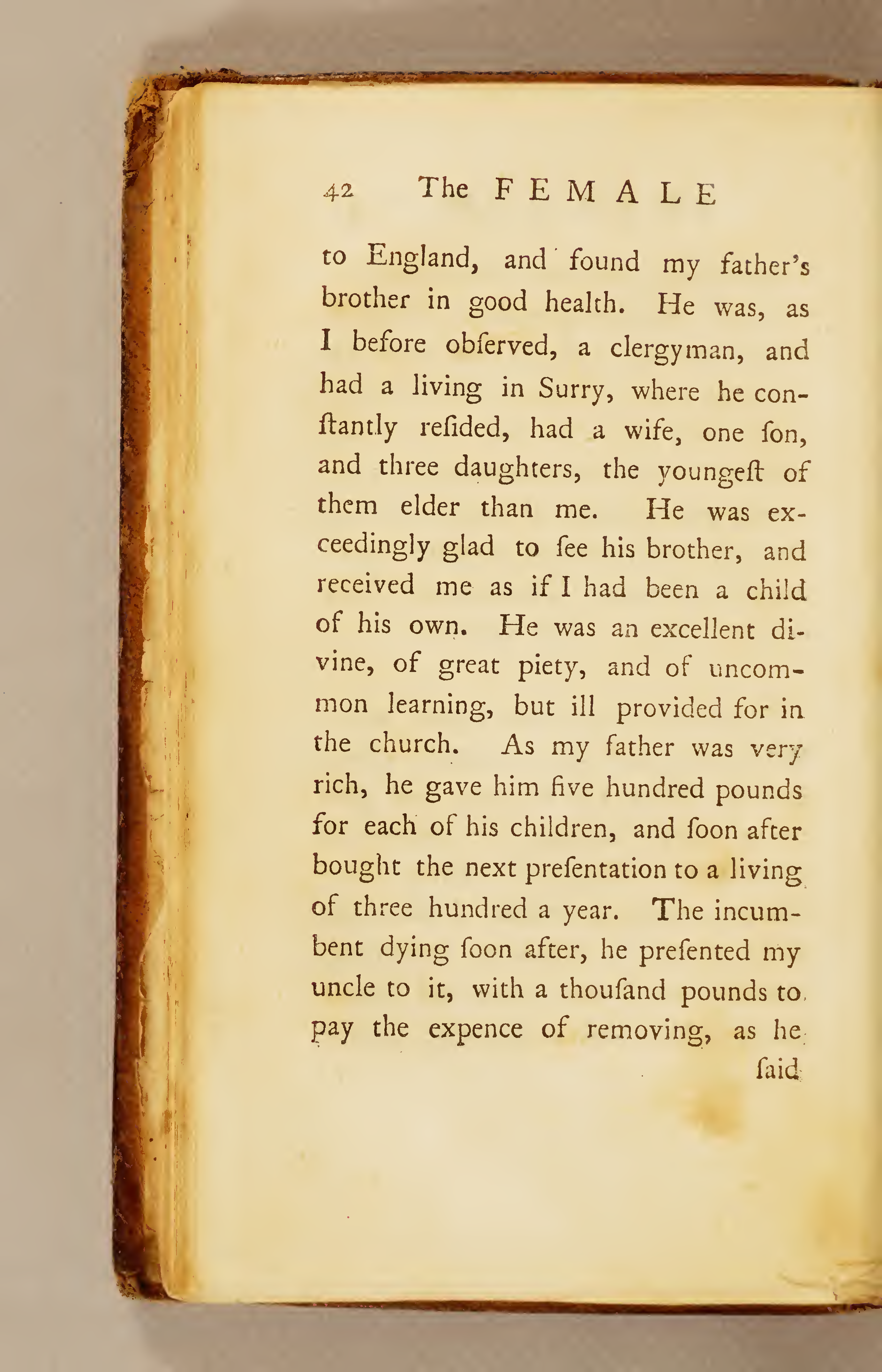
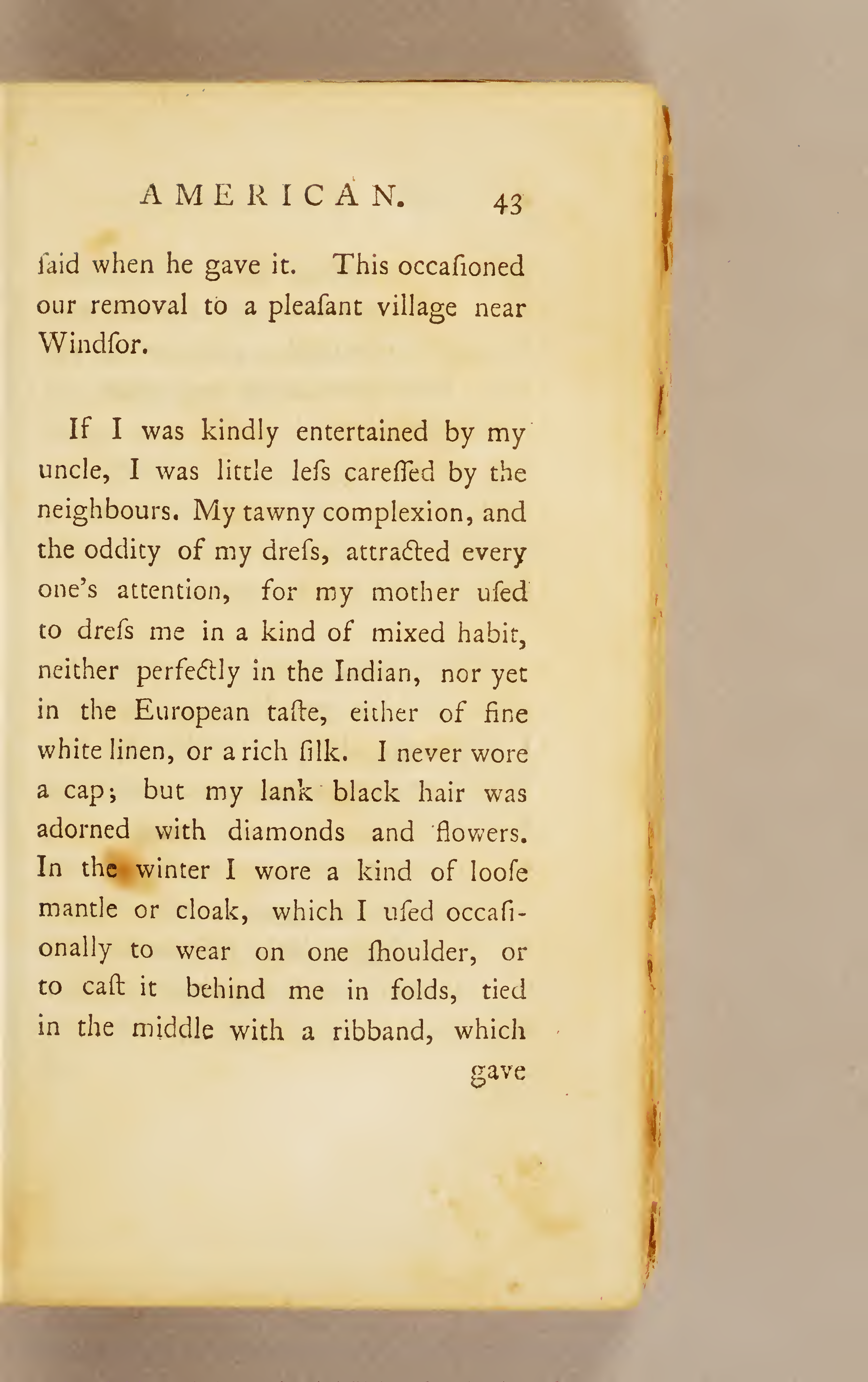
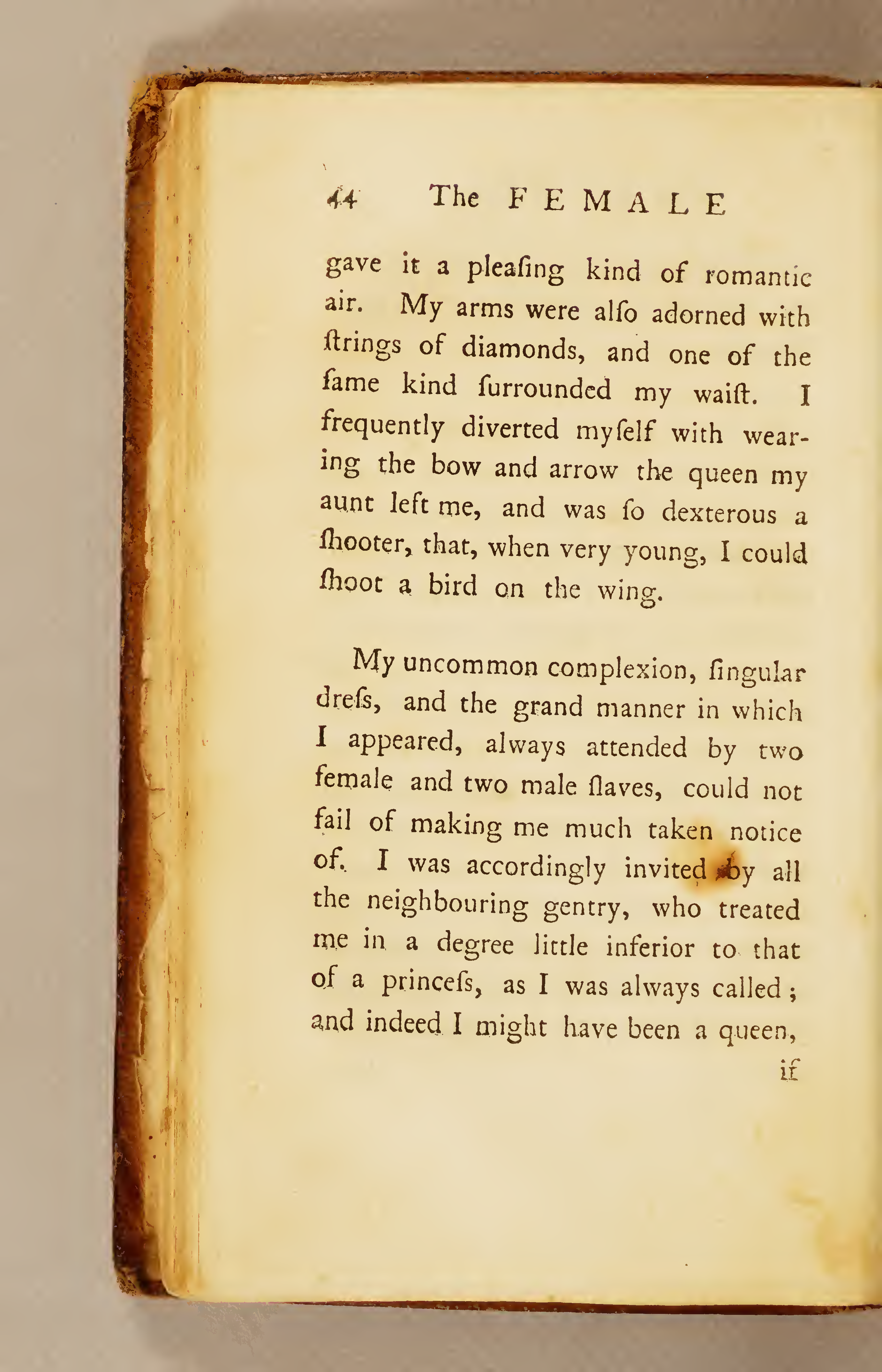
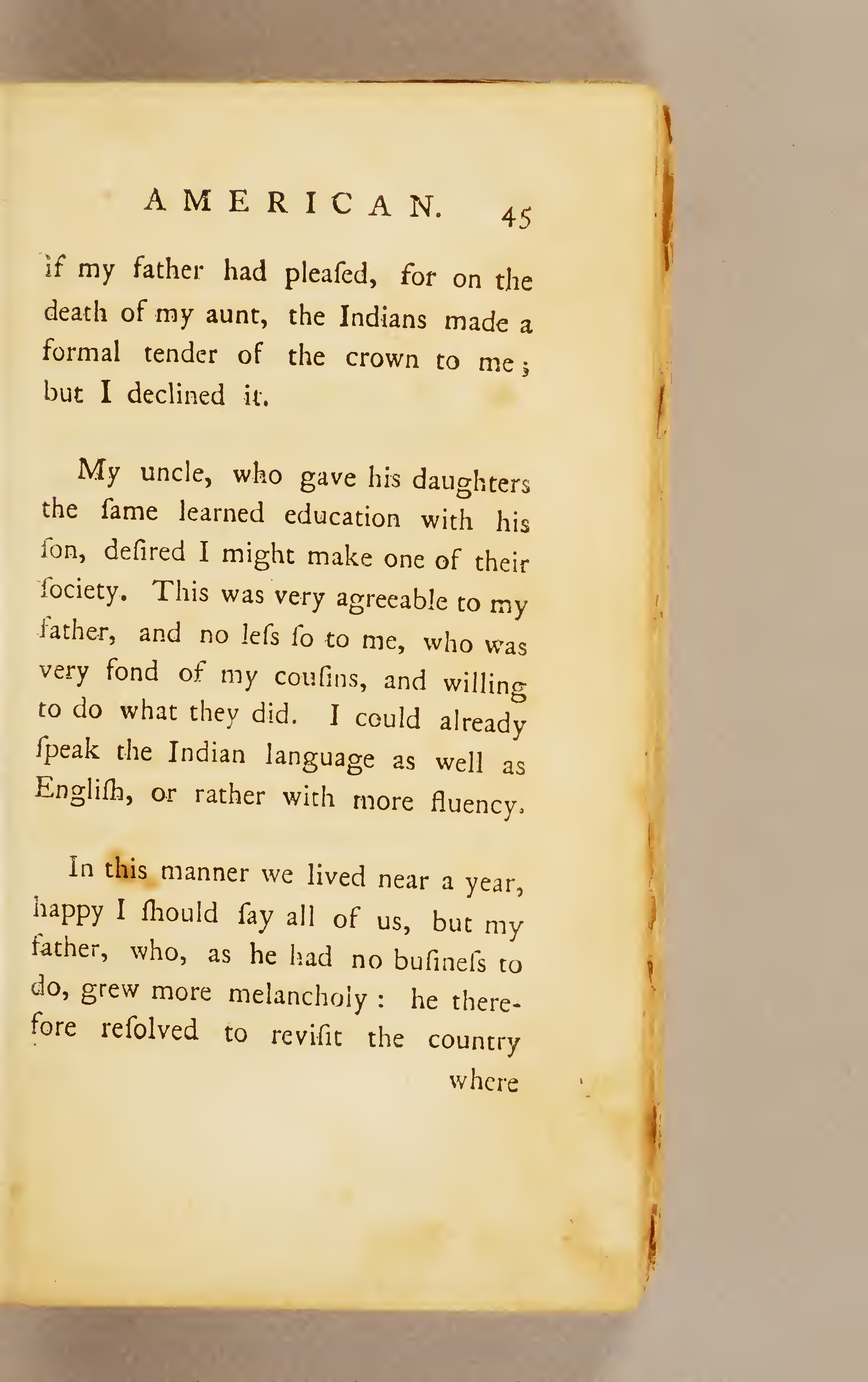
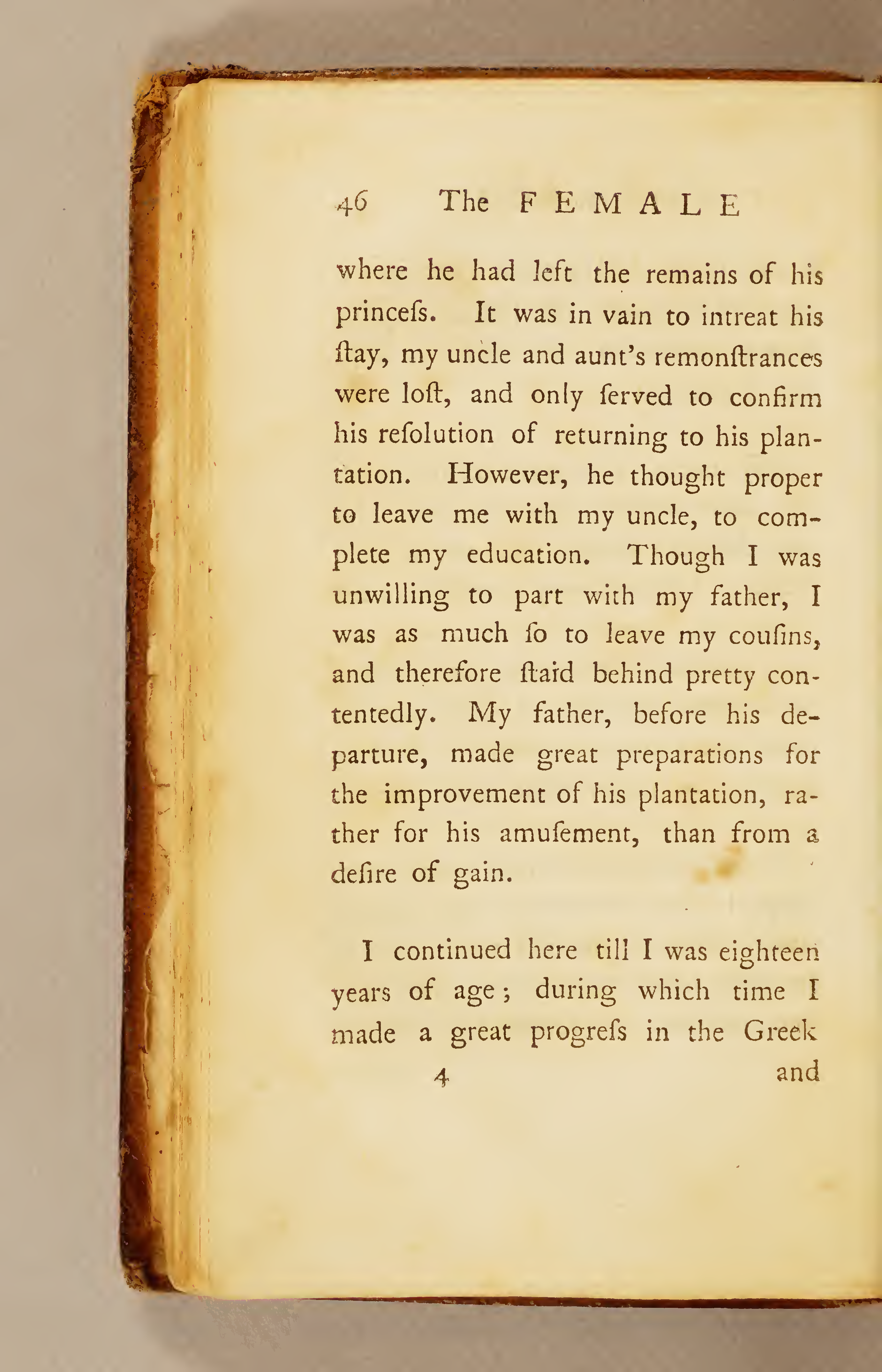
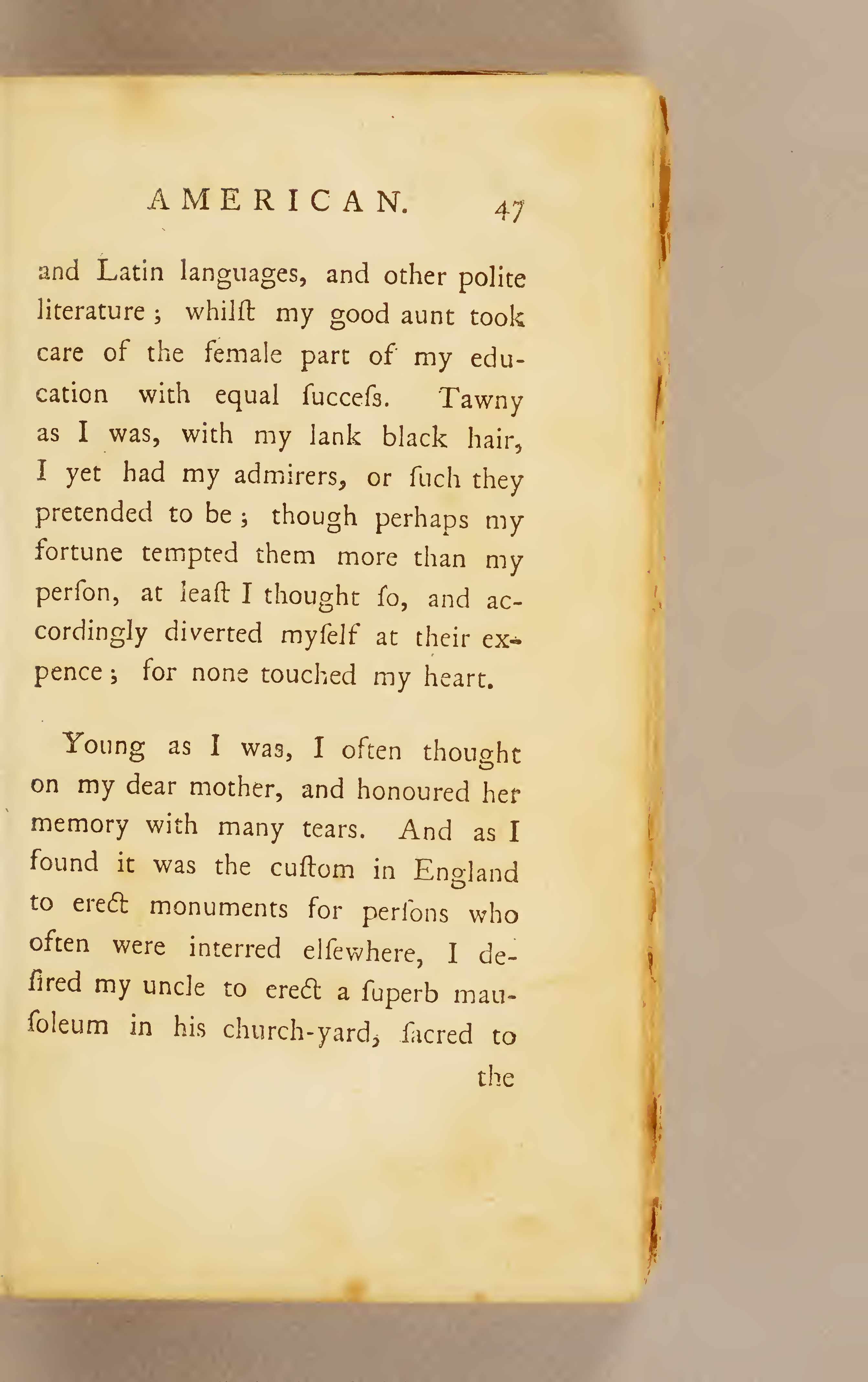
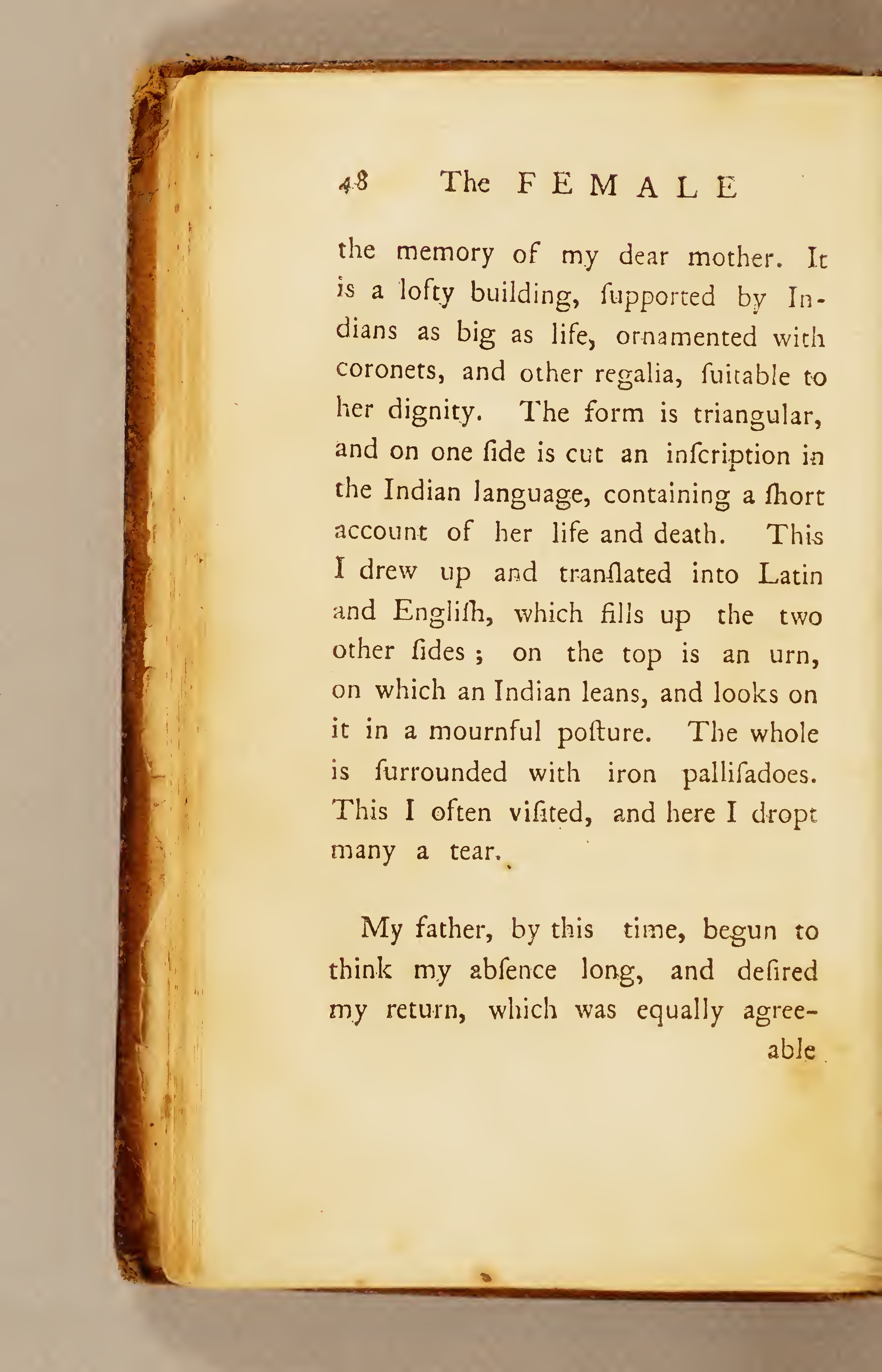
![Page 49 [page breaks after 'agree-']](https://anthologyassetsdev.lib.virginia.edu/winkfield-female-american/pageImages/049.png)
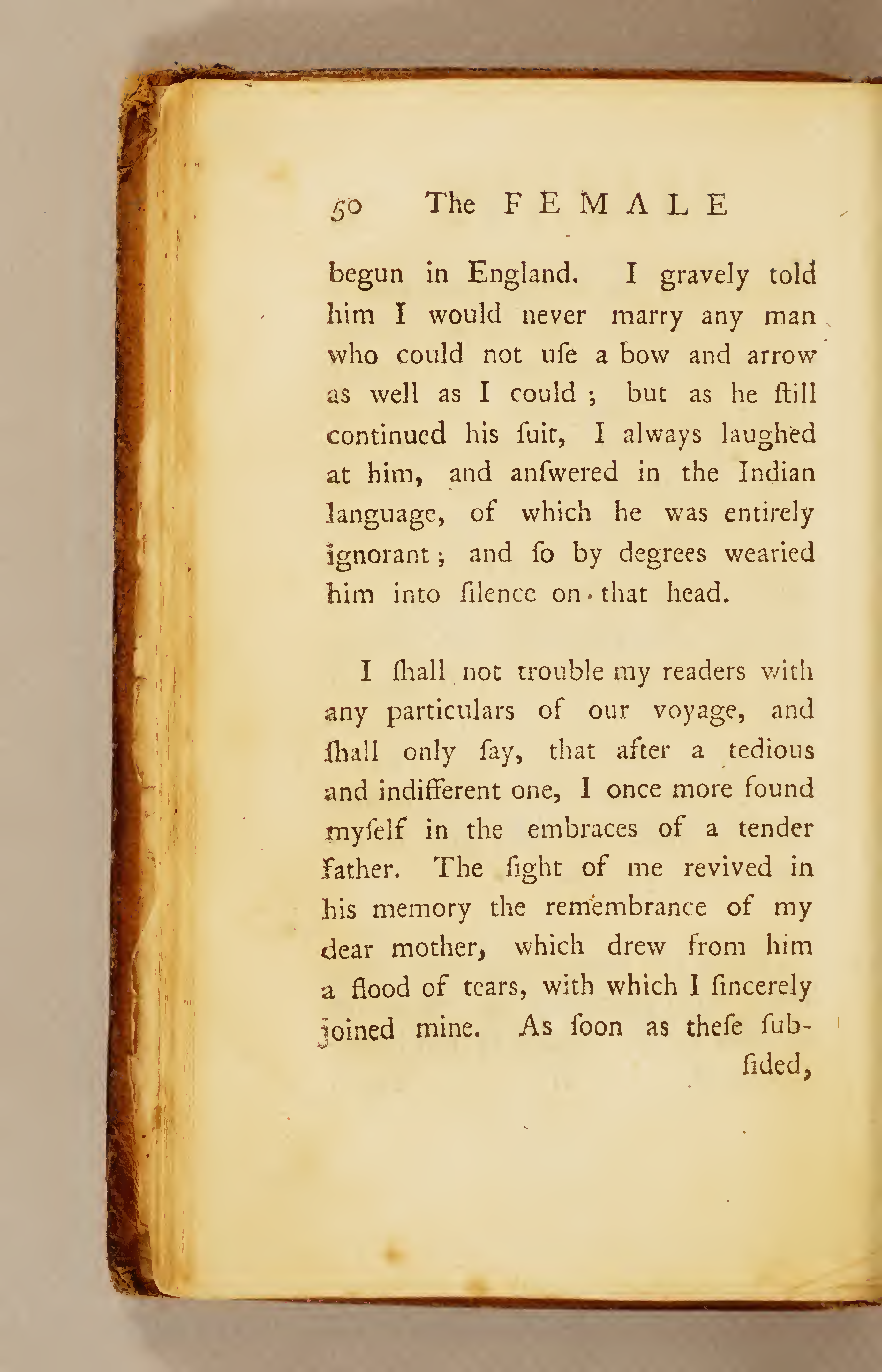
![Page 51 [page breaks after 'sub-']](https://anthologyassetsdev.lib.virginia.edu/winkfield-female-american/pageImages/051.png)
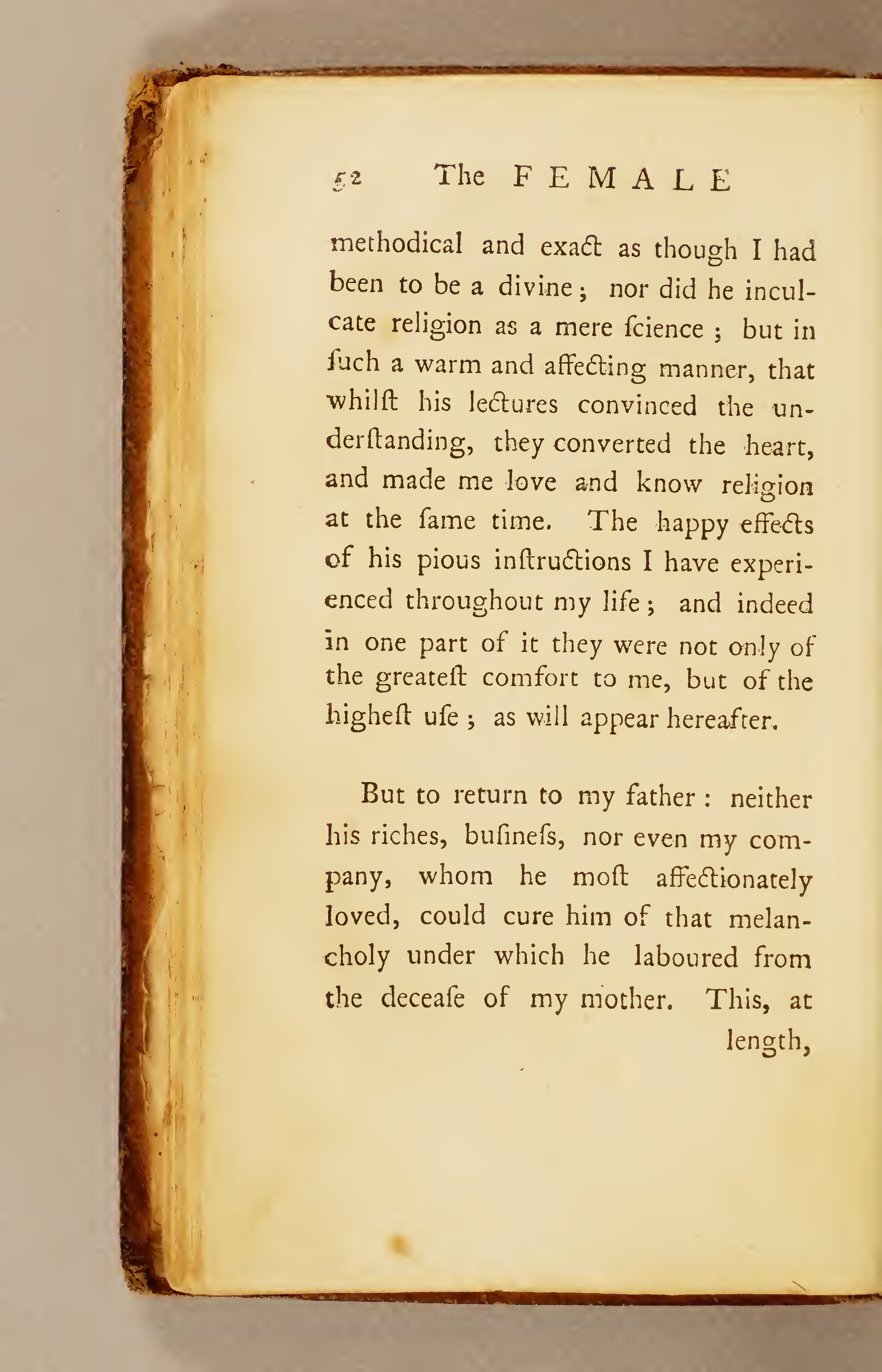
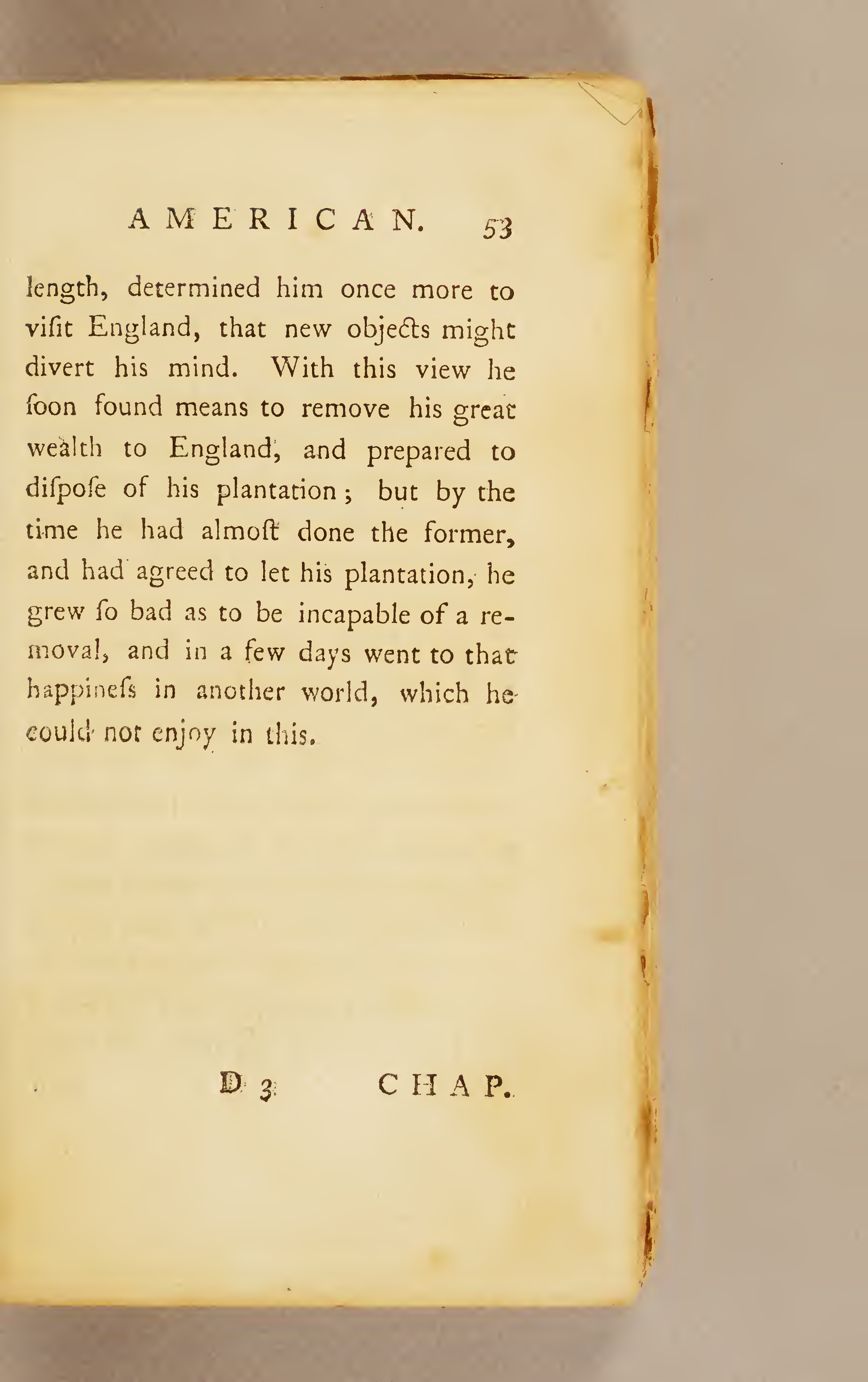
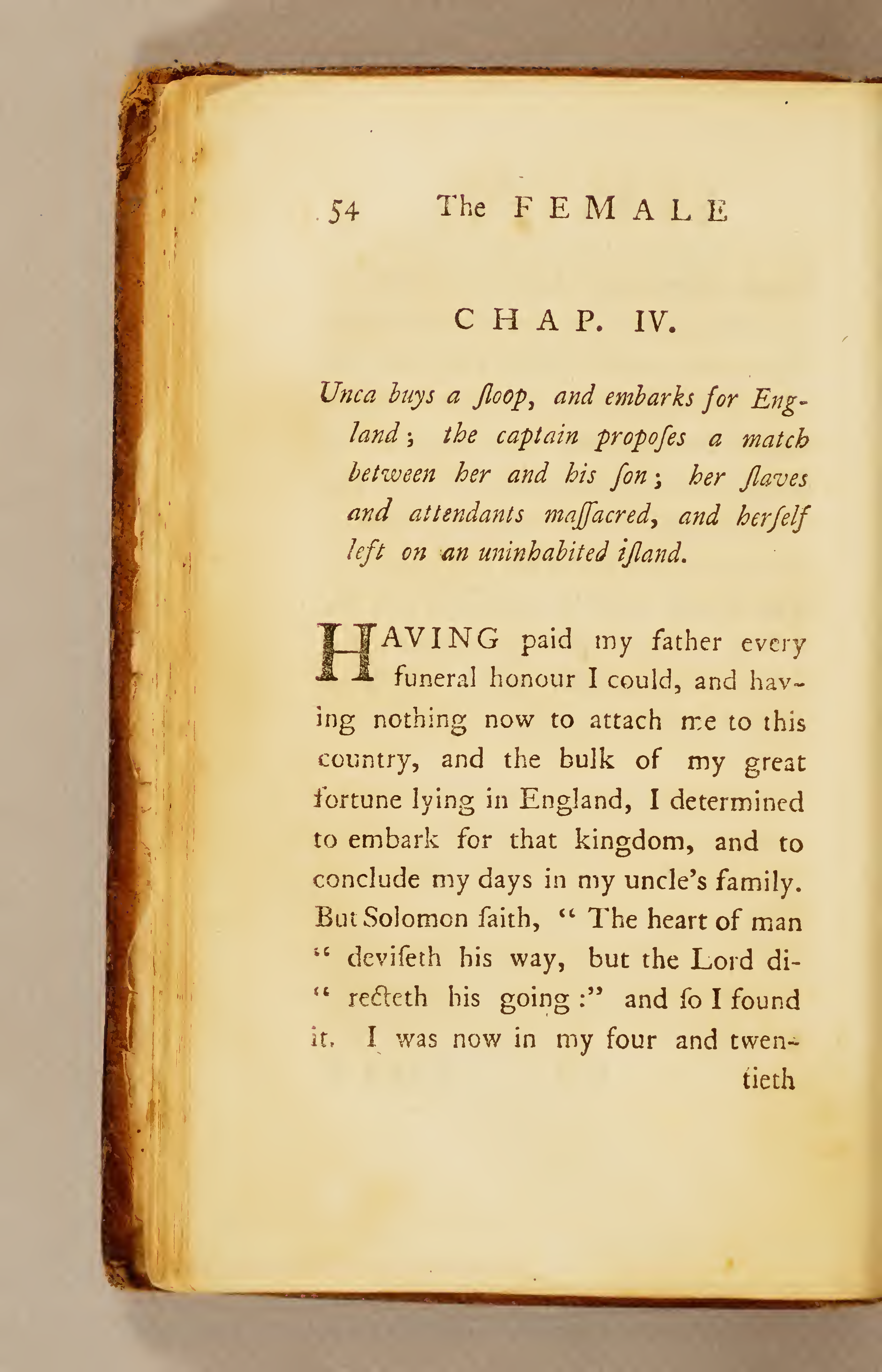
![Page 55 [page breaks after 'twen-']](https://anthologyassetsdev.lib.virginia.edu/winkfield-female-american/pageImages/055.png)
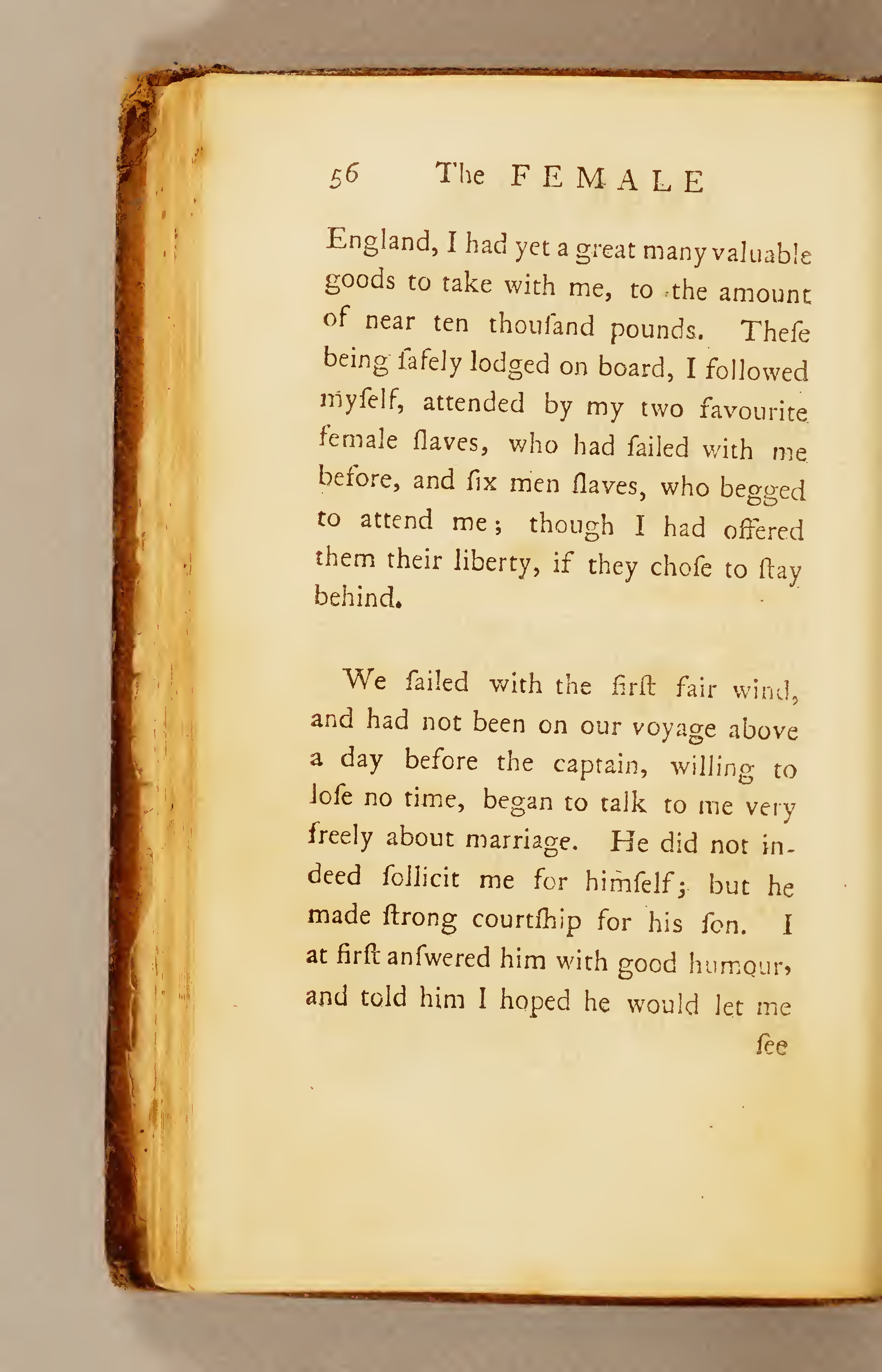
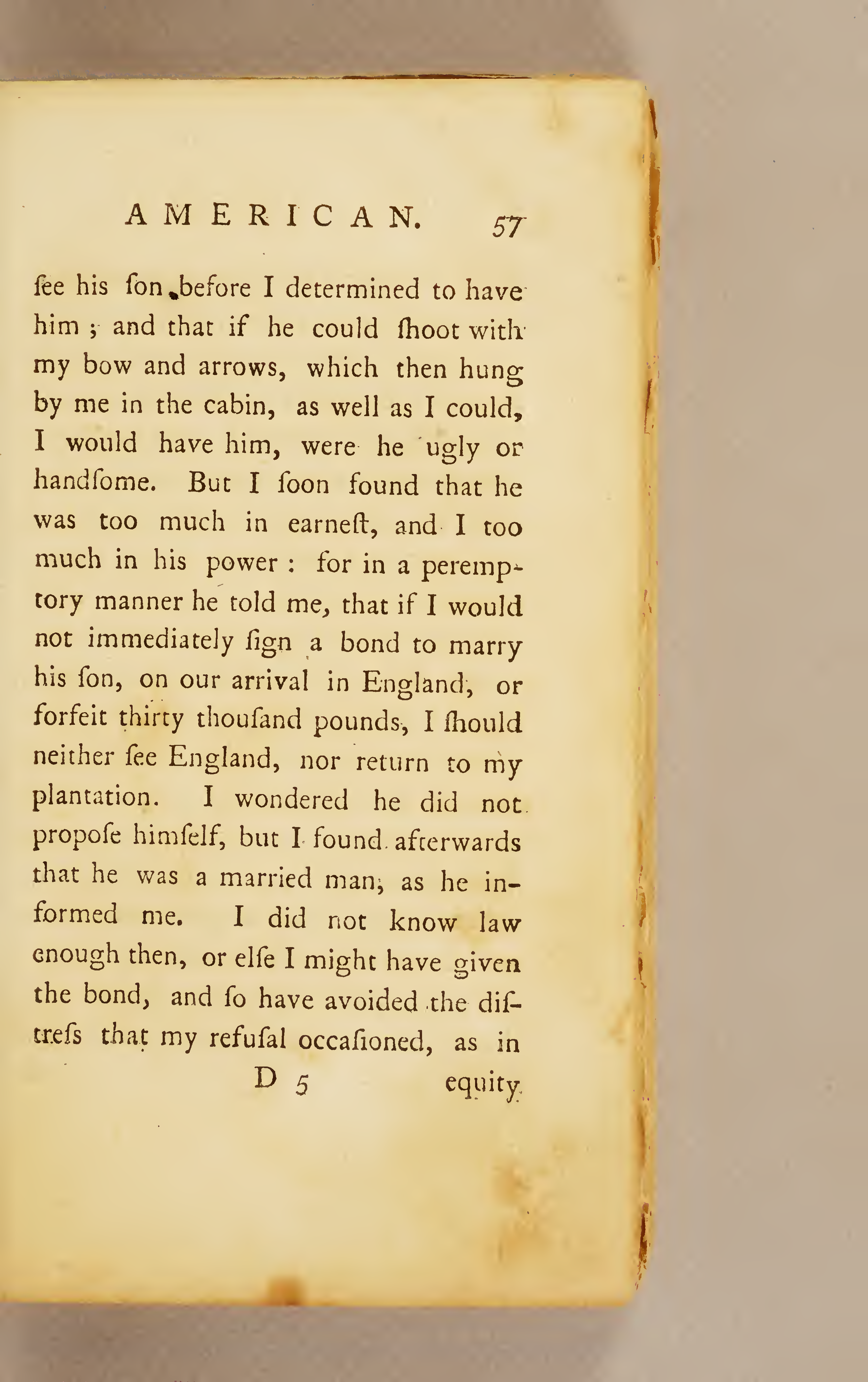
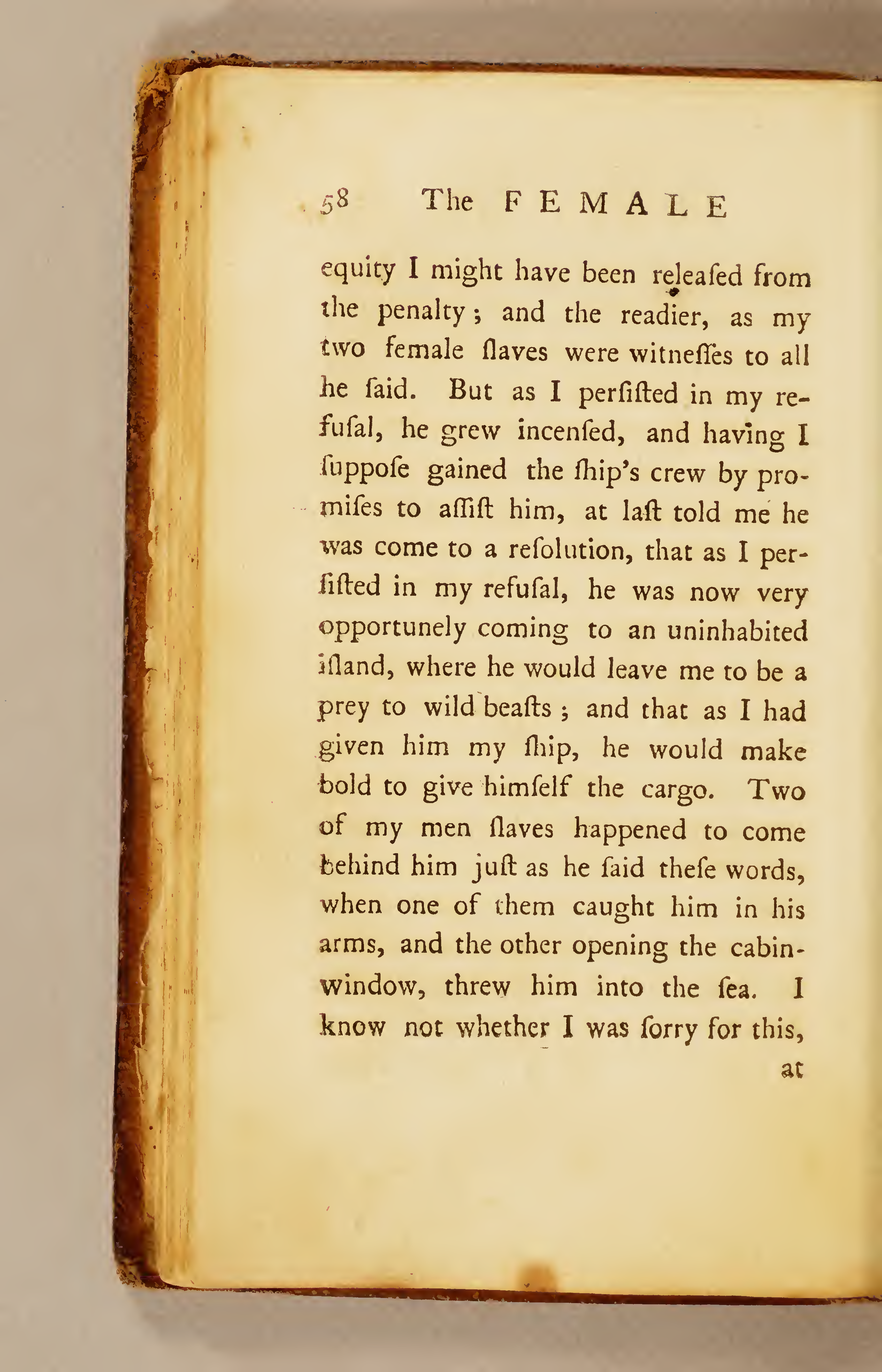
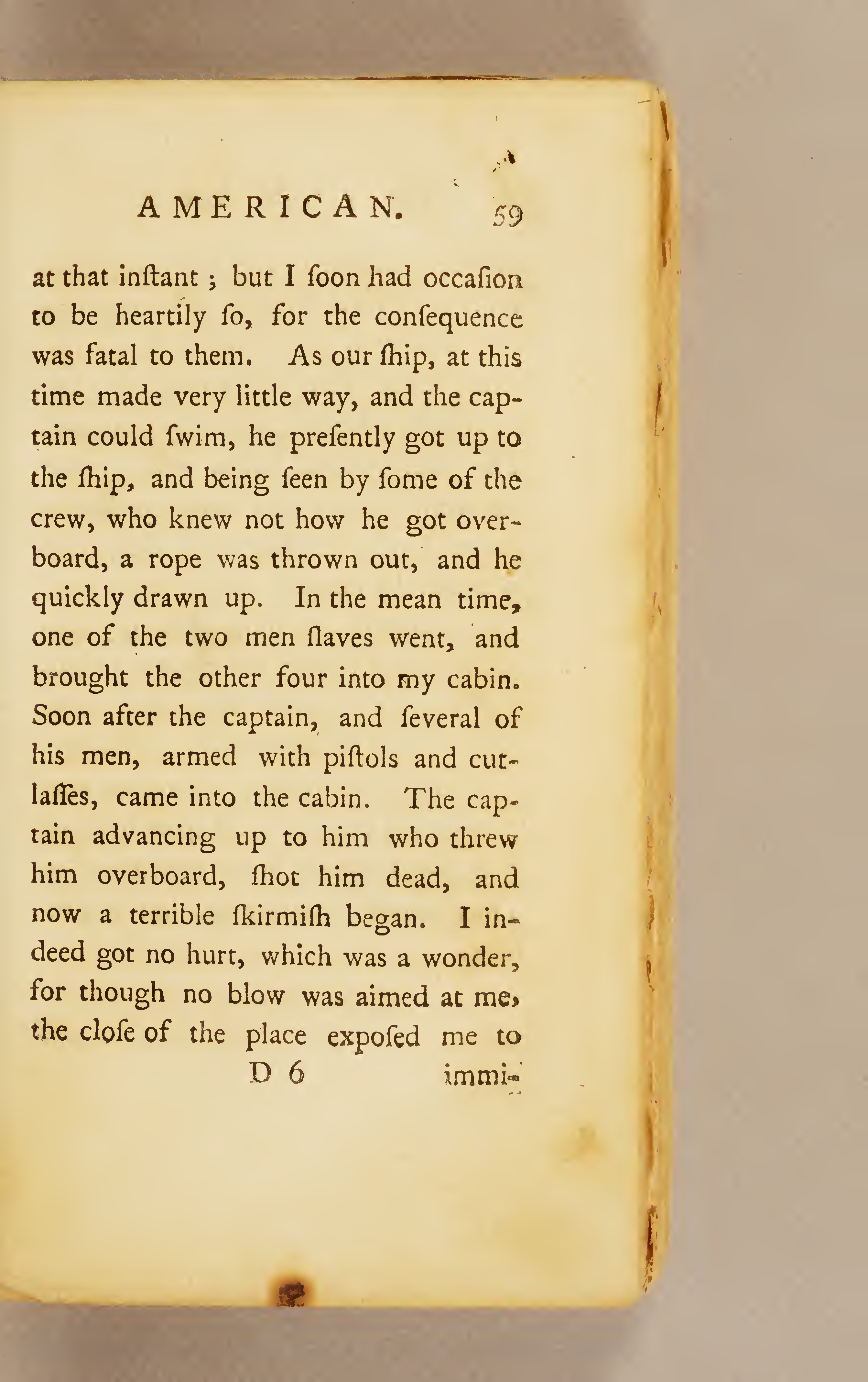
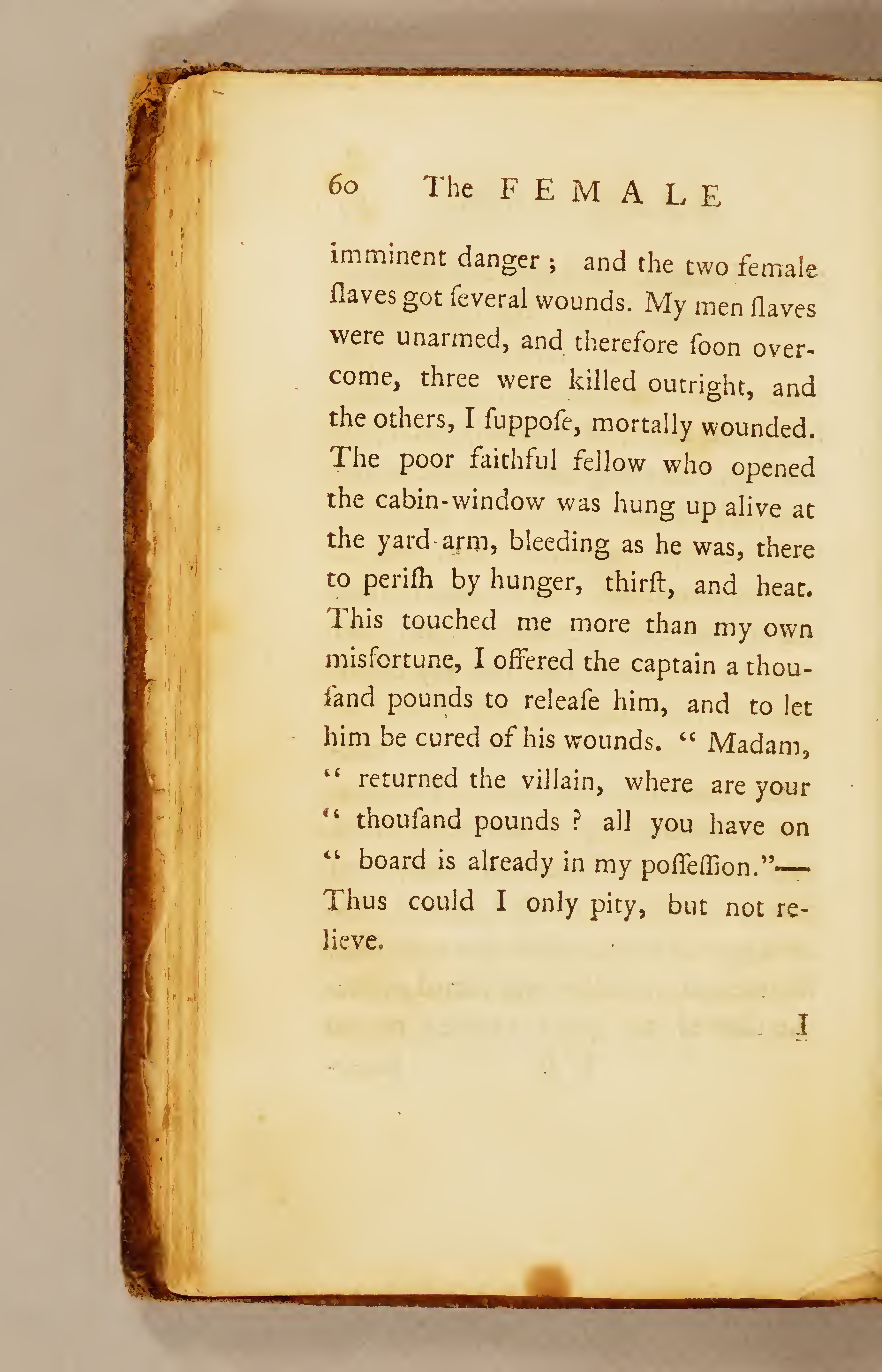
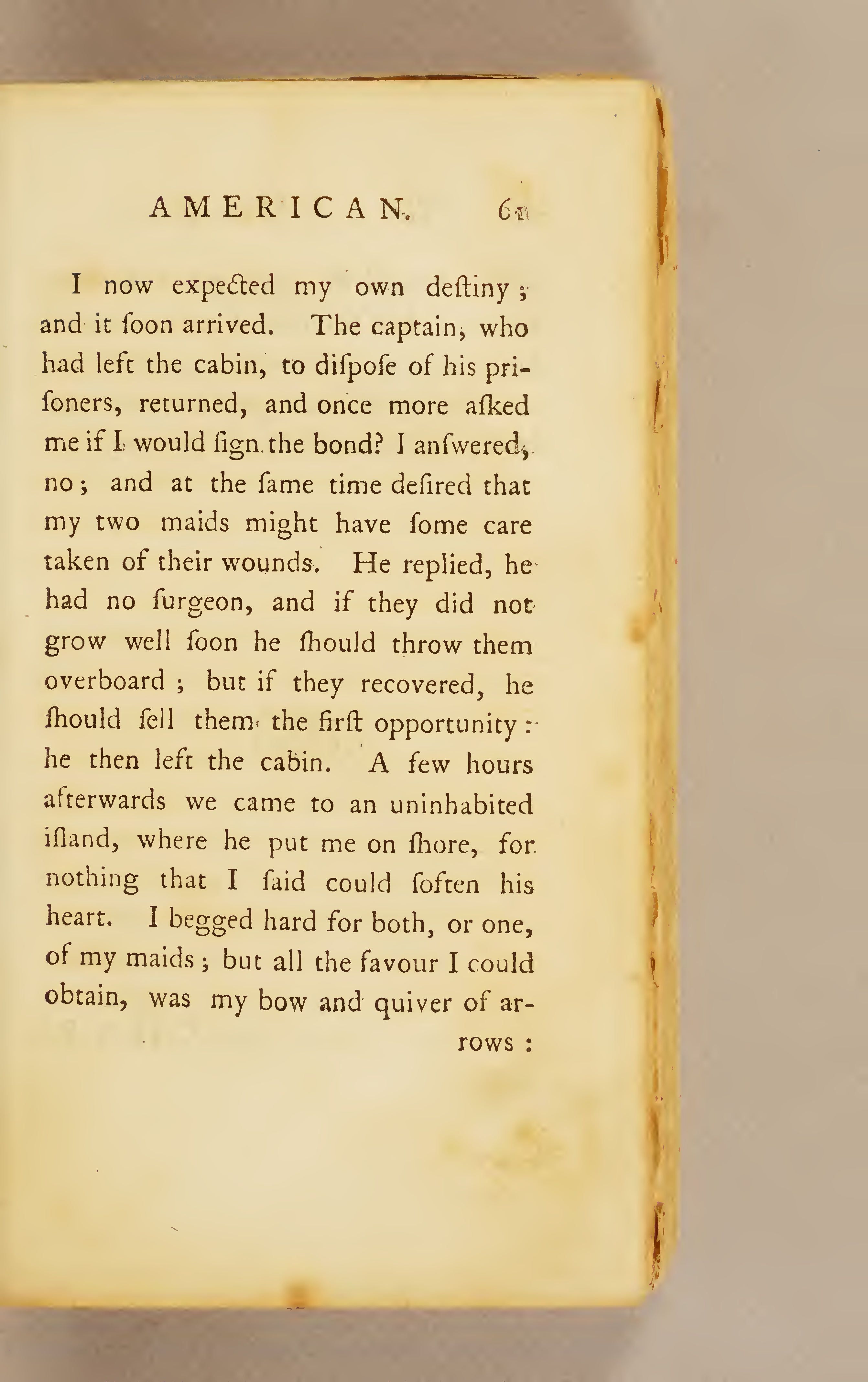
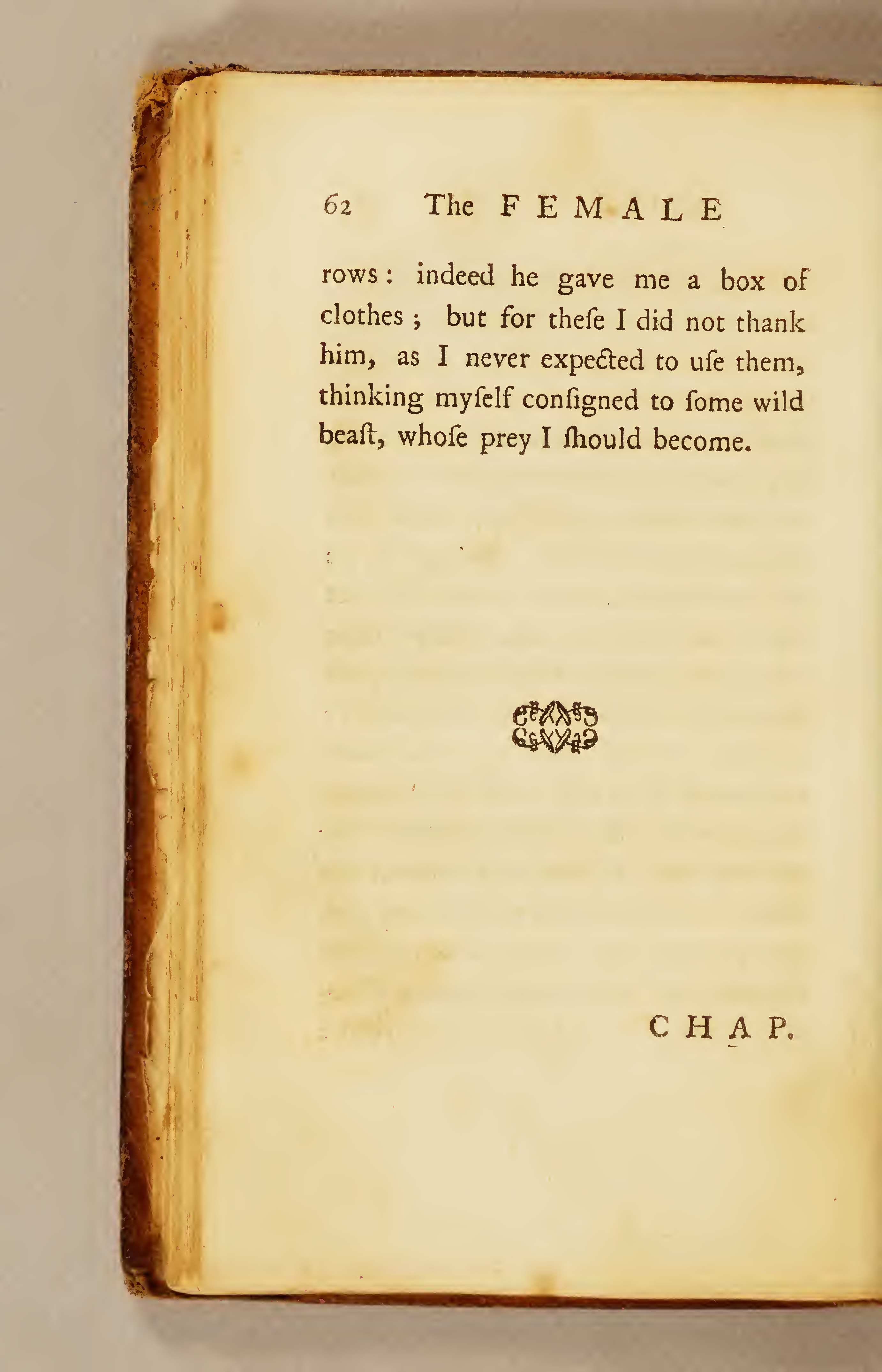
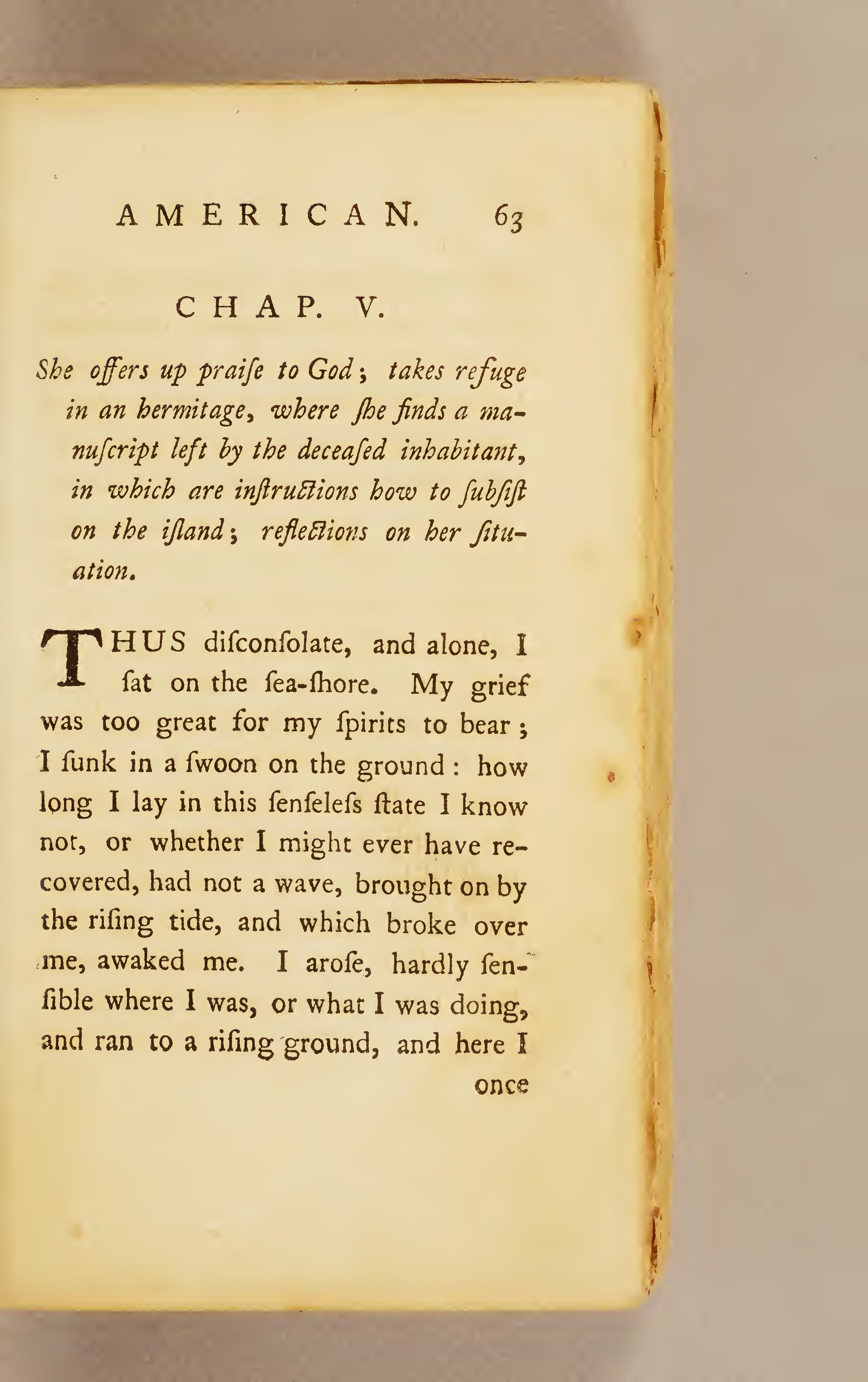
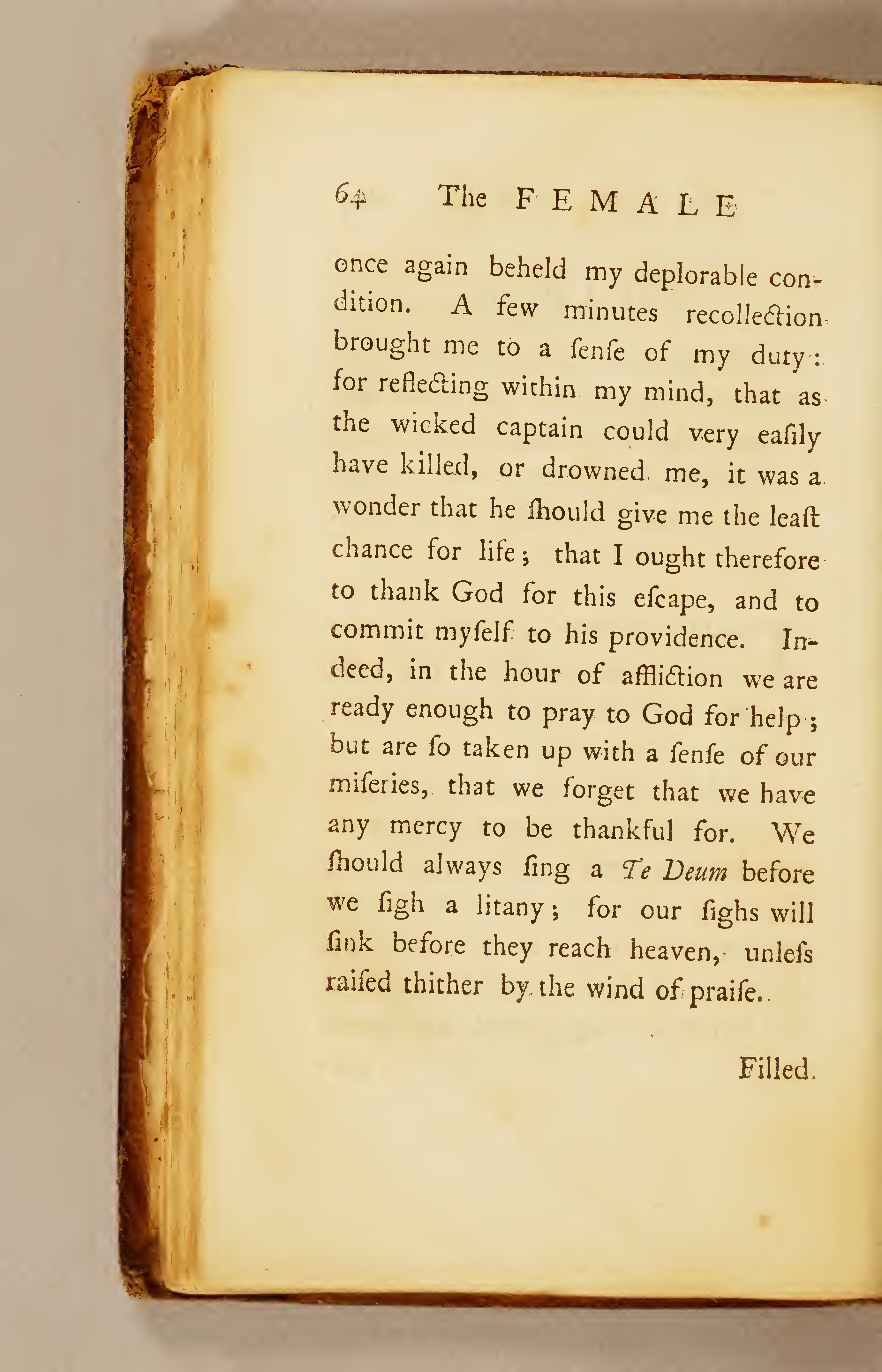

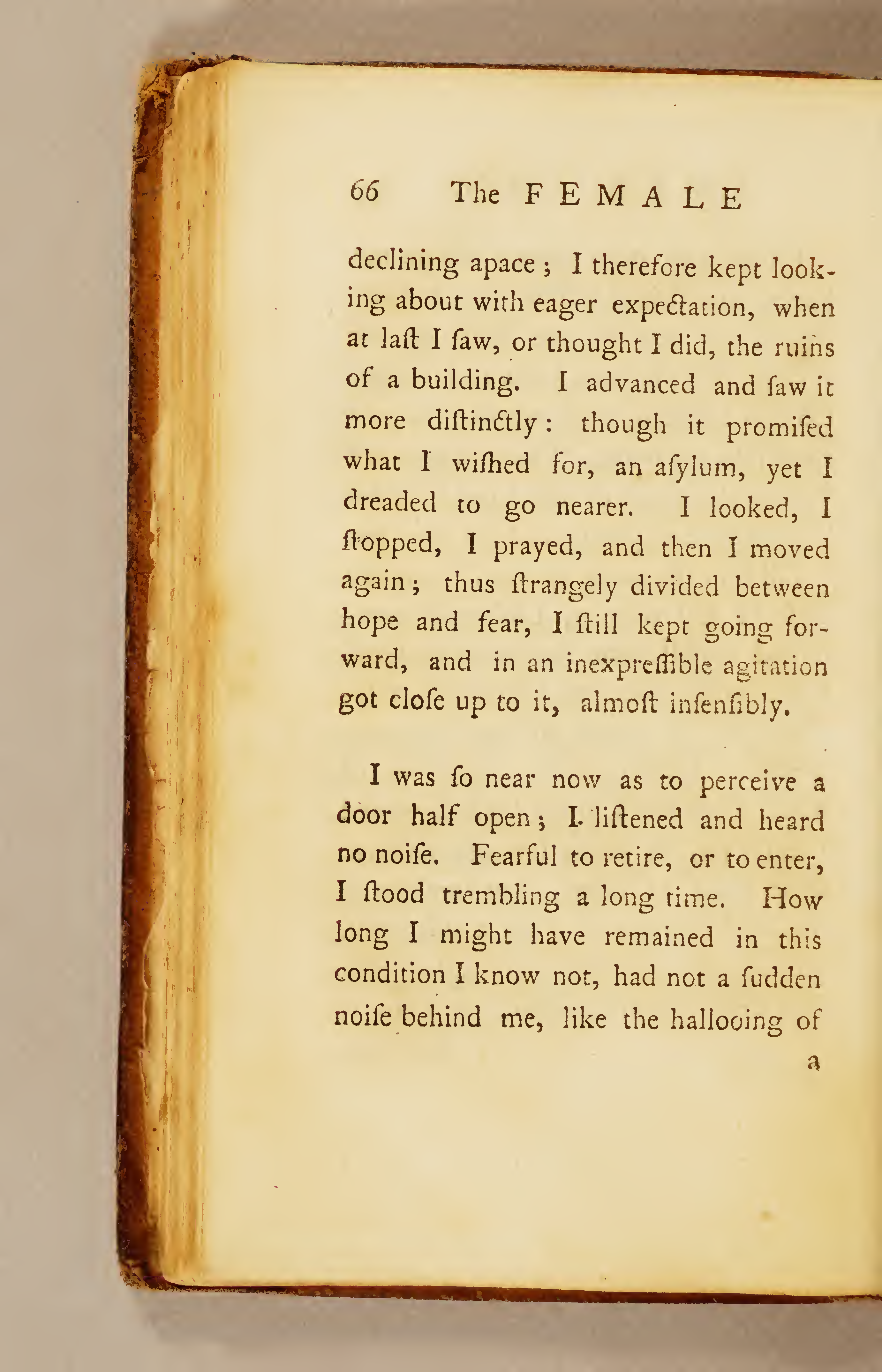
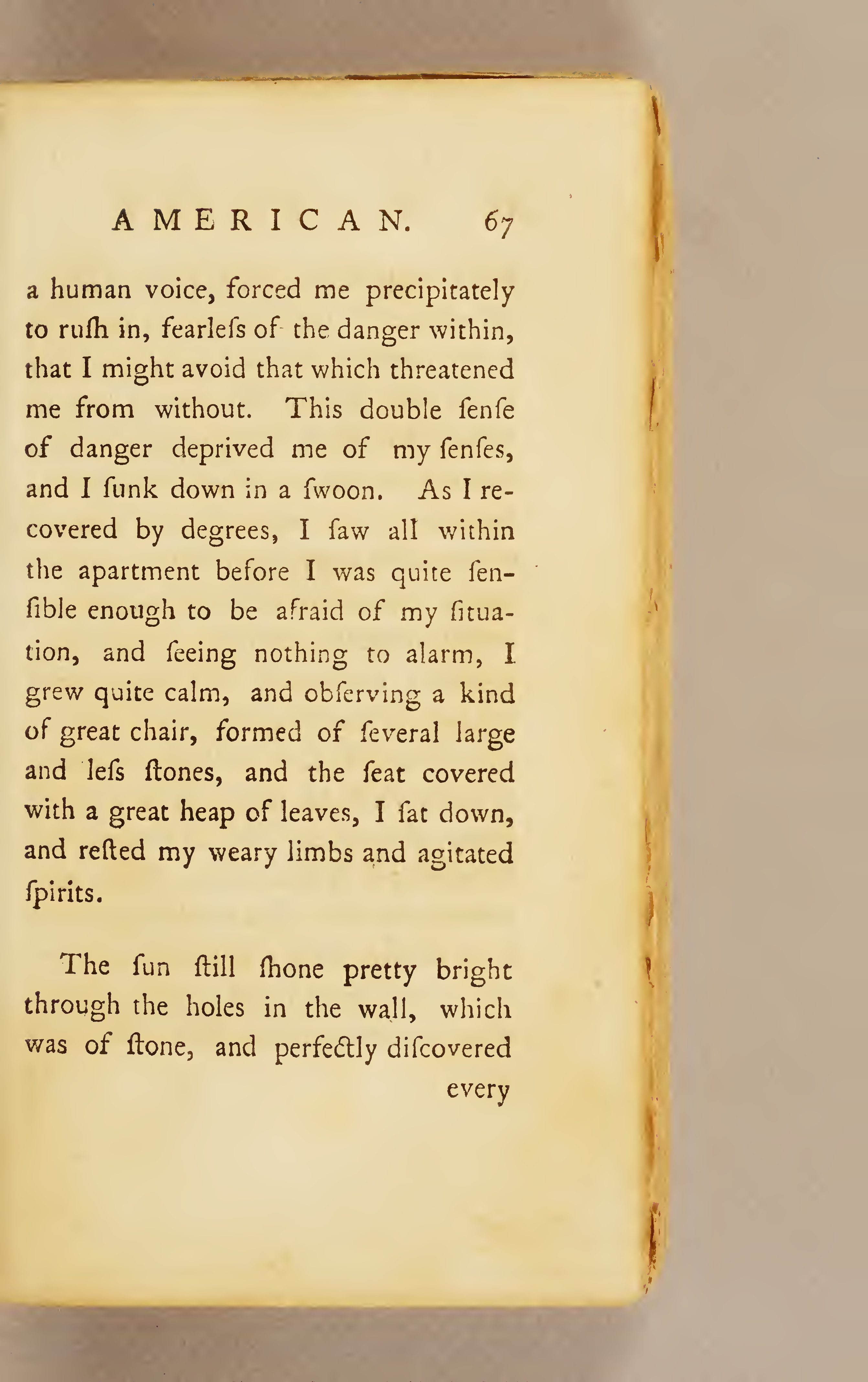
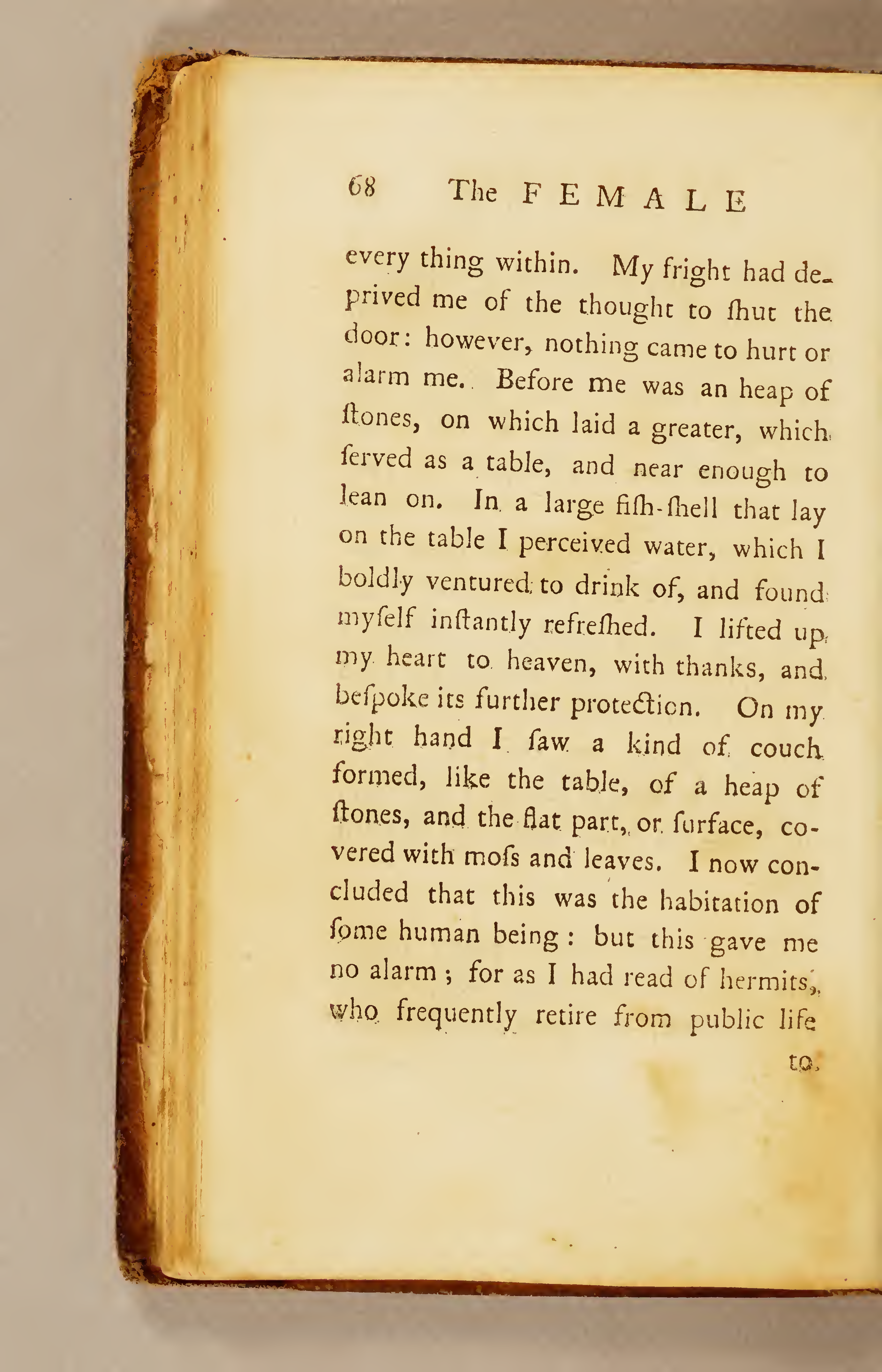
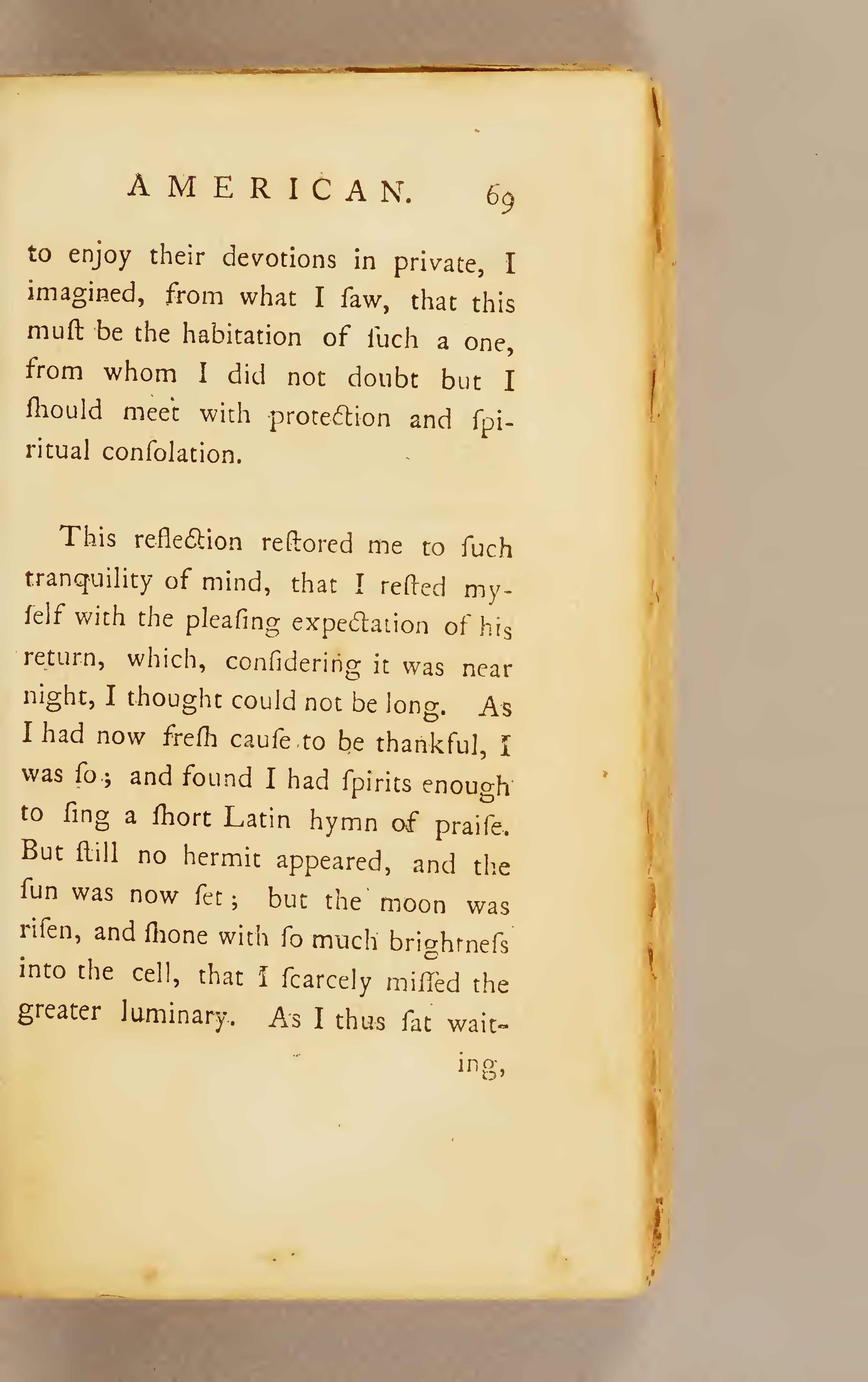
![Page 70 [page breaks after 'wait-']](https://anthologyassetsdev.lib.virginia.edu/winkfield-female-american/pageImages/070.png)
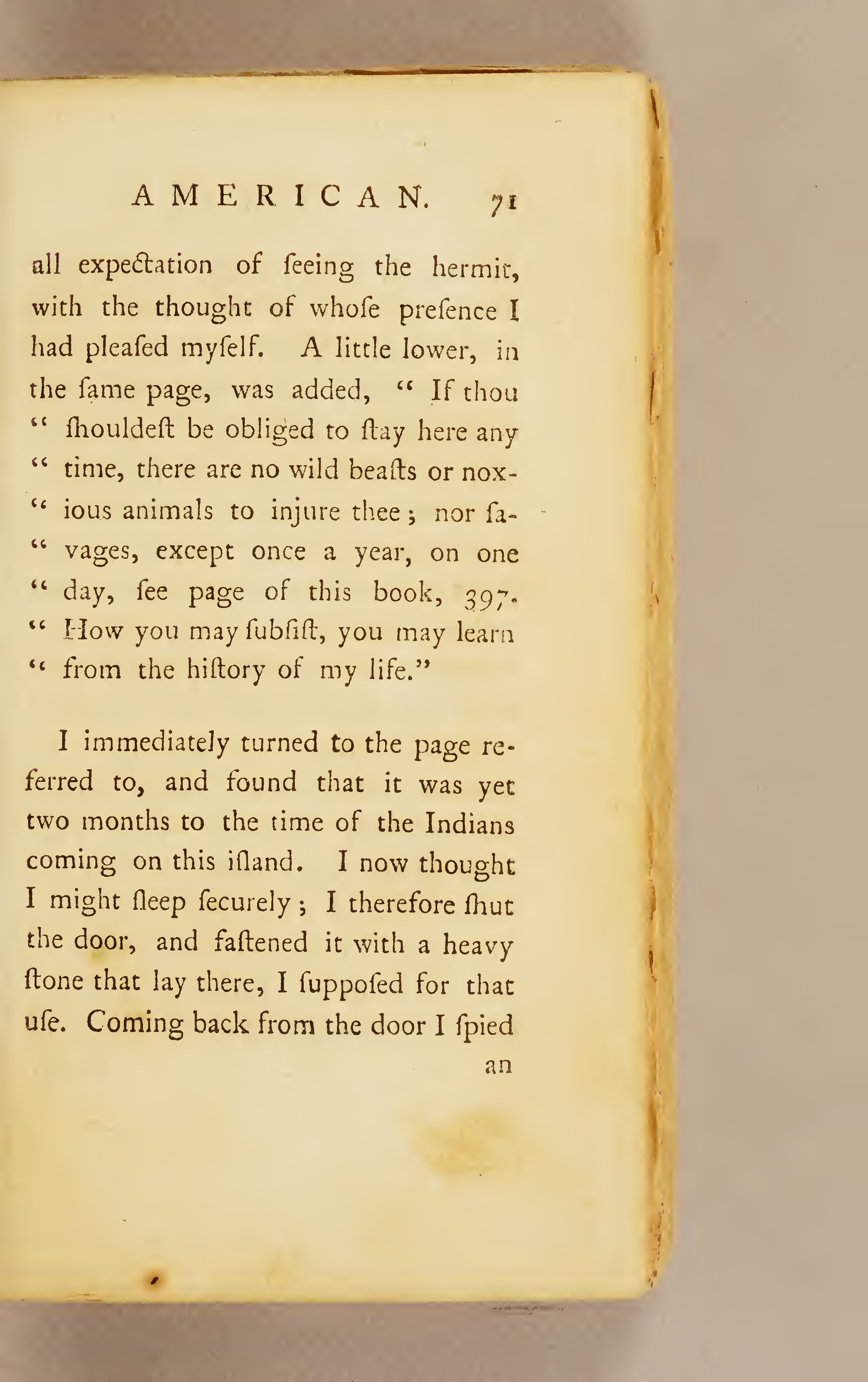
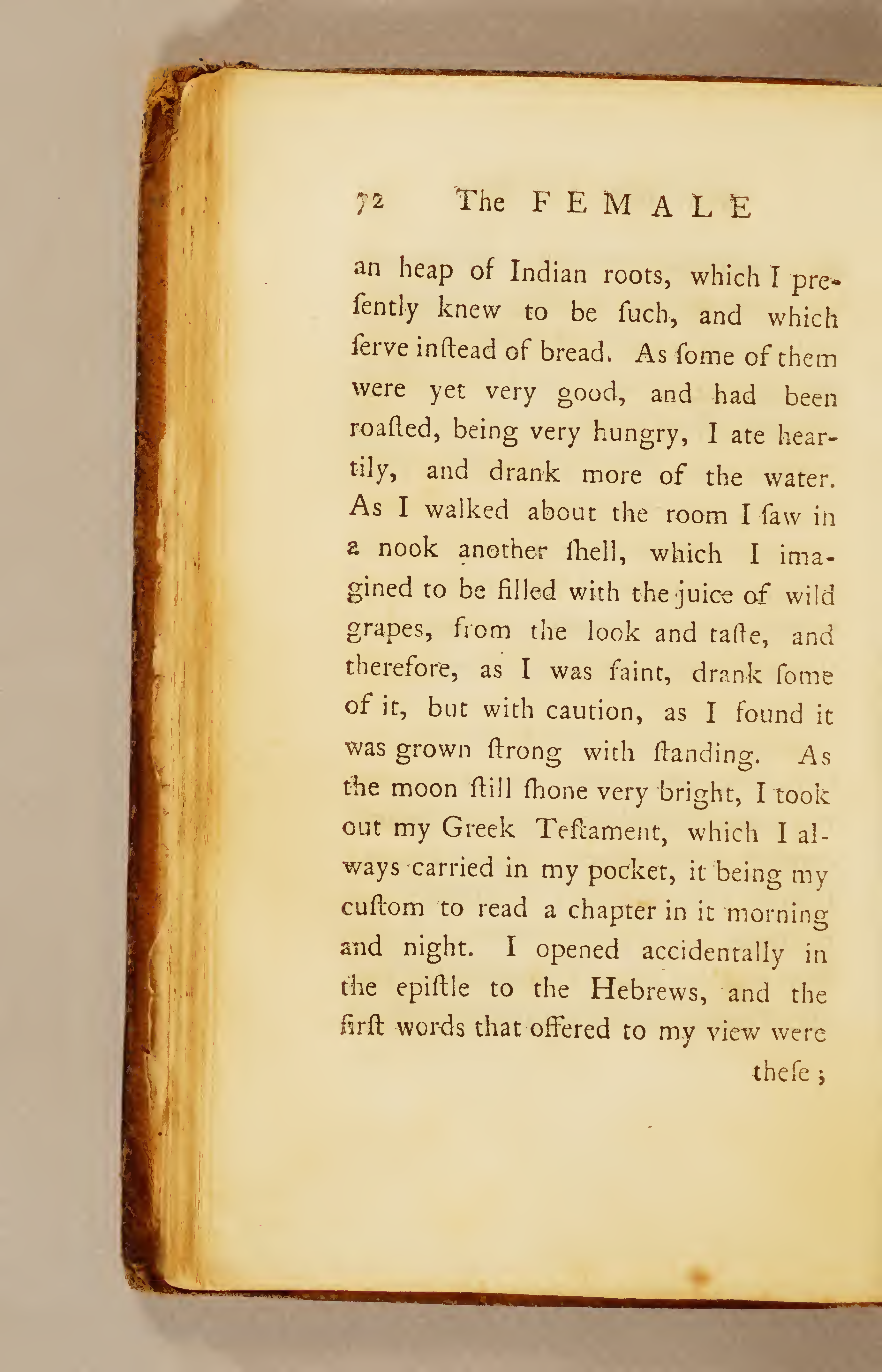
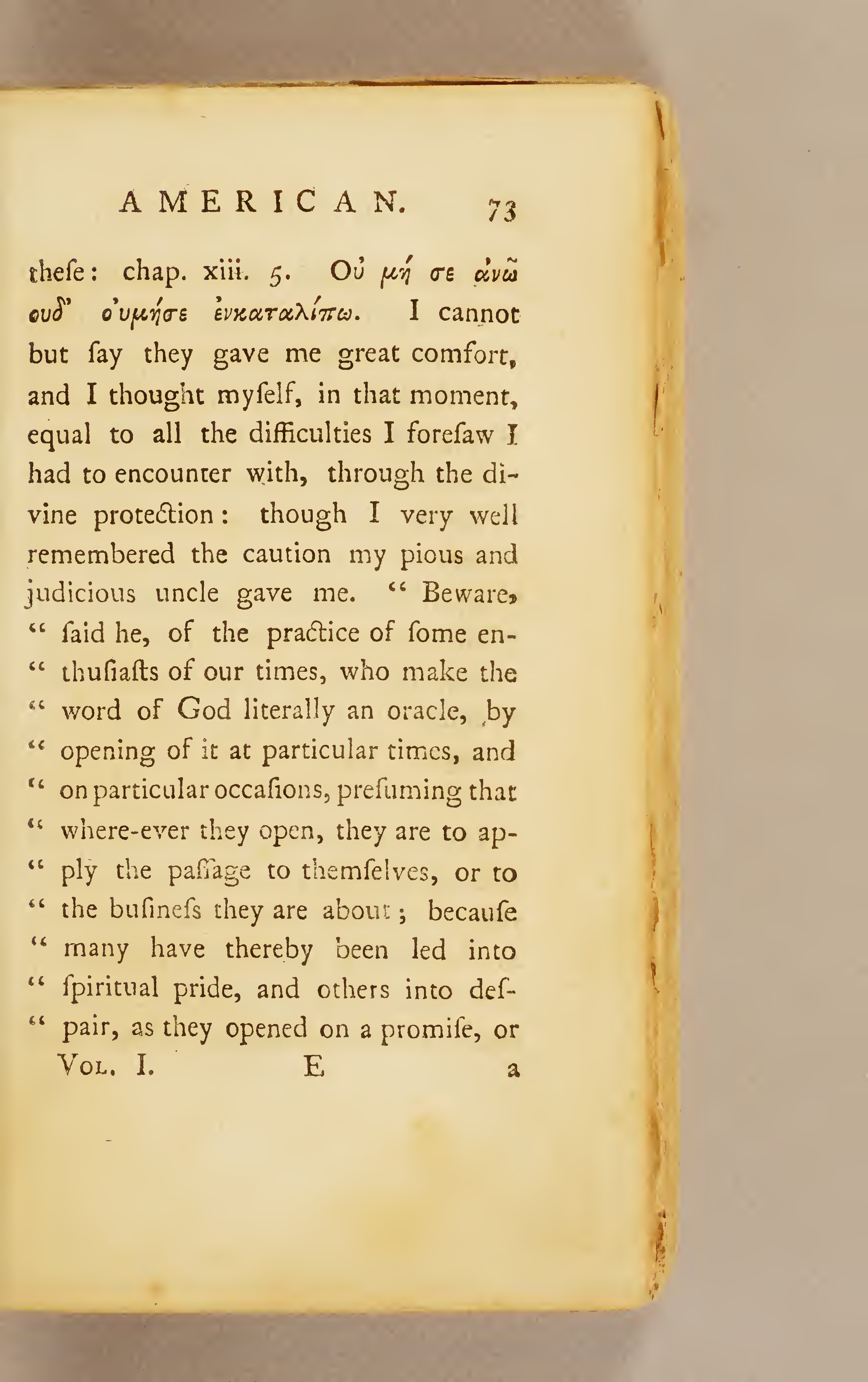
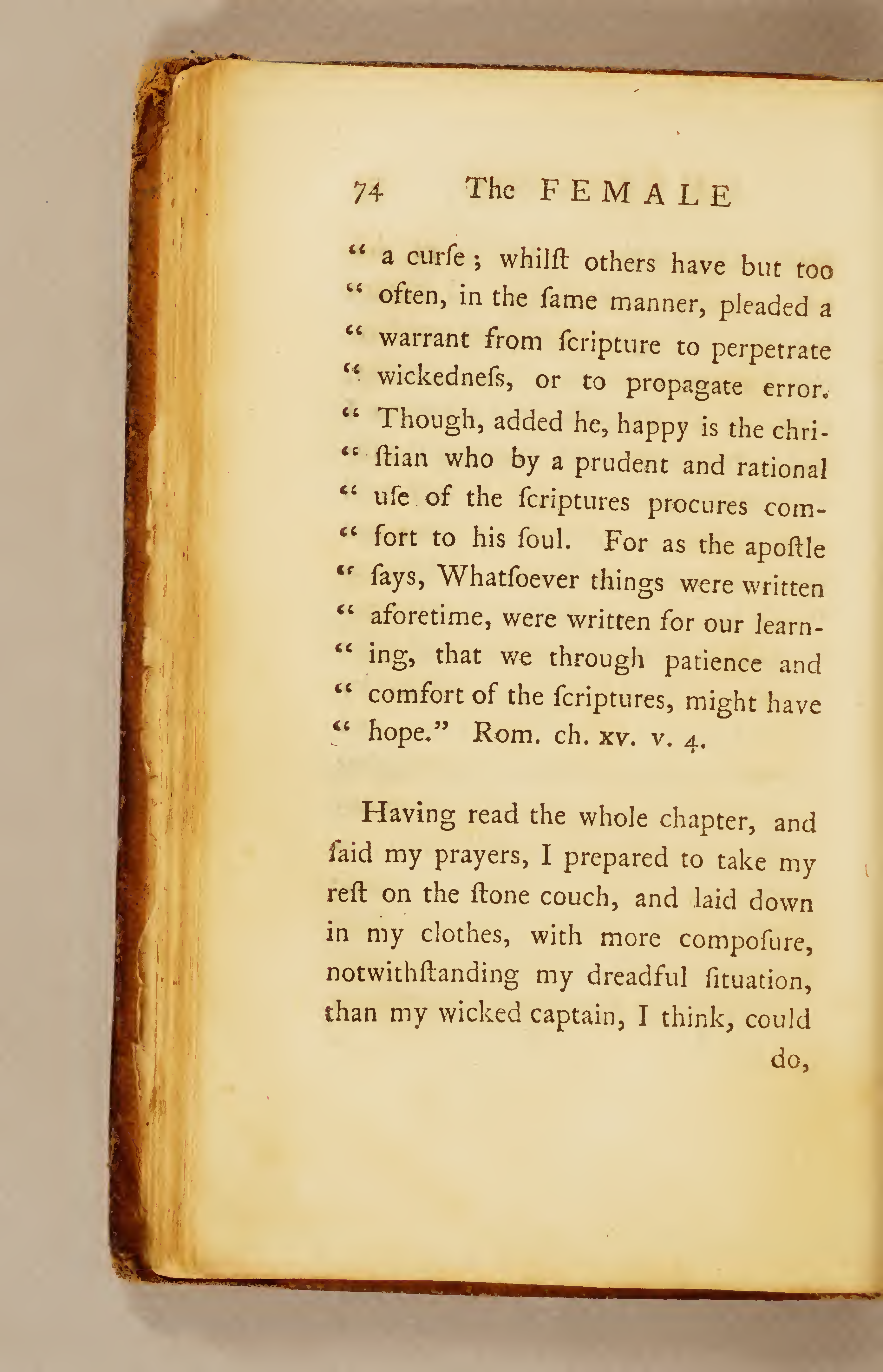
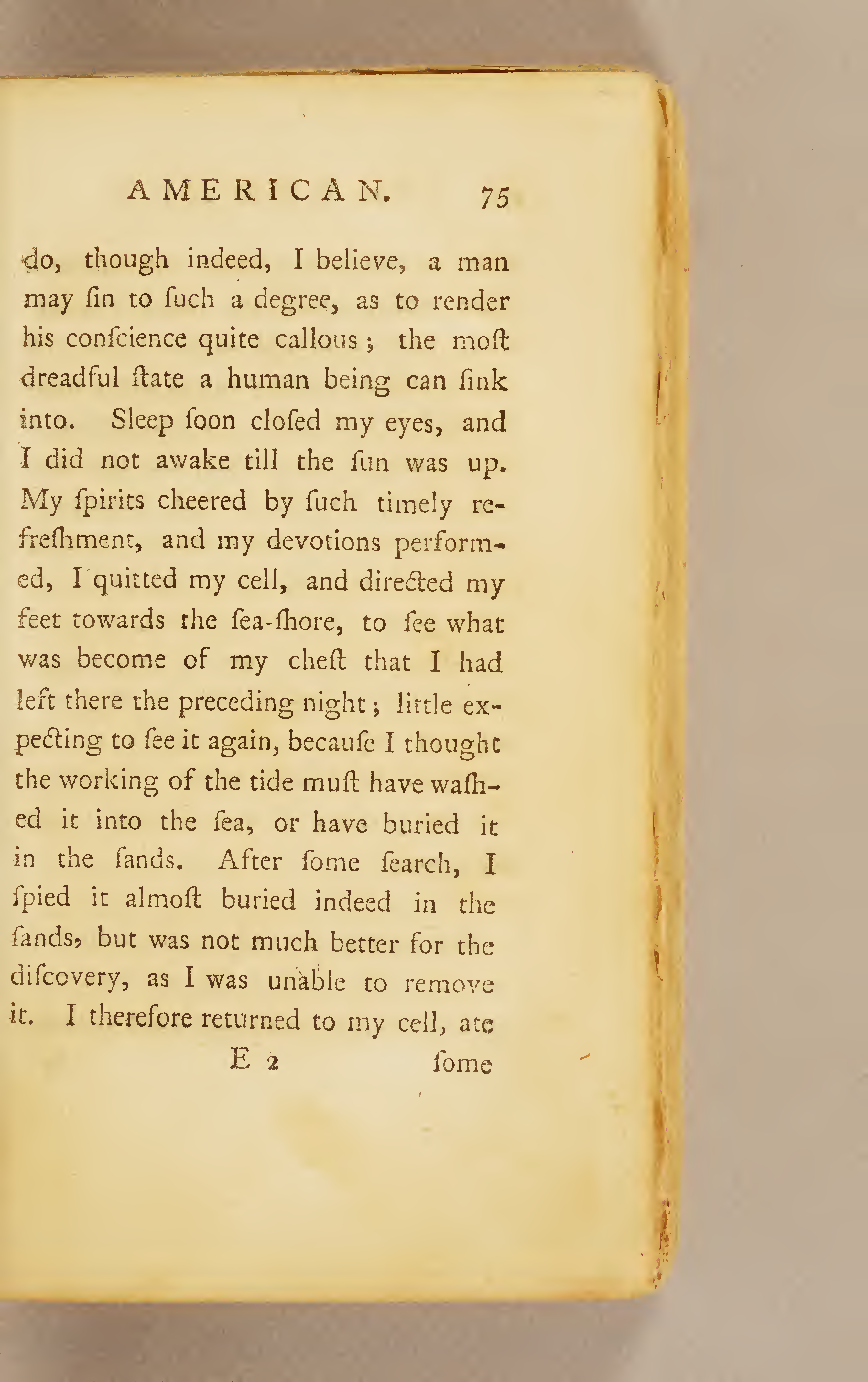
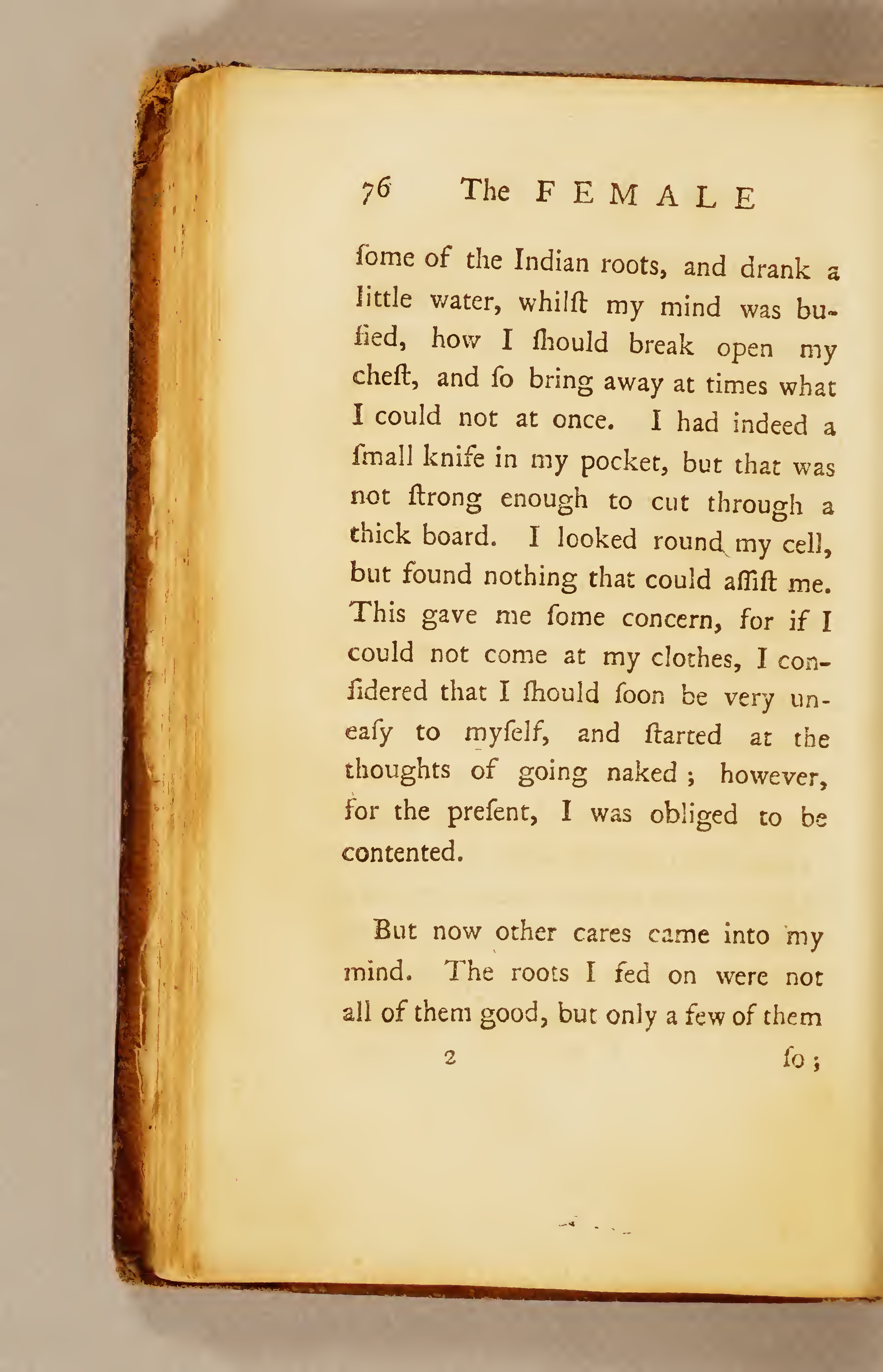
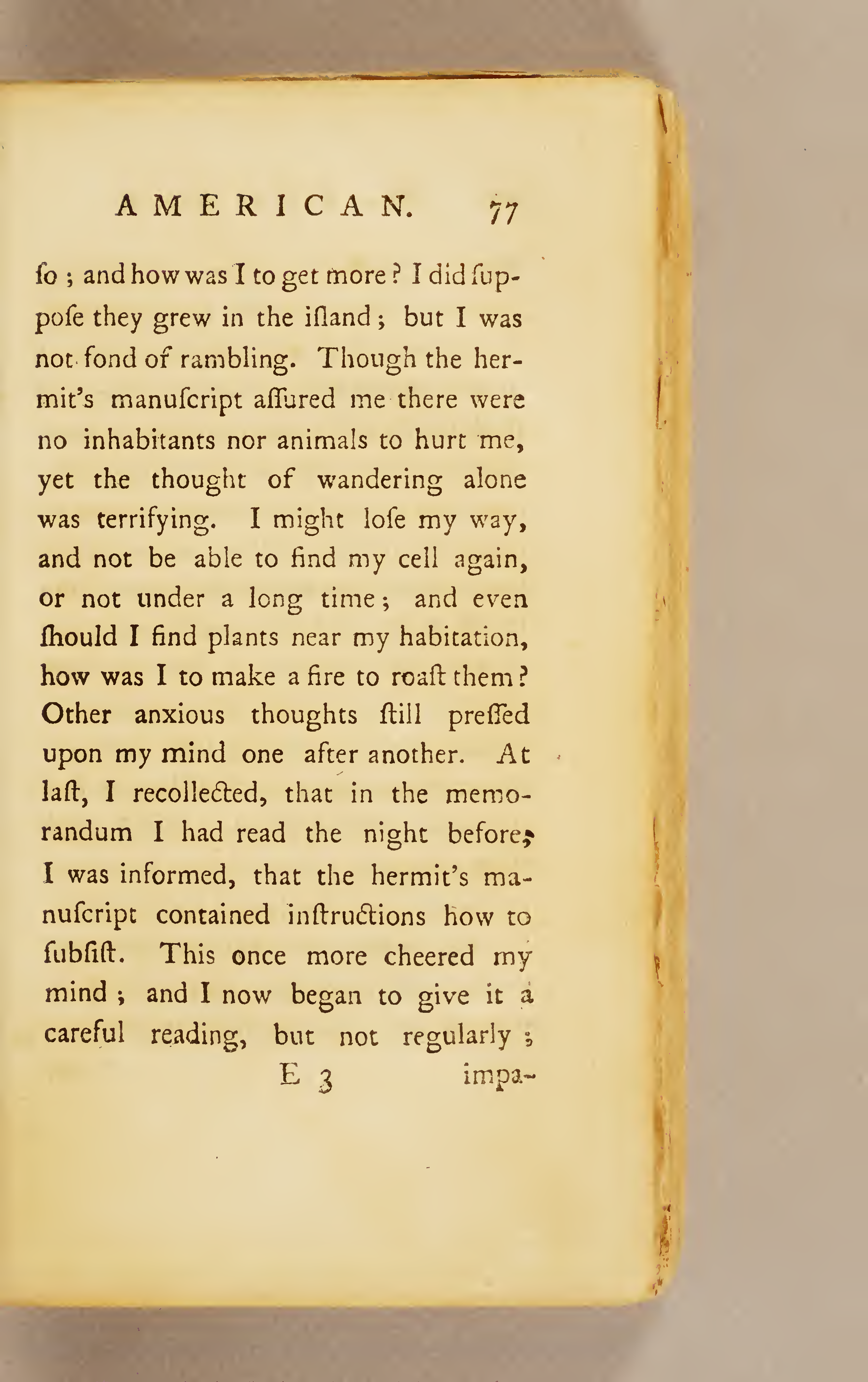
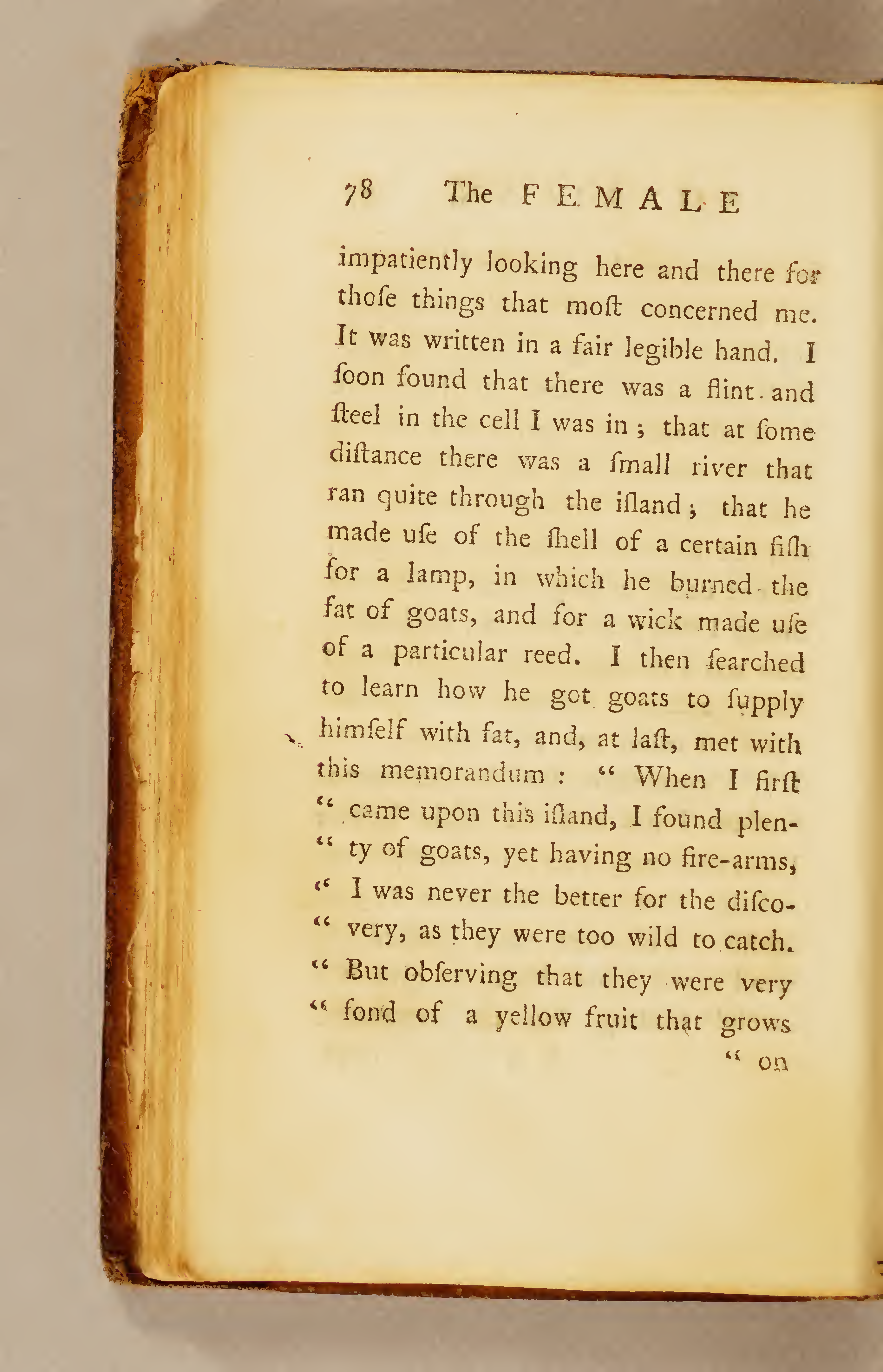
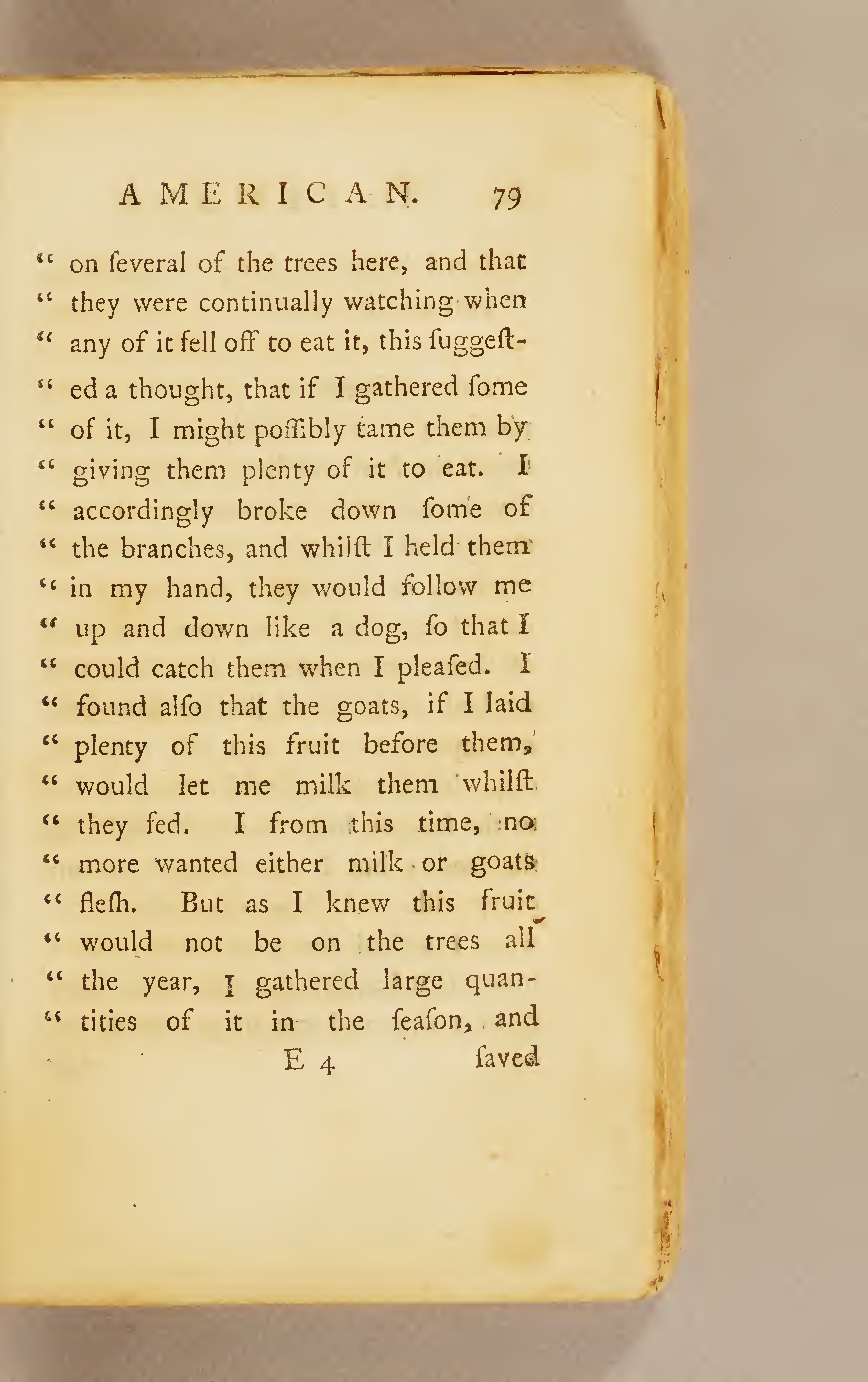
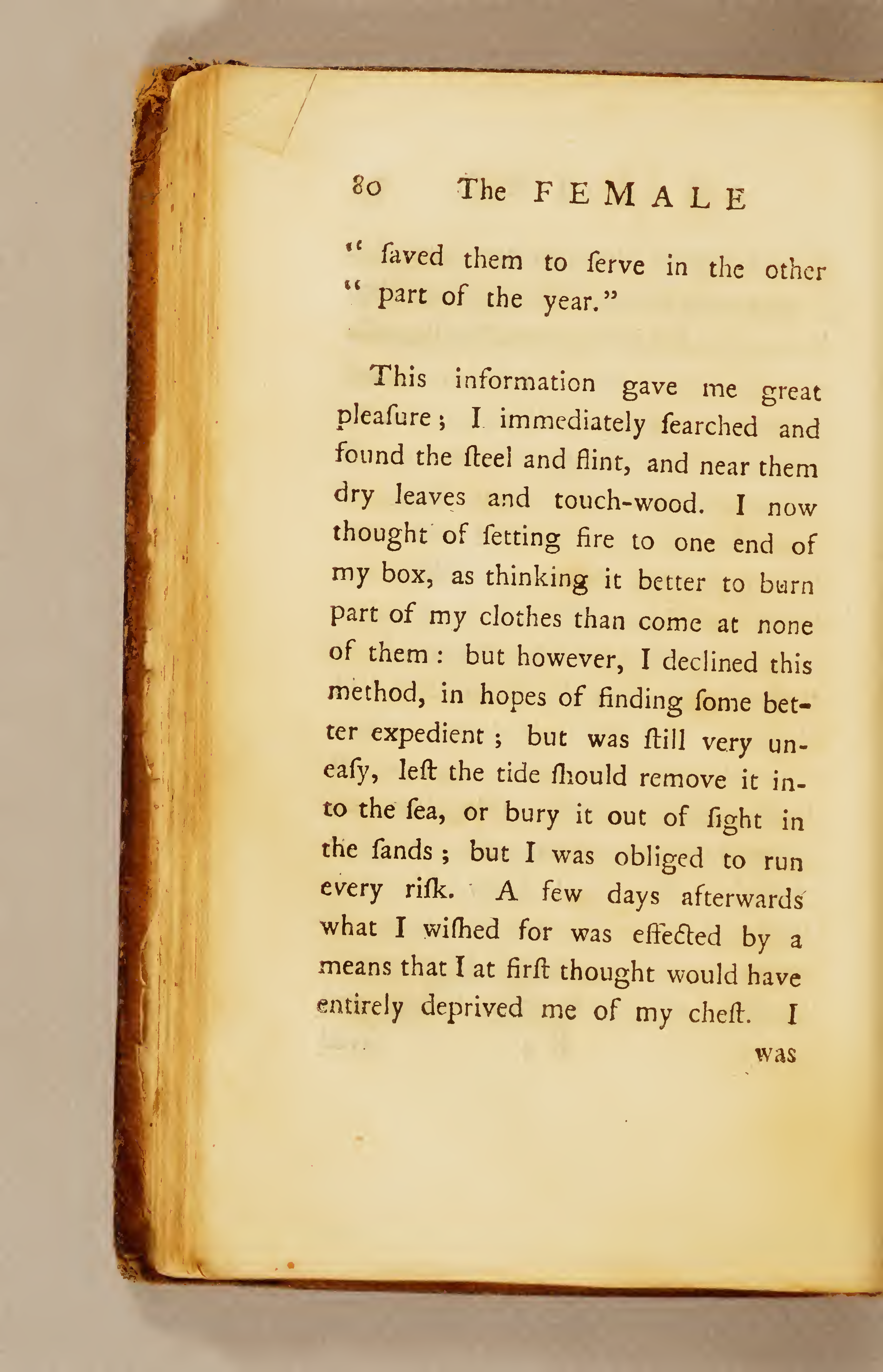
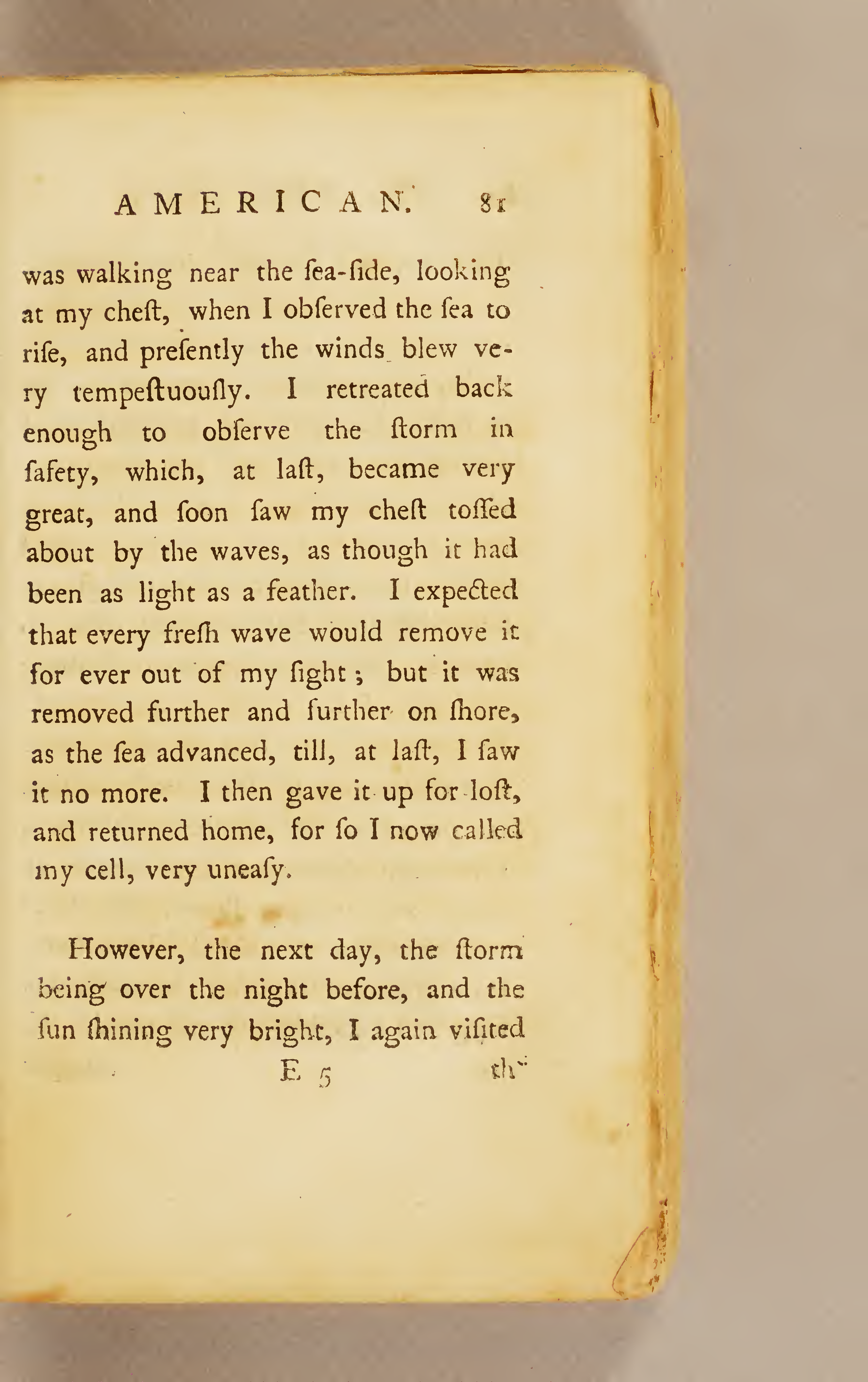
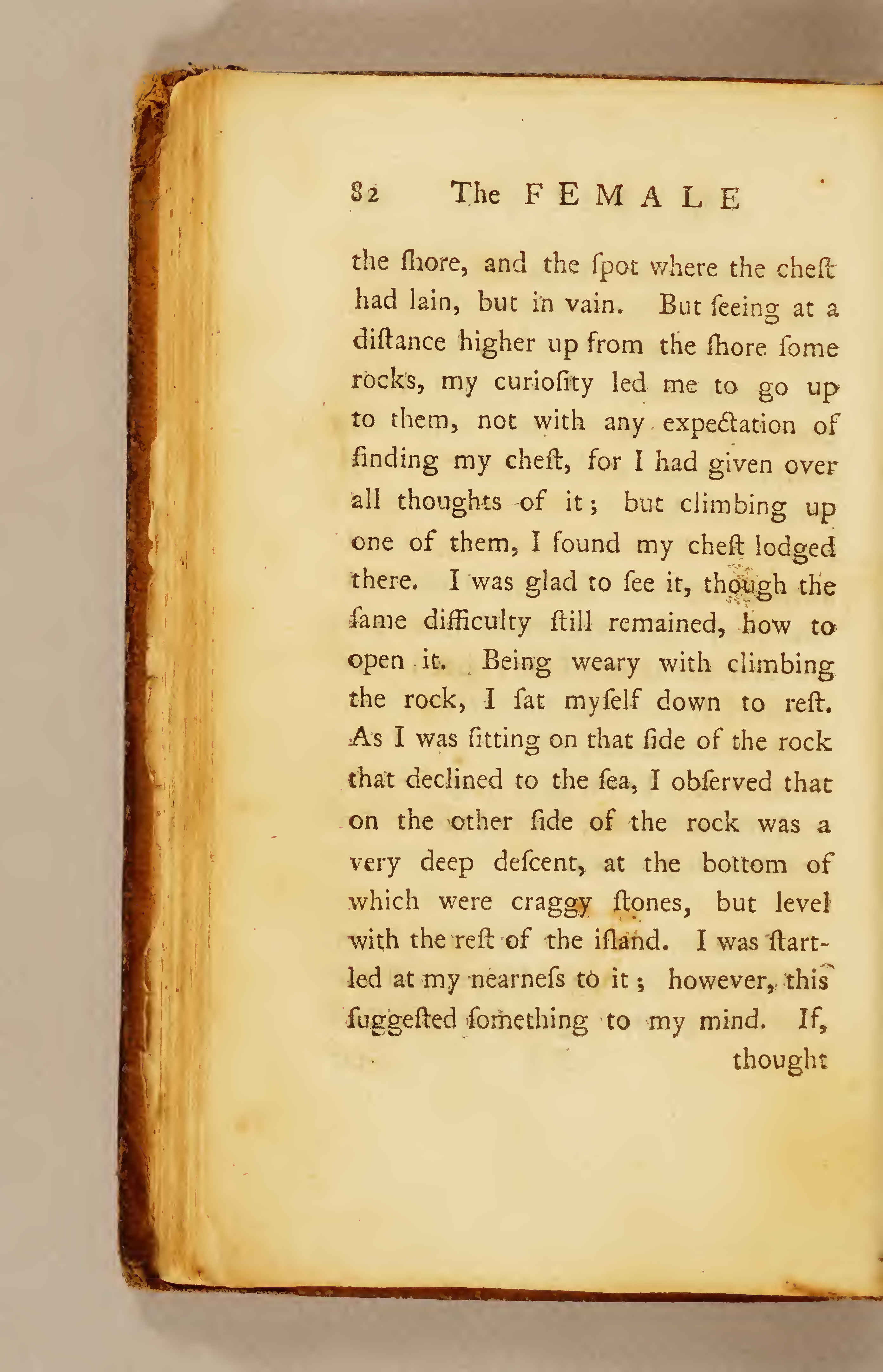
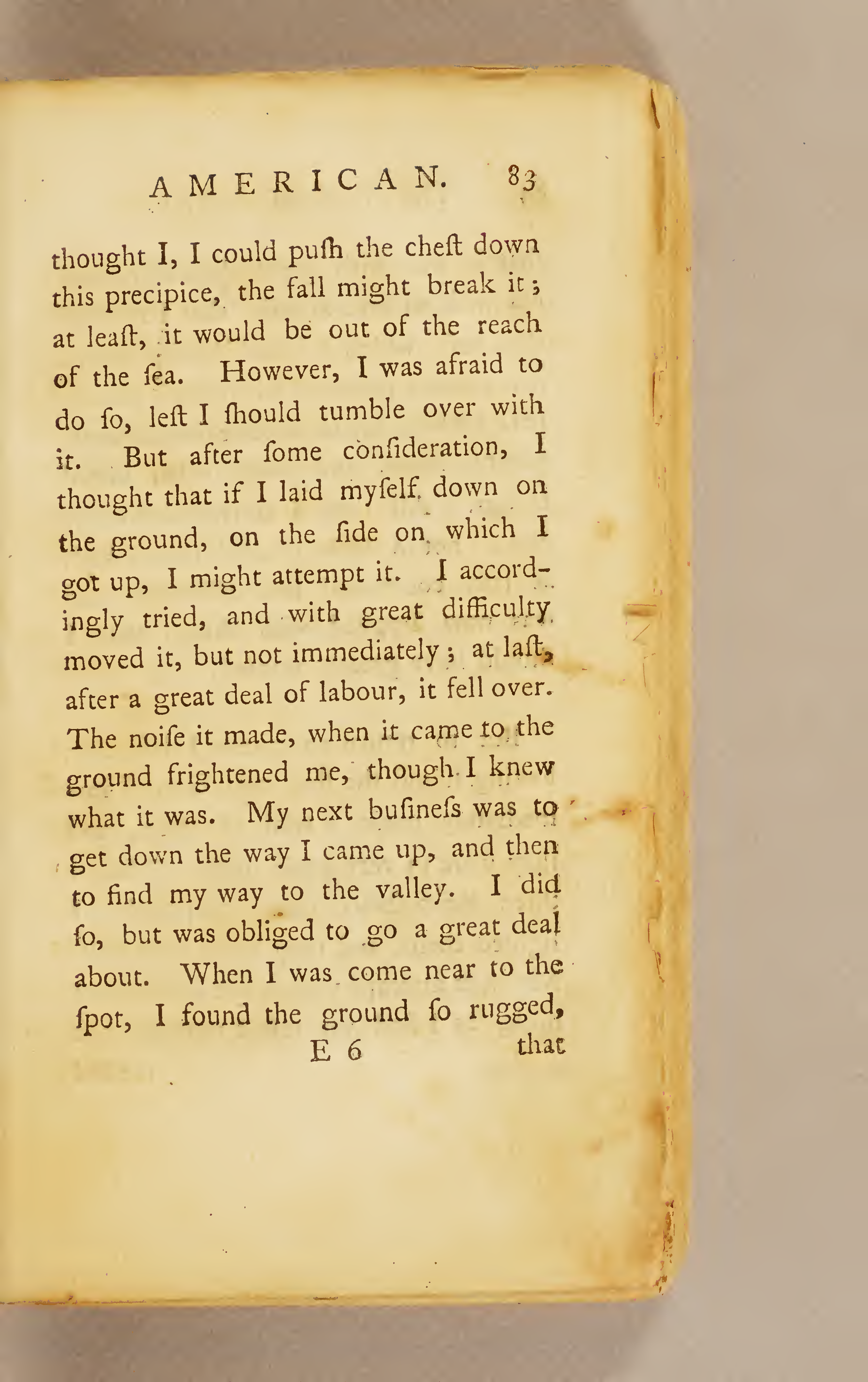
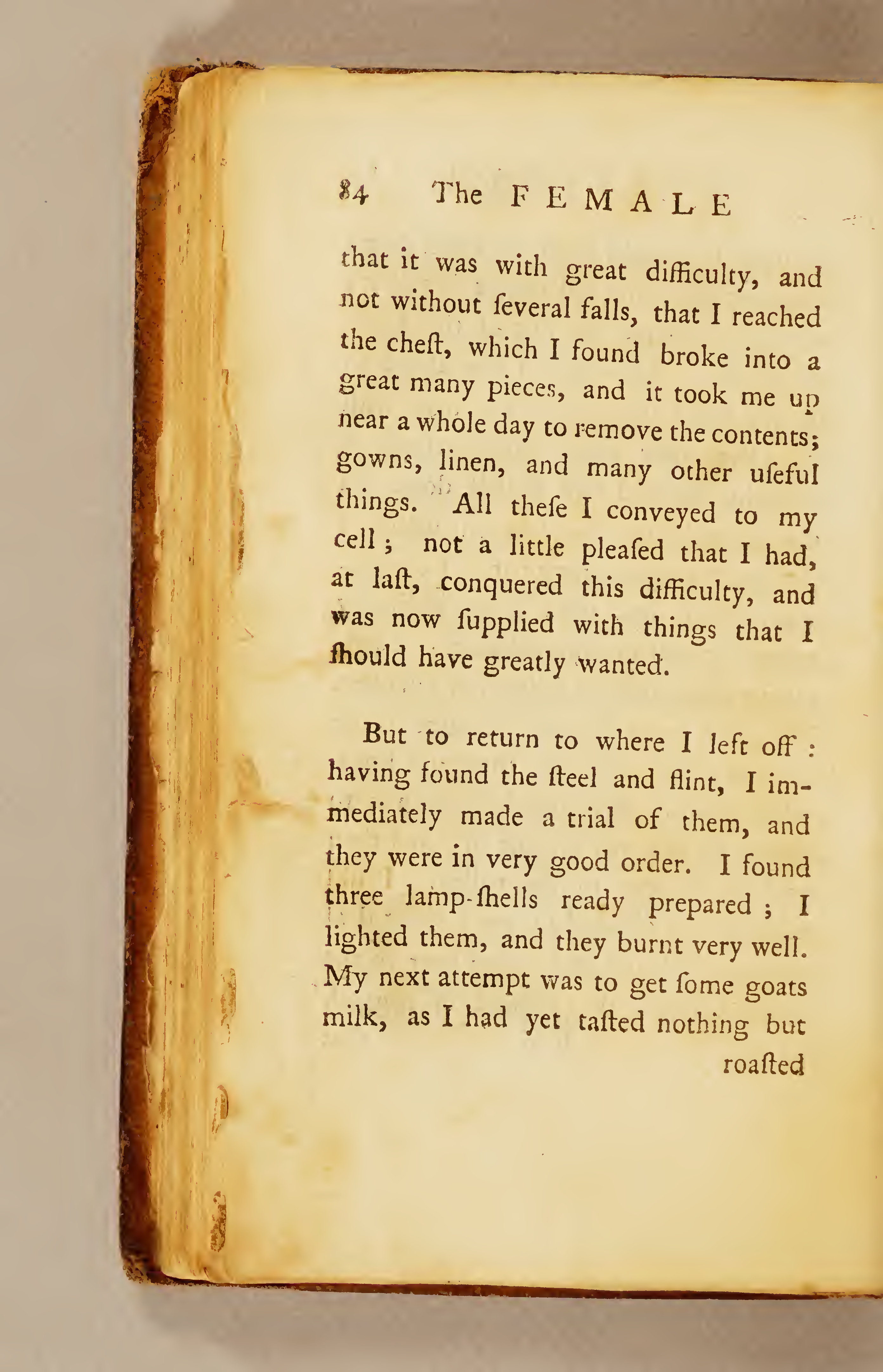
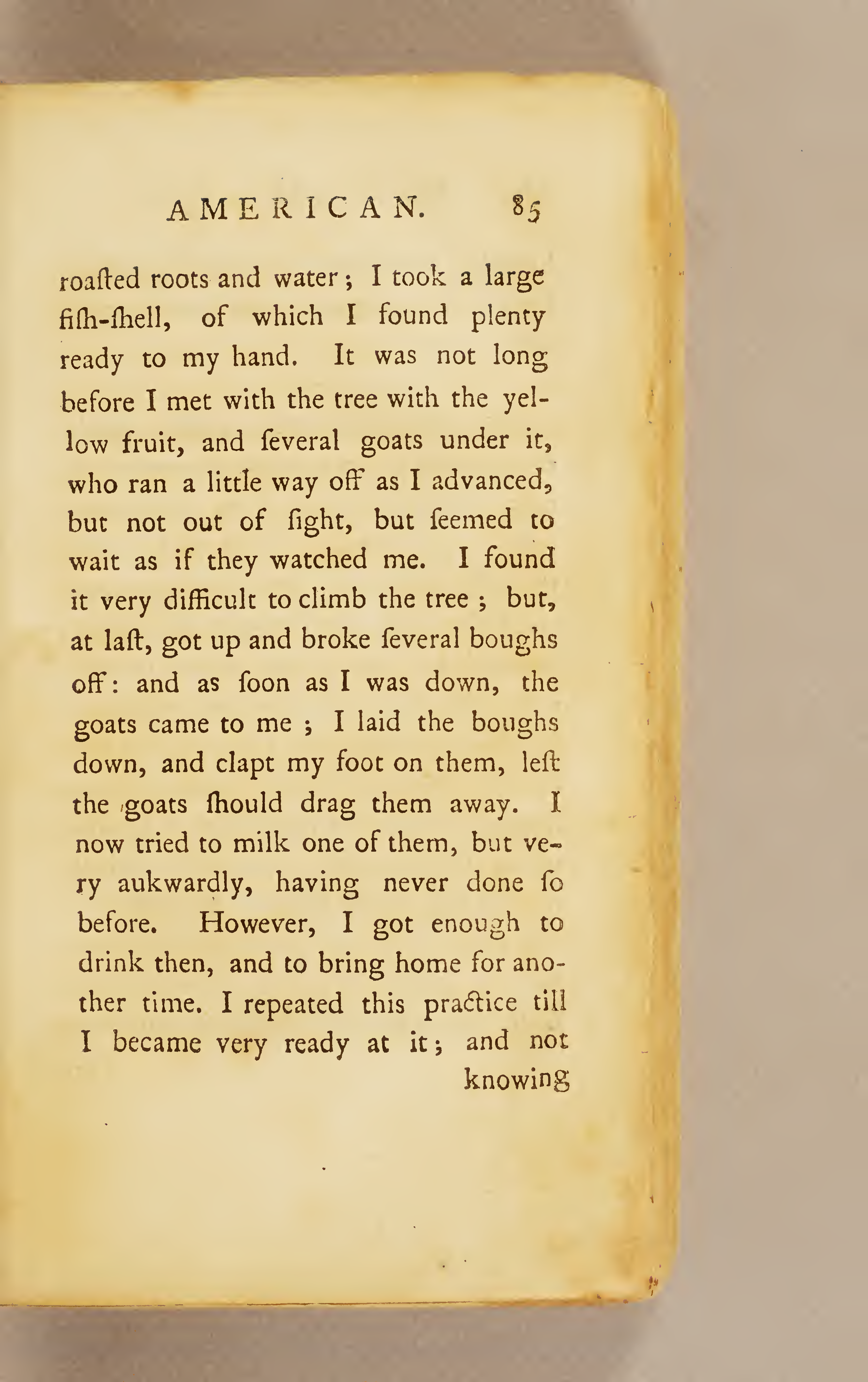
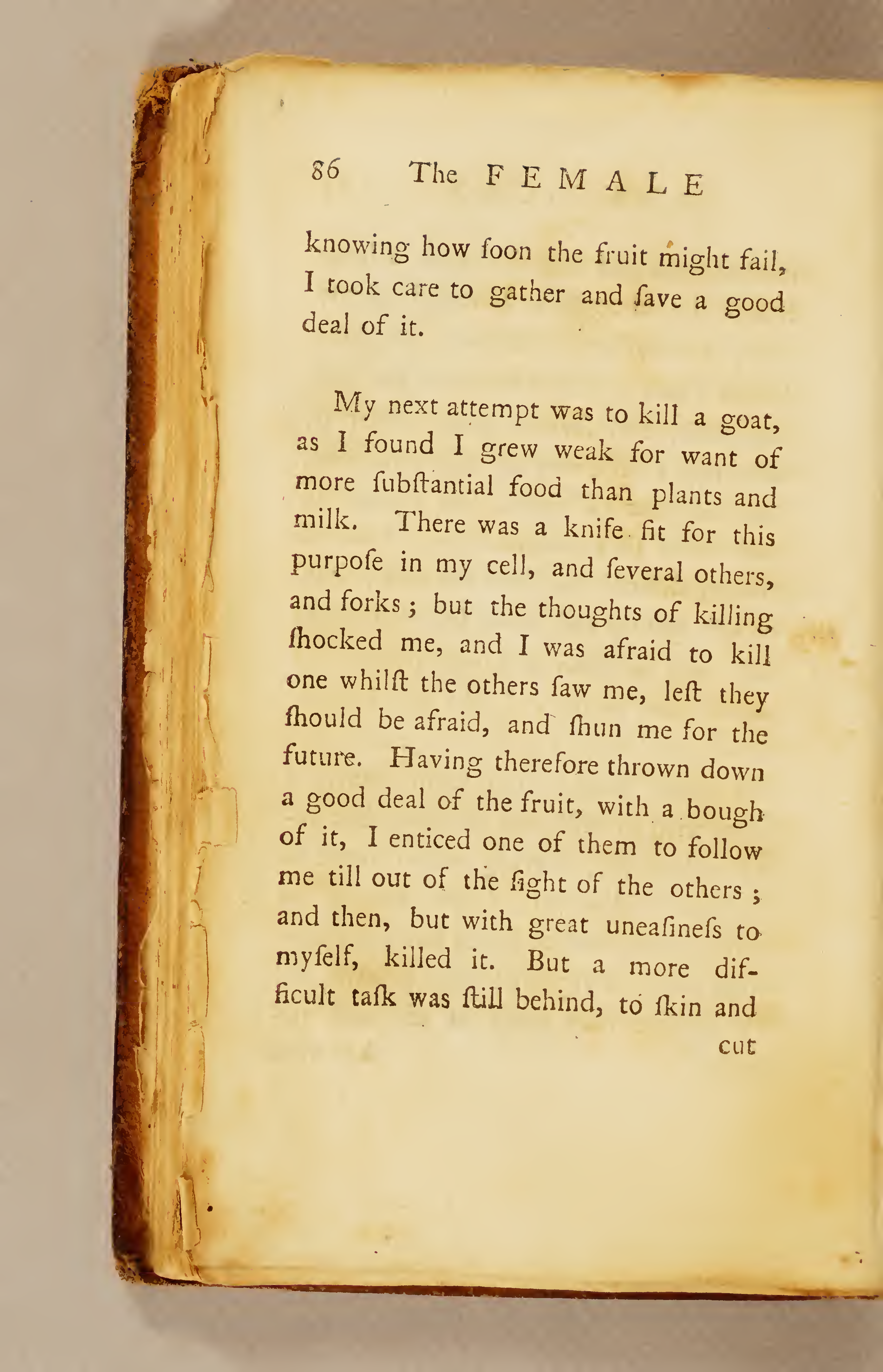
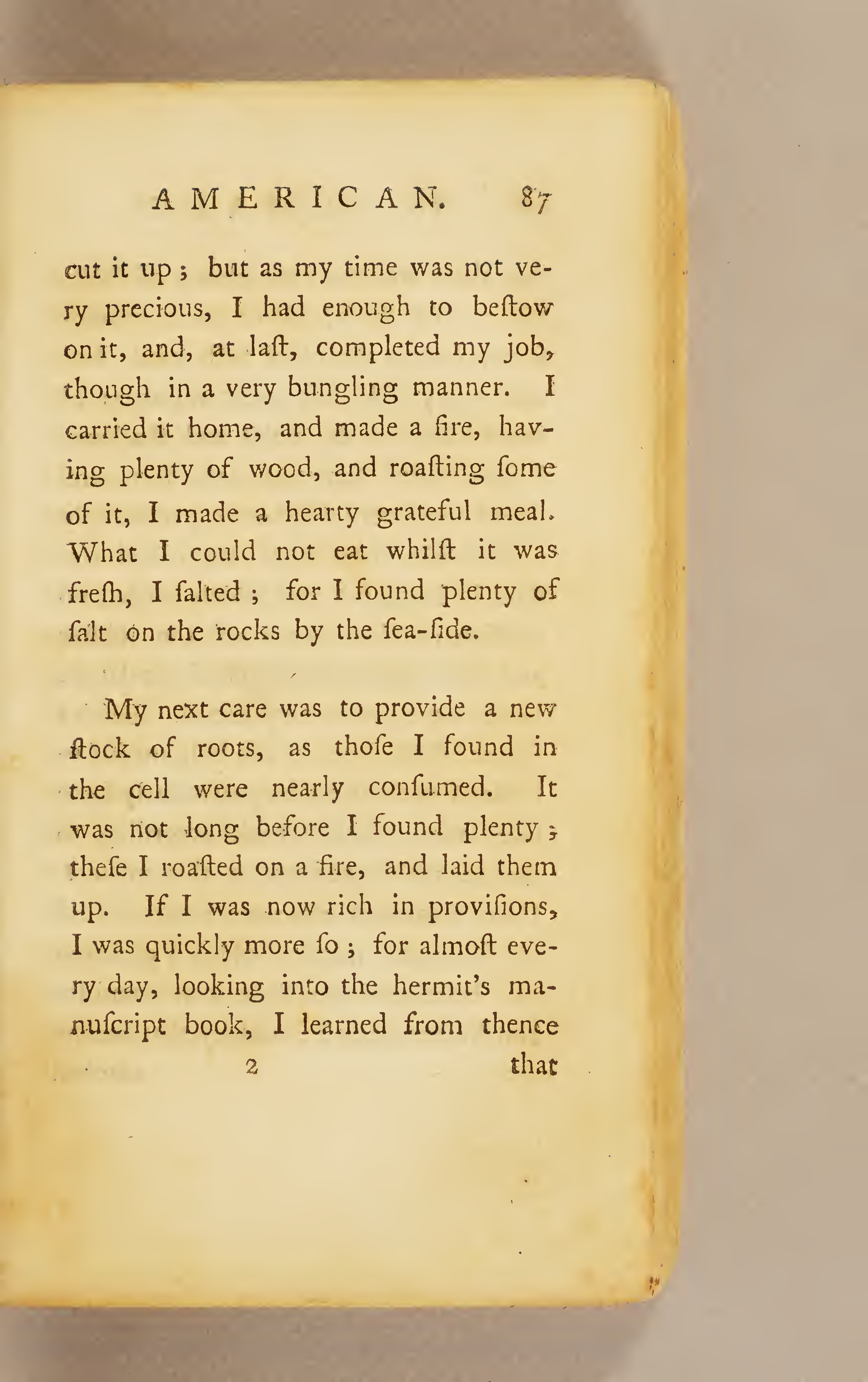
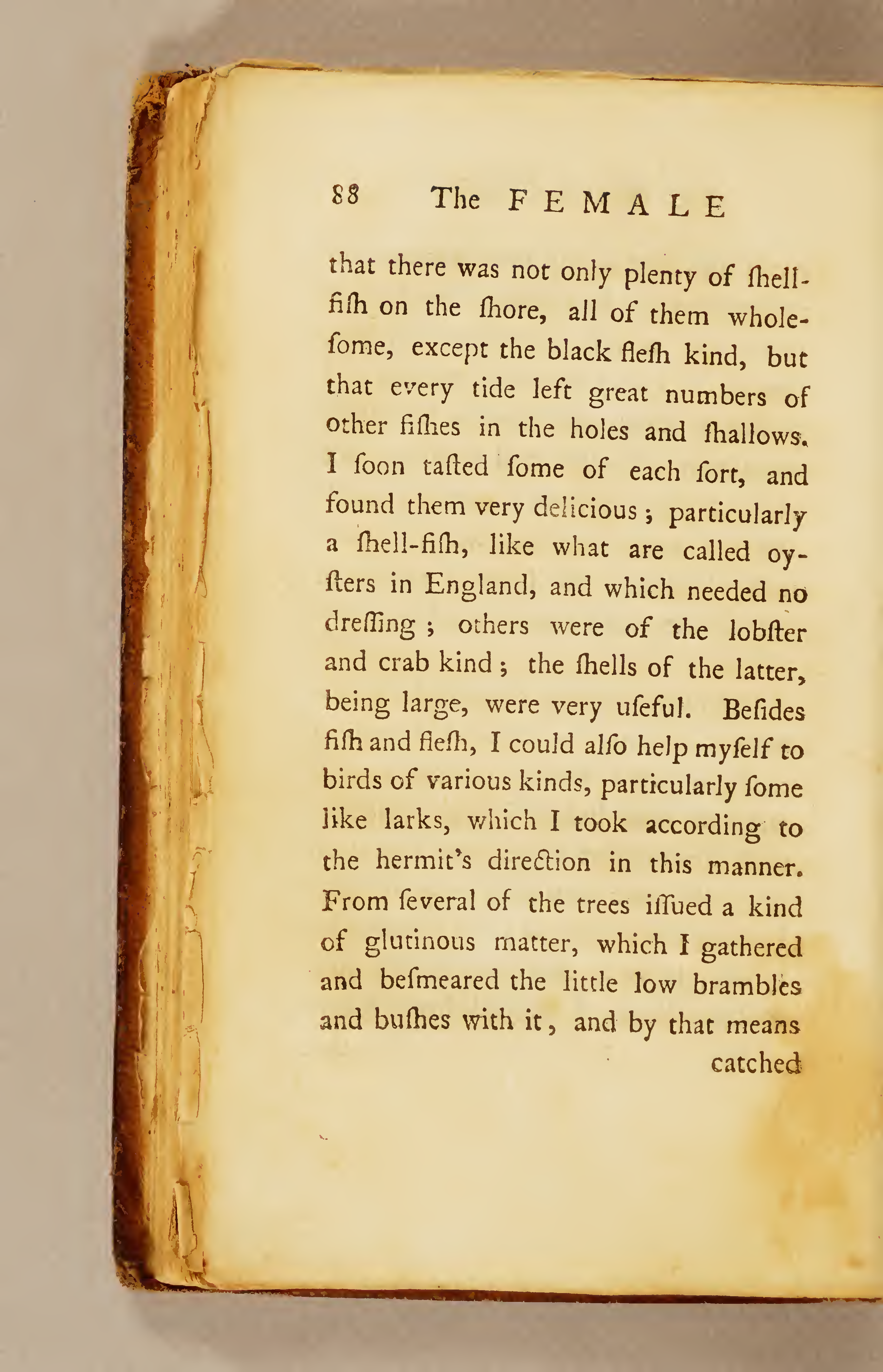
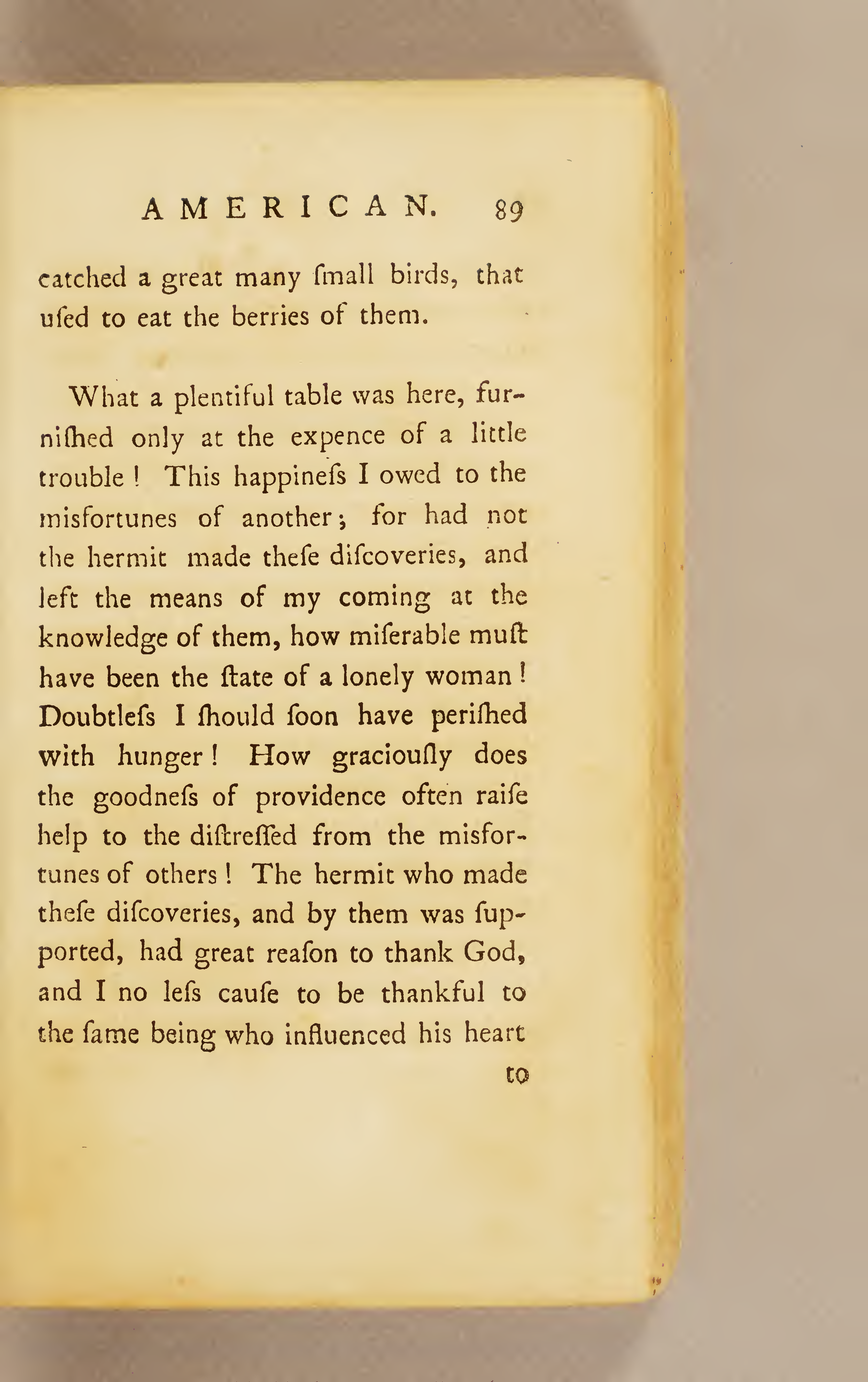
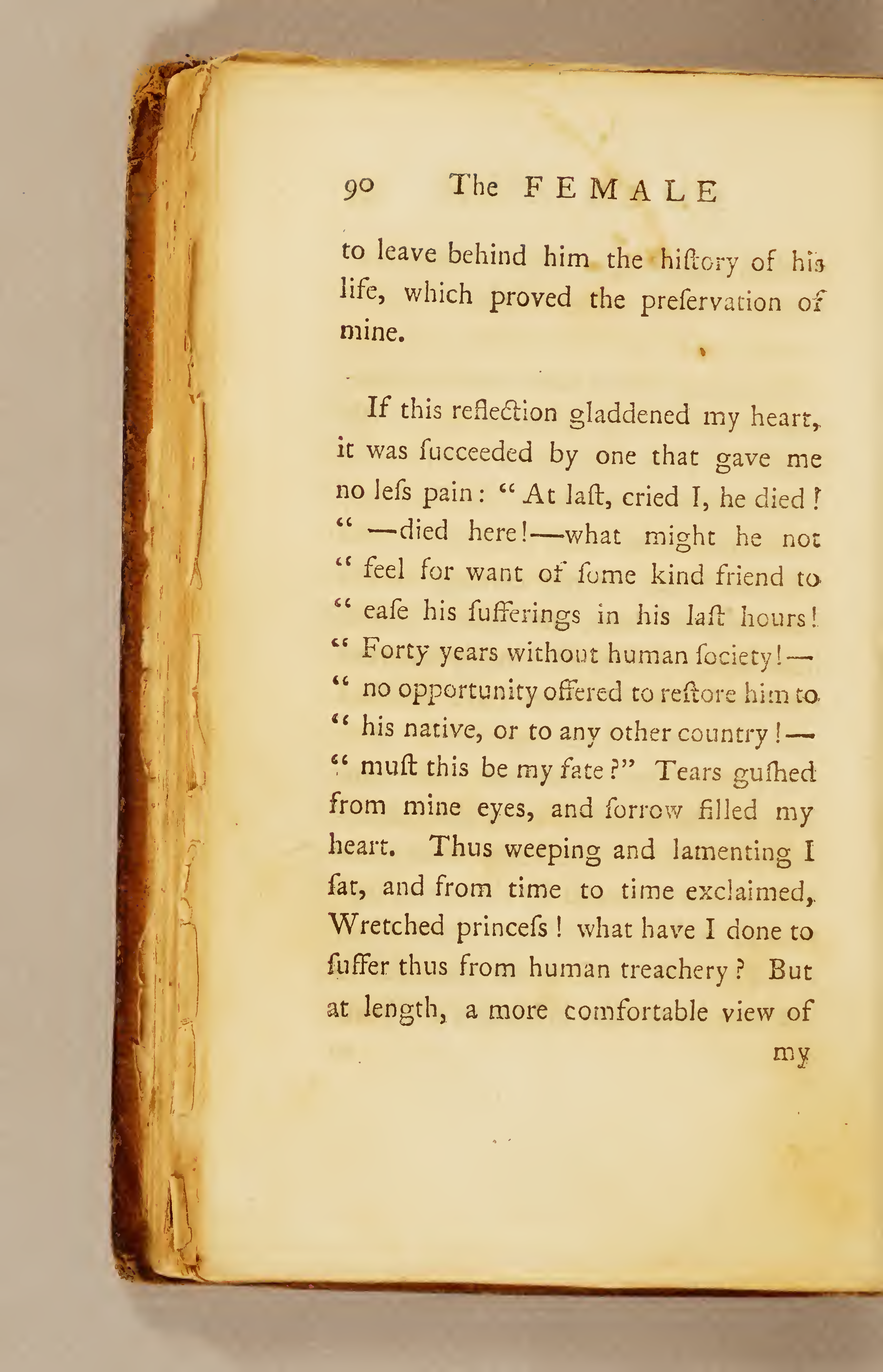
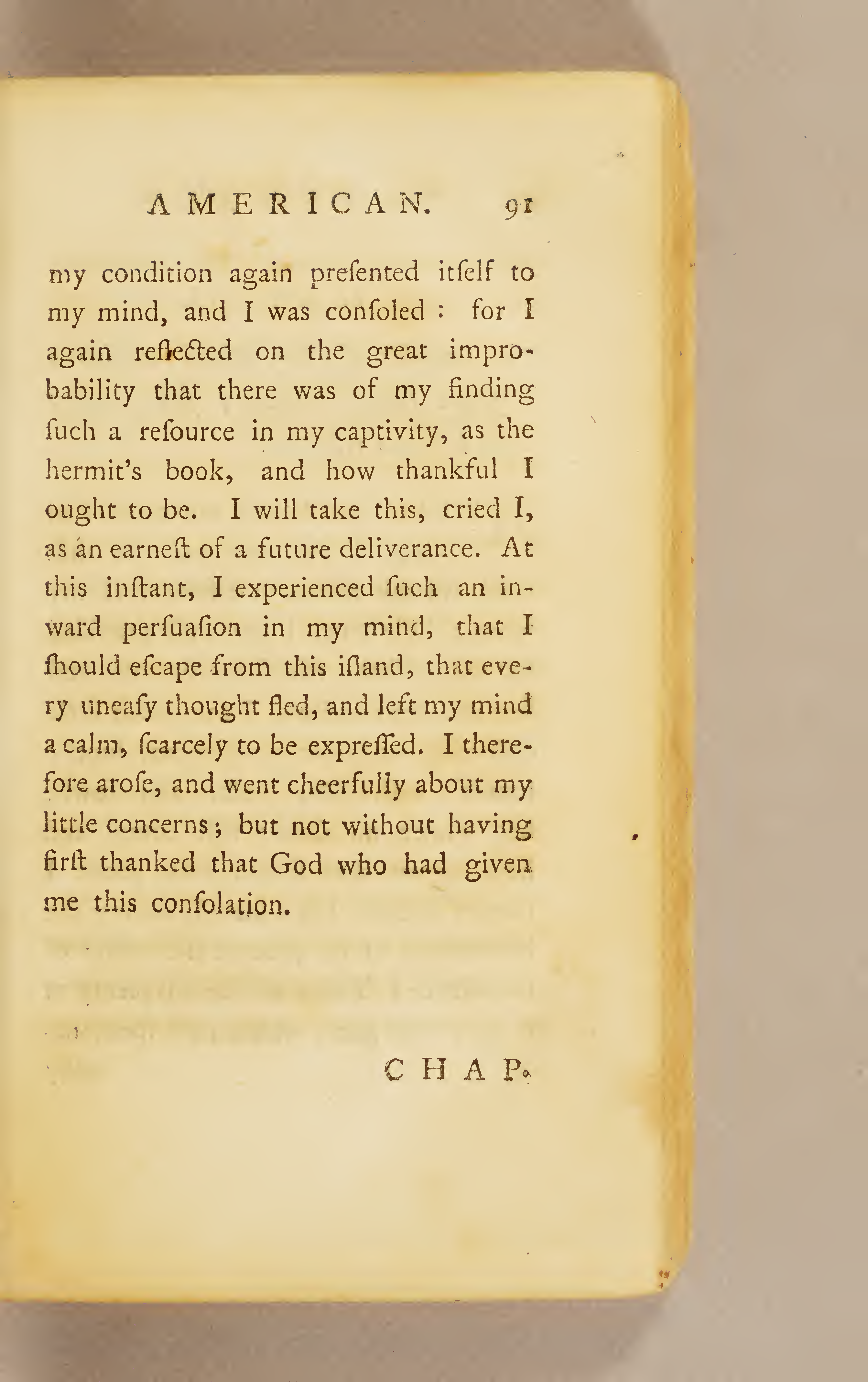
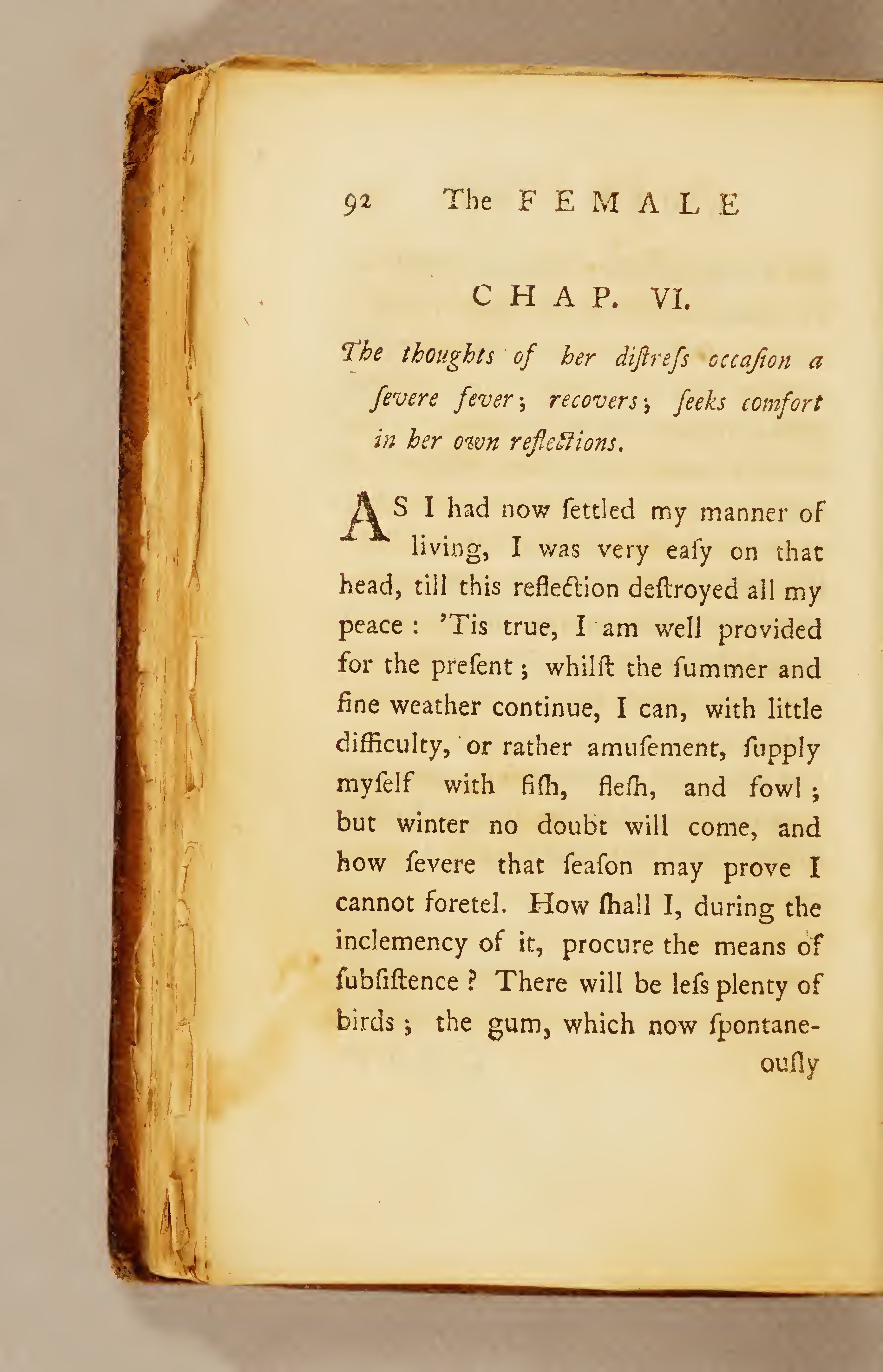
![Page 93 [page breaks after 'spontane-']](https://anthologyassetsdev.lib.virginia.edu/winkfield-female-american/pageImages/093.png)
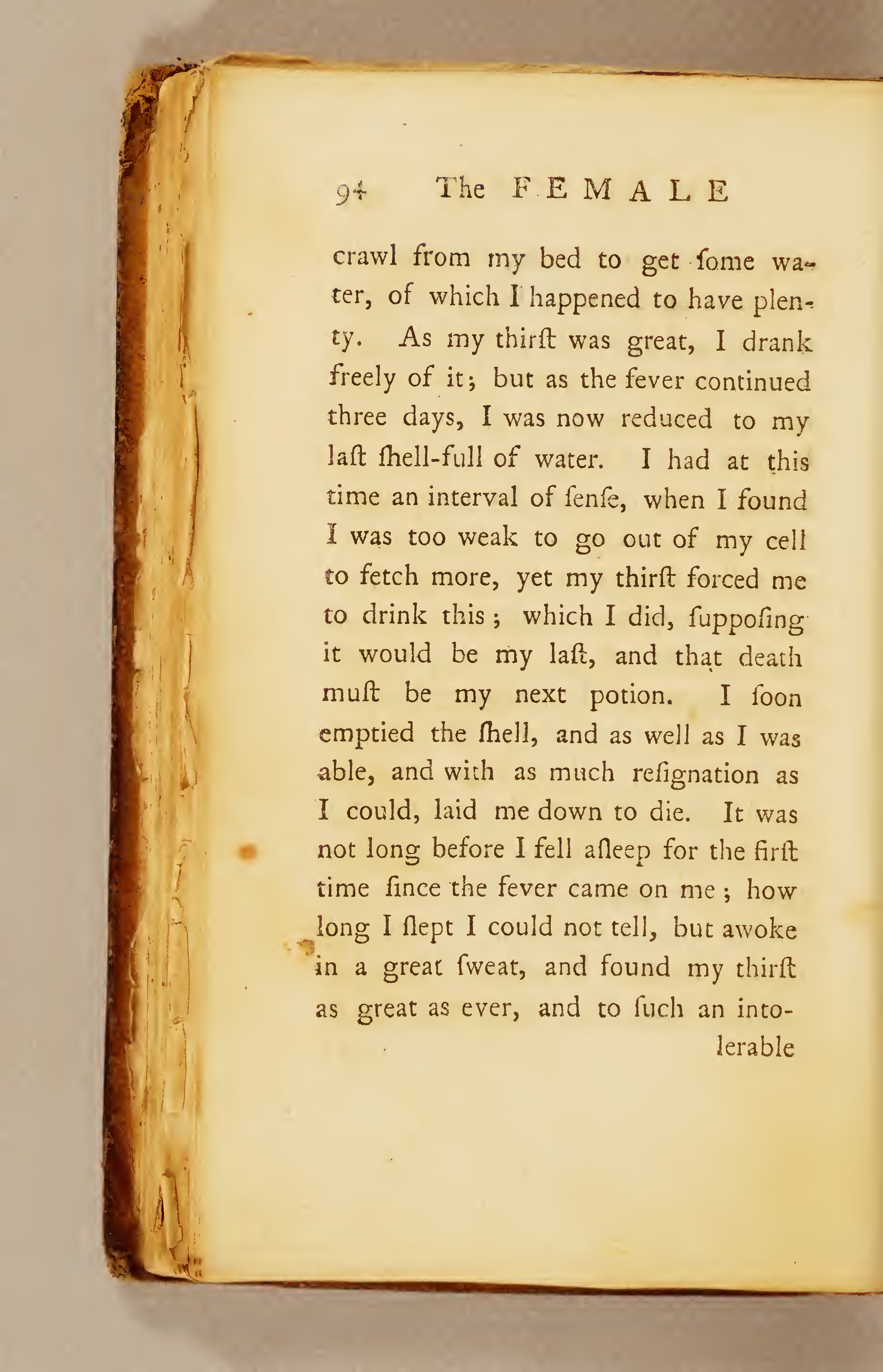
![Page 95 [page breaks after 'into-']](https://anthologyassetsdev.lib.virginia.edu/winkfield-female-american/pageImages/095.png)
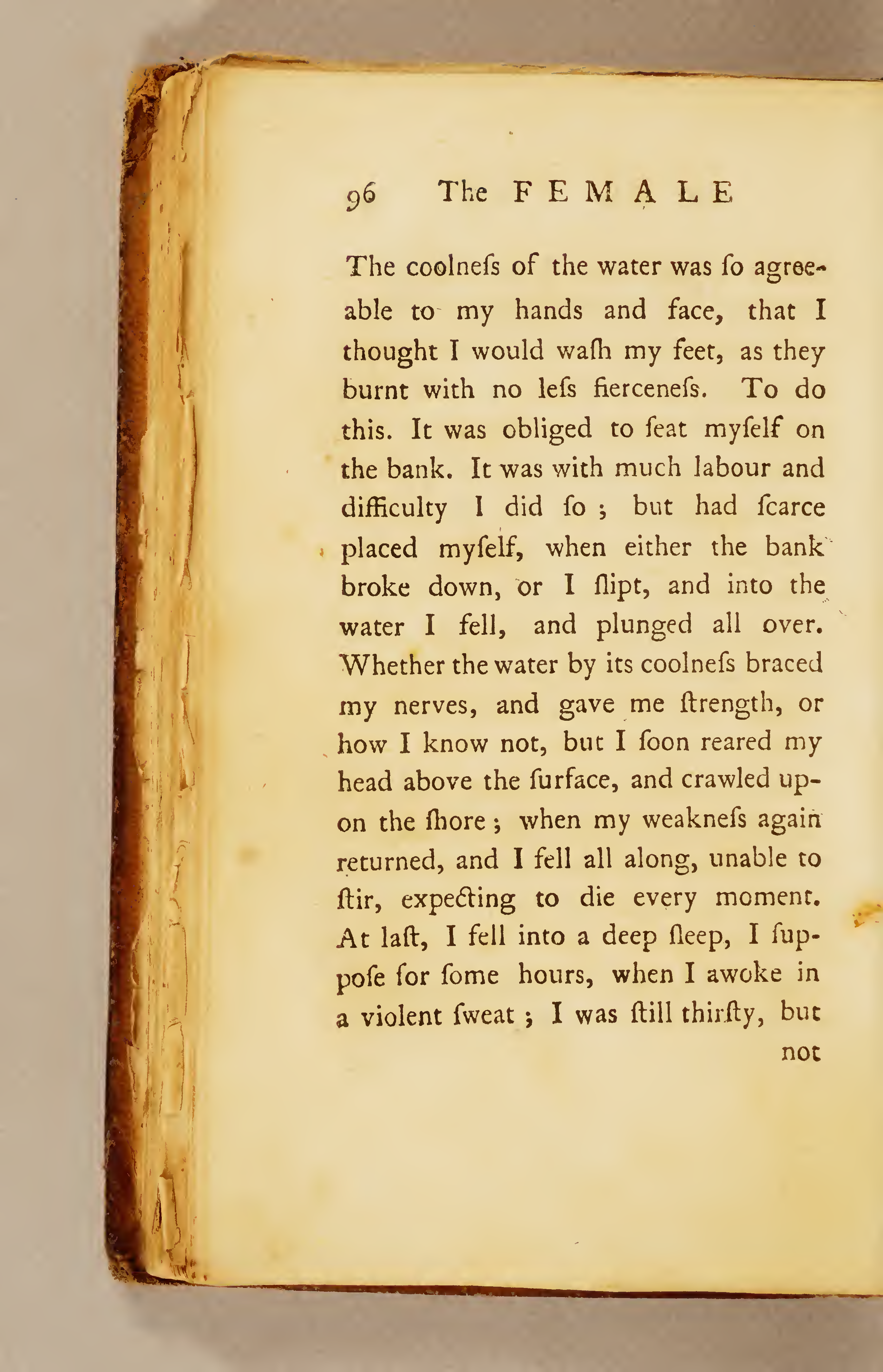
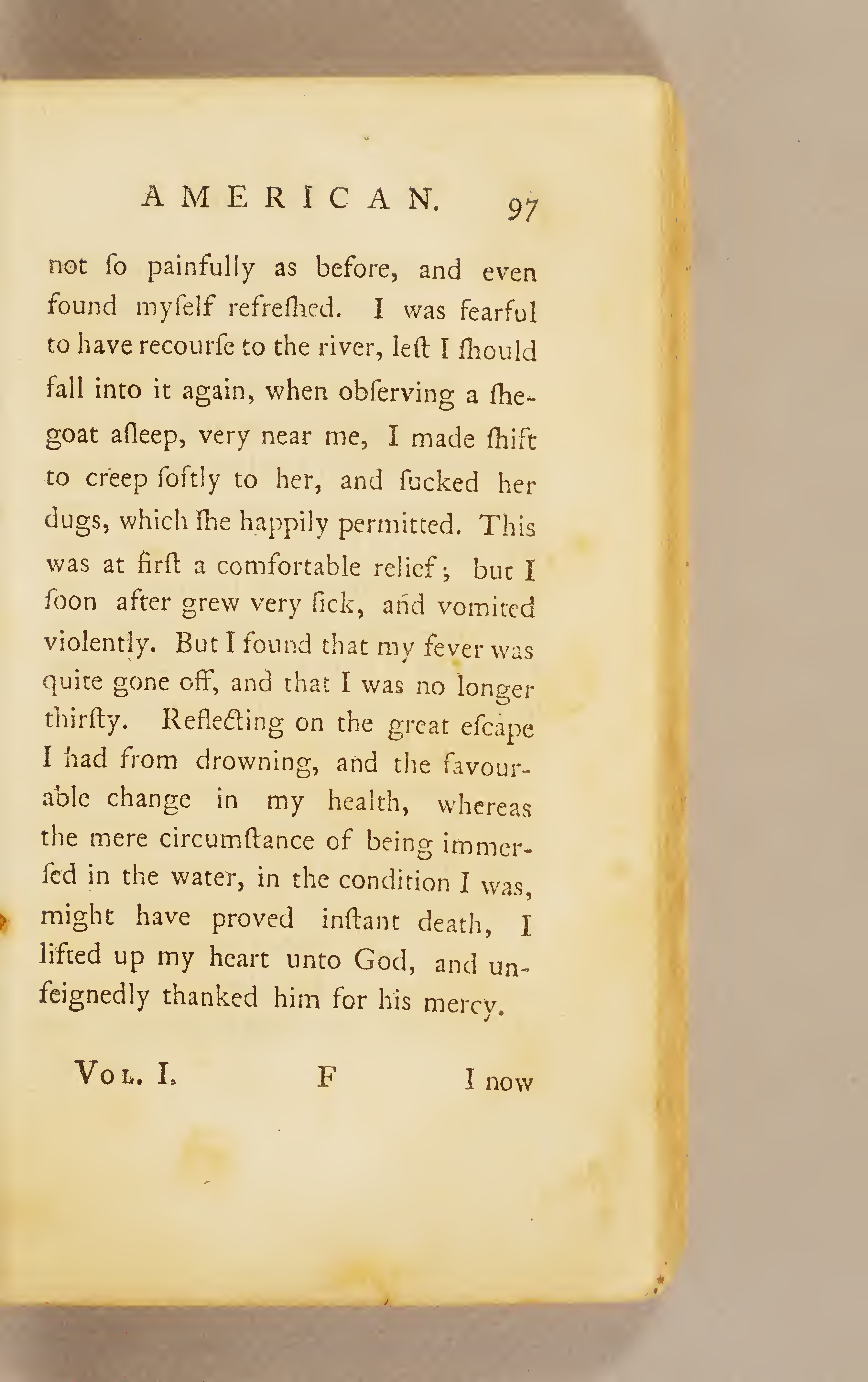
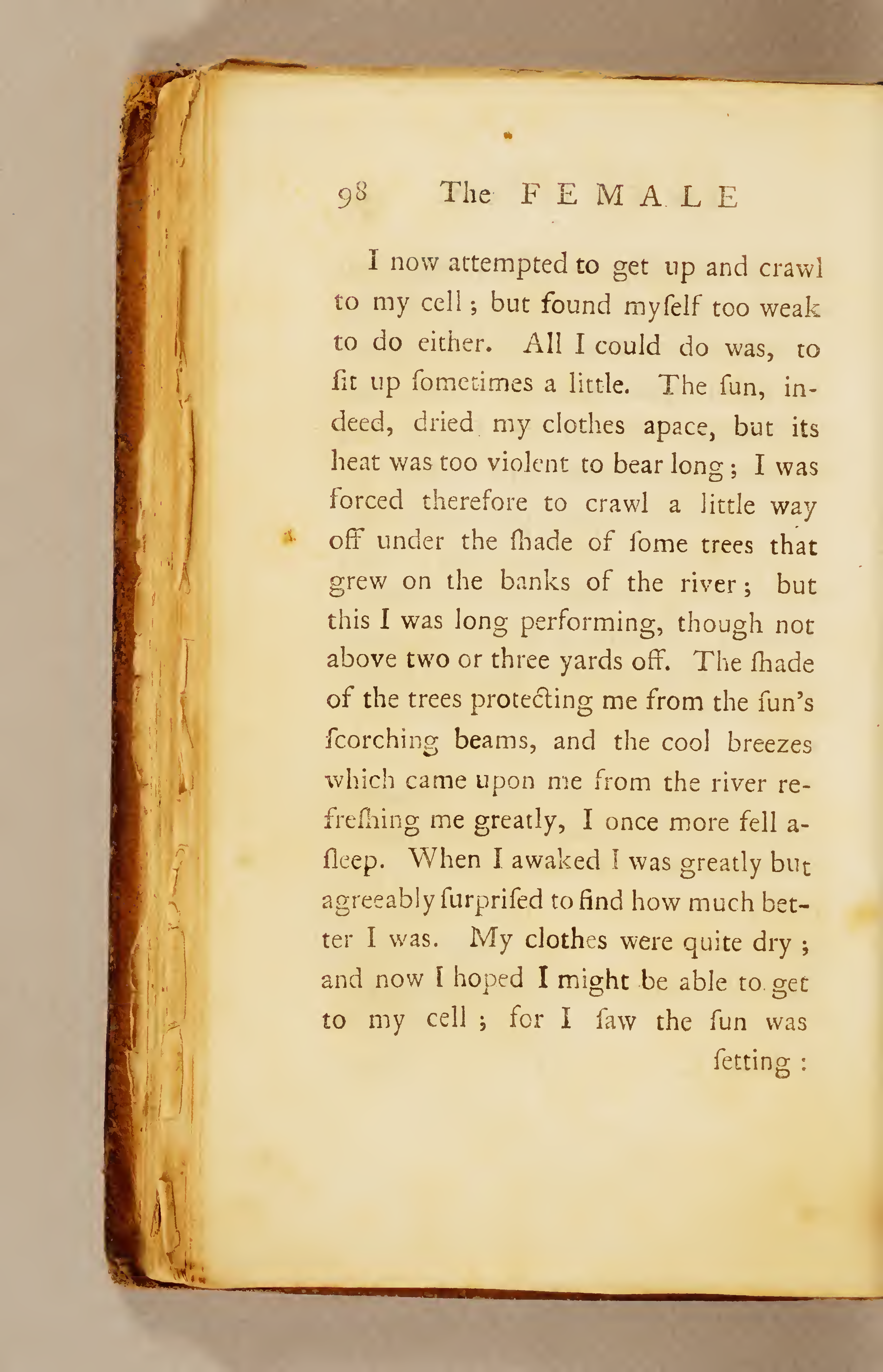
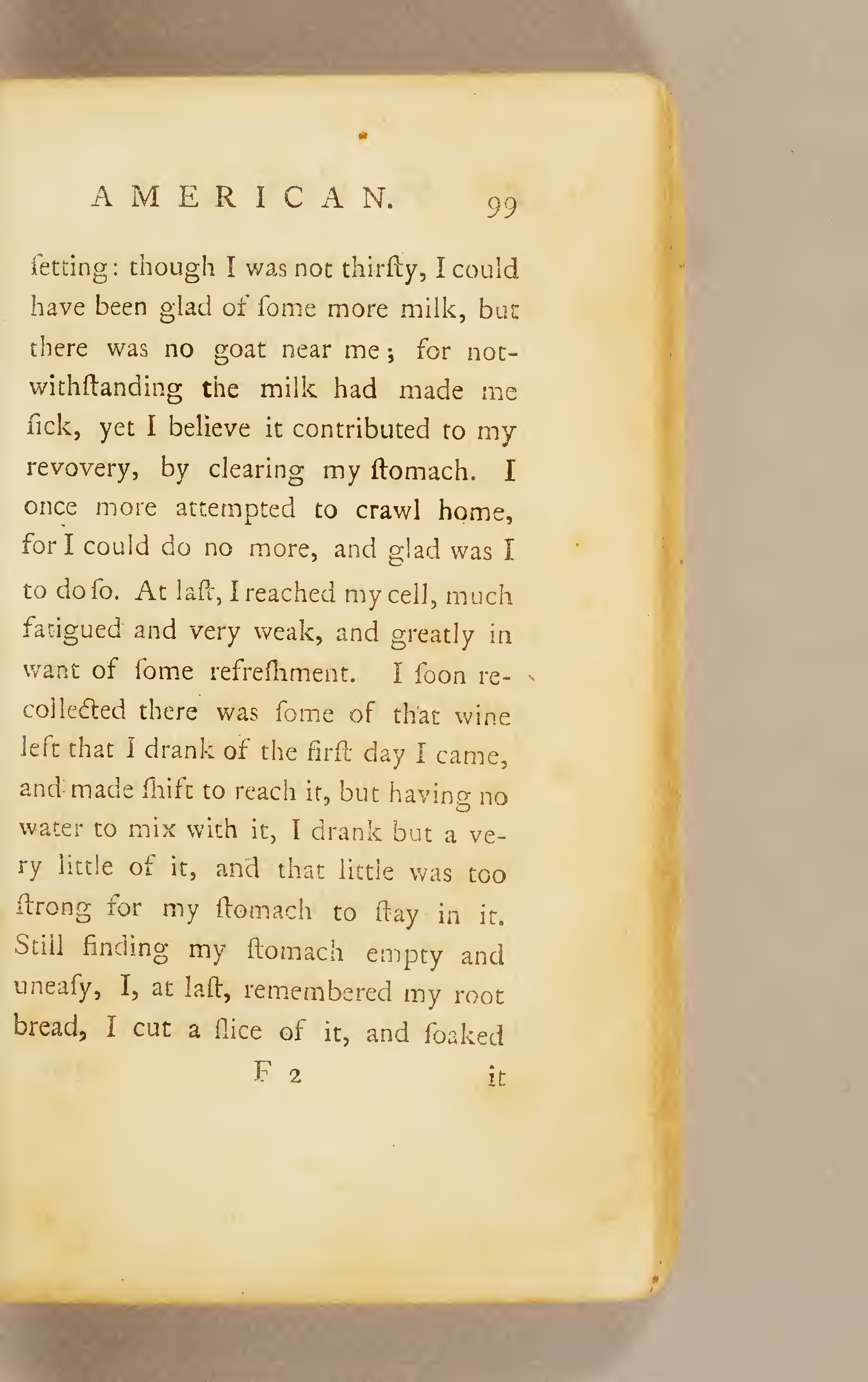








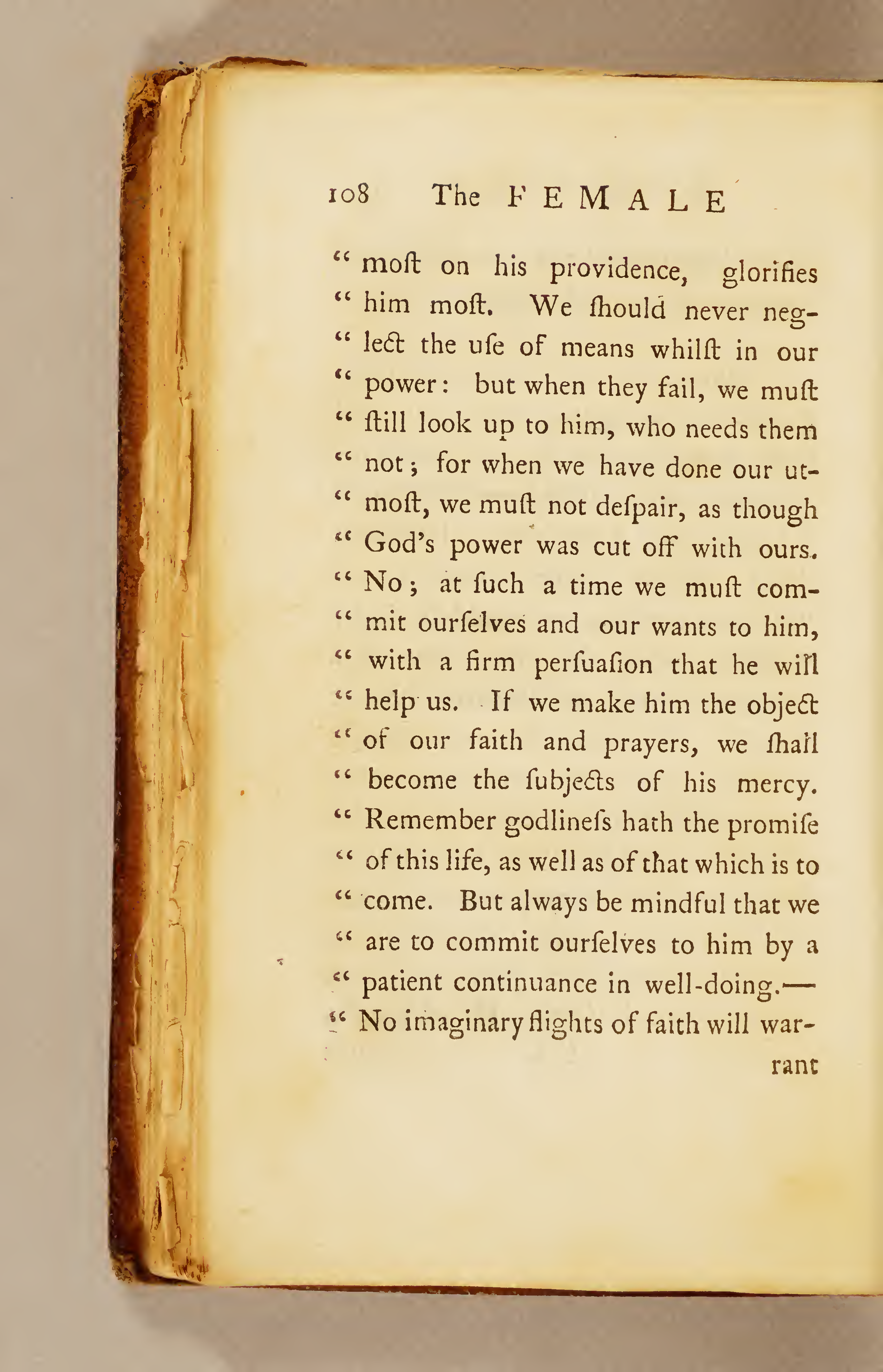
![Page 109 [page breaks after 'war-']](https://anthologyassetsdev.lib.virginia.edu/winkfield-female-american/pageImages/109.png)



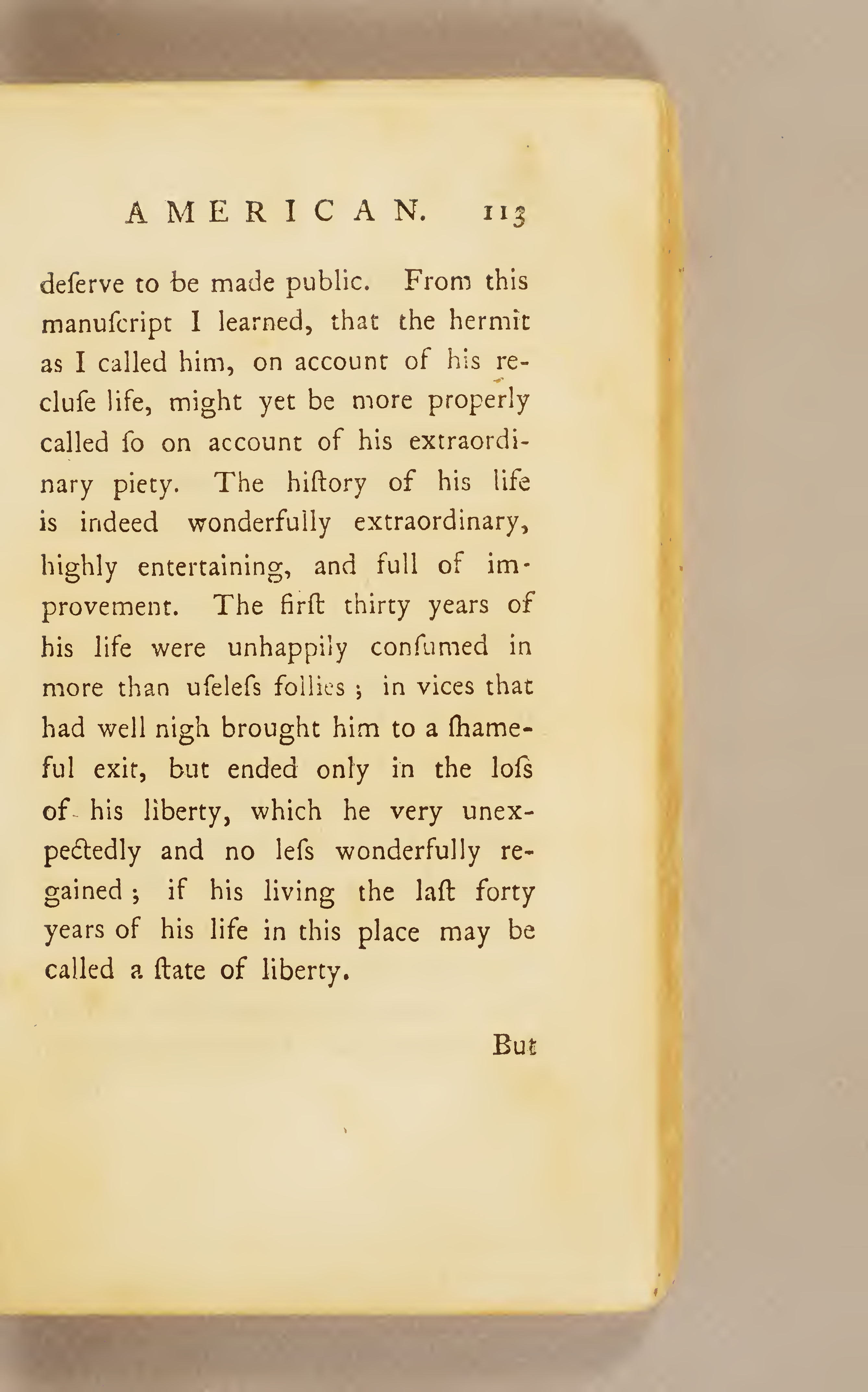
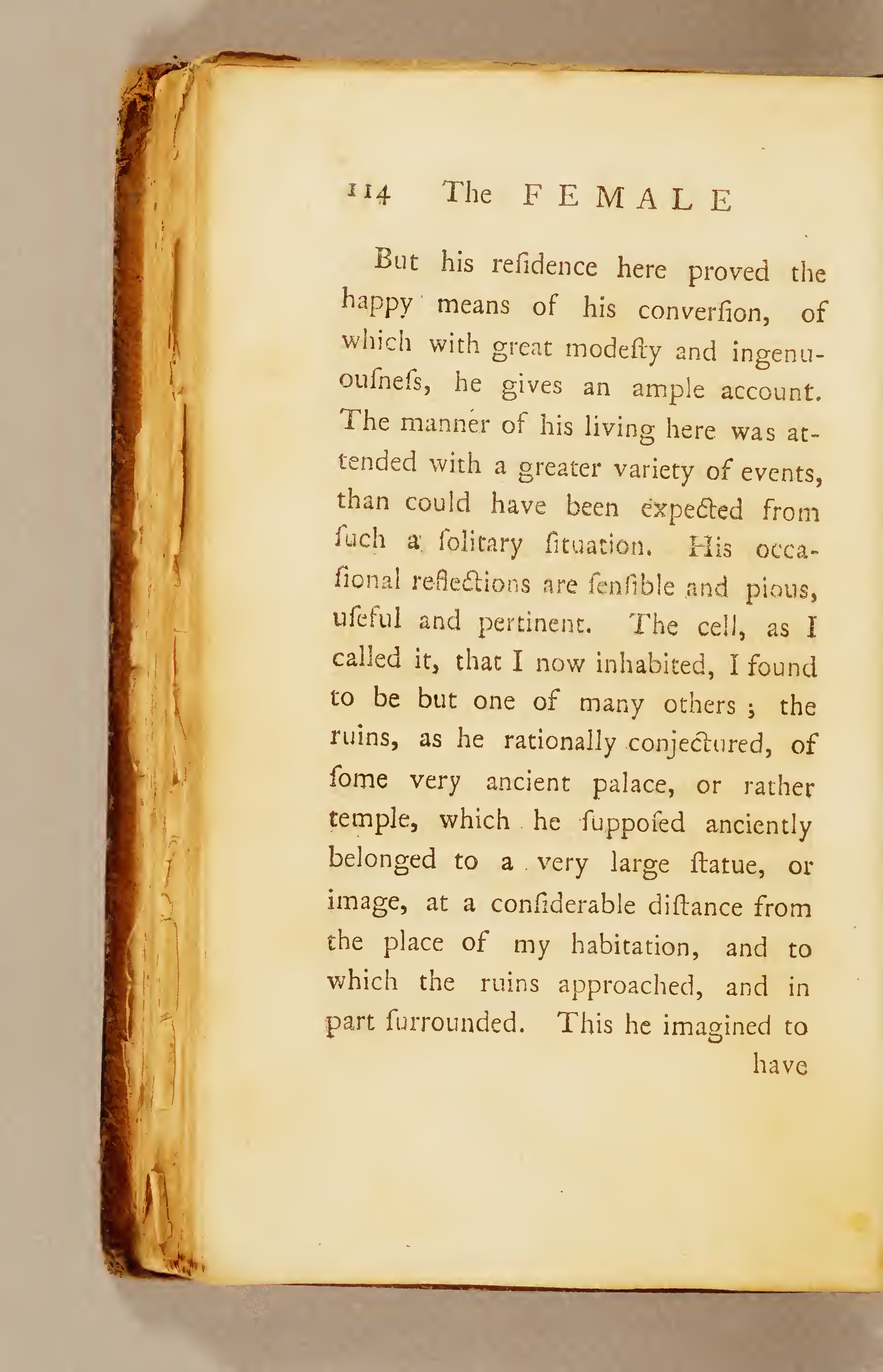
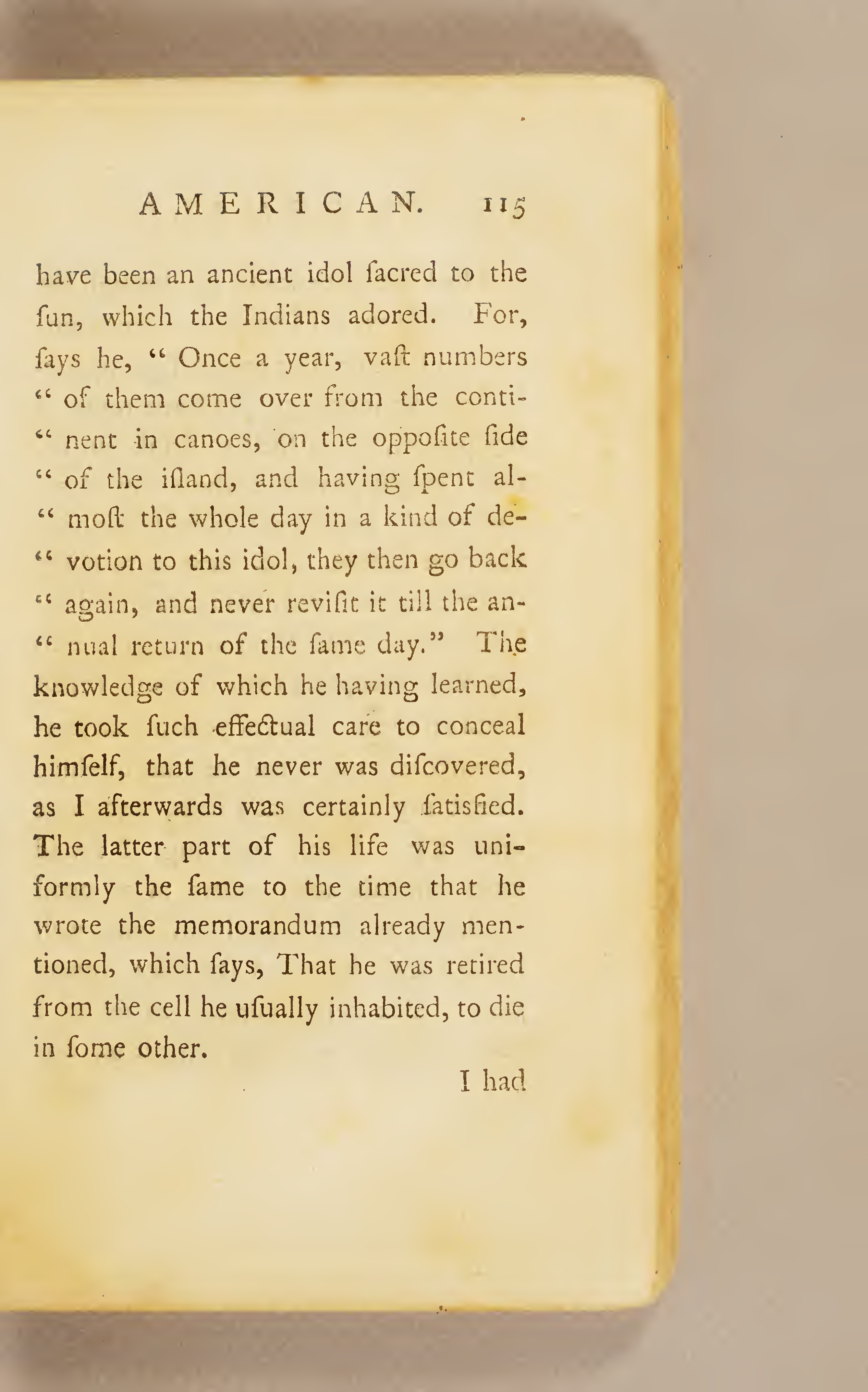

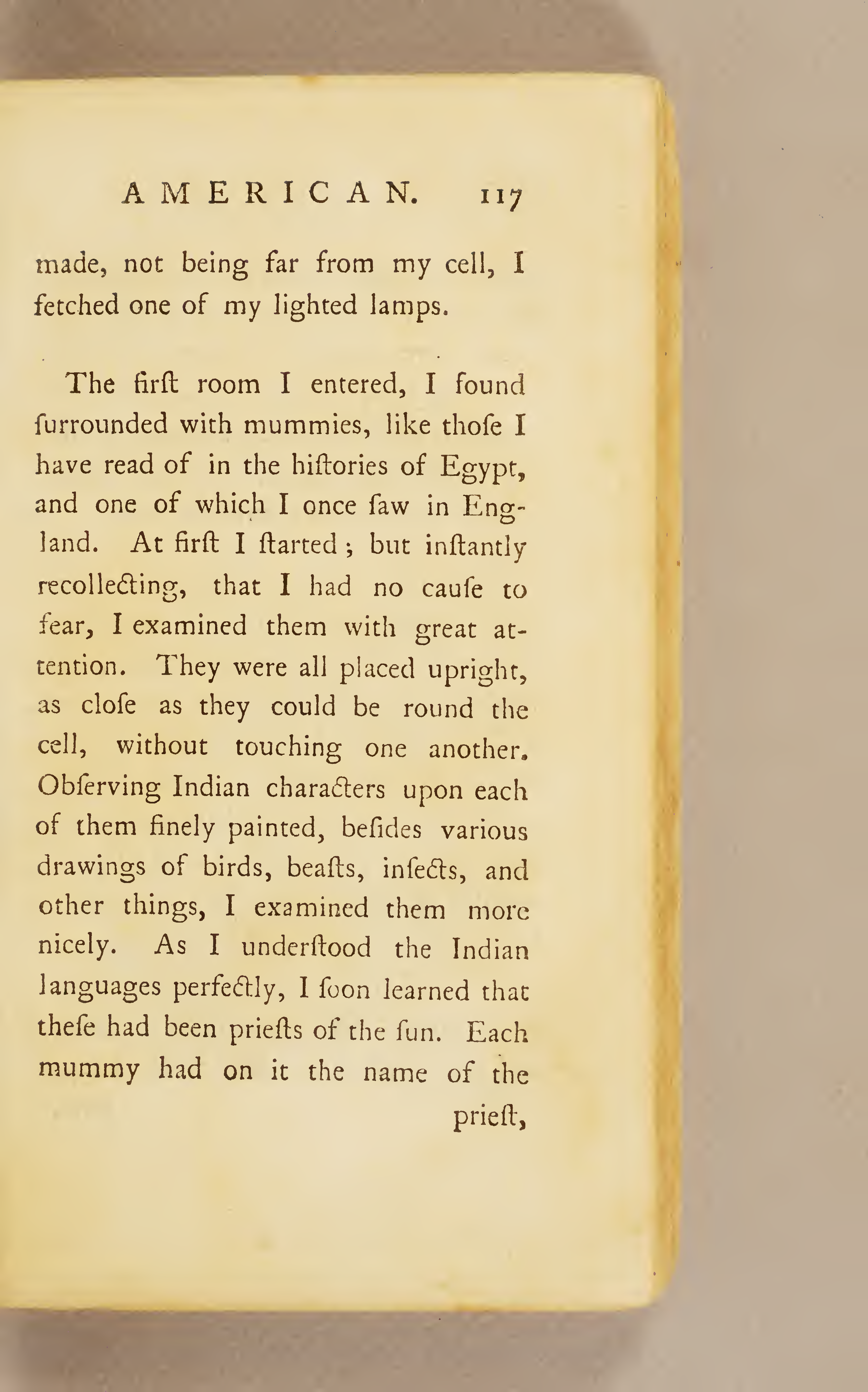
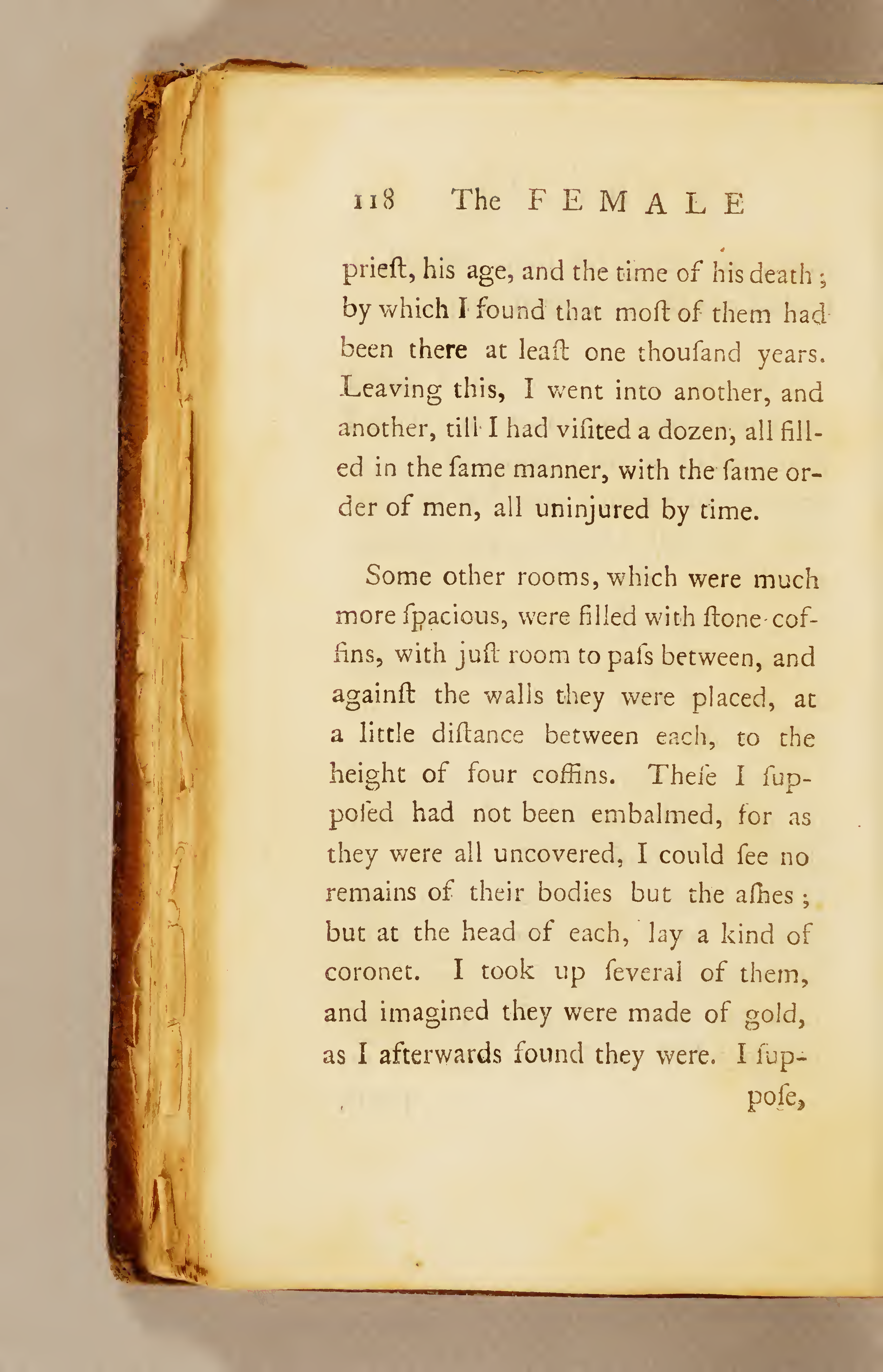
![Page 119 [page breaks after 'sup-']](https://anthologyassetsdev.lib.virginia.edu/winkfield-female-american/pageImages/119.png)


![Page 122 [page breaks after 've-']](https://anthologyassetsdev.lib.virginia.edu/winkfield-female-american/pageImages/122.png)

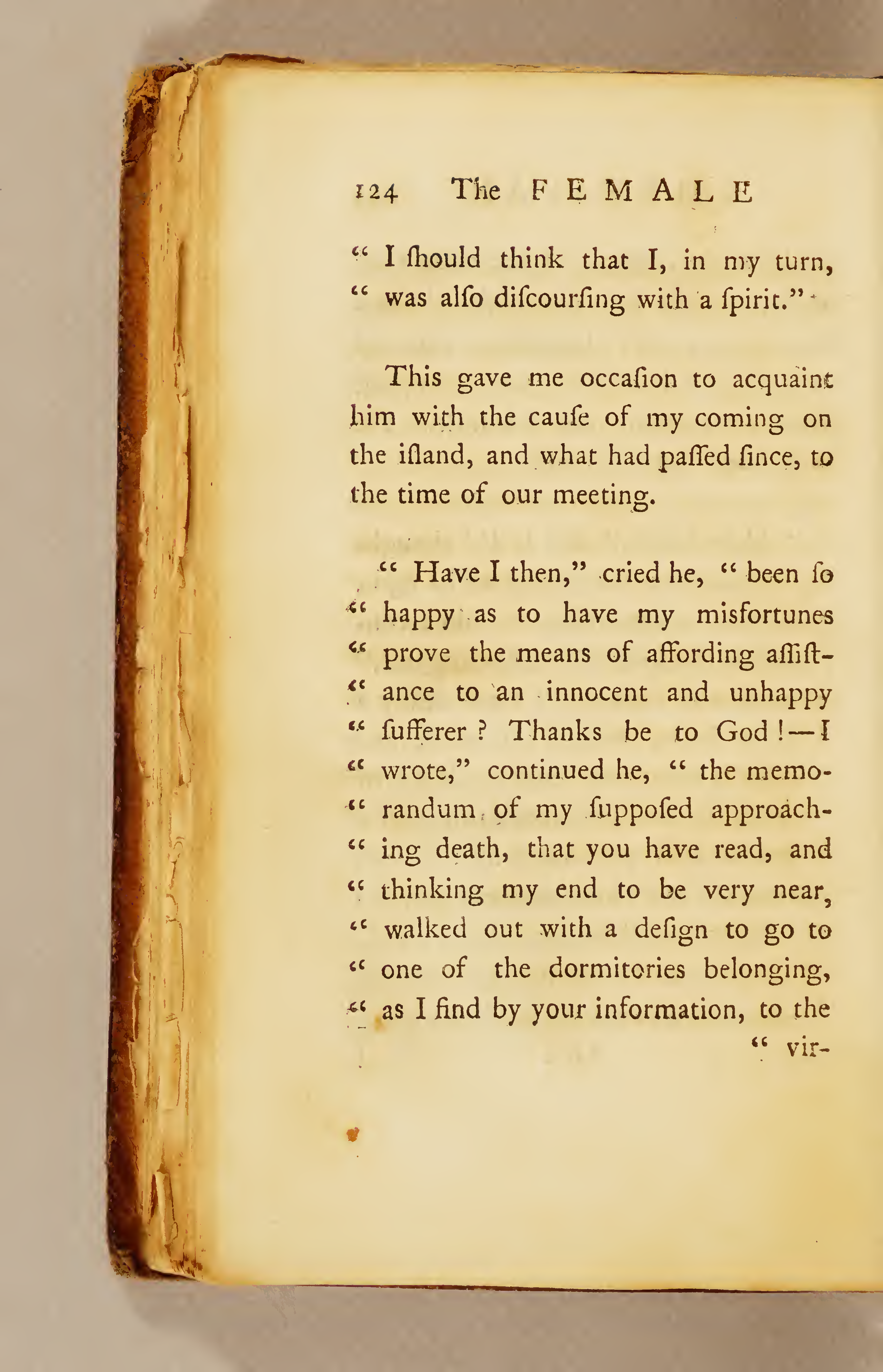

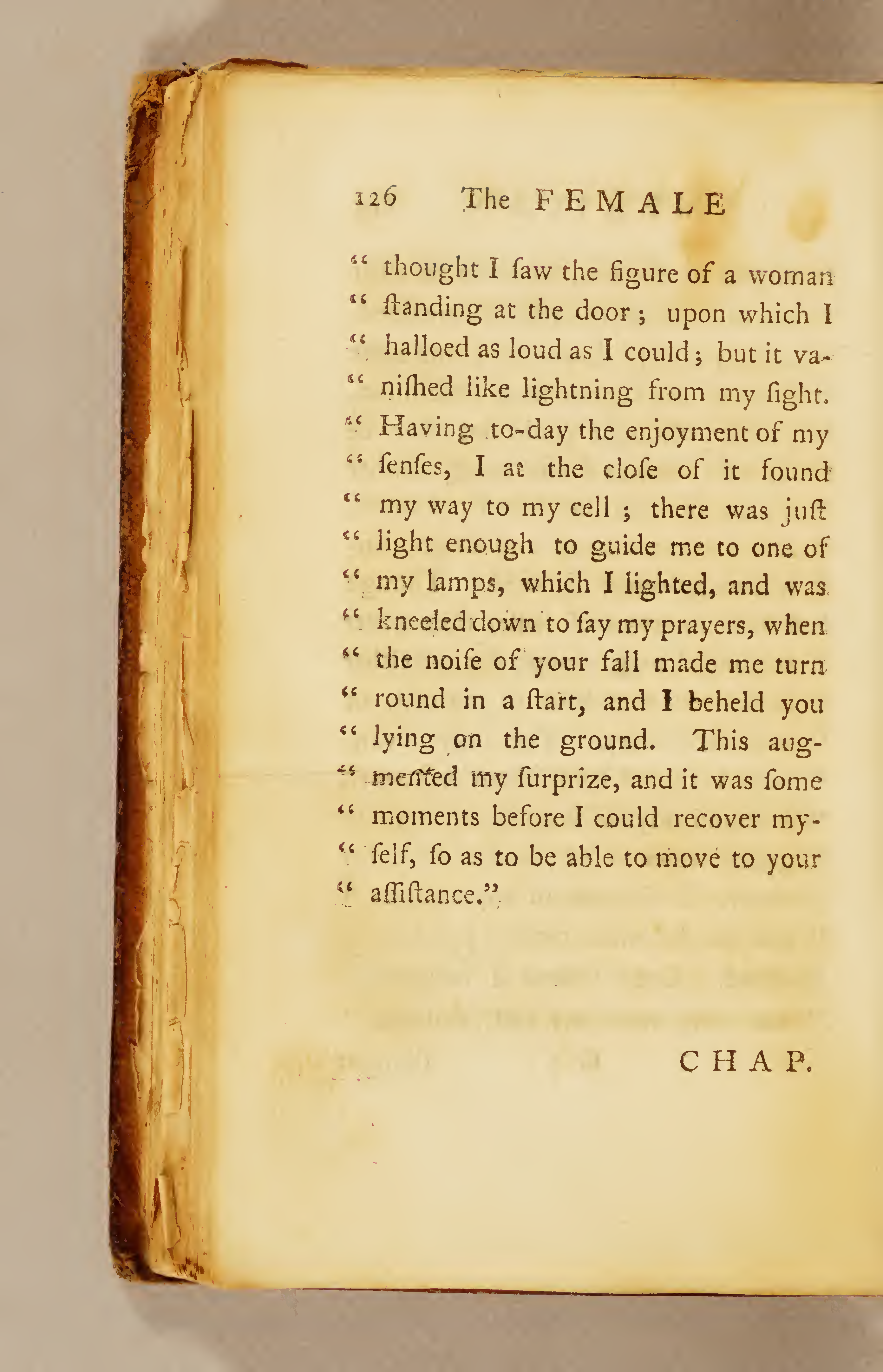
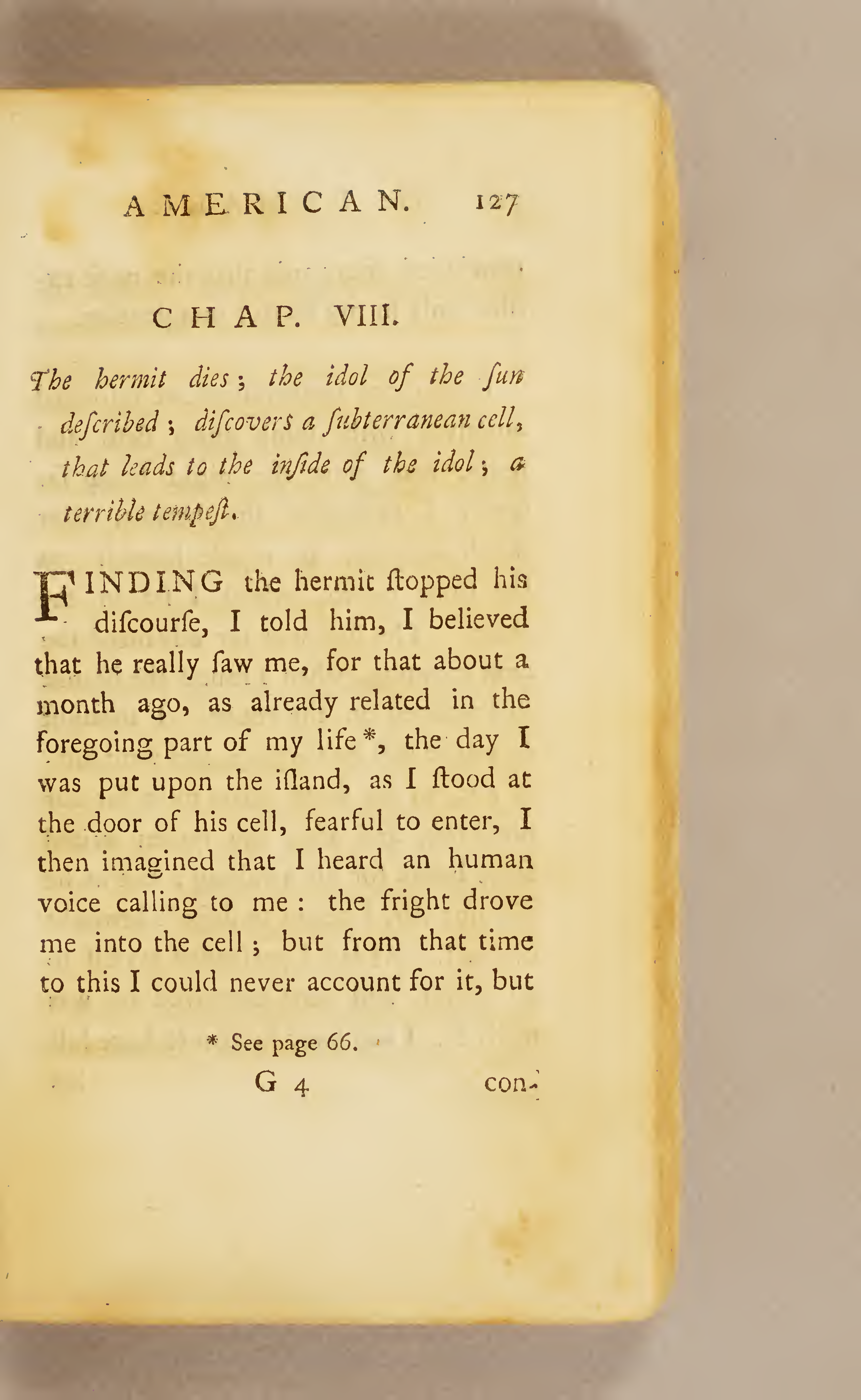

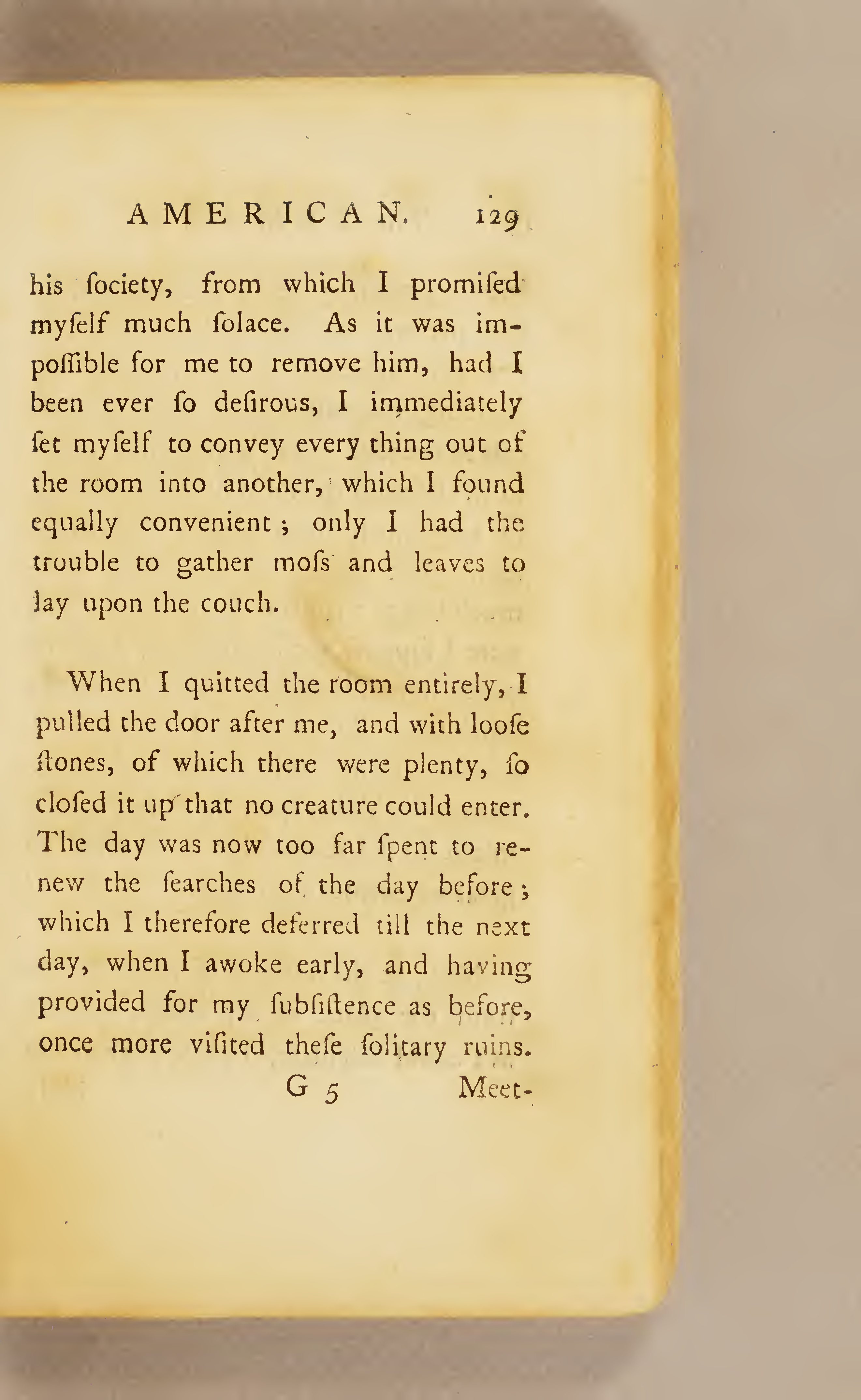
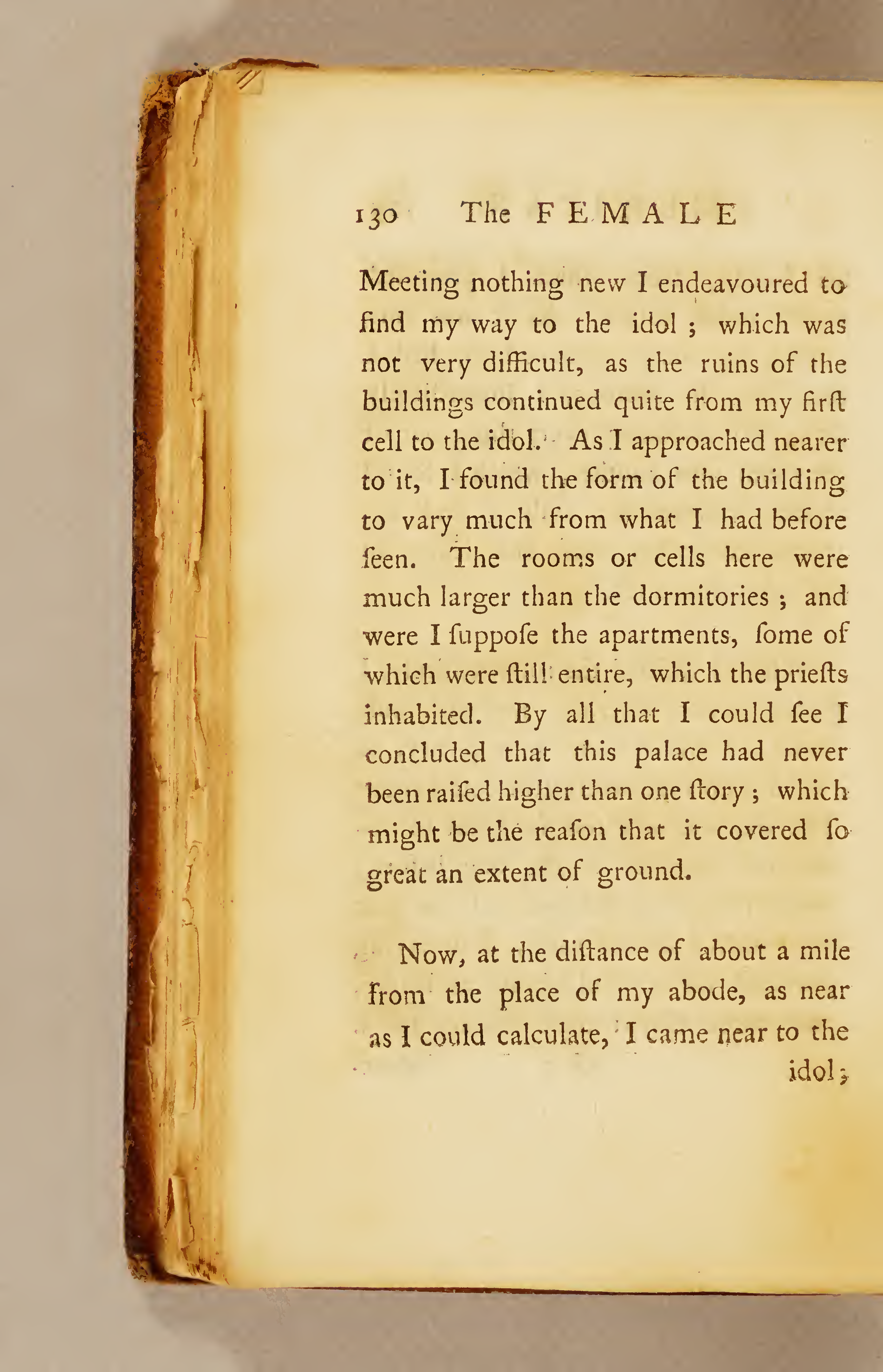


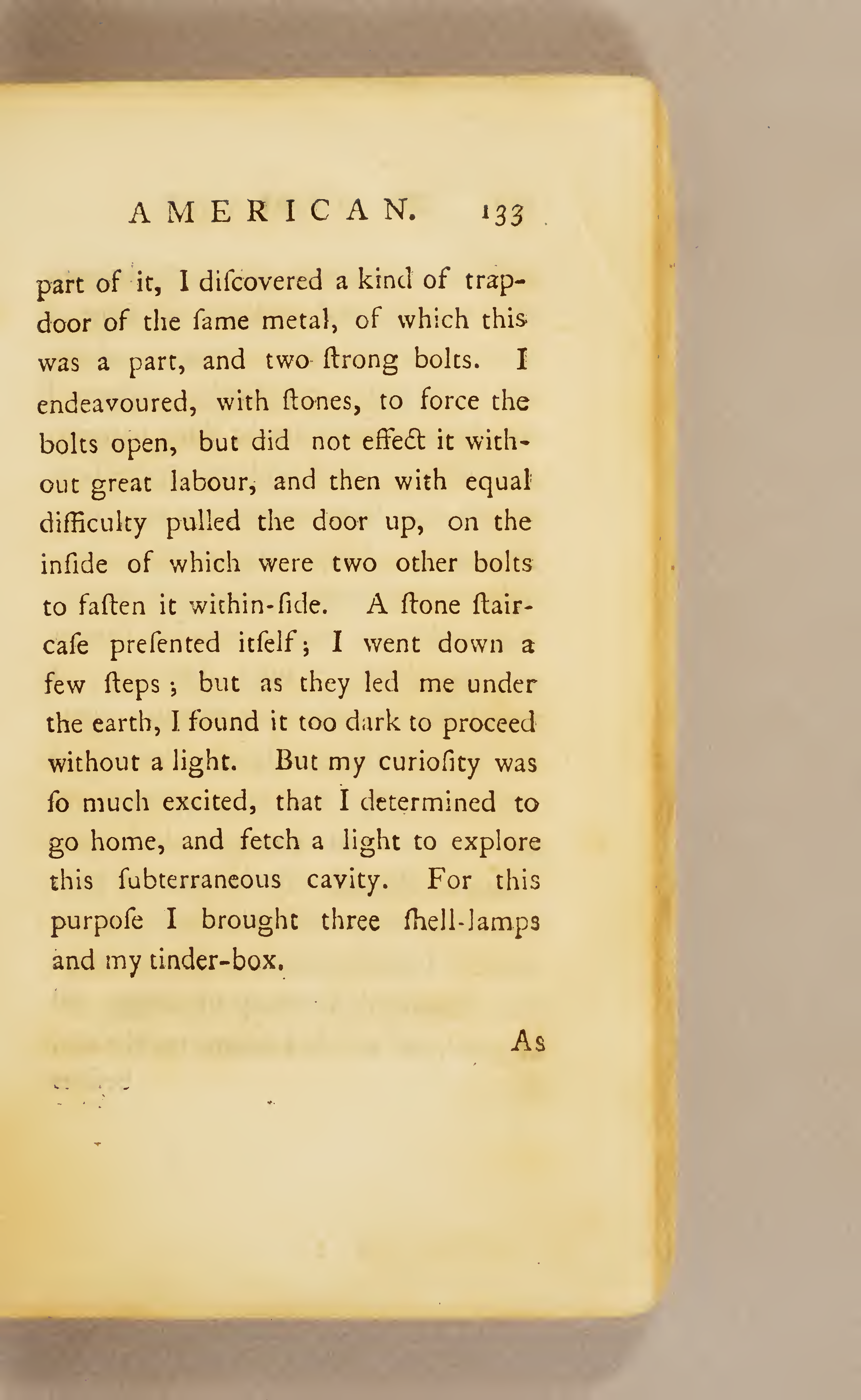
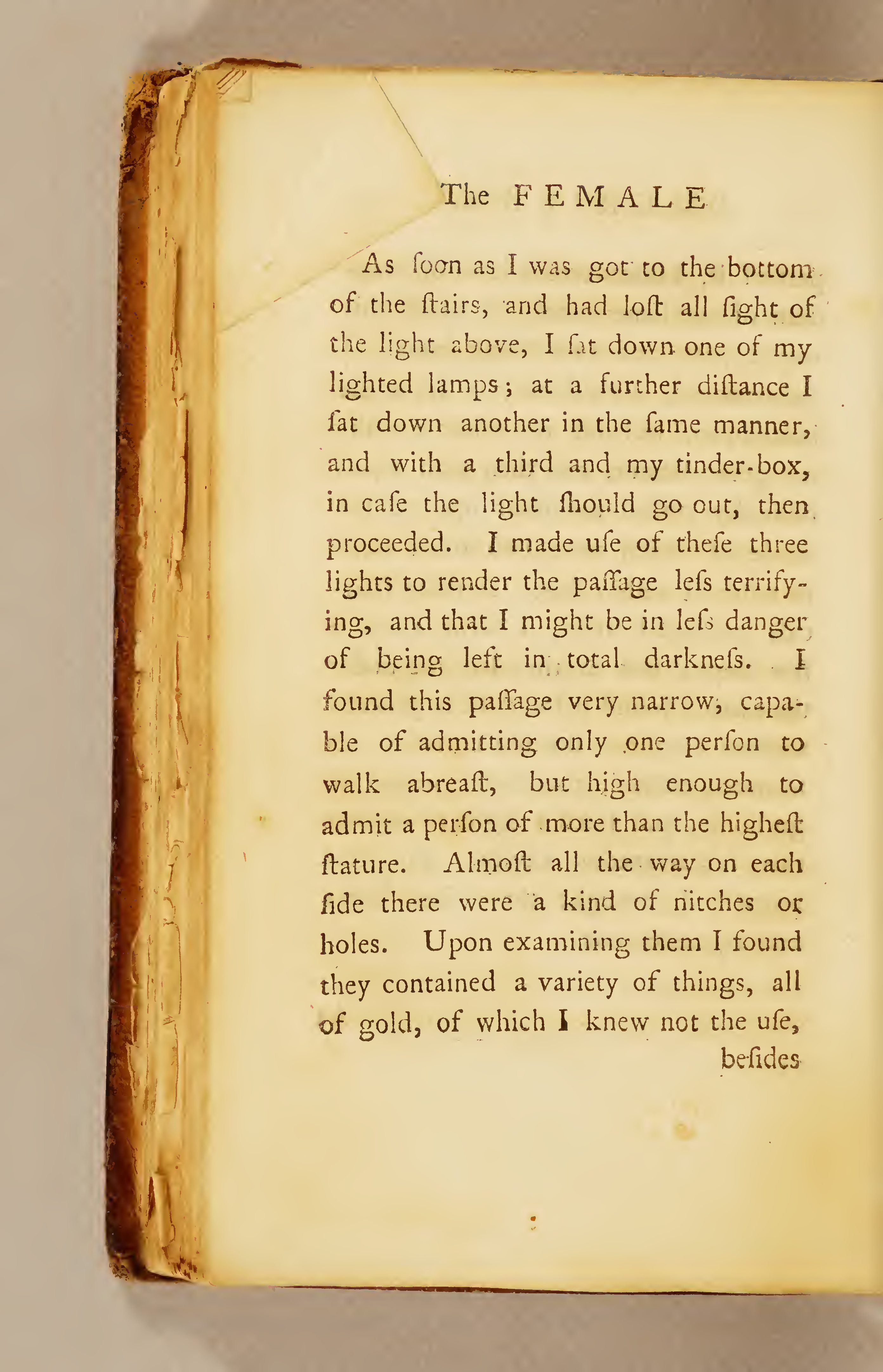
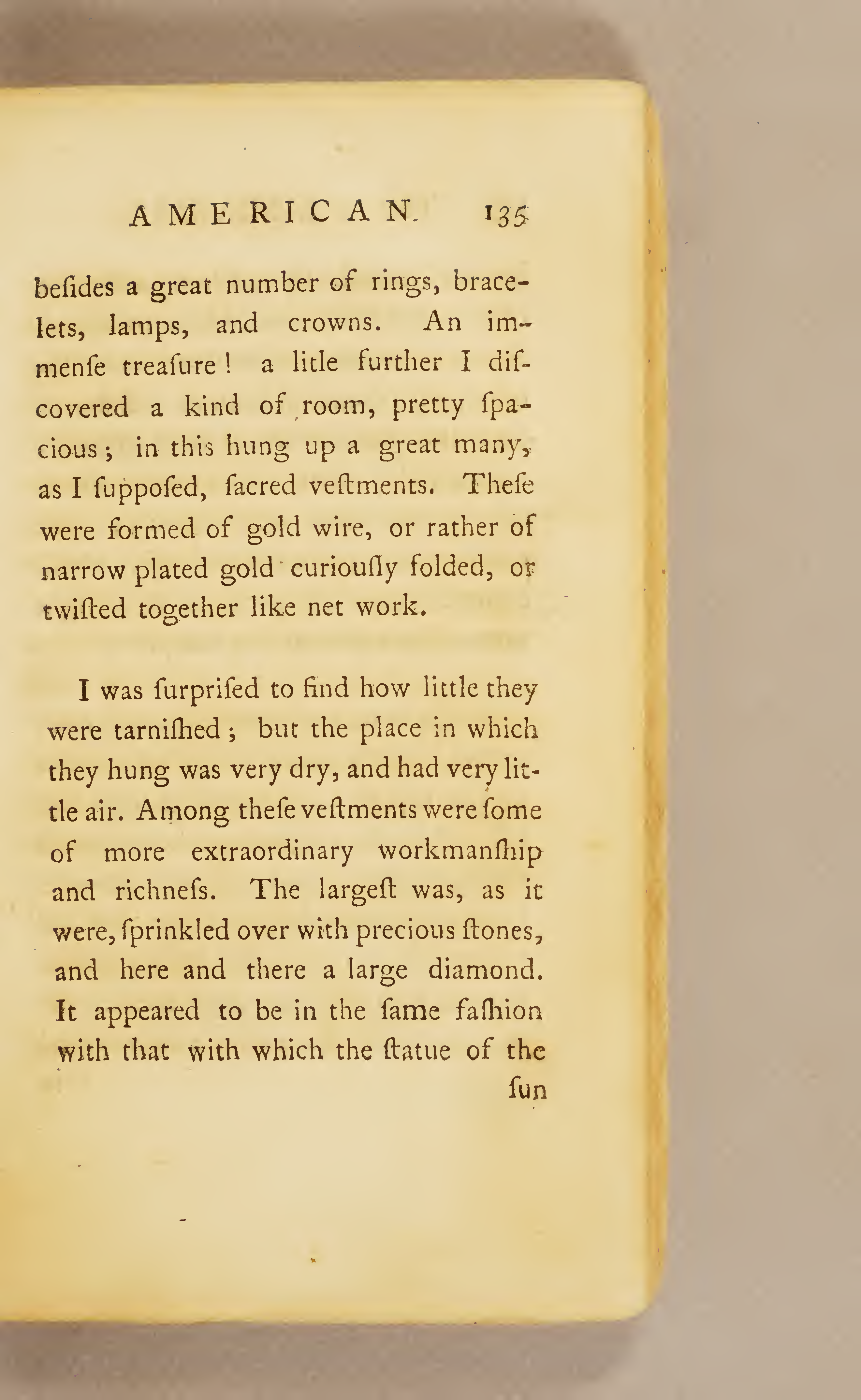
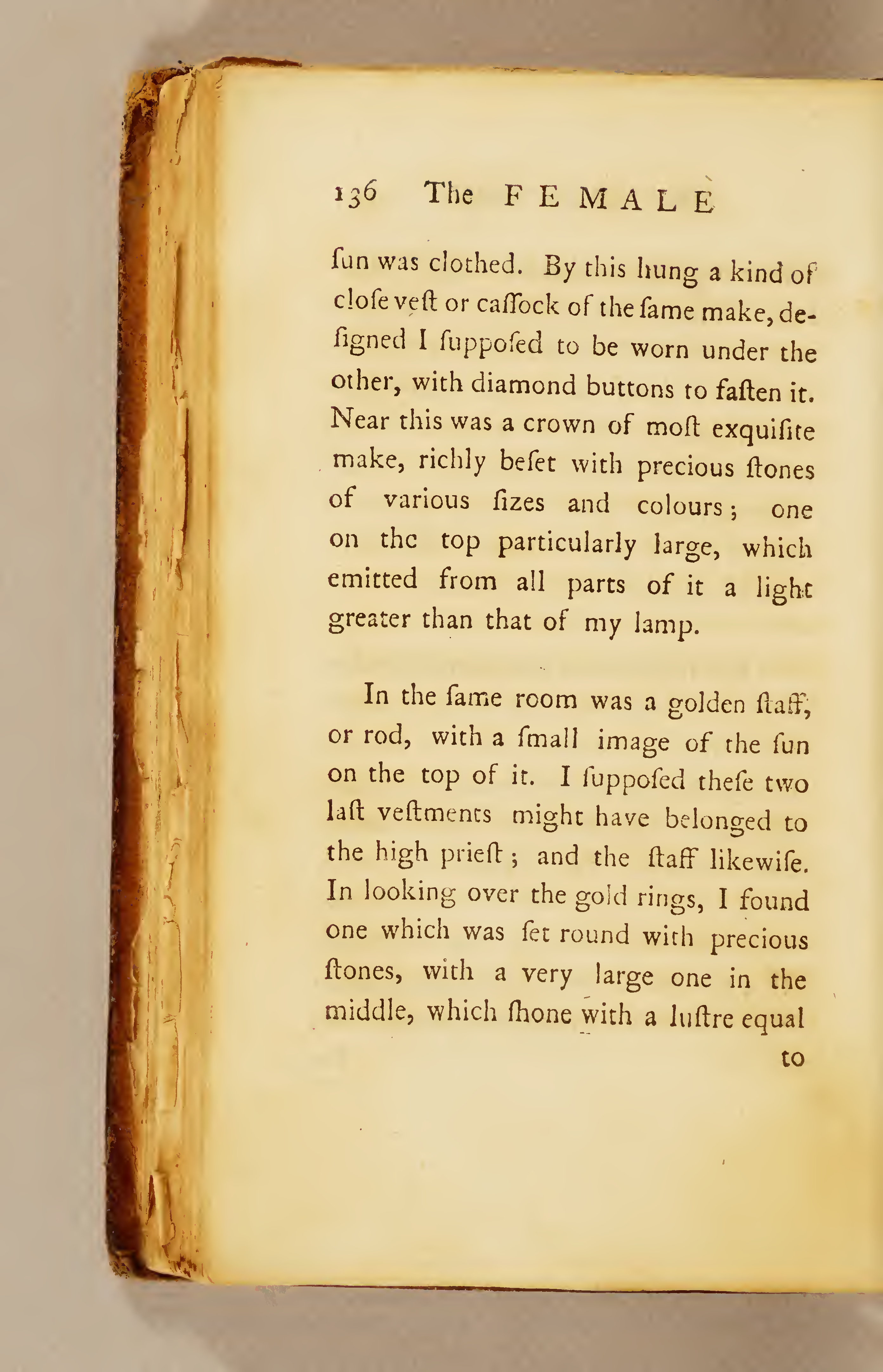
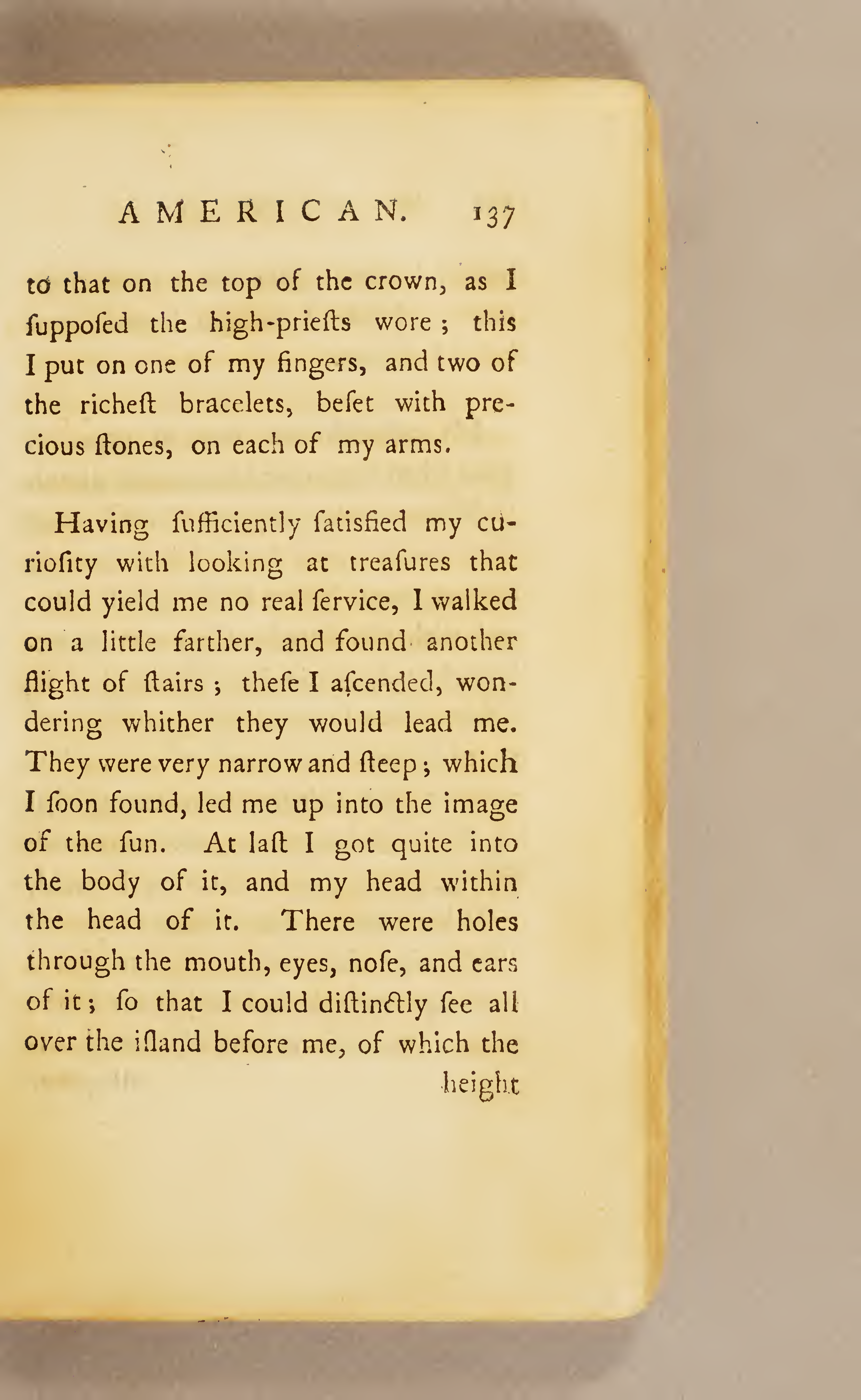
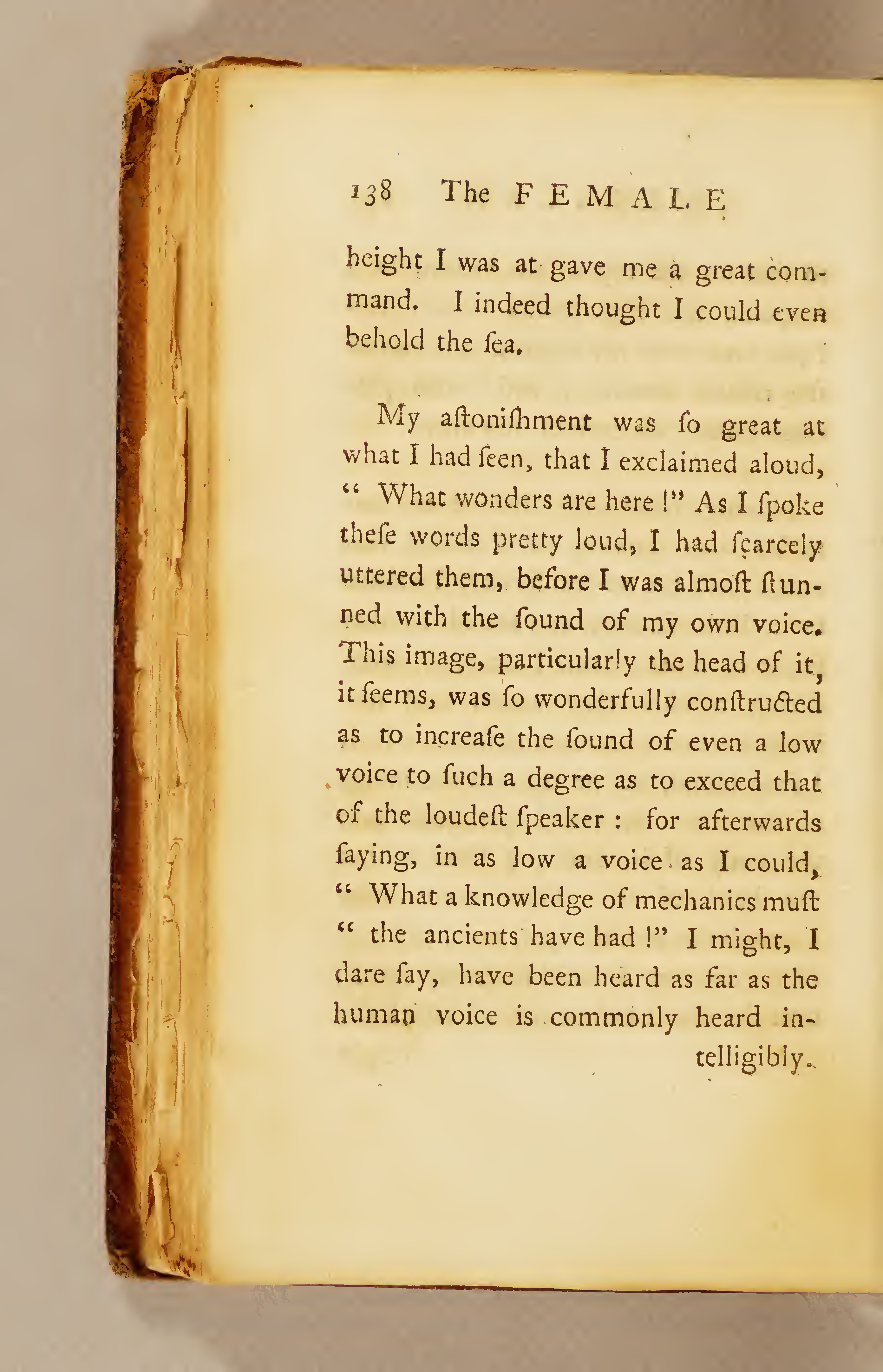
![Page 139 [page breaks after 'in-']](https://anthologyassetsdev.lib.virginia.edu/winkfield-female-american/pageImages/139.png)
![Page 140 [page breaks after 'pre-']](https://anthologyassetsdev.lib.virginia.edu/winkfield-female-american/pageImages/140.png)


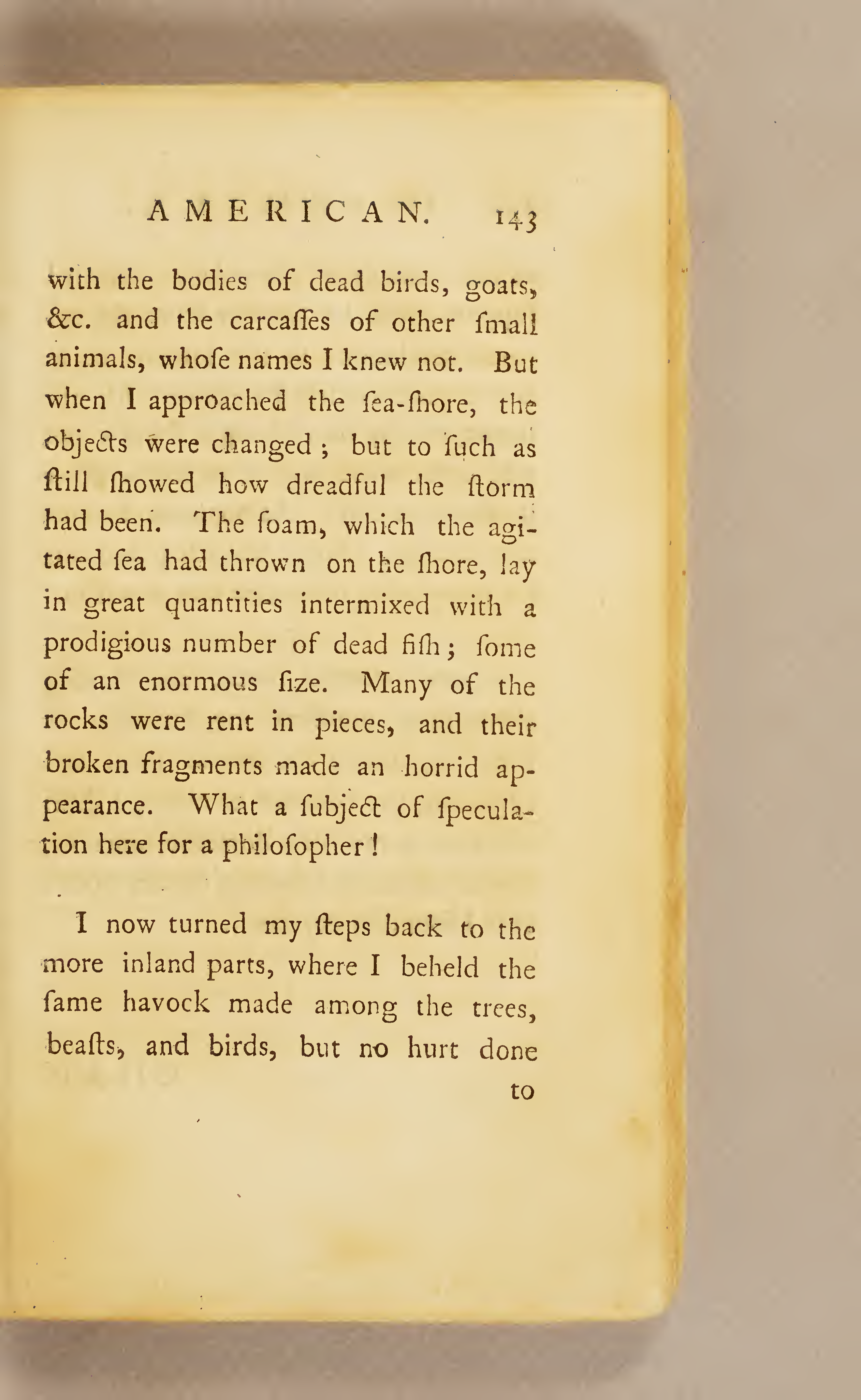
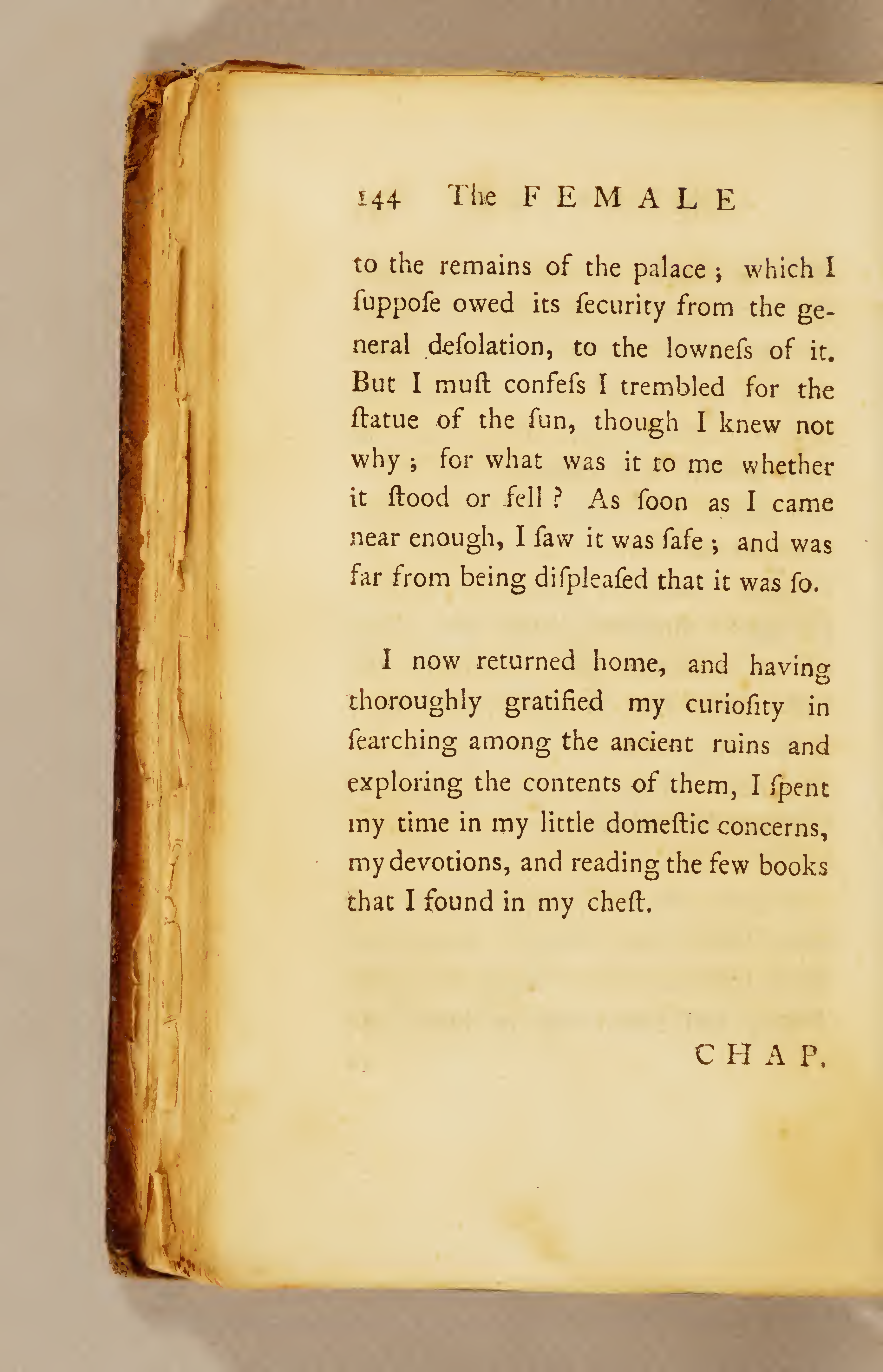
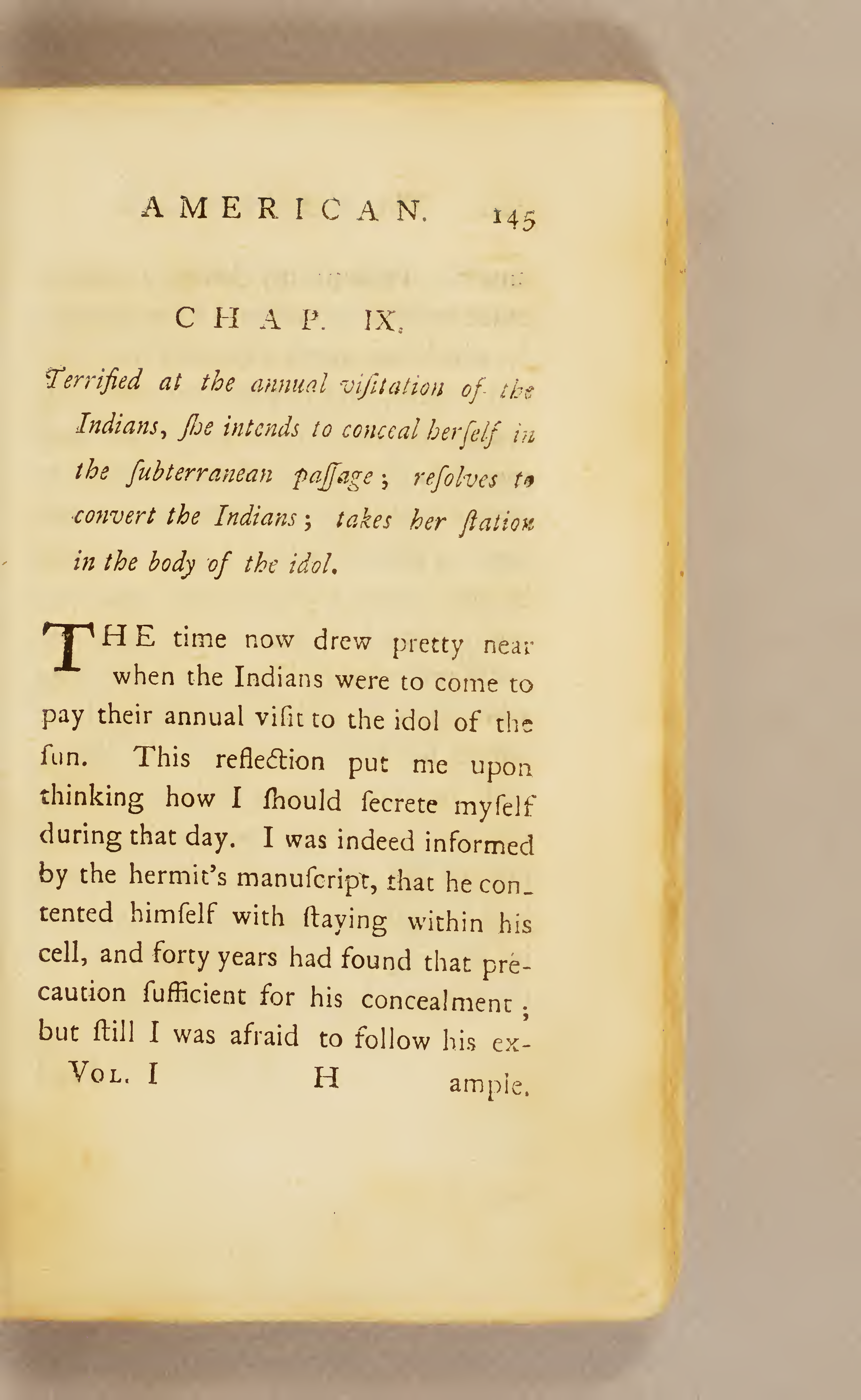
![Page 146 [page breaks after 'ex-']](https://anthologyassetsdev.lib.virginia.edu/winkfield-female-american/pageImages/146.png)
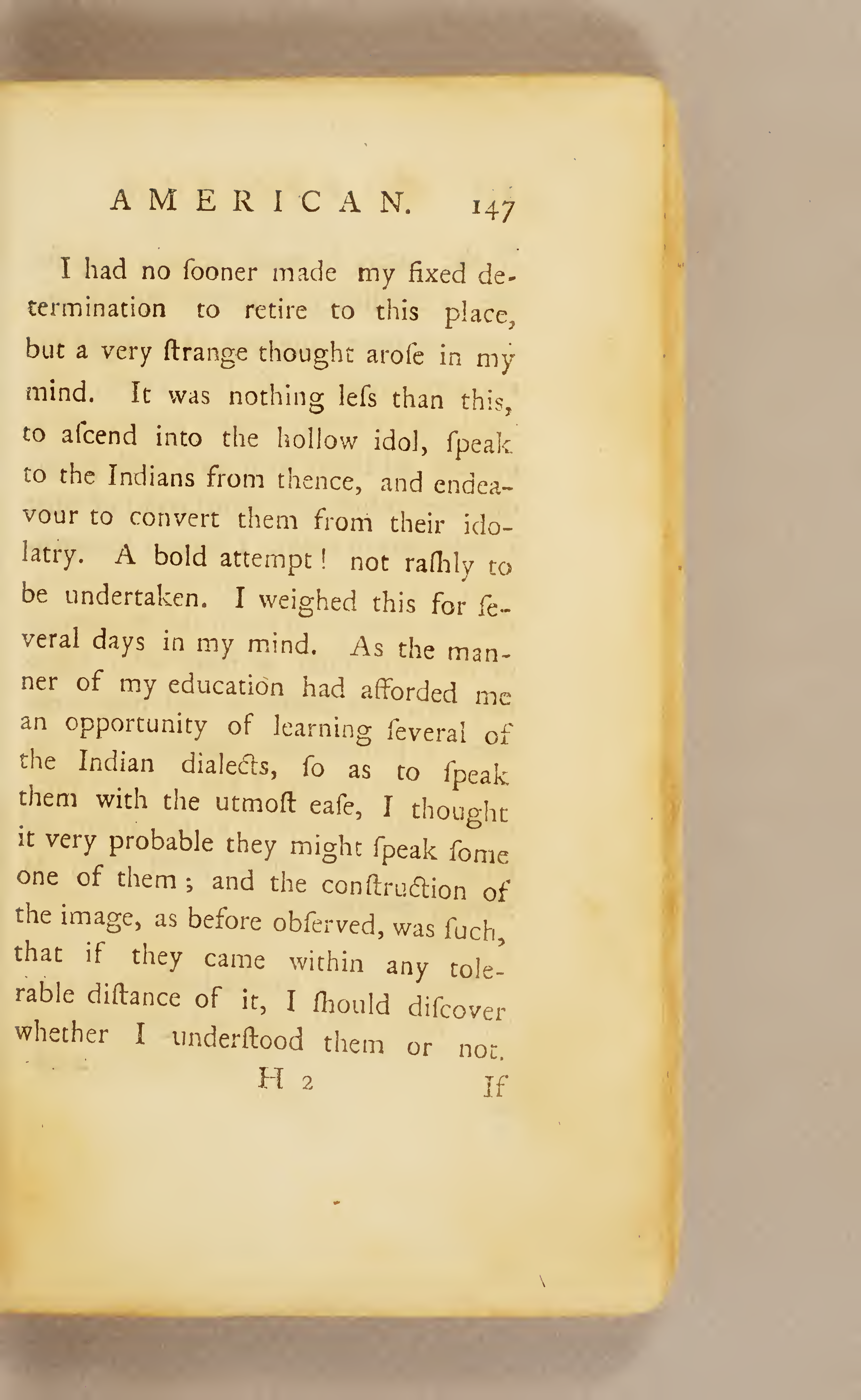
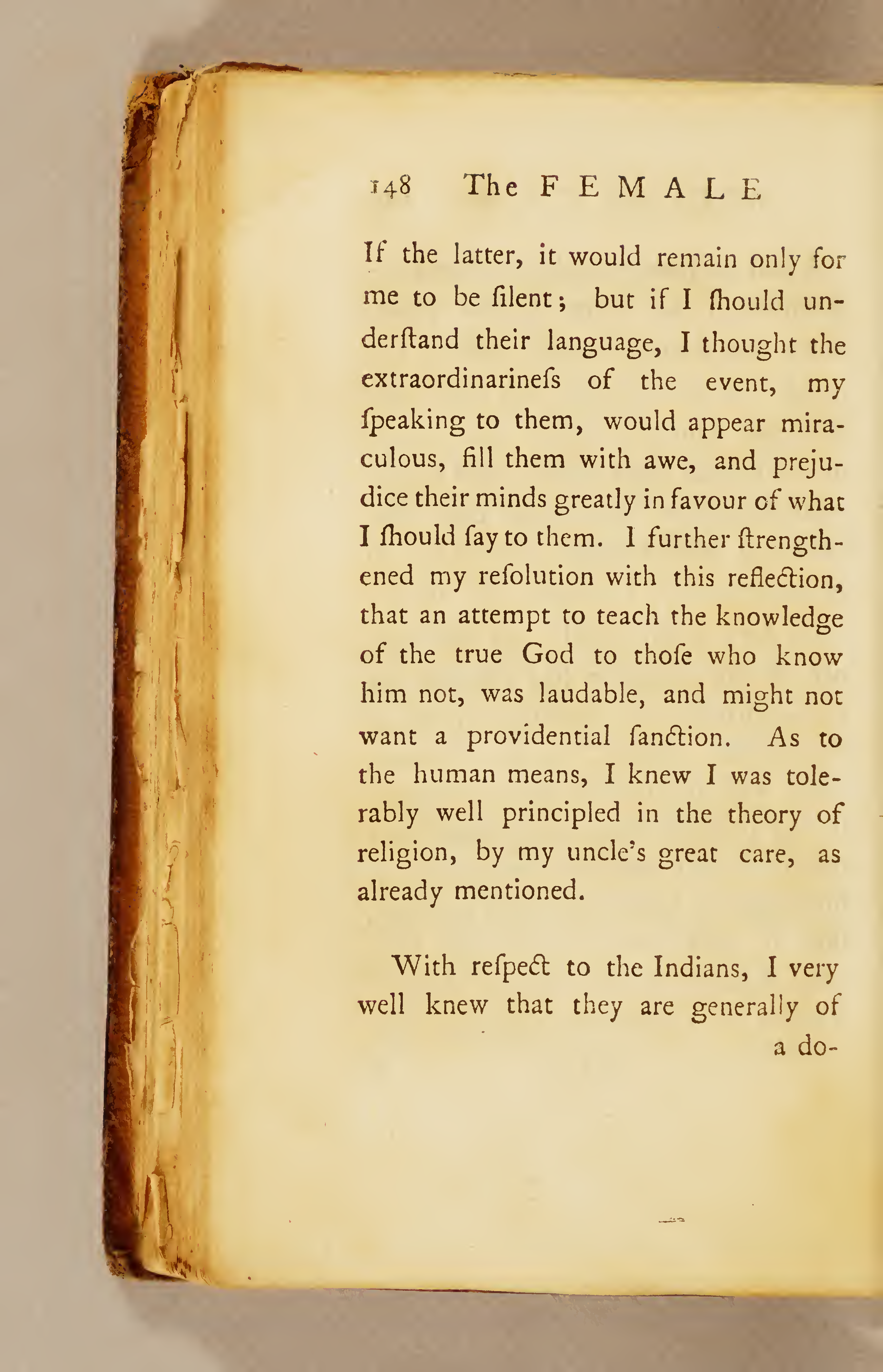
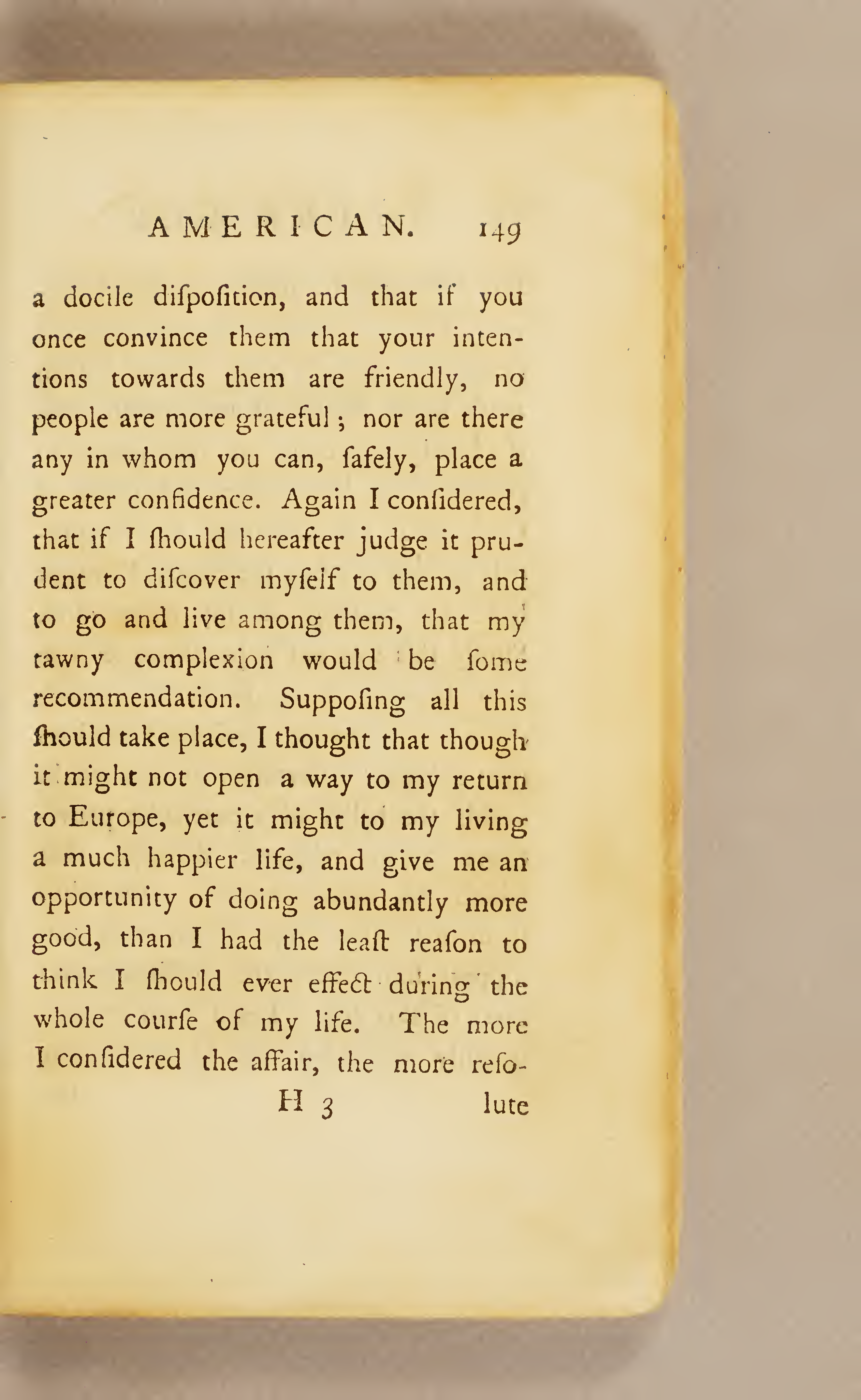
![Page 150 [page breaks after 'reso-']](https://anthologyassetsdev.lib.virginia.edu/winkfield-female-american/pageImages/150.png)
![Page 151 [word 'the' repeats in original]](https://anthologyassetsdev.lib.virginia.edu/winkfield-female-american/pageImages/151.png)
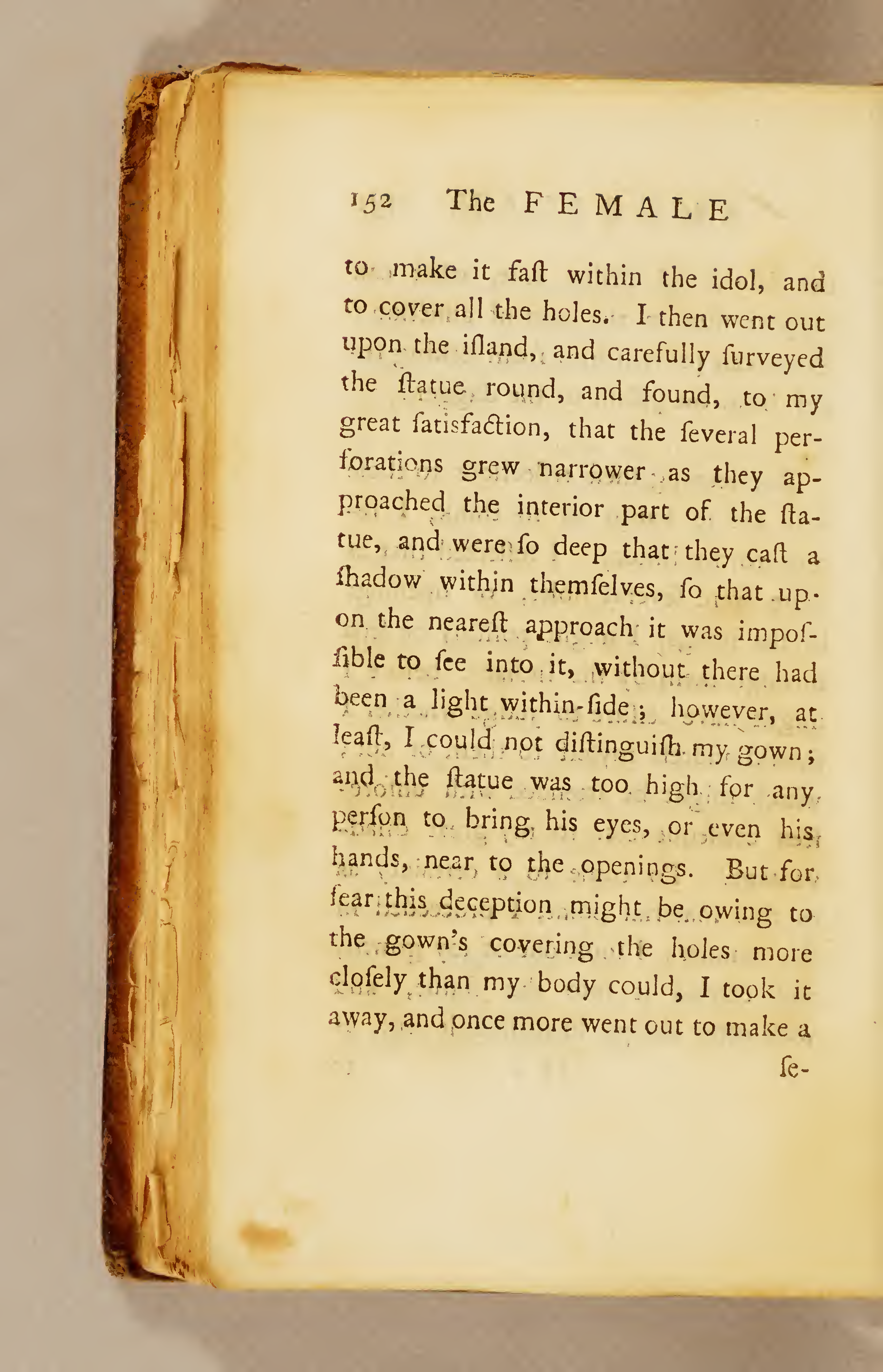
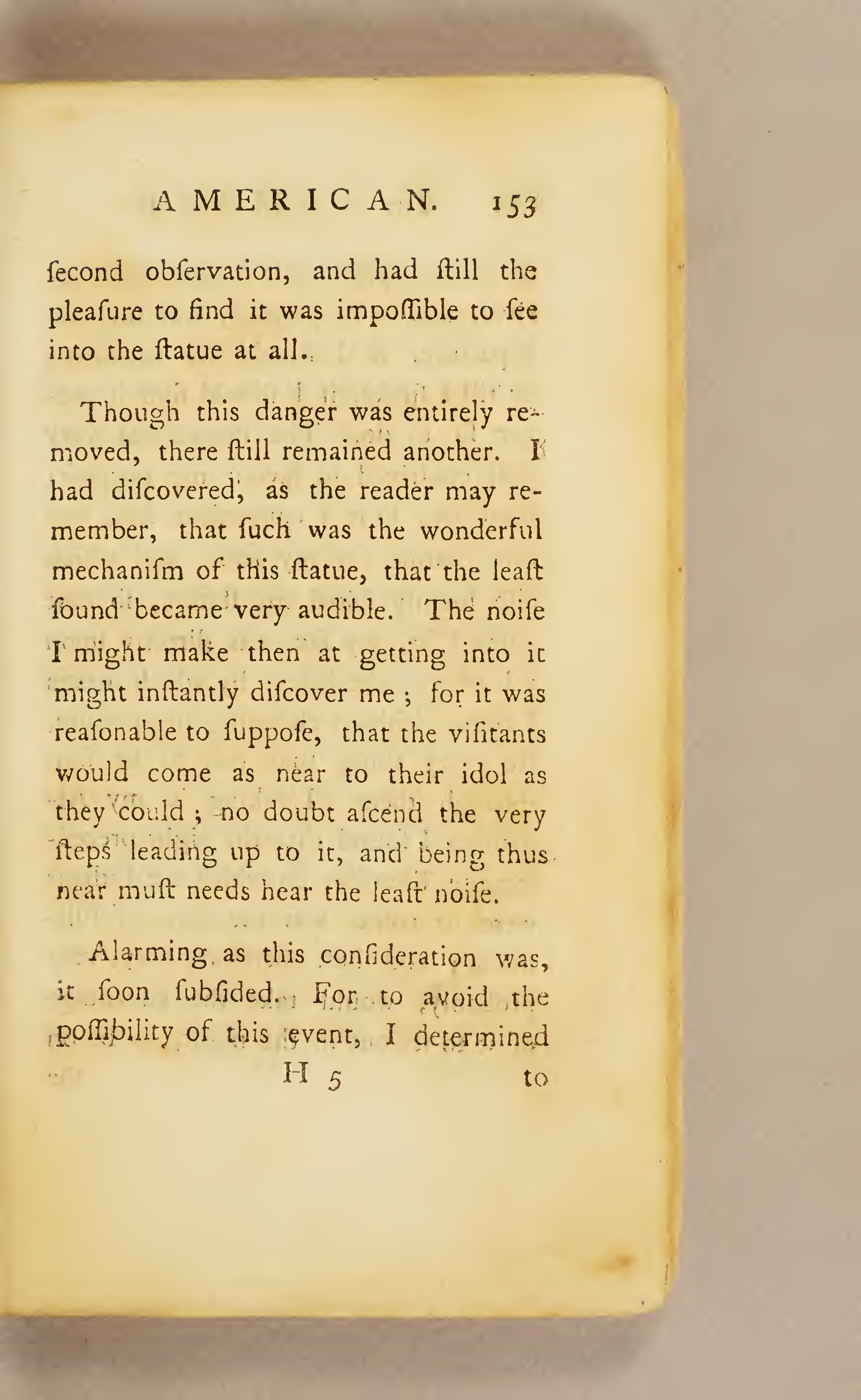
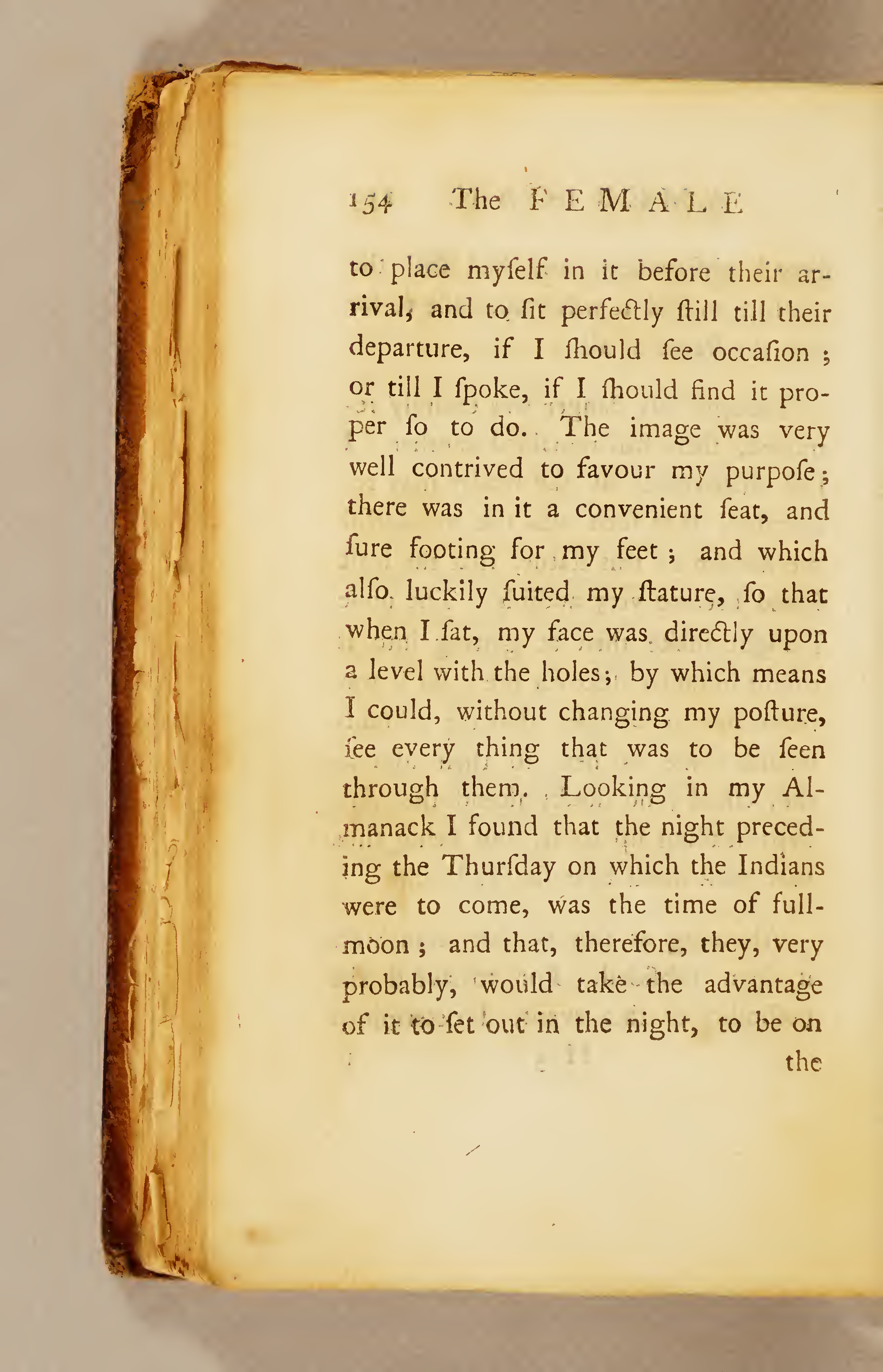
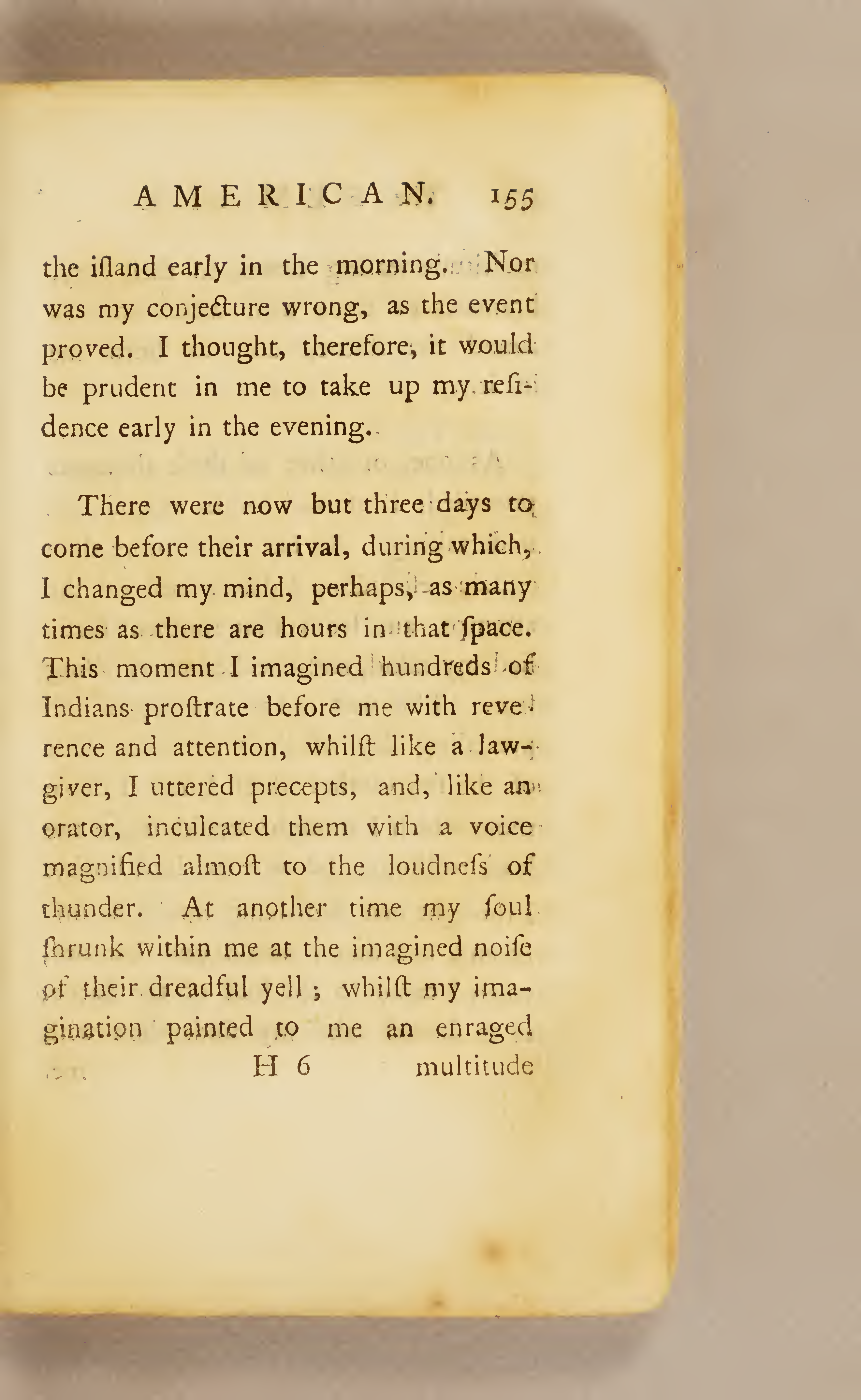

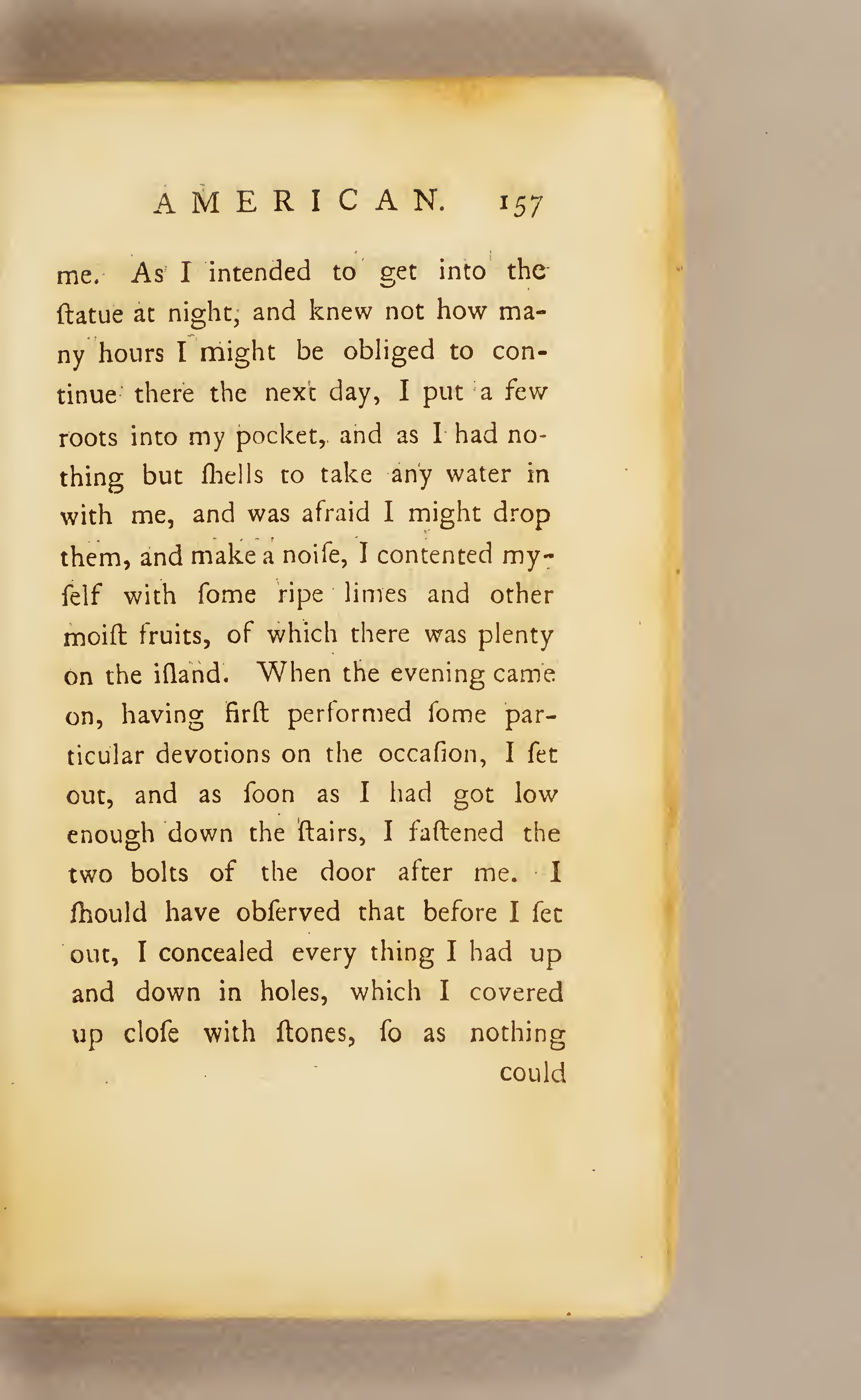
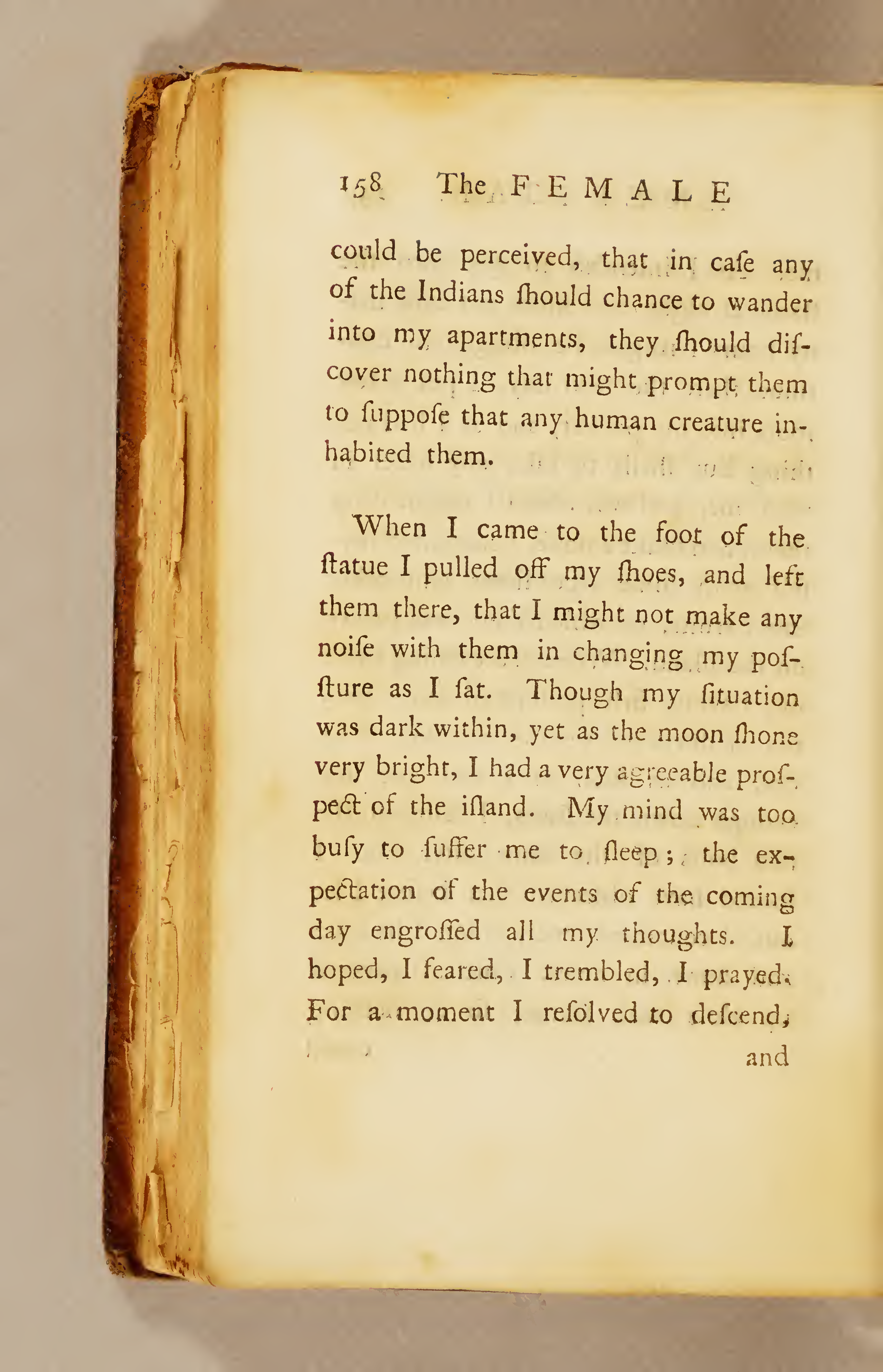
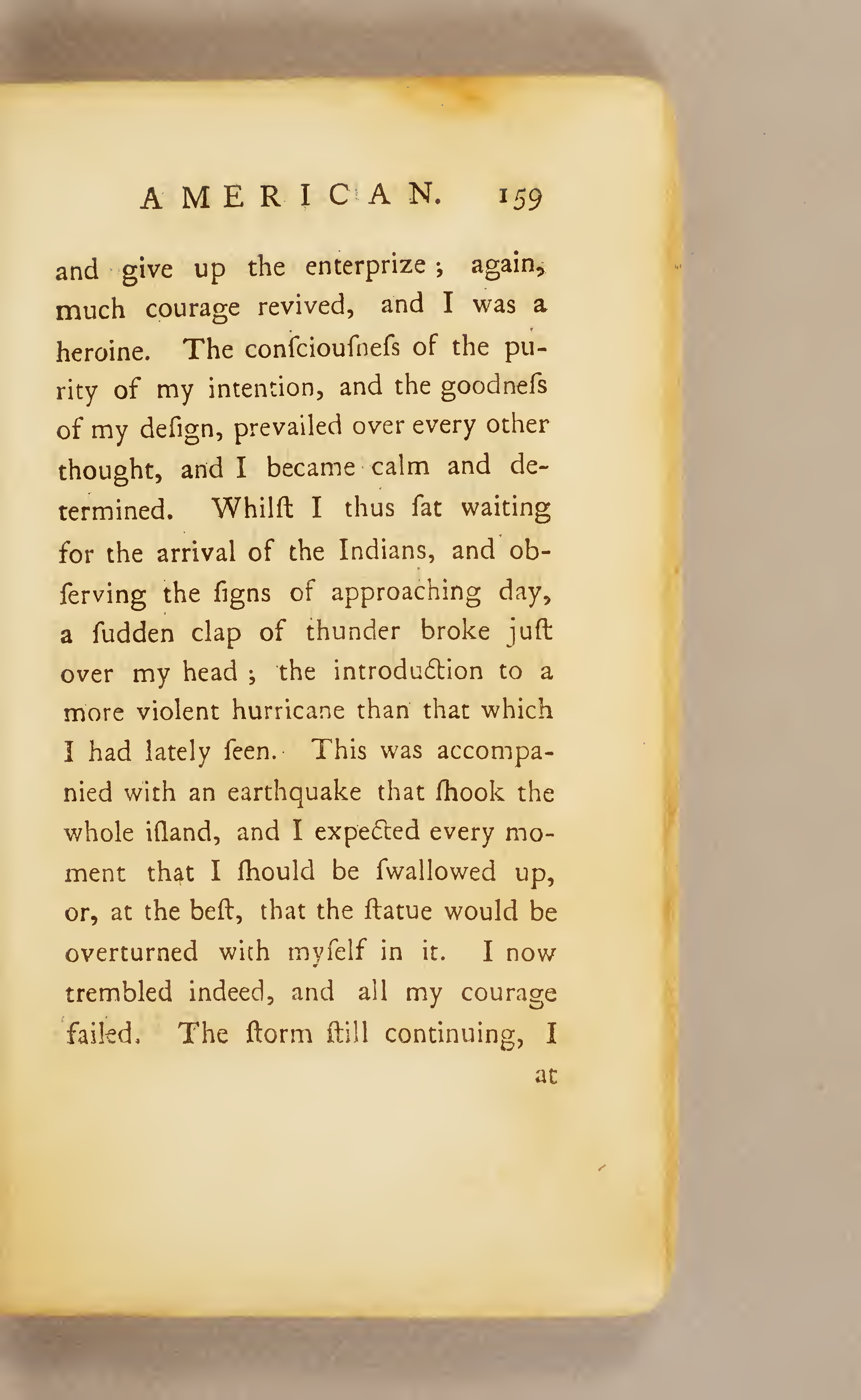
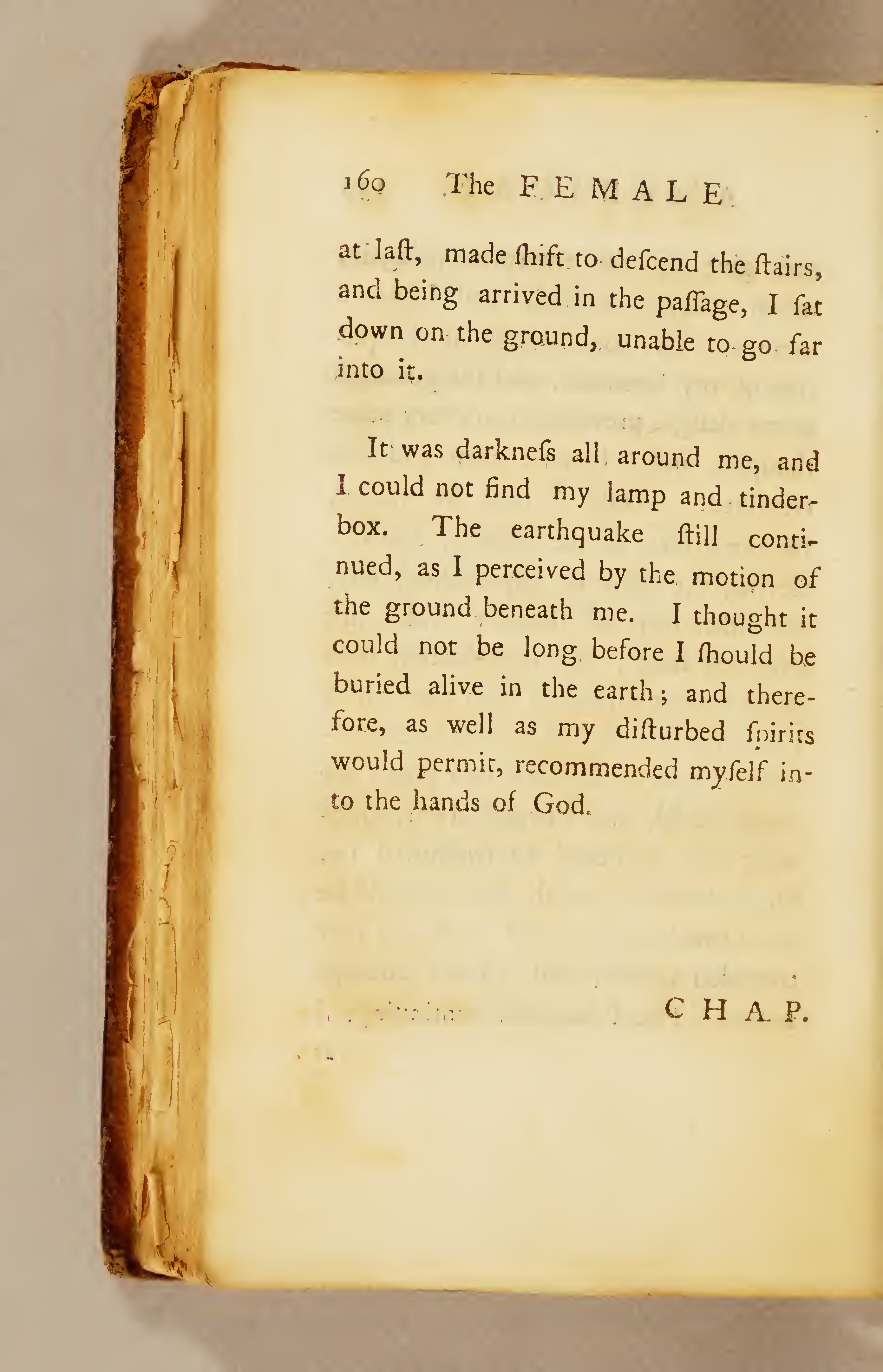
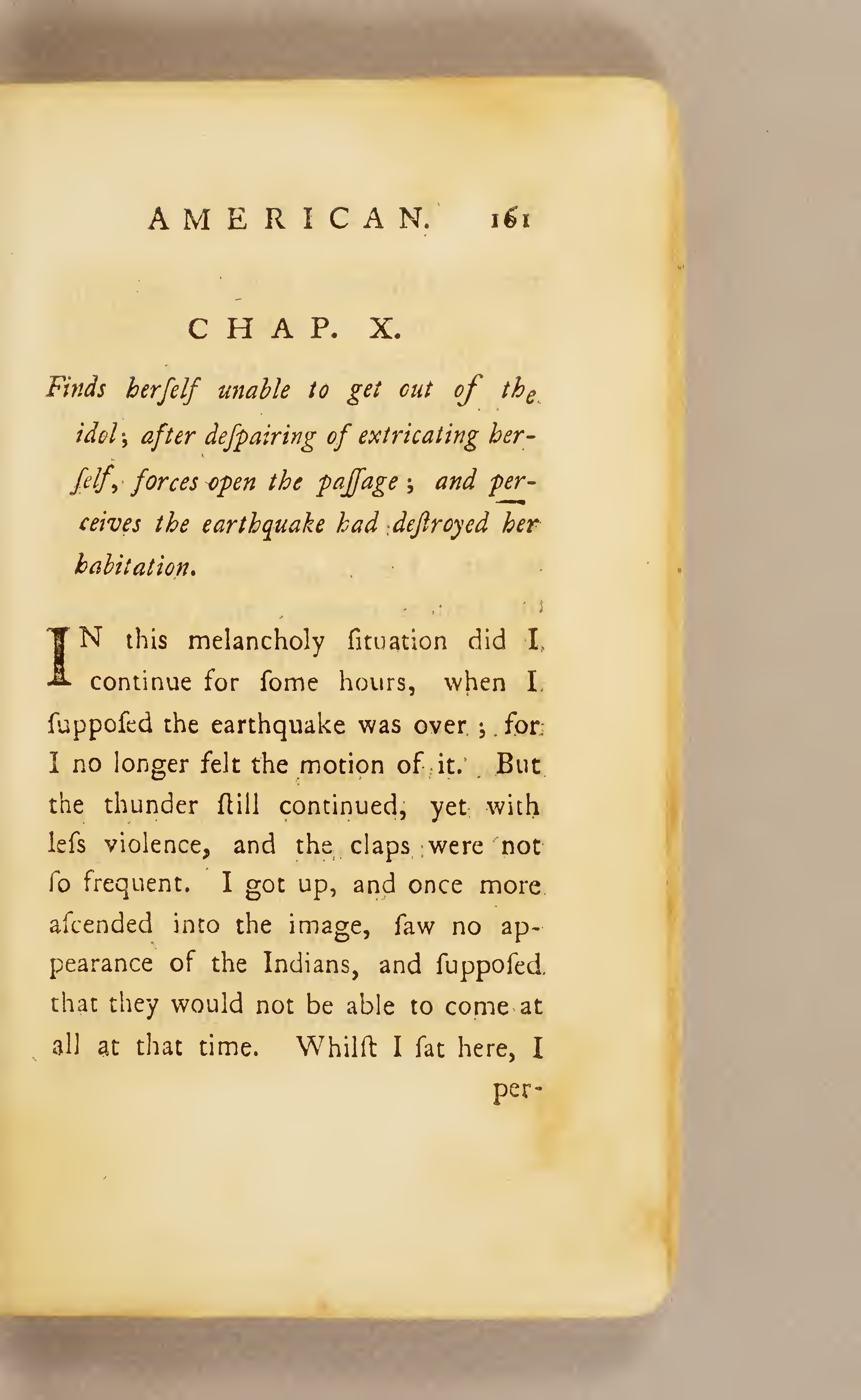
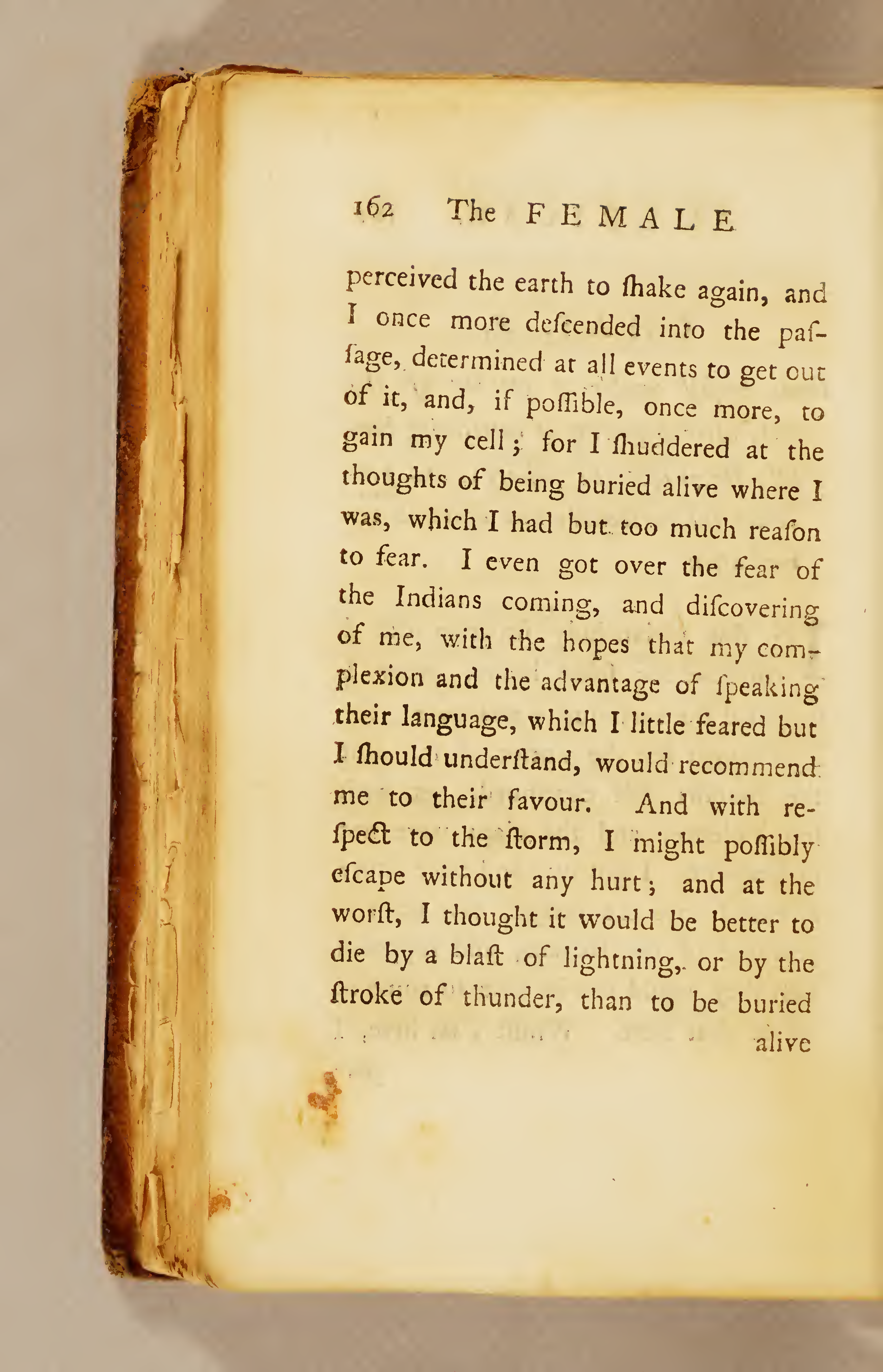
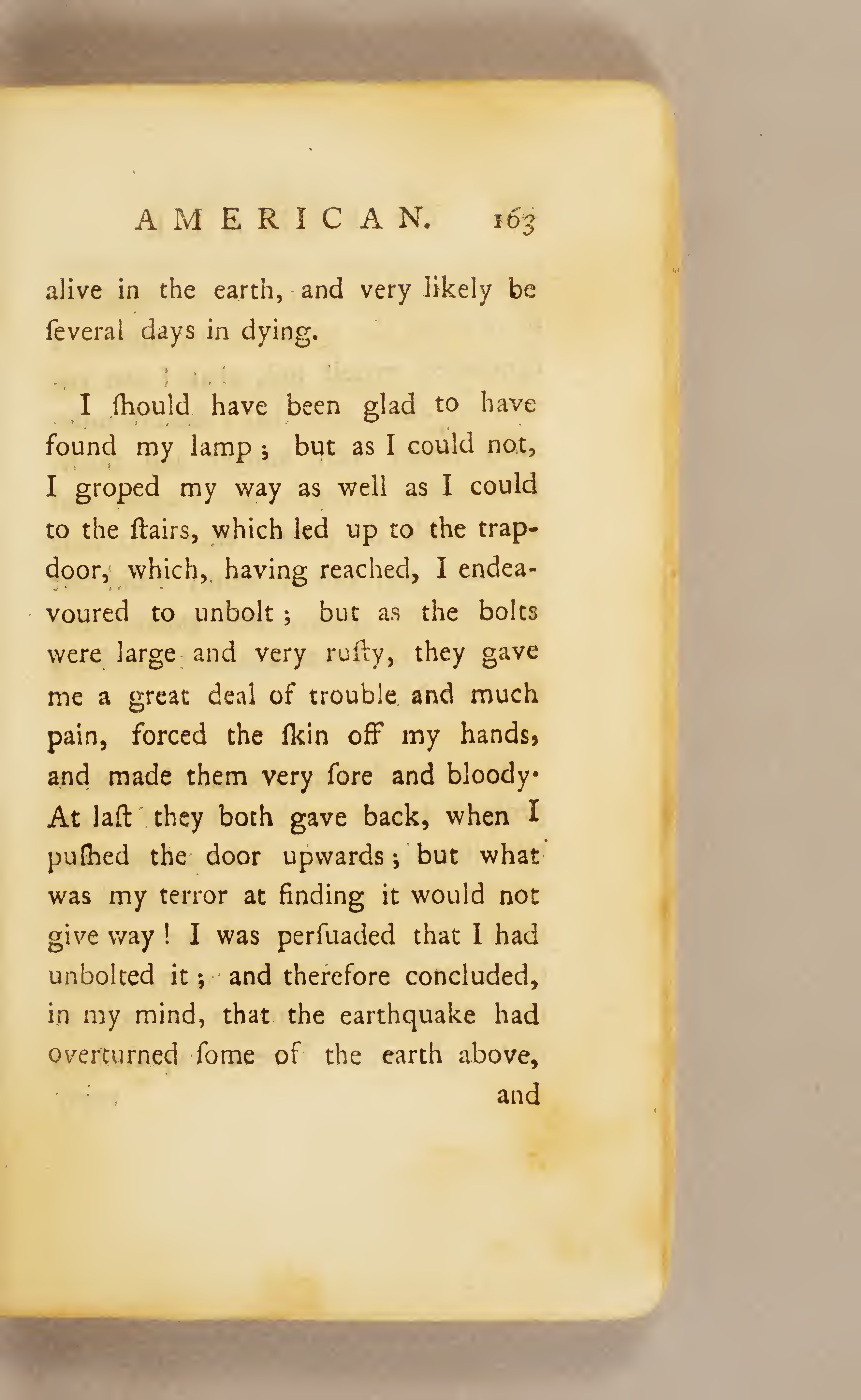
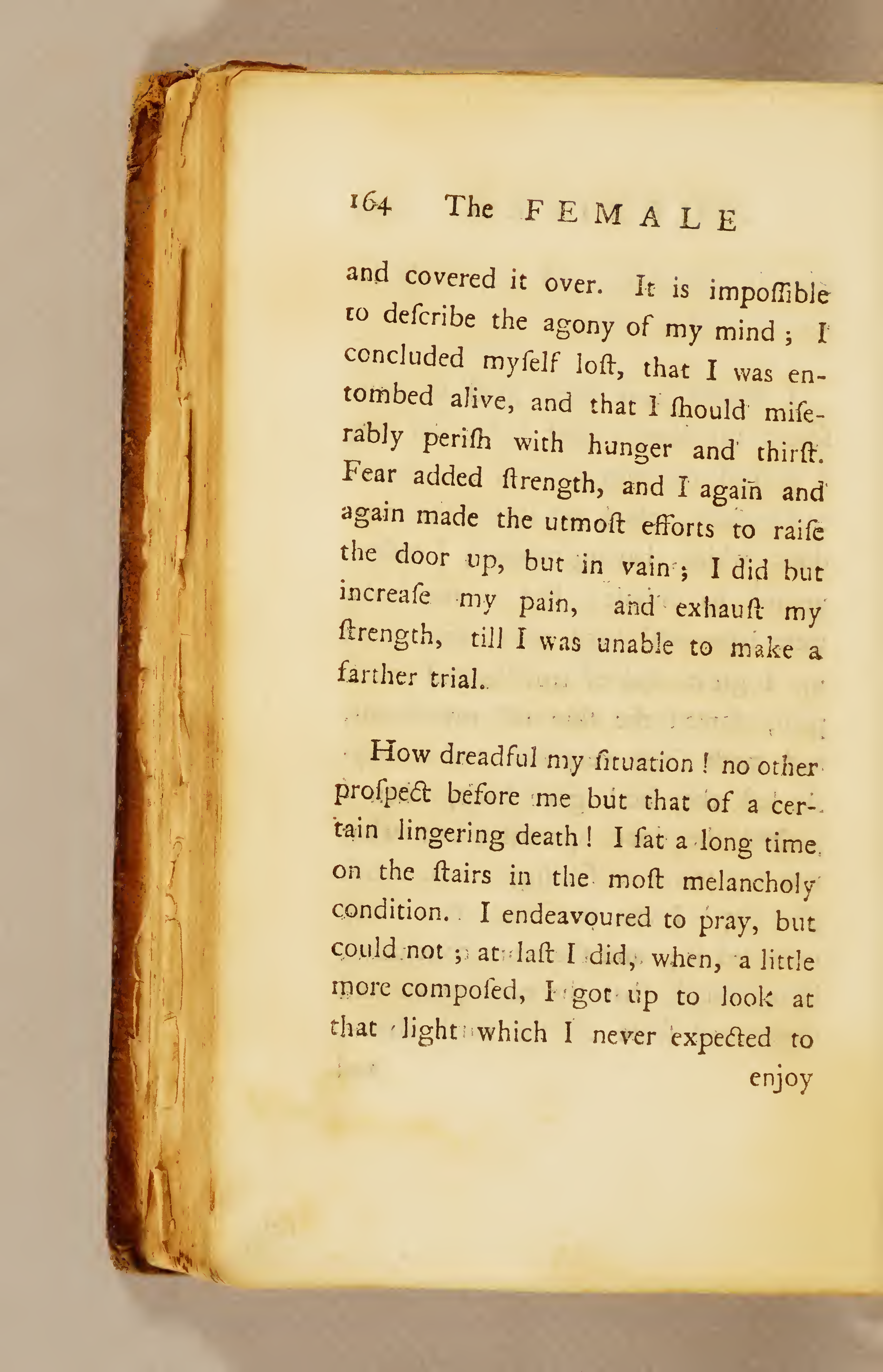
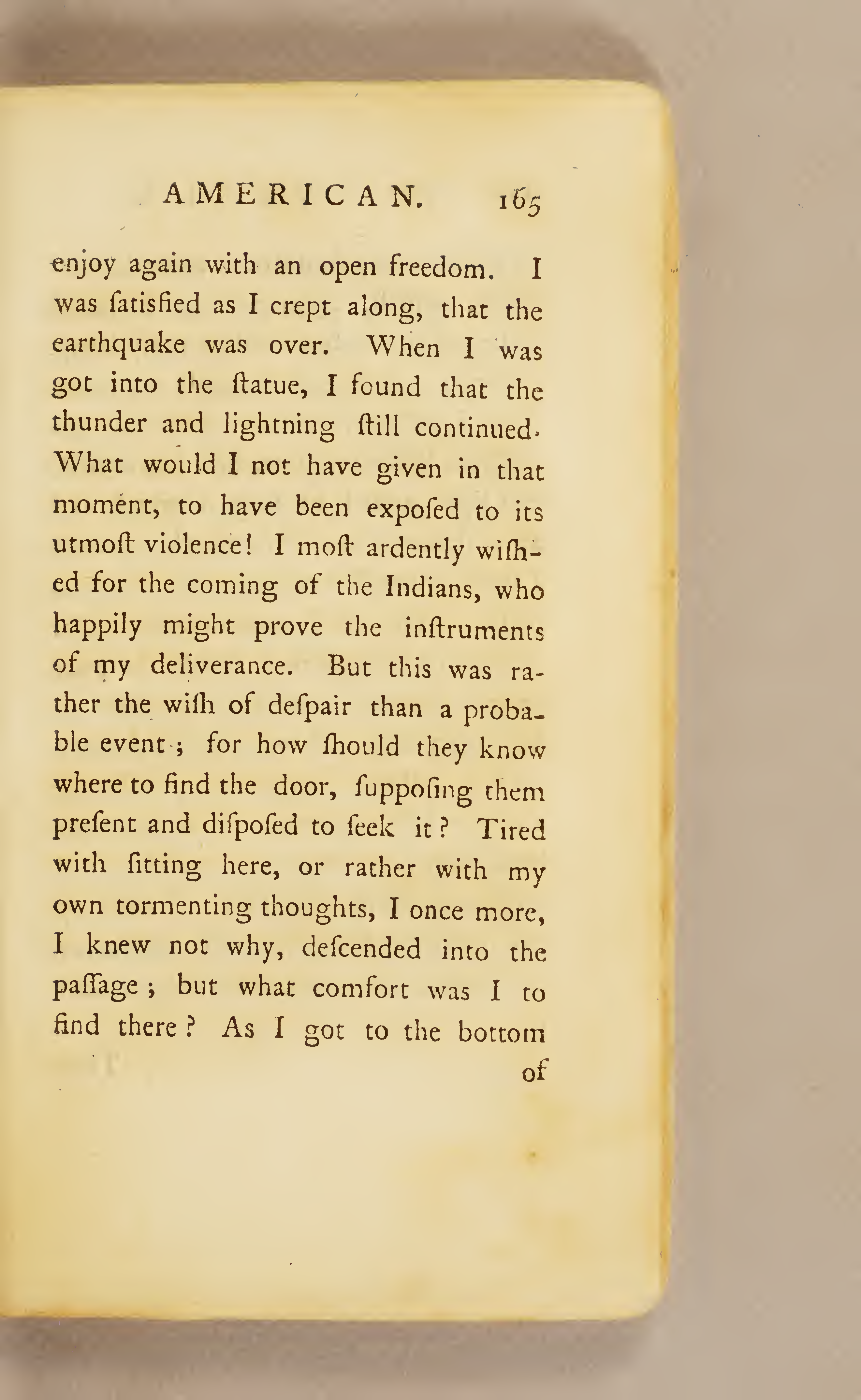
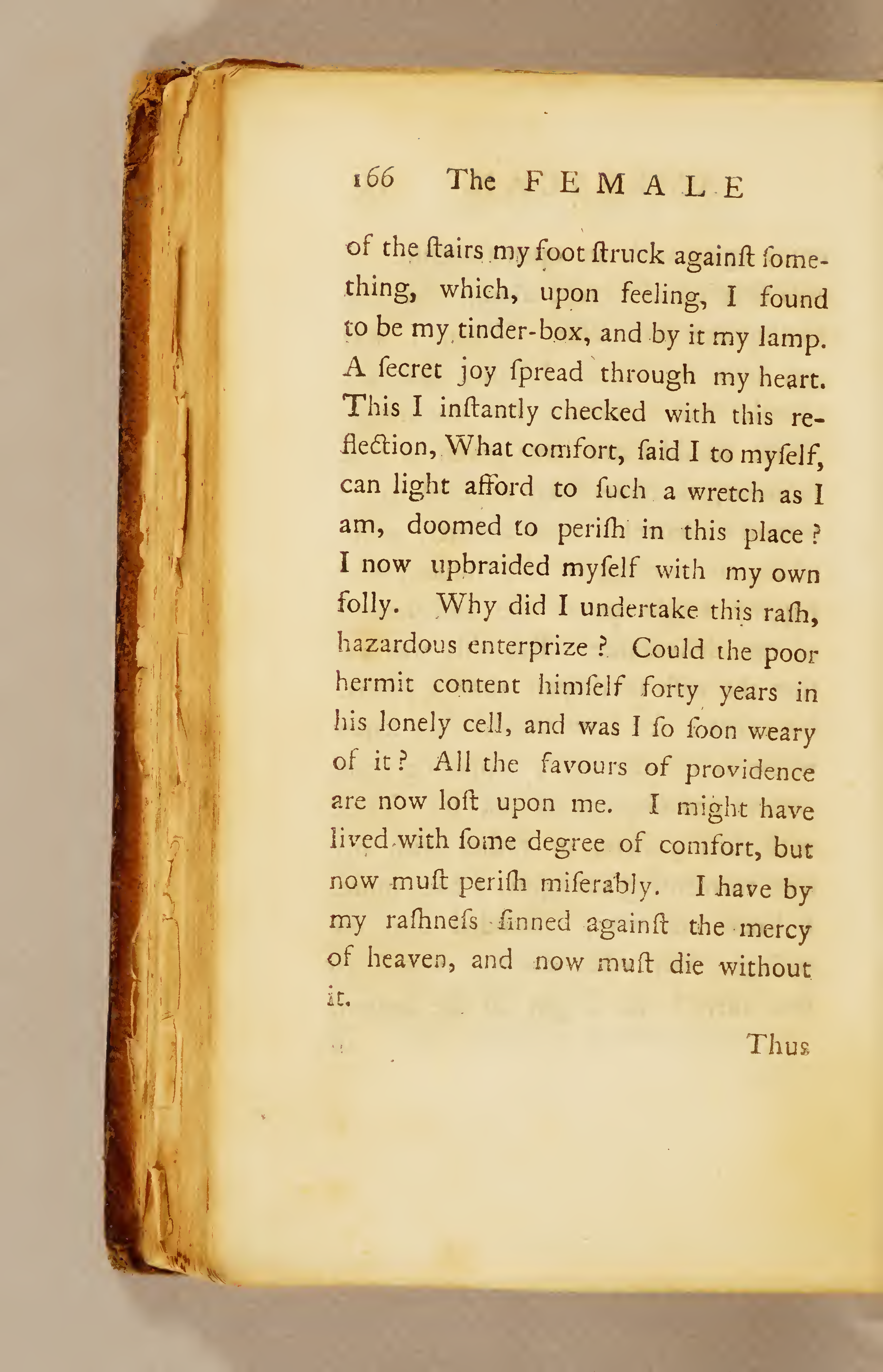
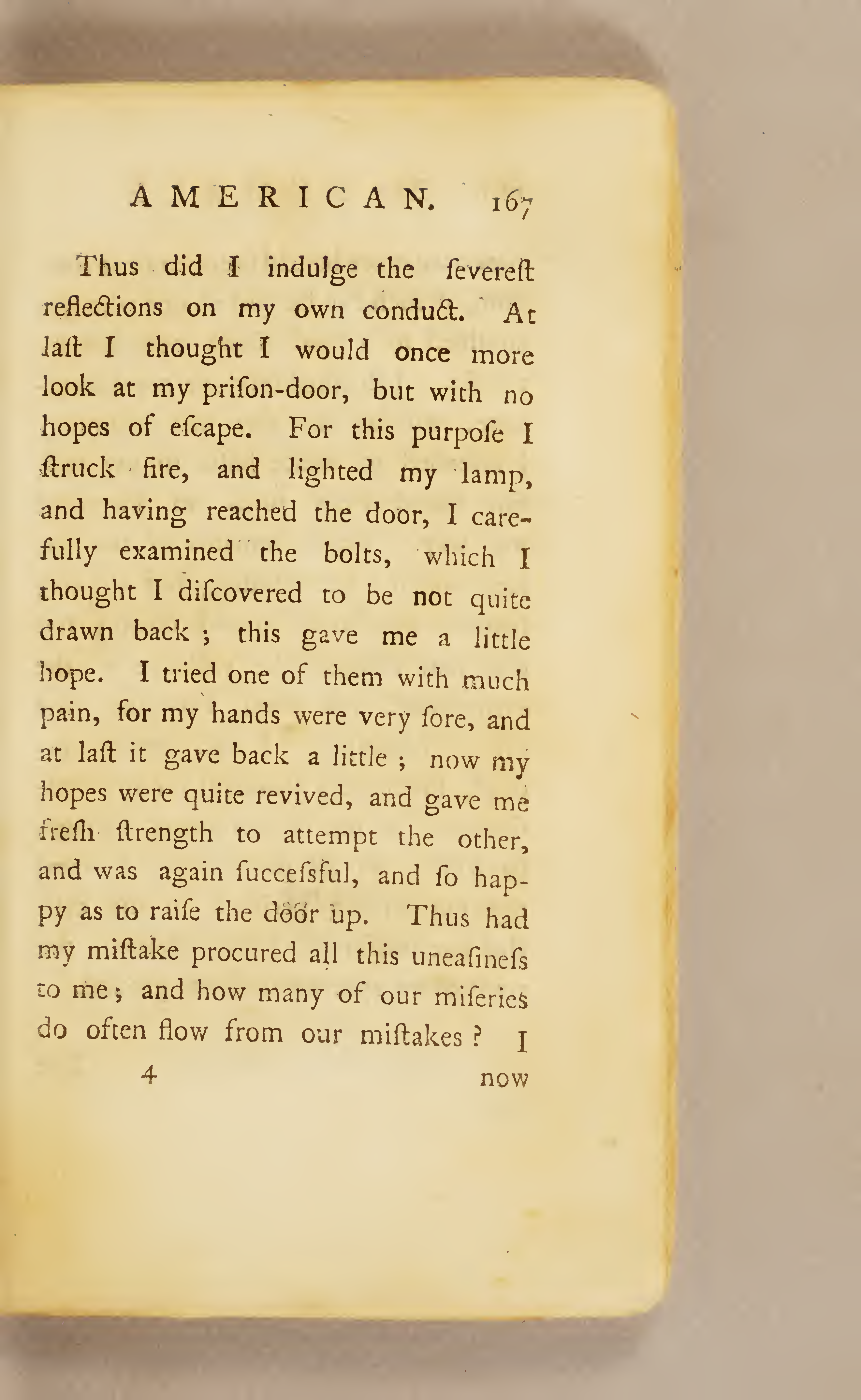
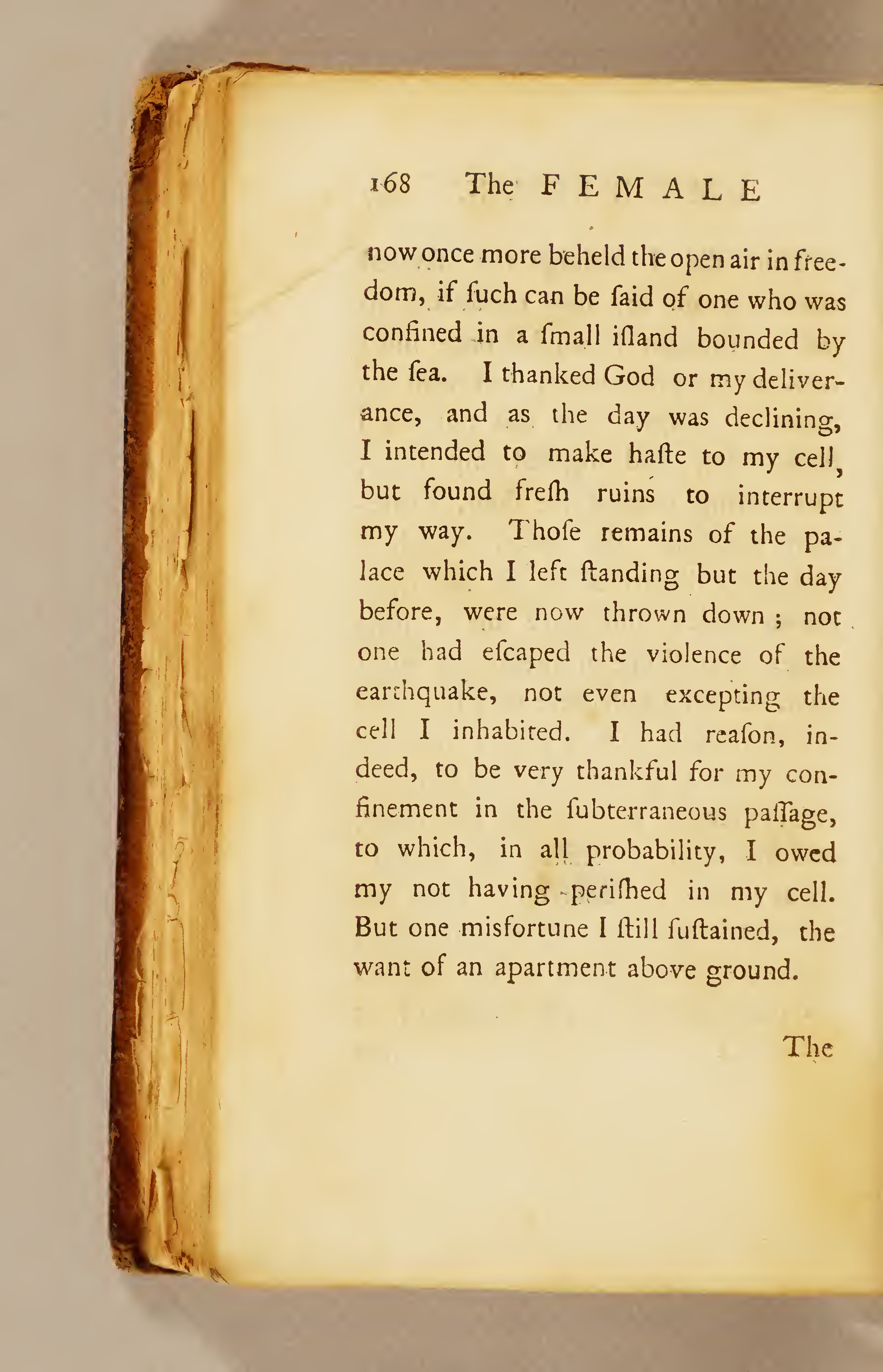

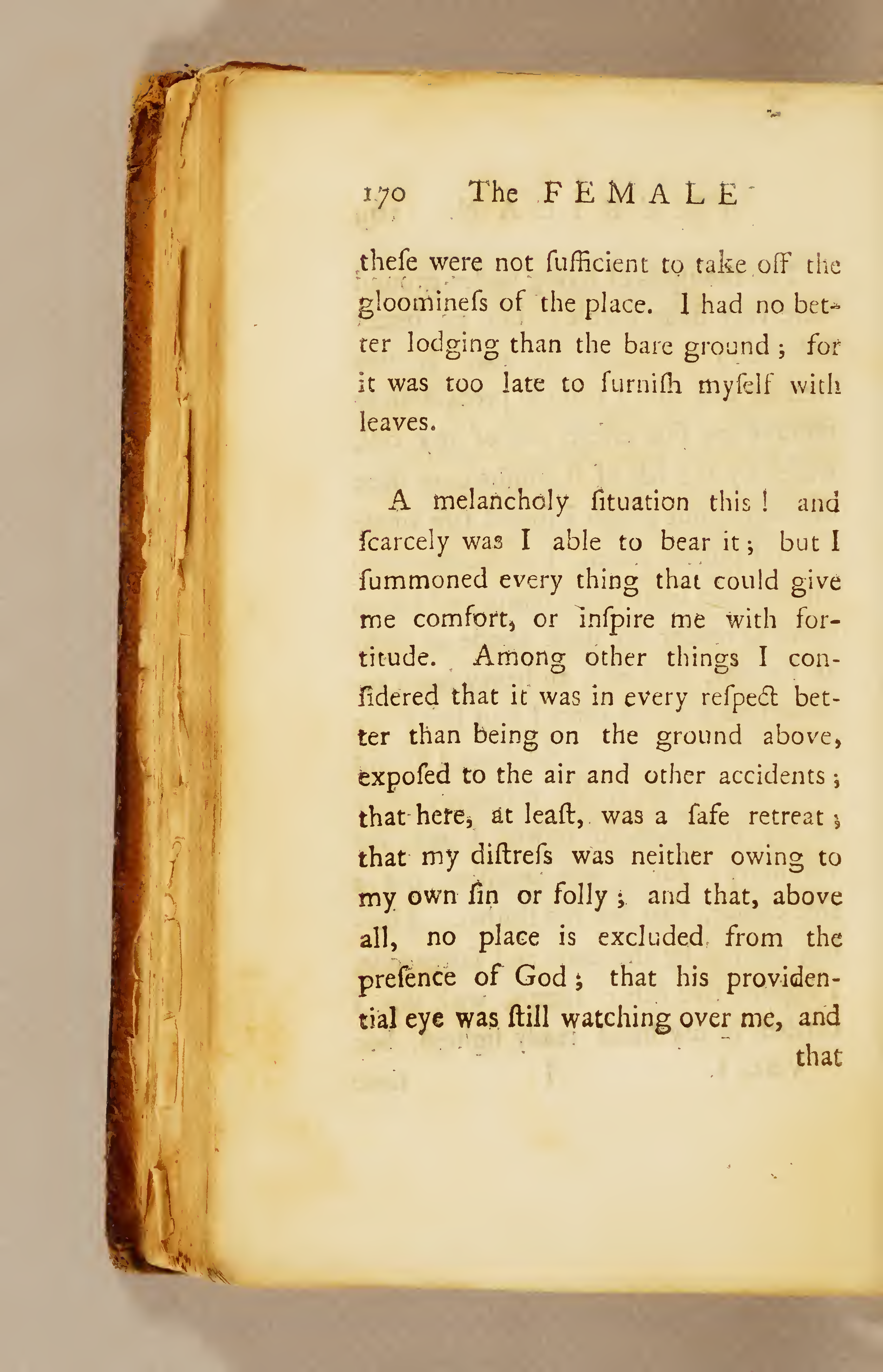
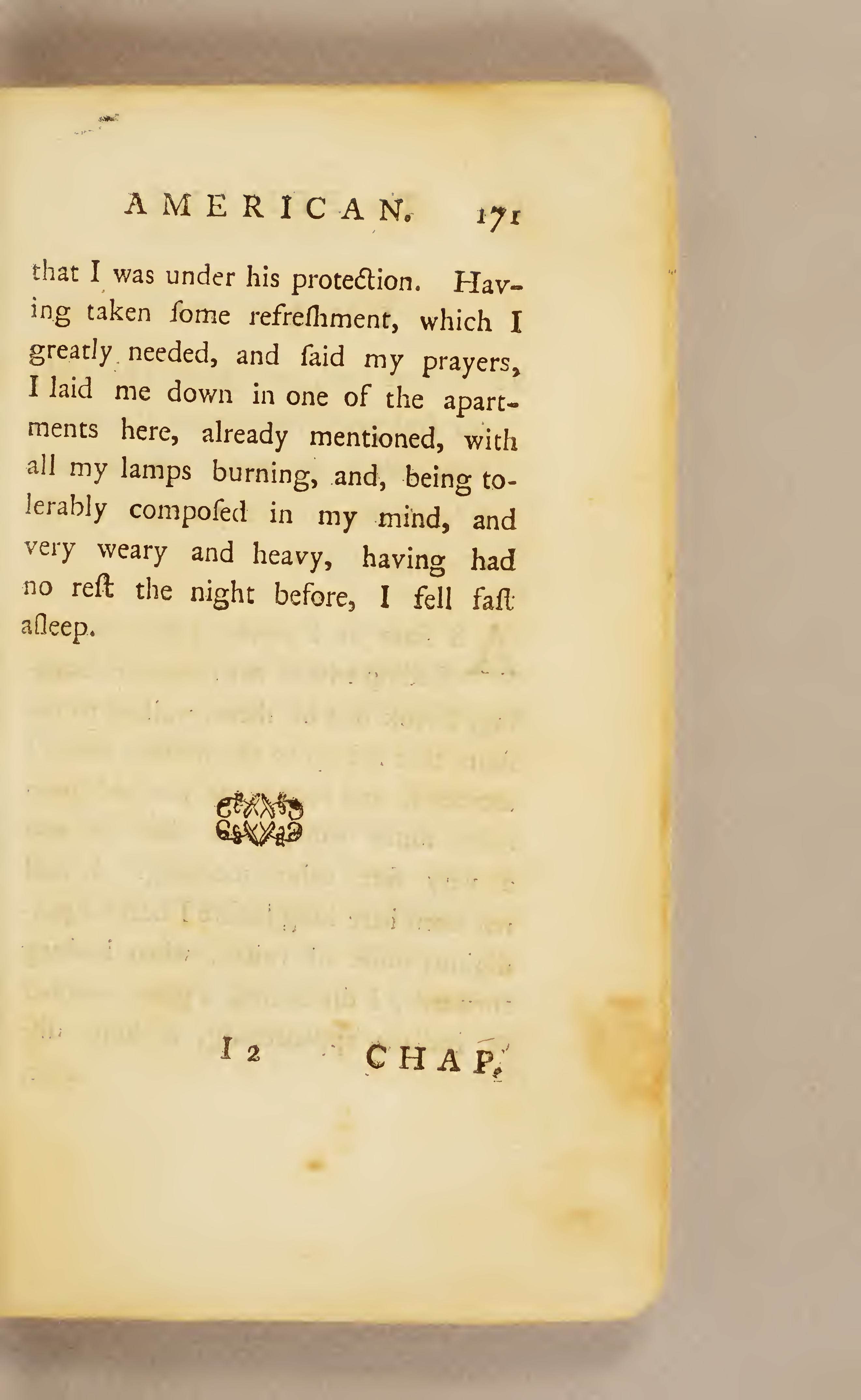
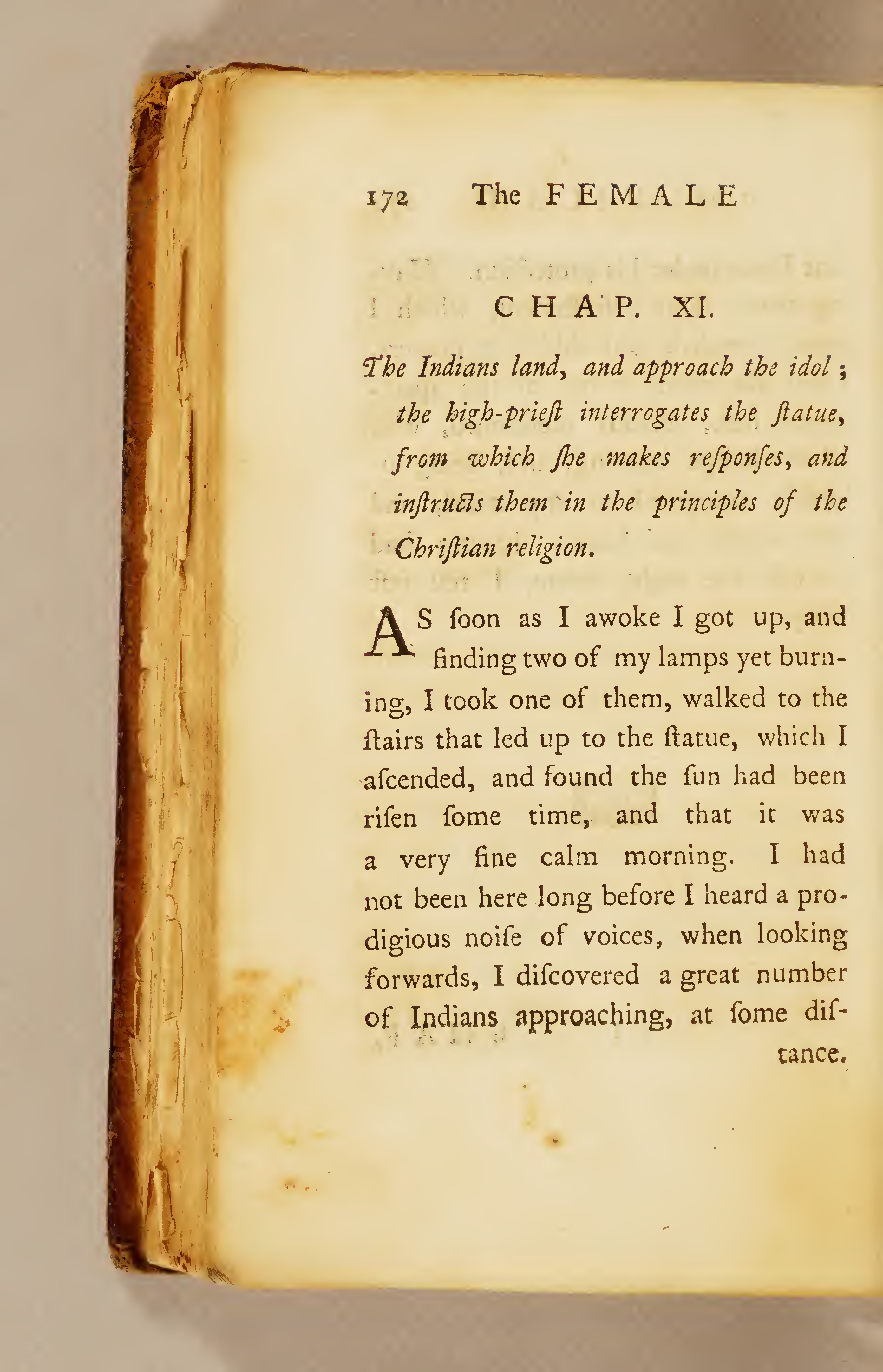
![Page 173 [page breaks after 'dis-']](https://anthologyassetsdev.lib.virginia.edu/winkfield-female-american/pageImages/173.png)
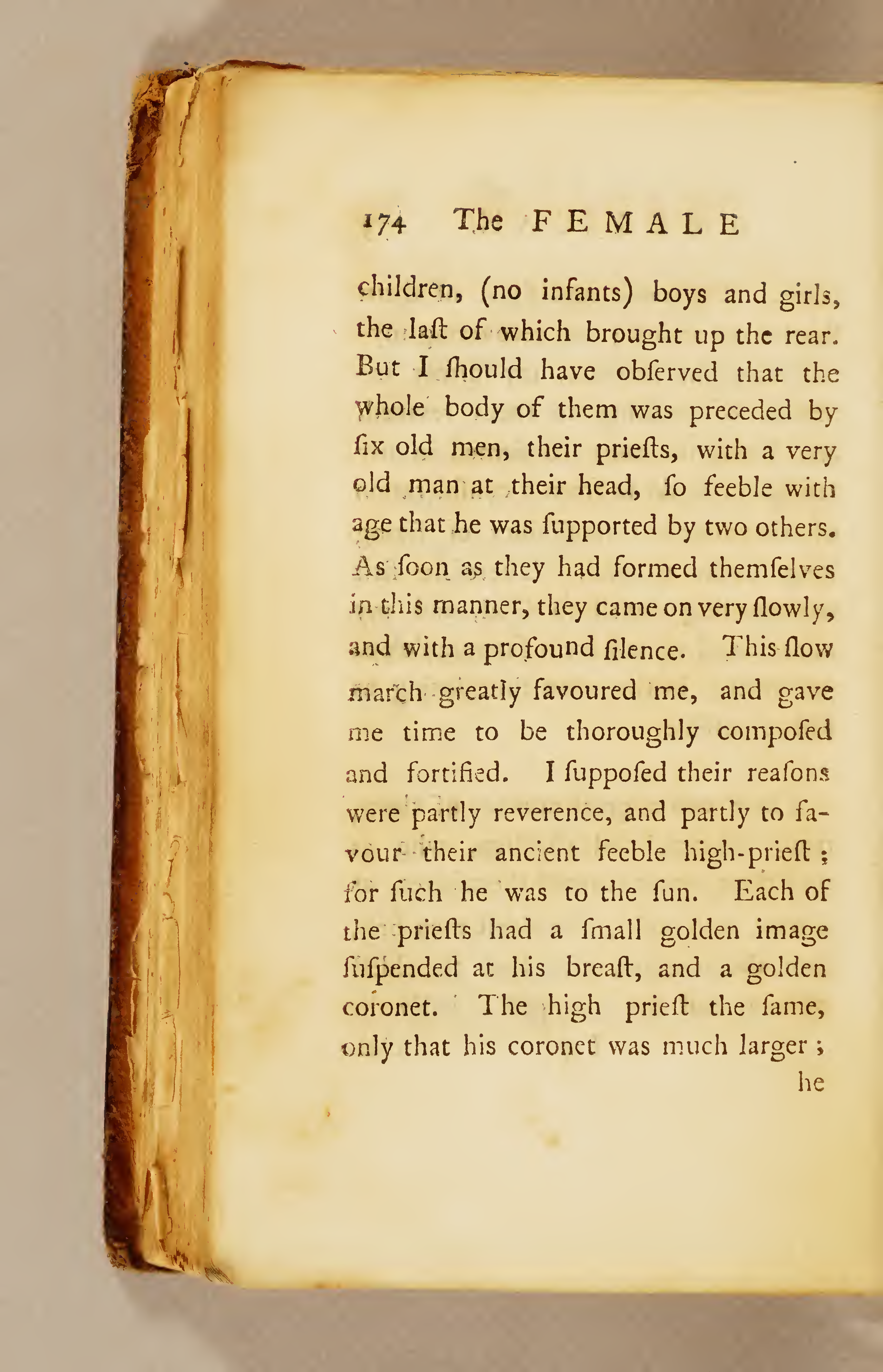
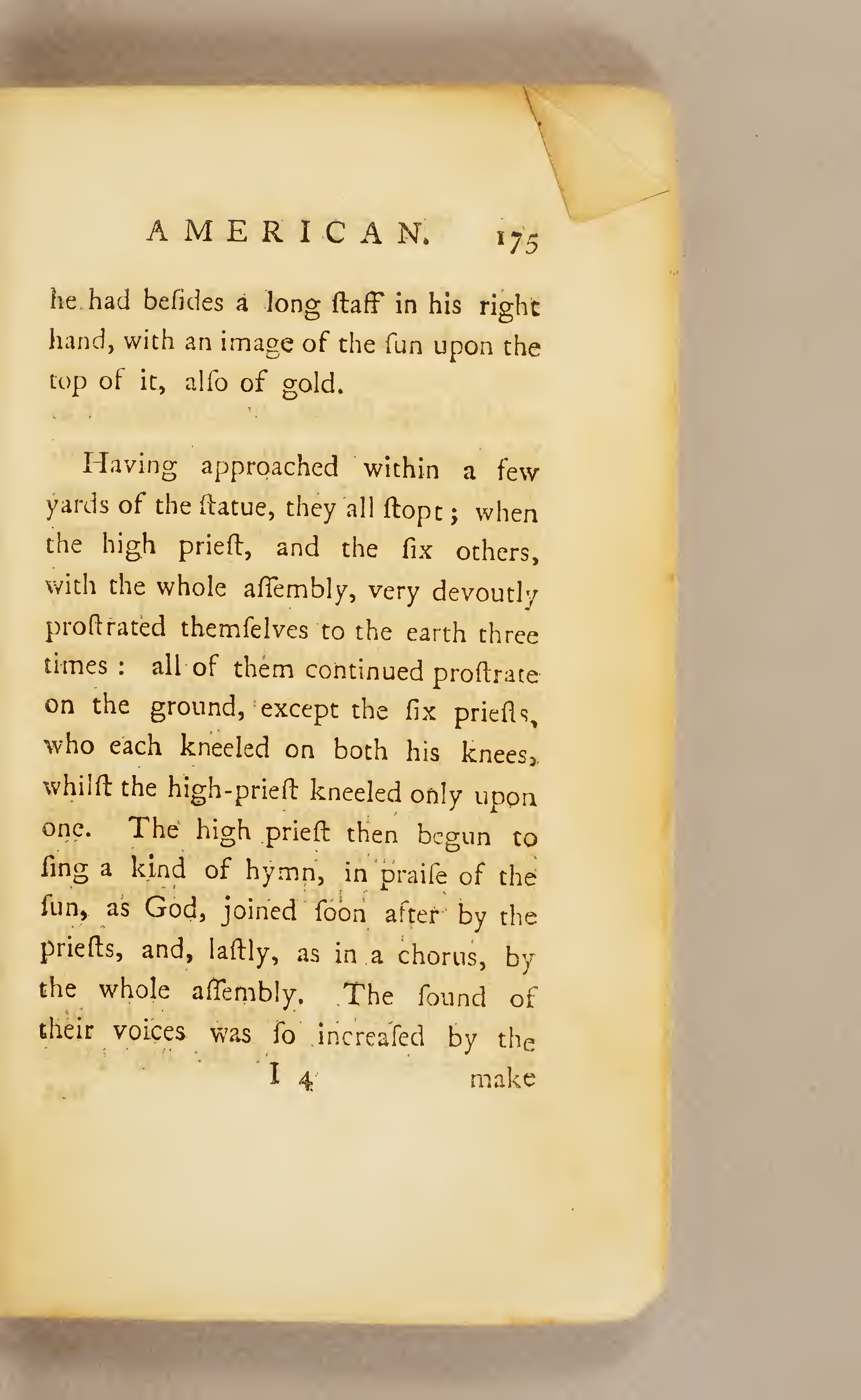

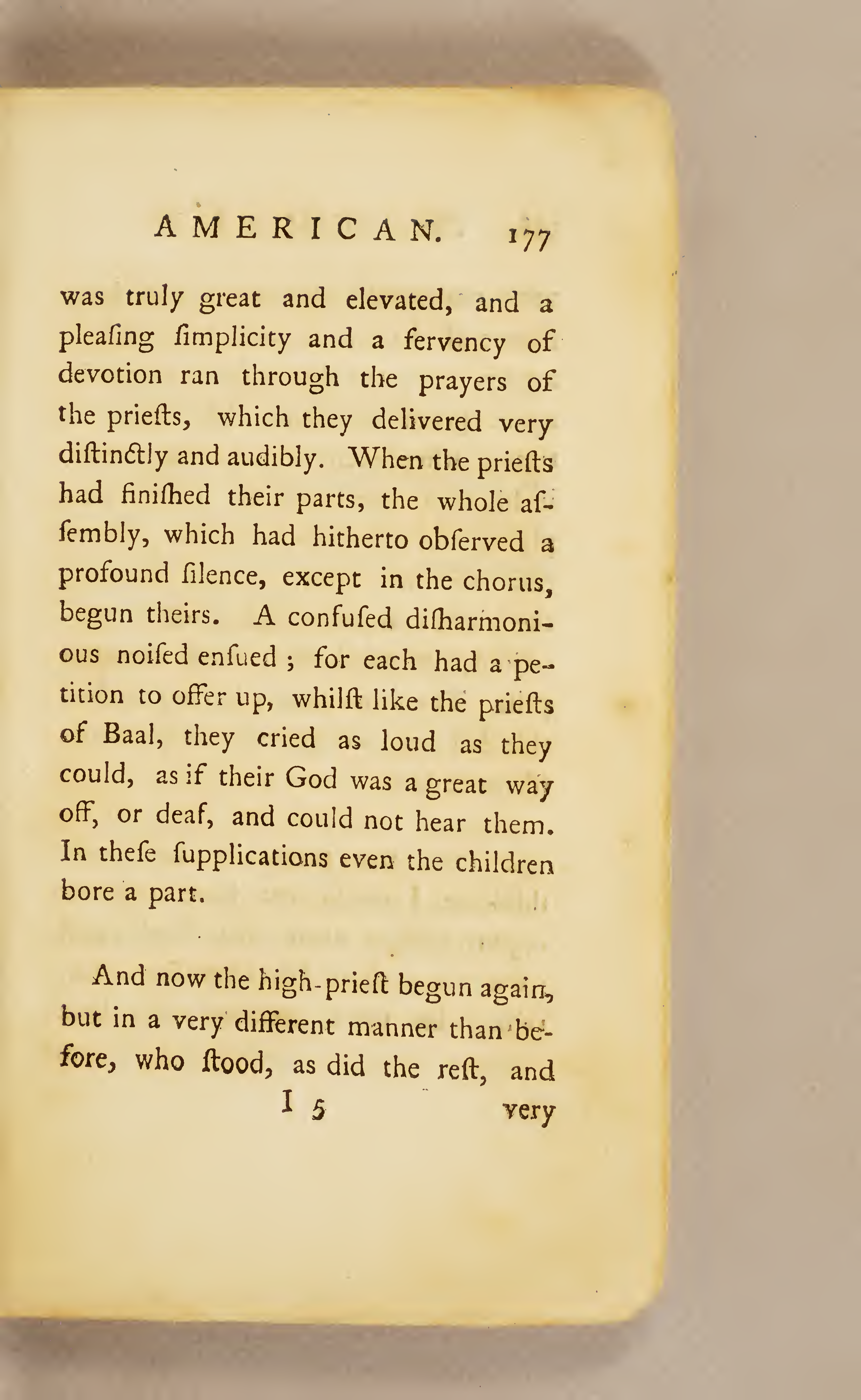
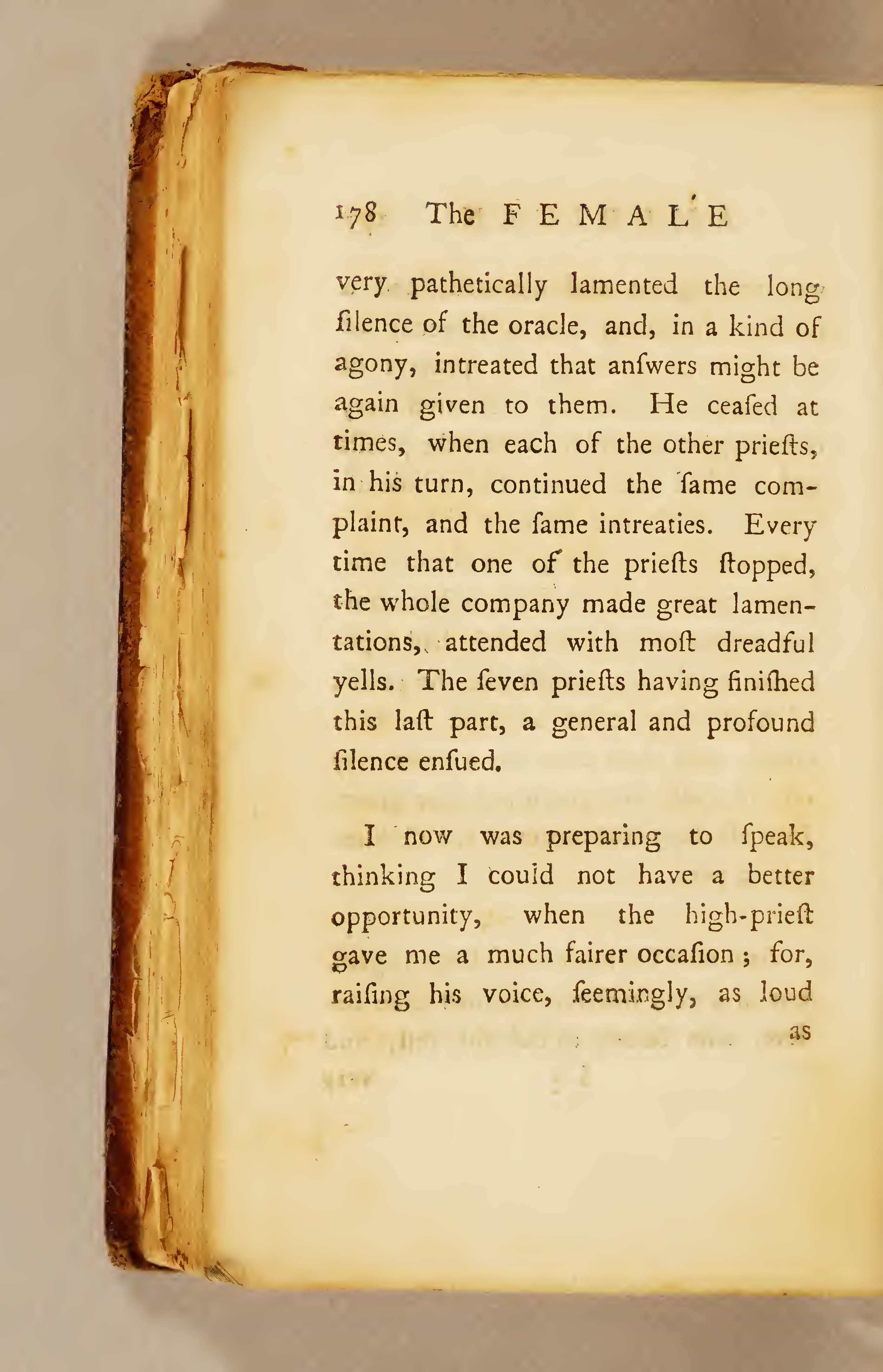
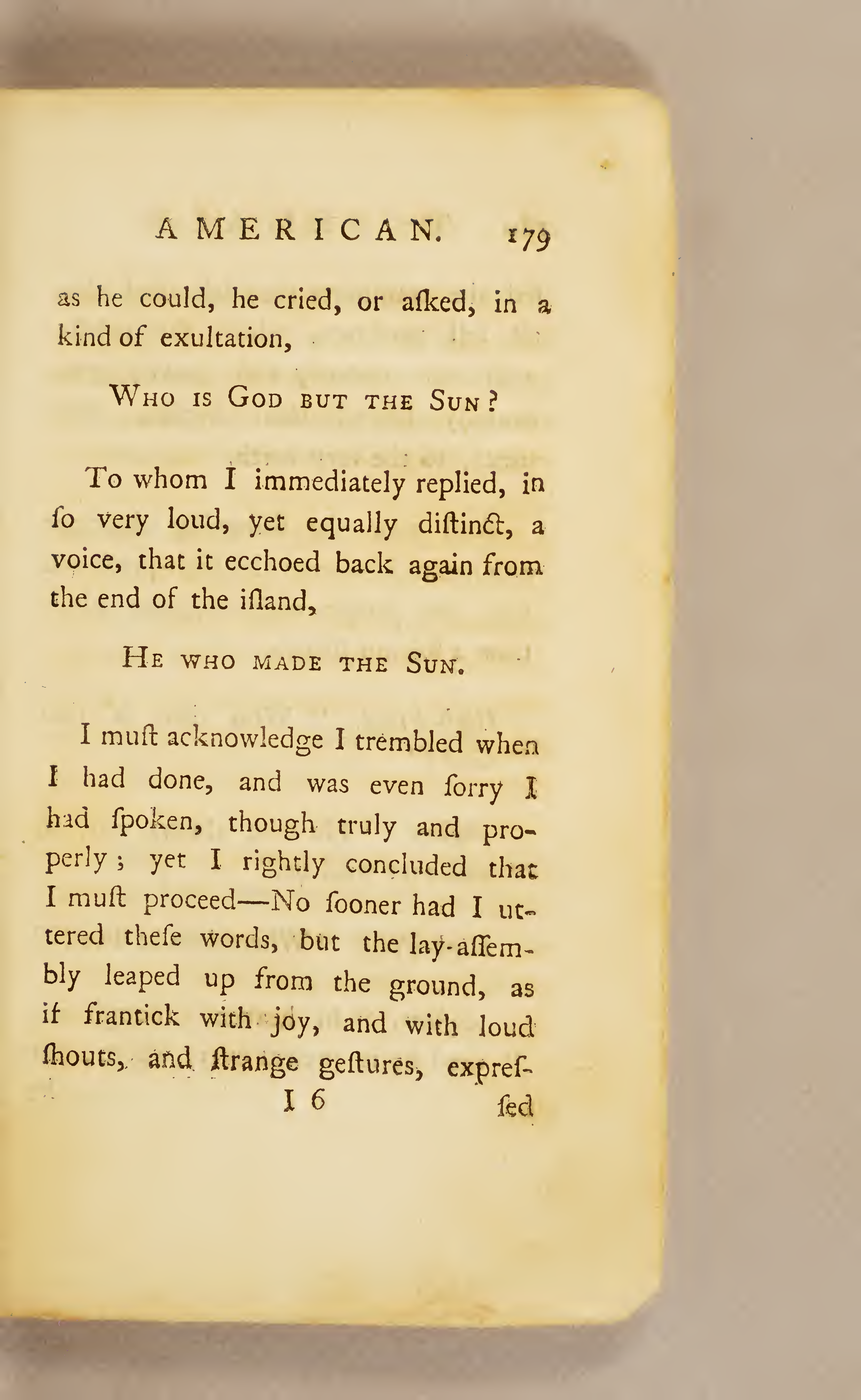
![Page 180 [page breaks after 'expres-']](https://anthologyassetsdev.lib.virginia.edu/winkfield-female-american/pageImages/180.png)
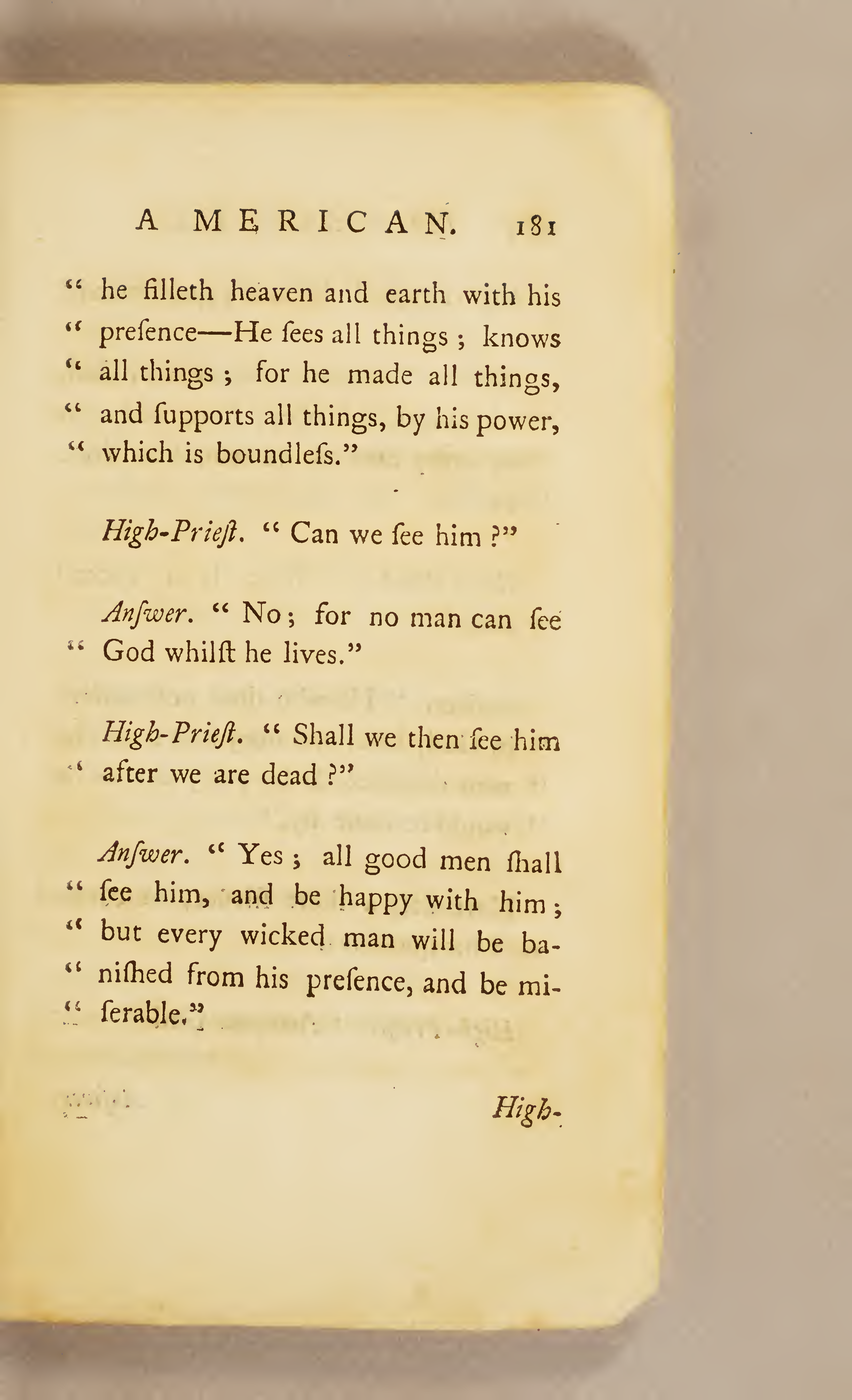
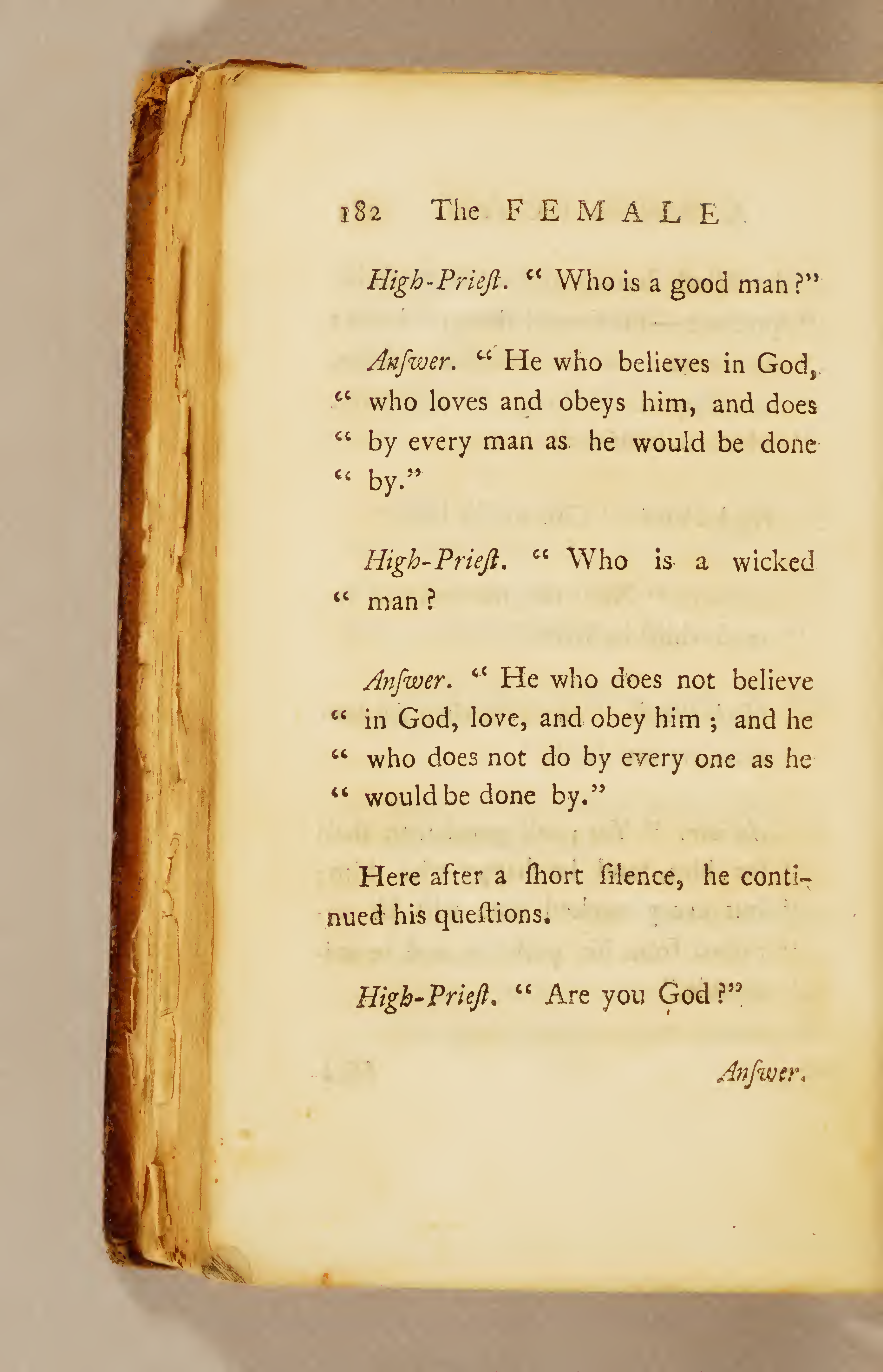
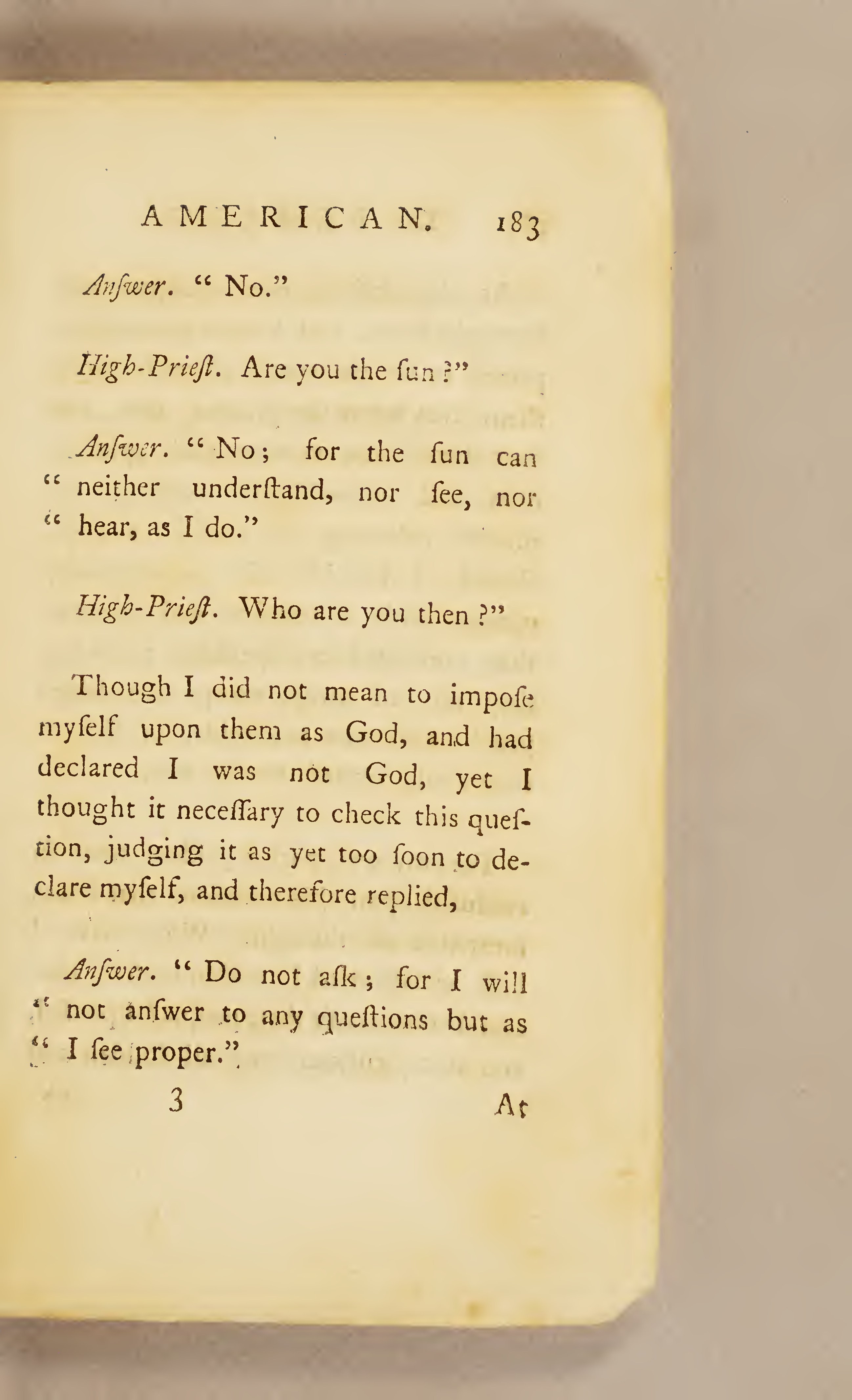
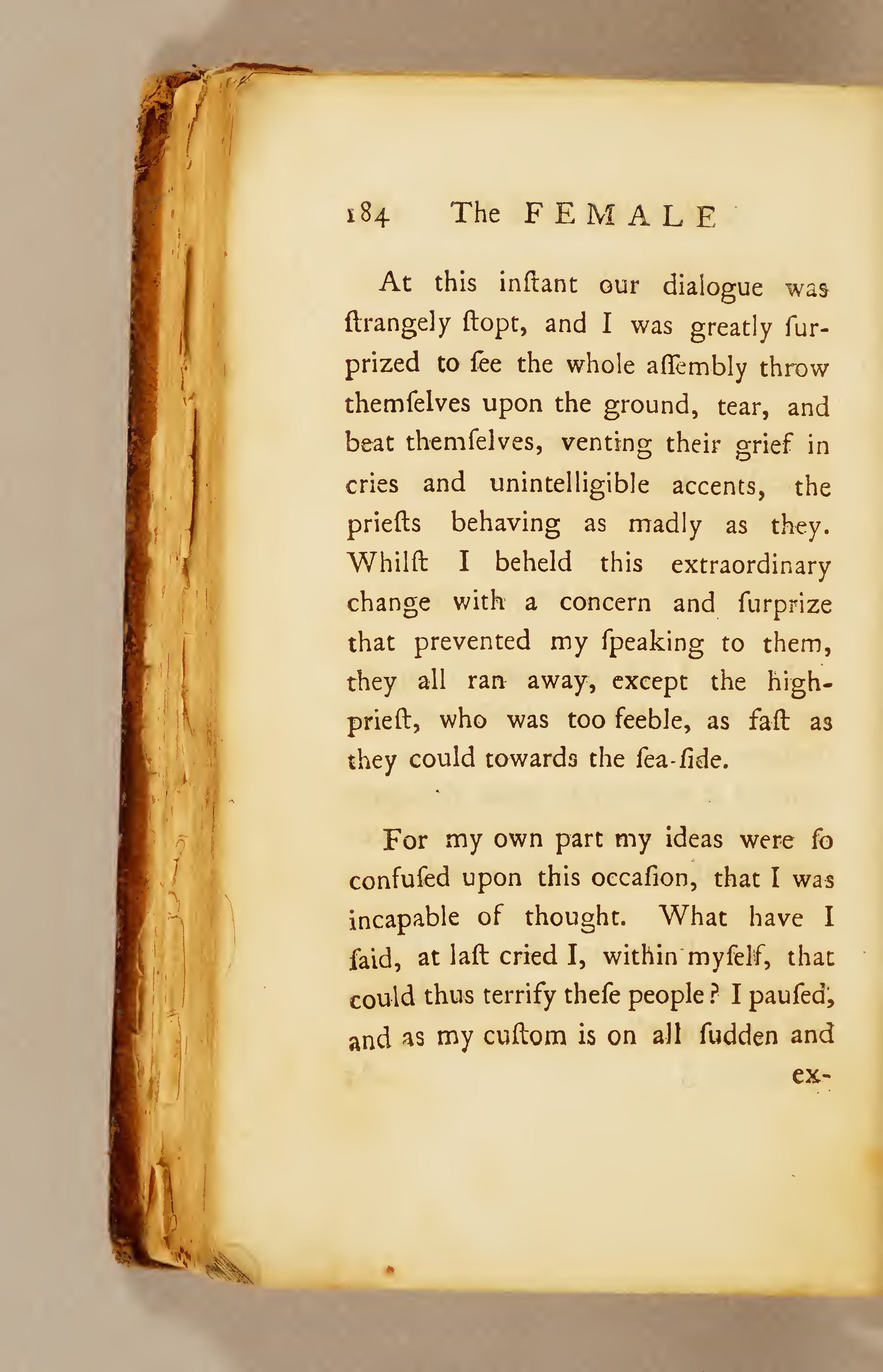
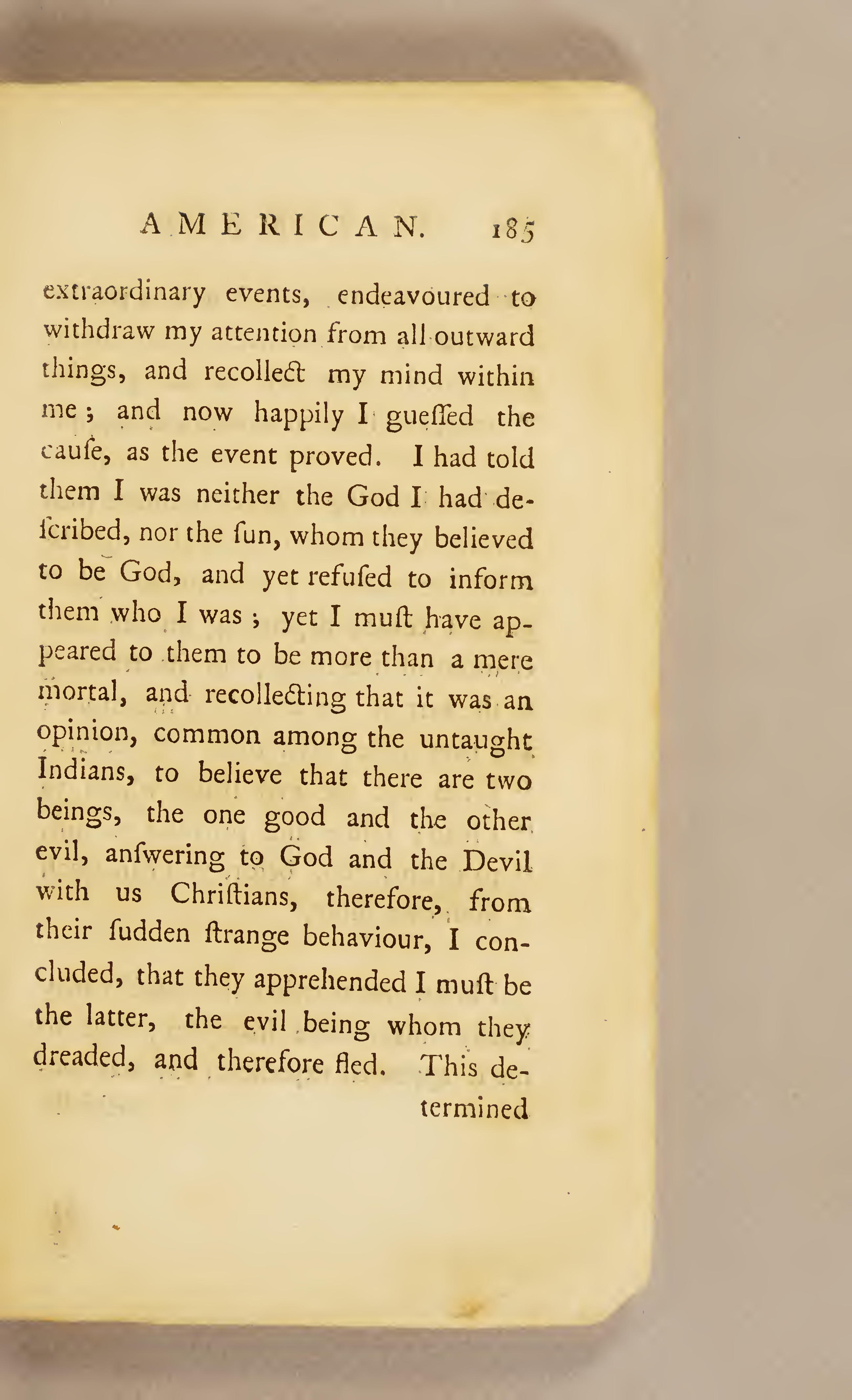
![Page 186 [page breaks after 'de-']](https://anthologyassetsdev.lib.virginia.edu/winkfield-female-american/pageImages/186.png)
![Page 187 [page breaks after 'suc-']](https://anthologyassetsdev.lib.virginia.edu/winkfield-female-american/pageImages/187.png)

